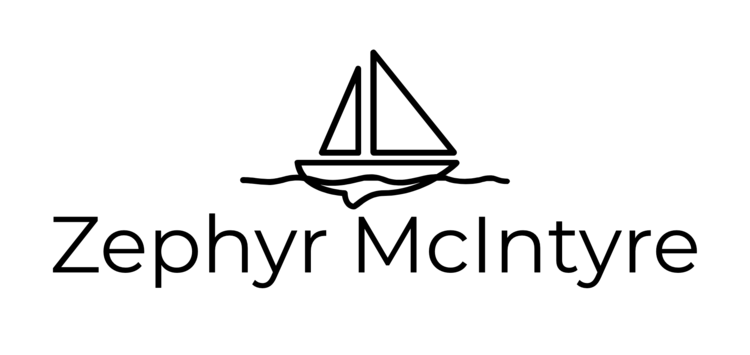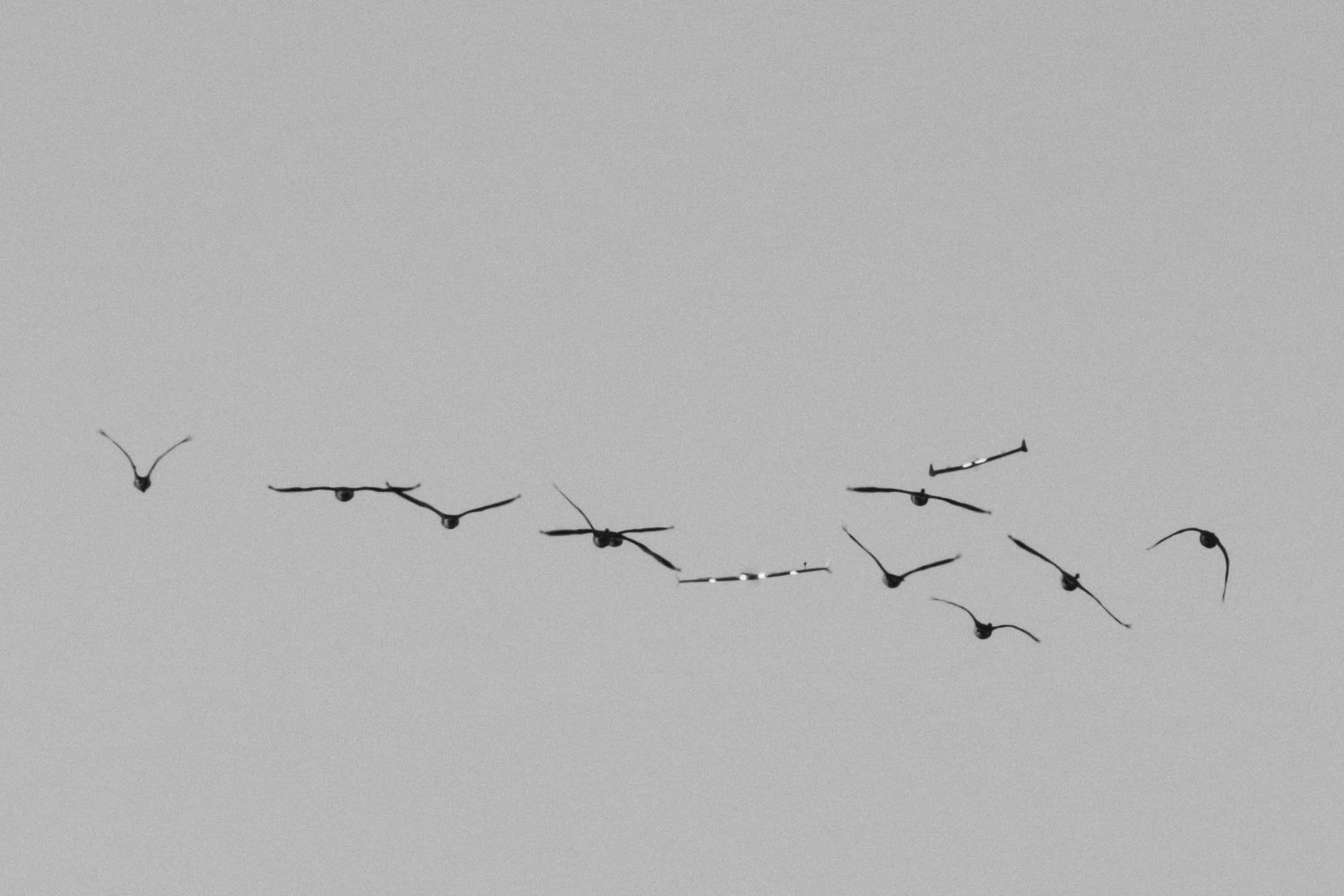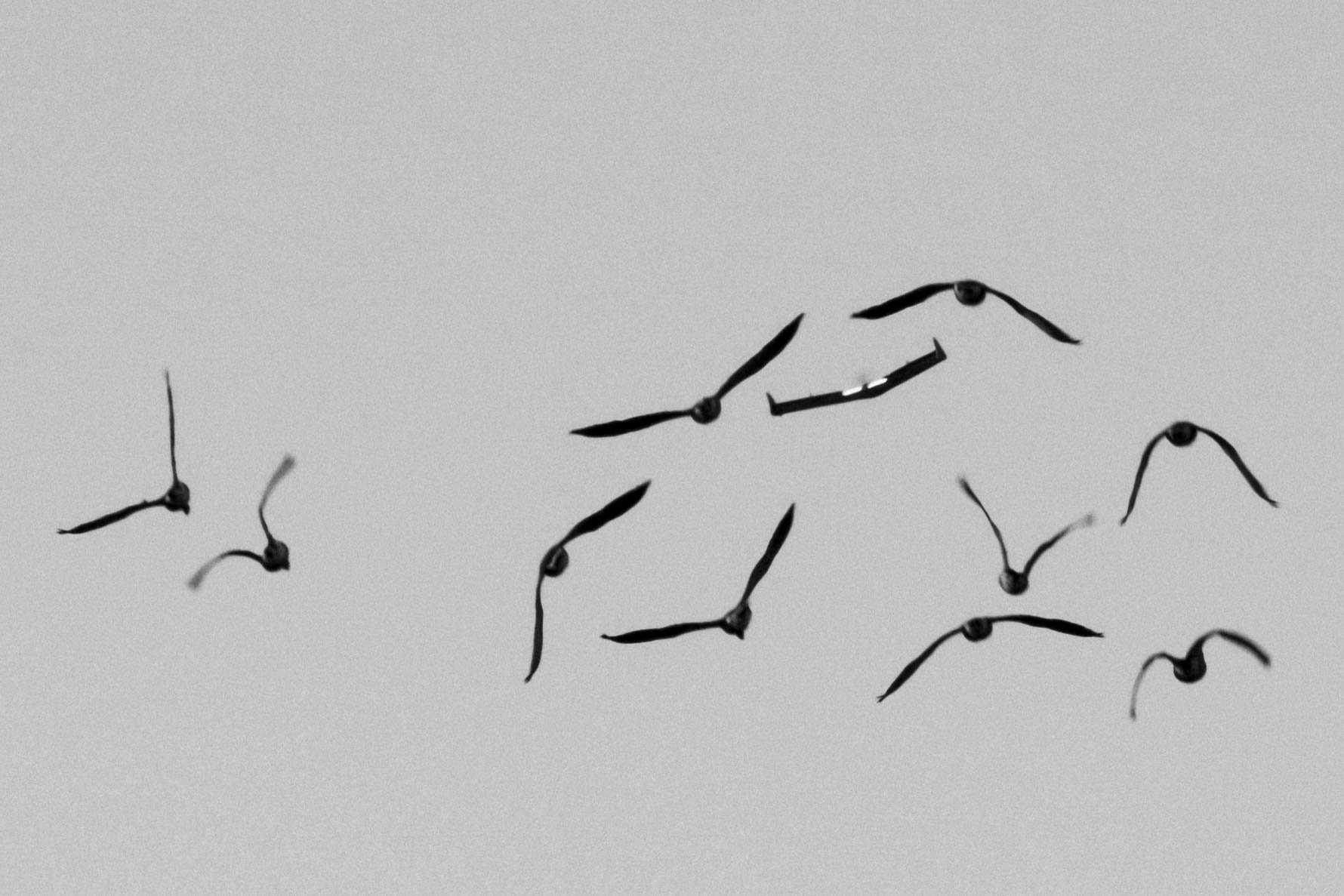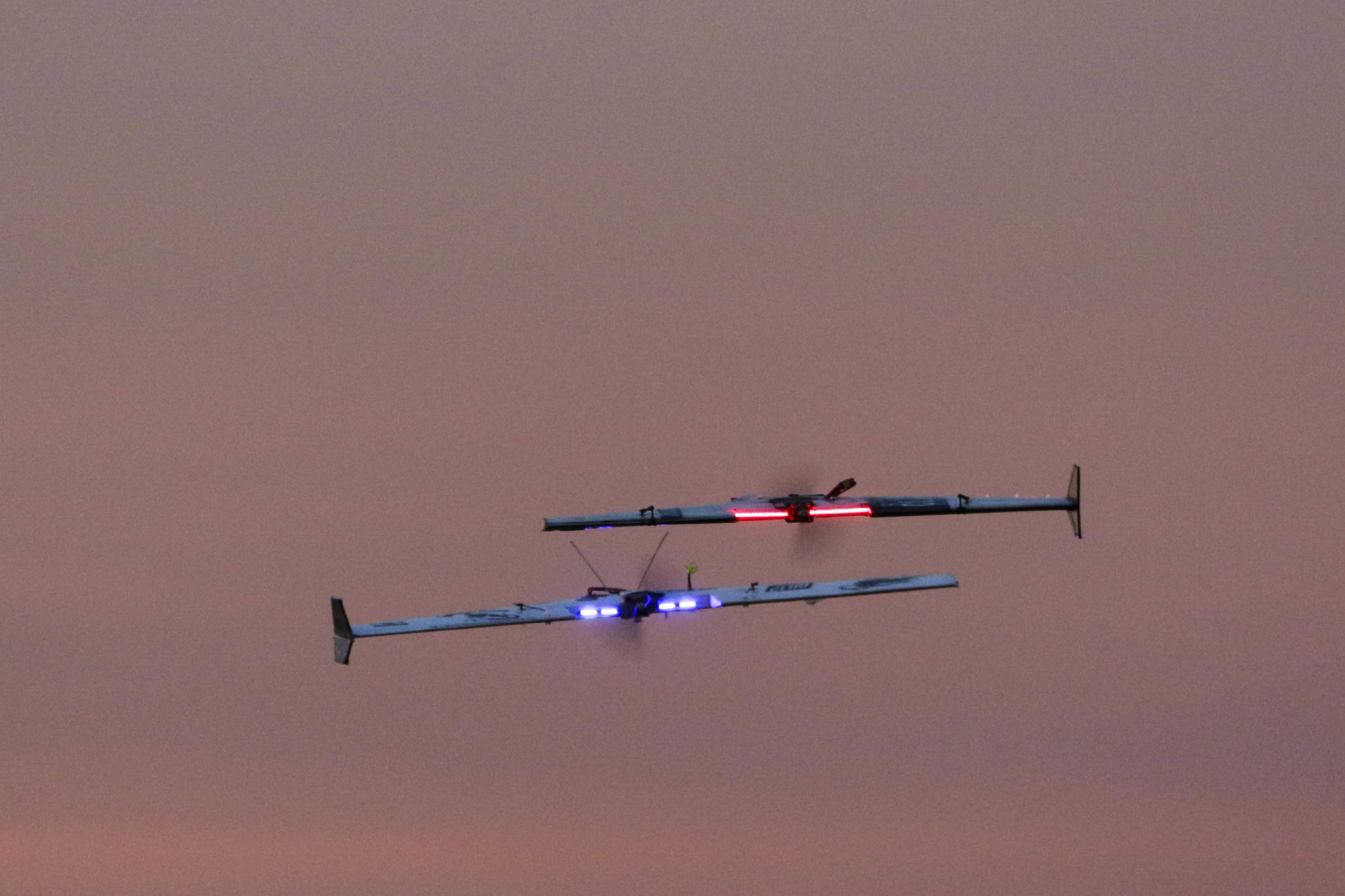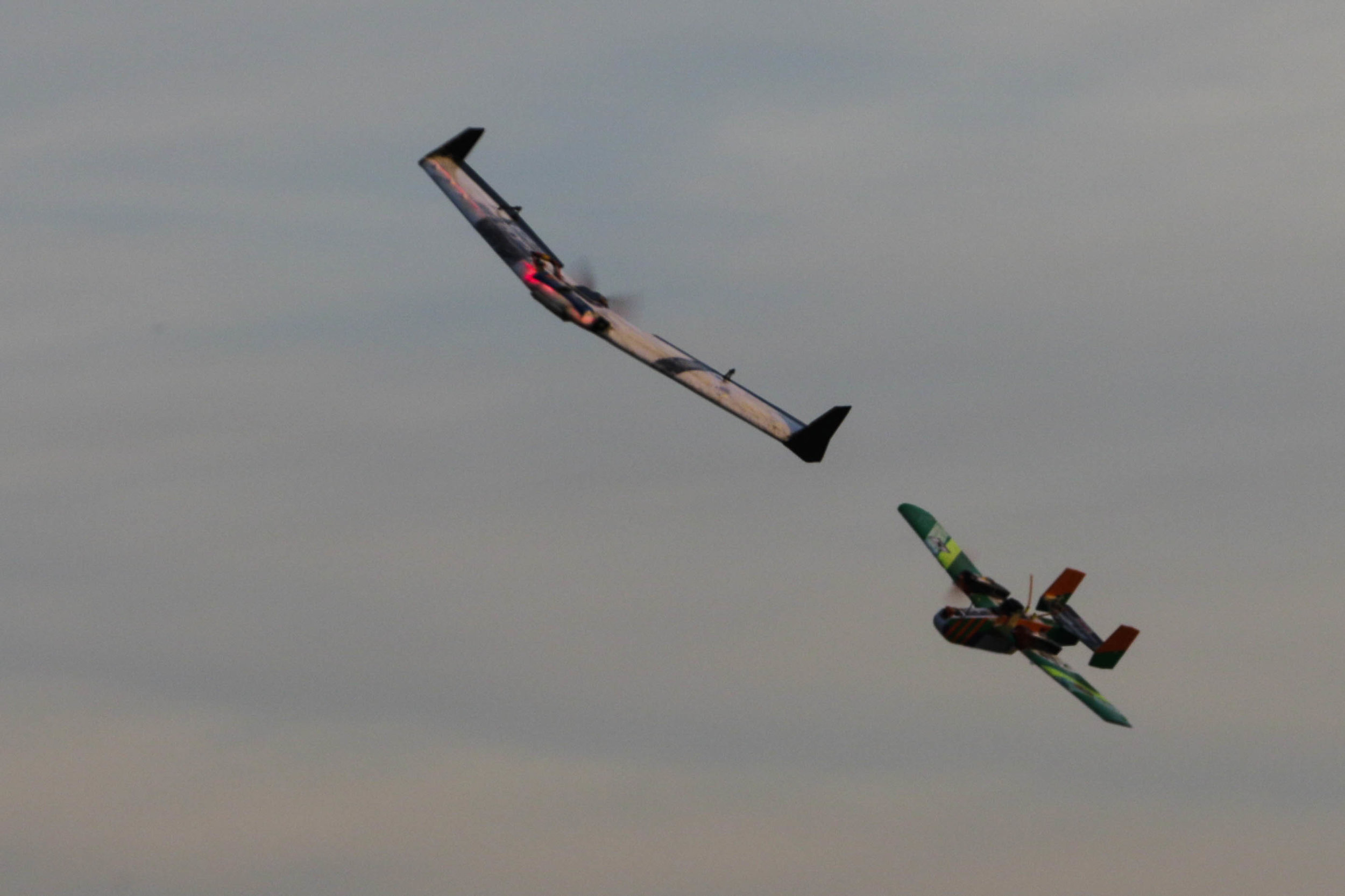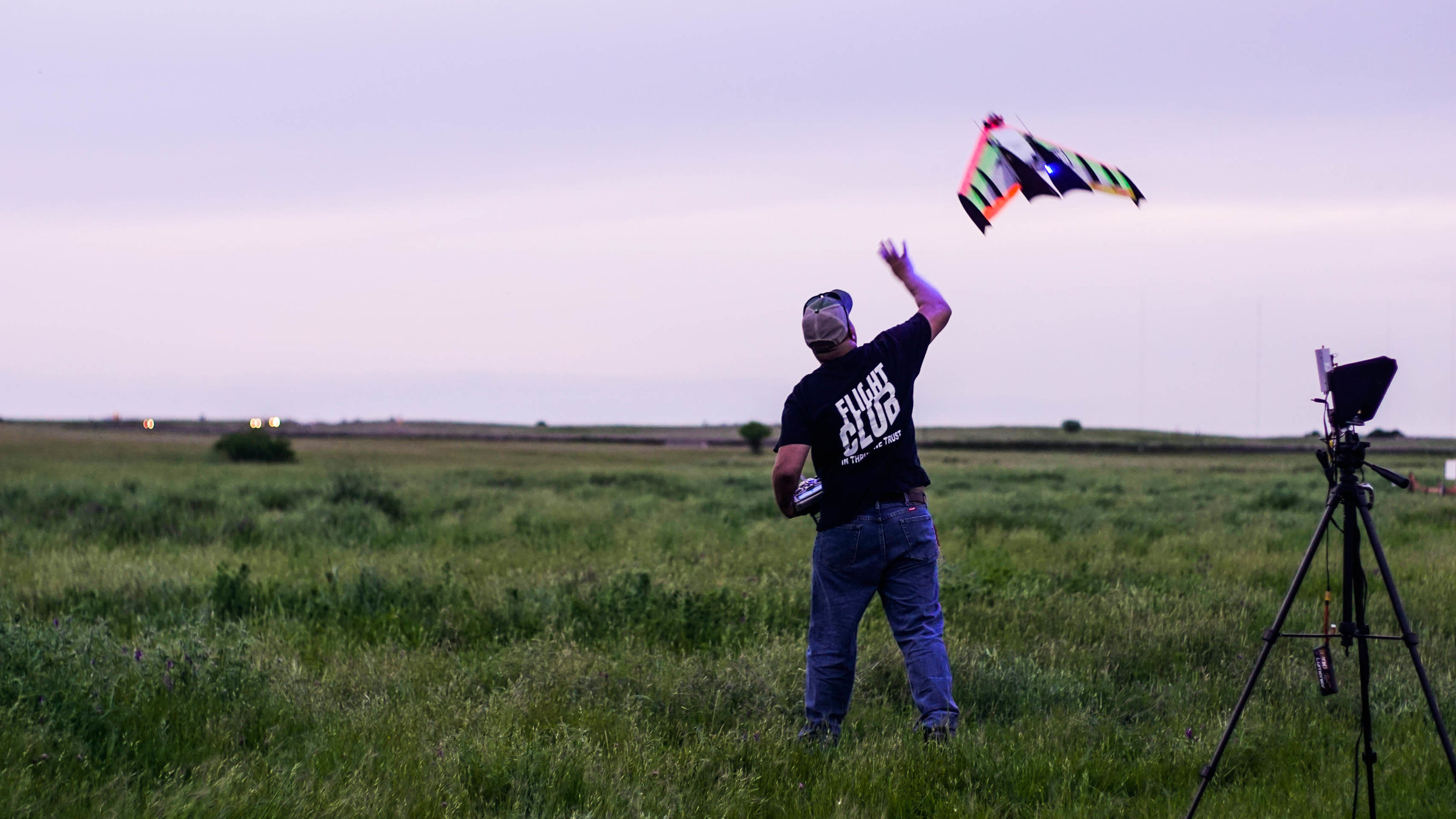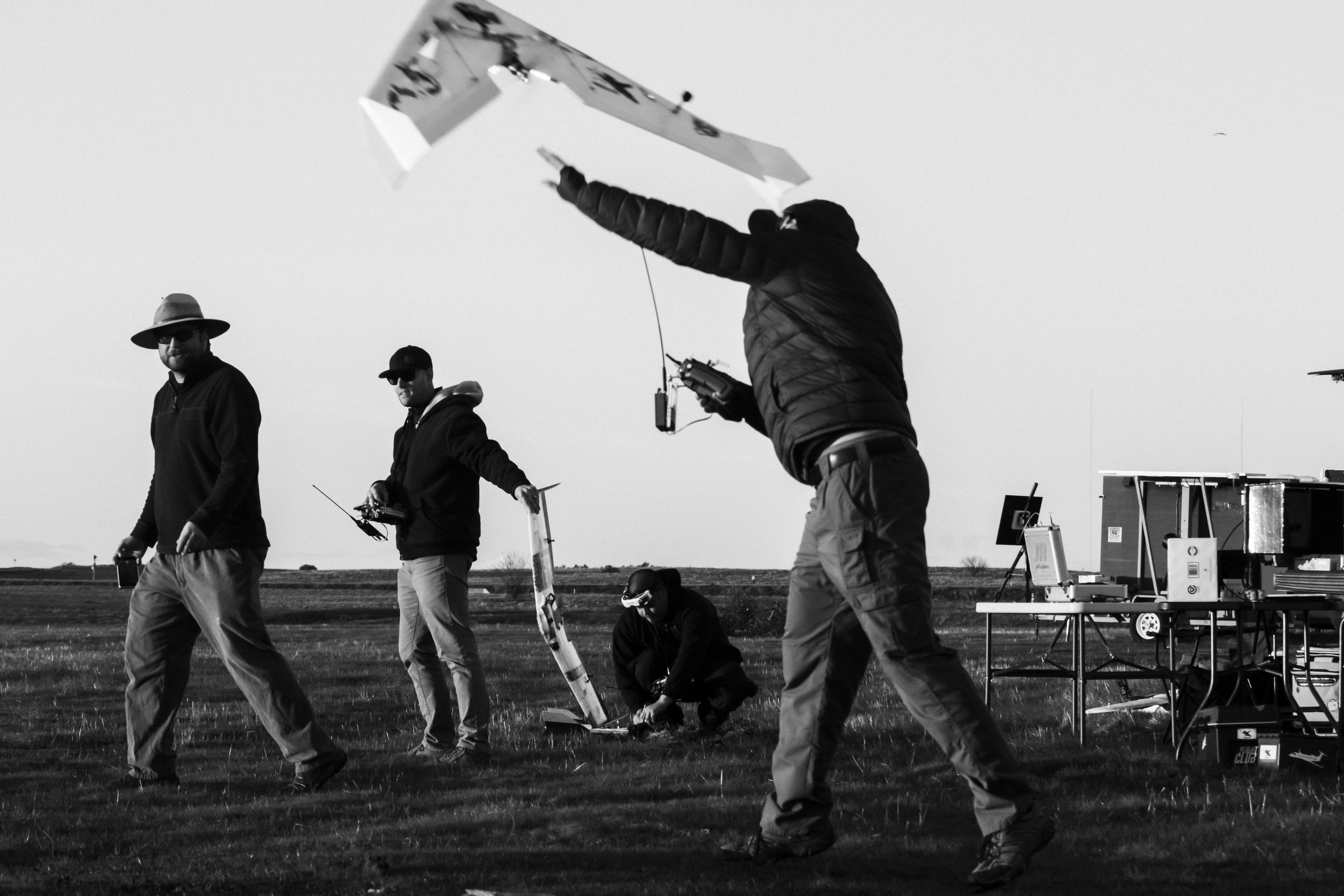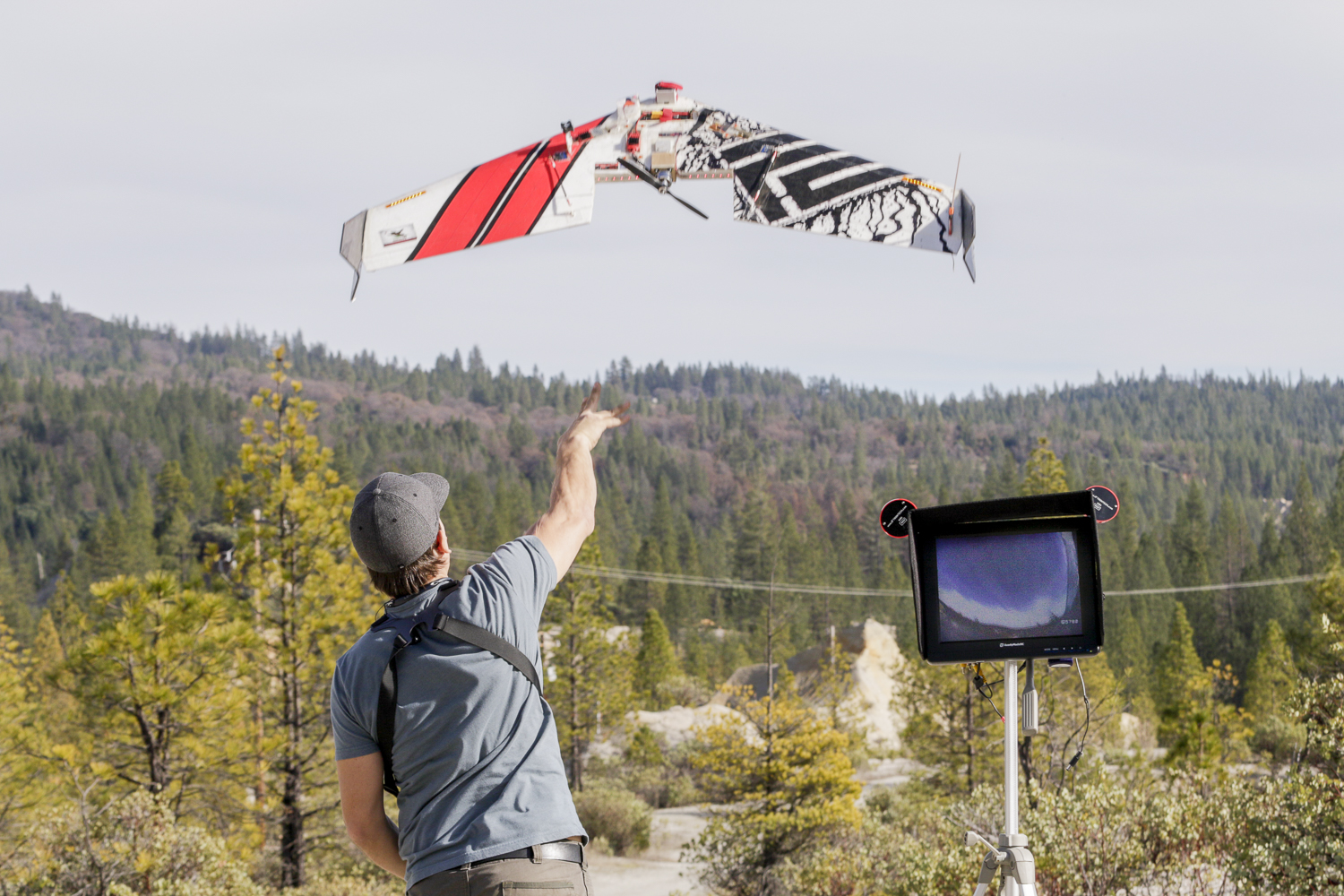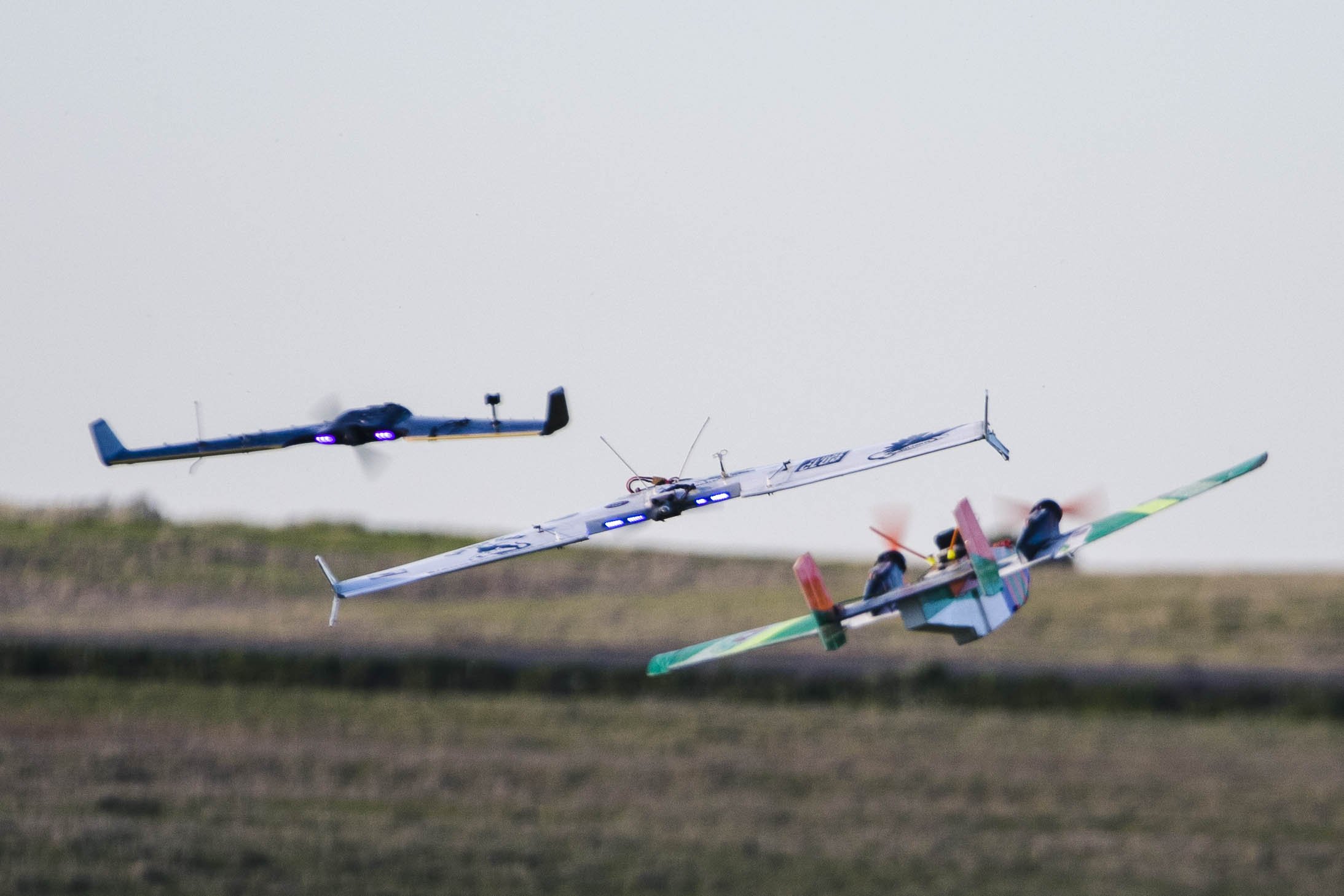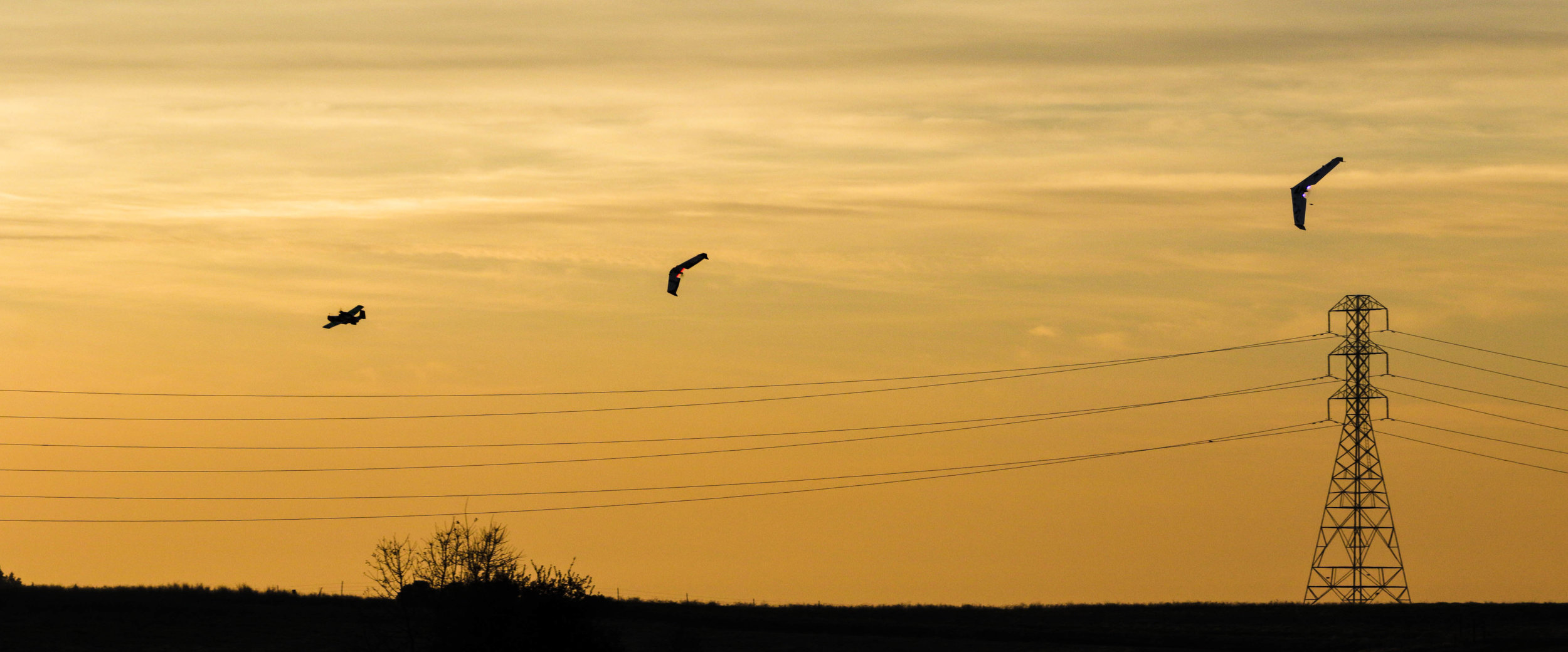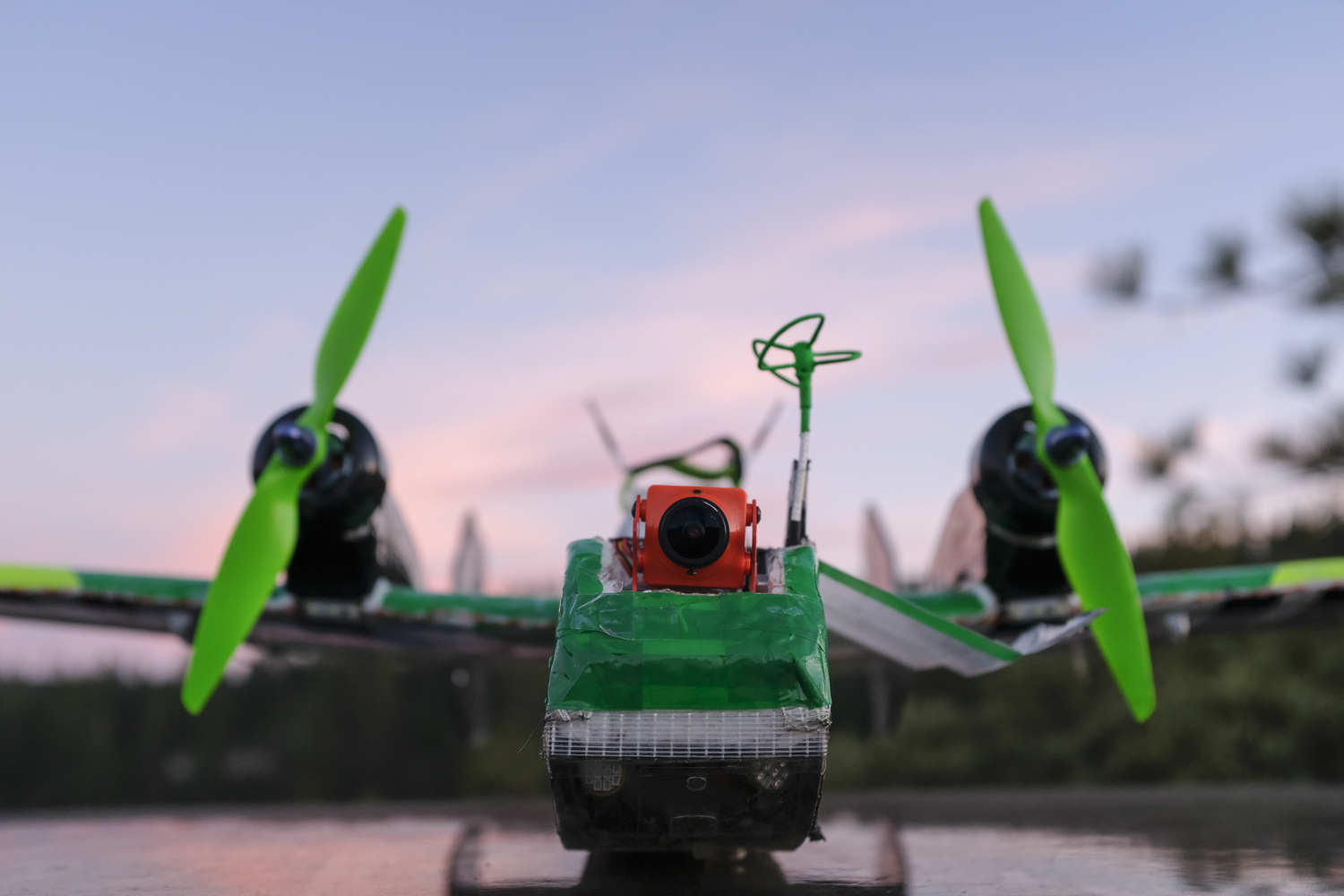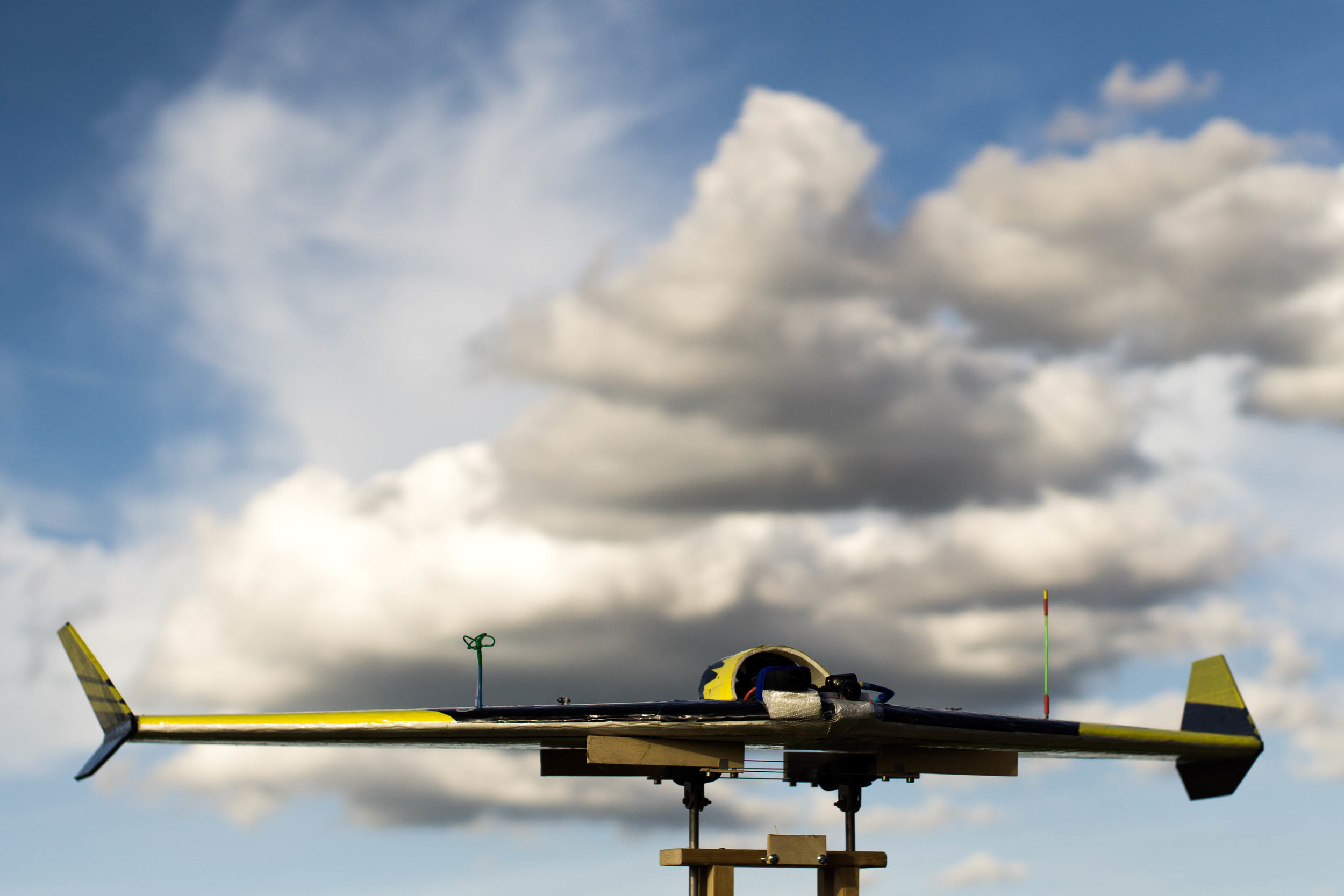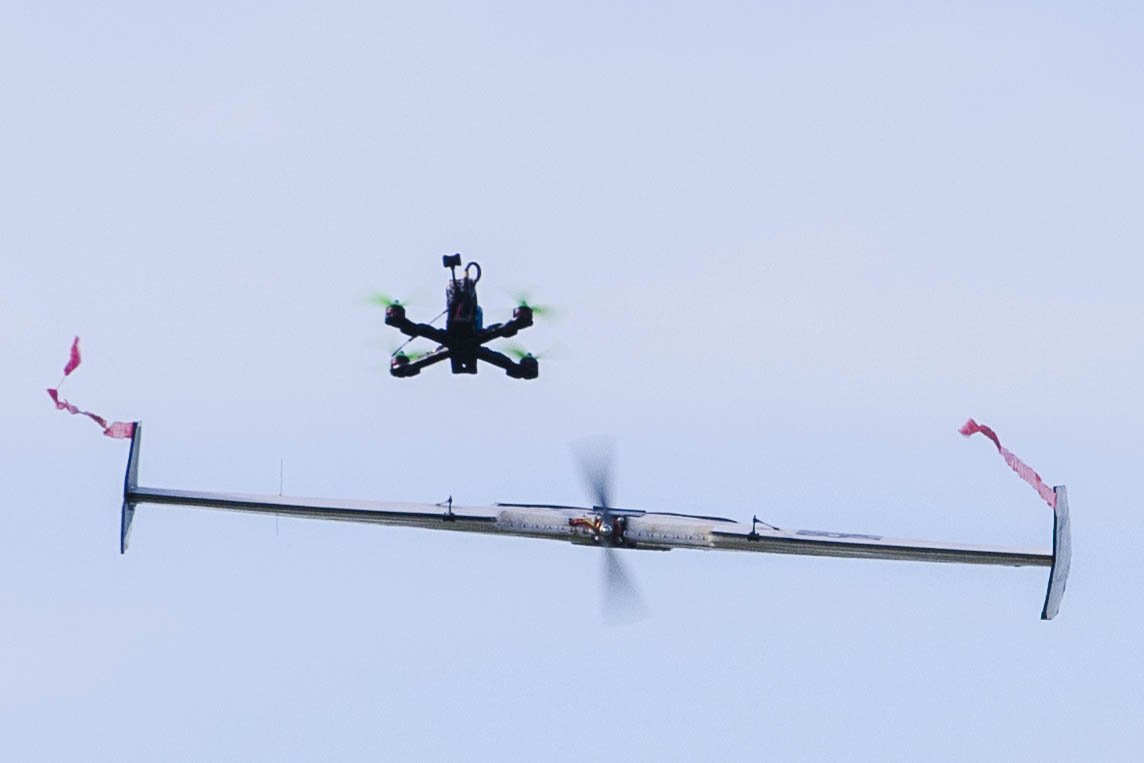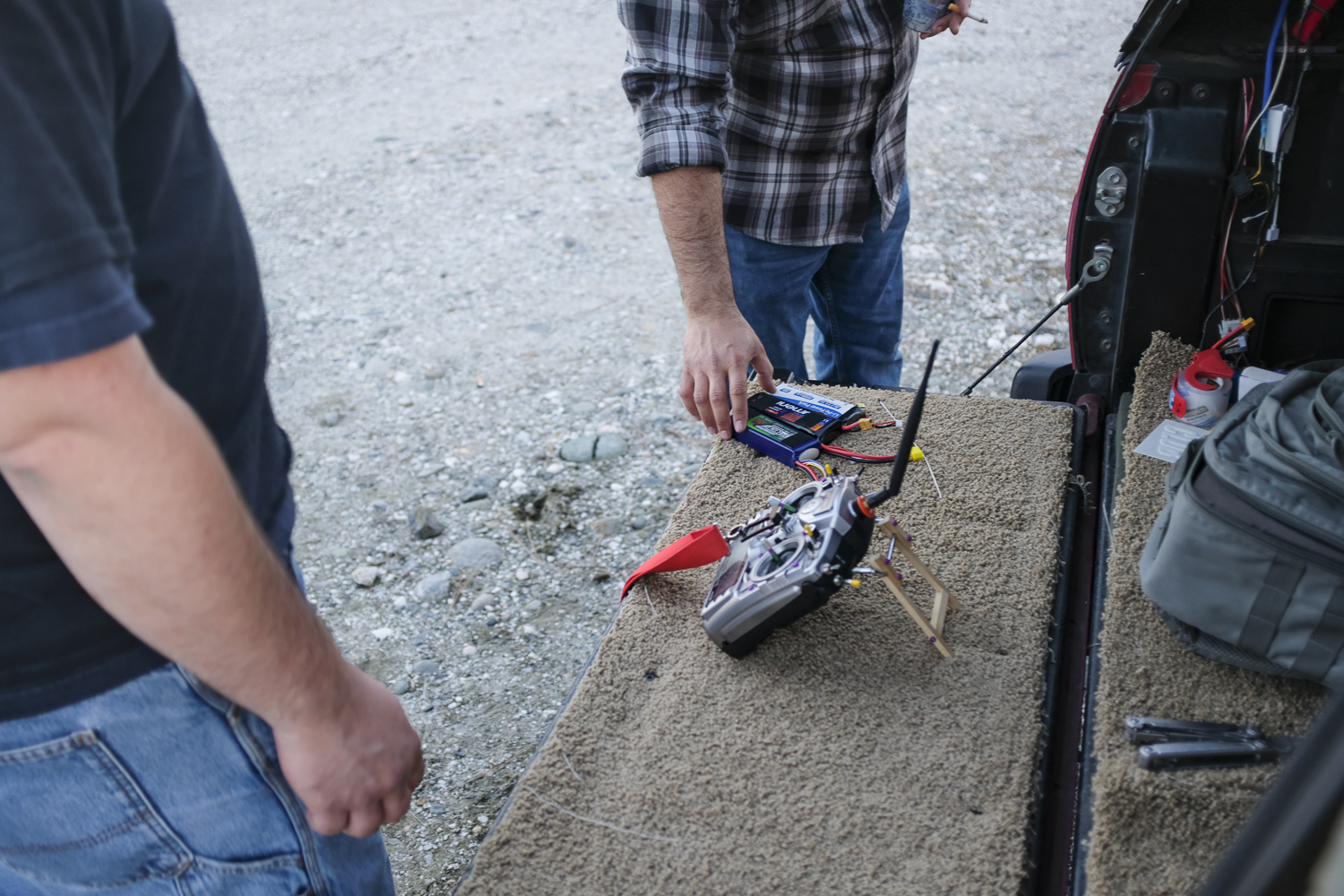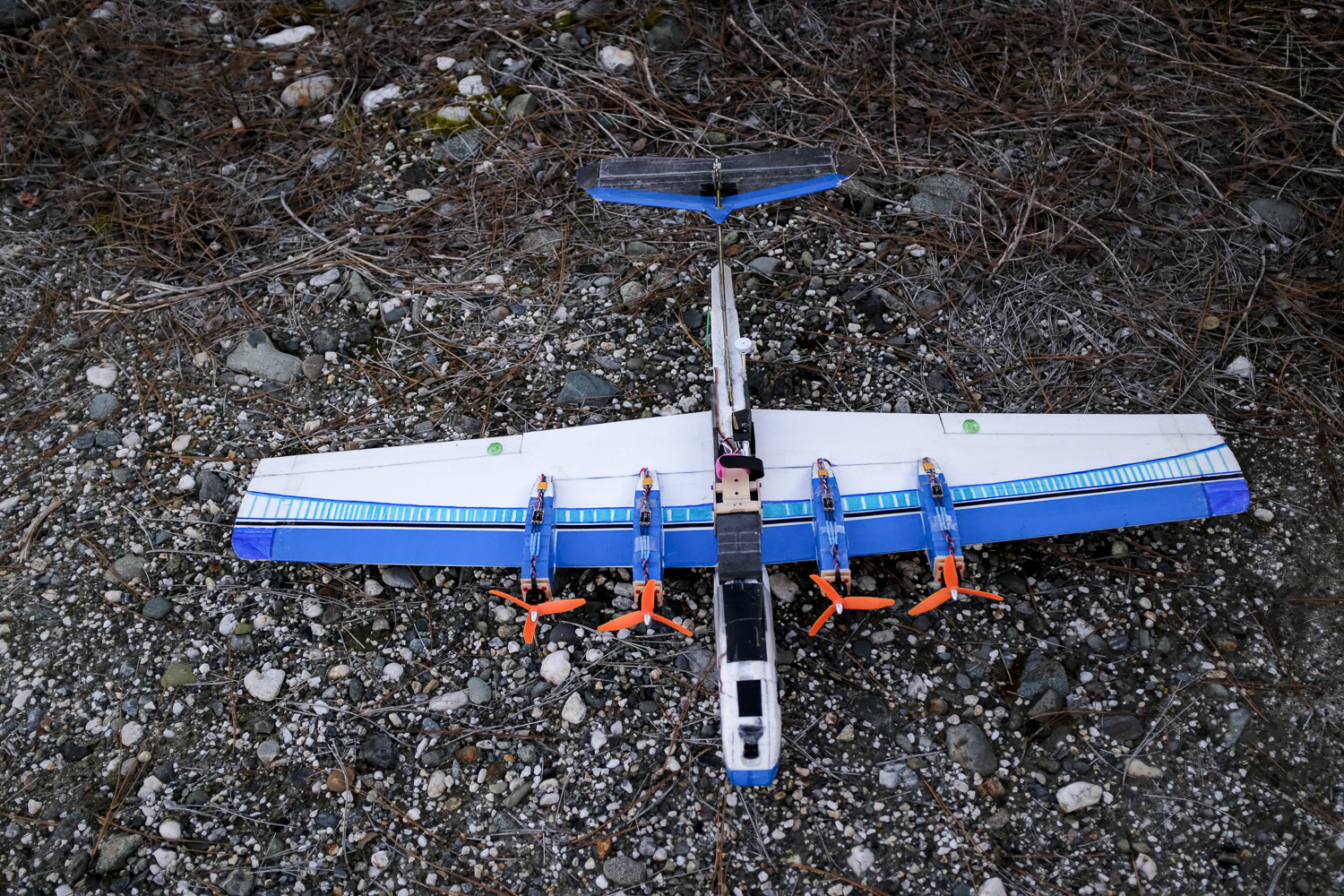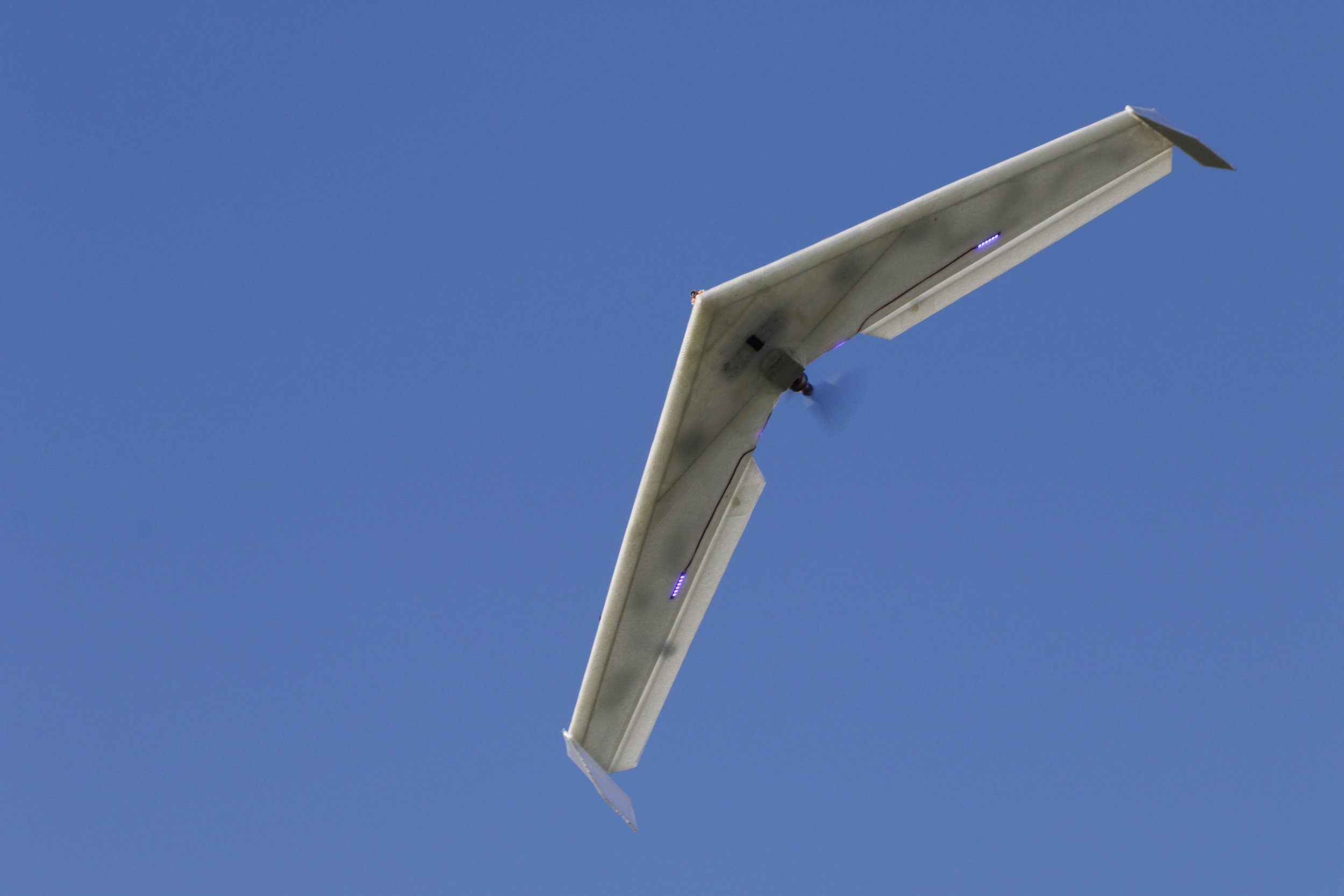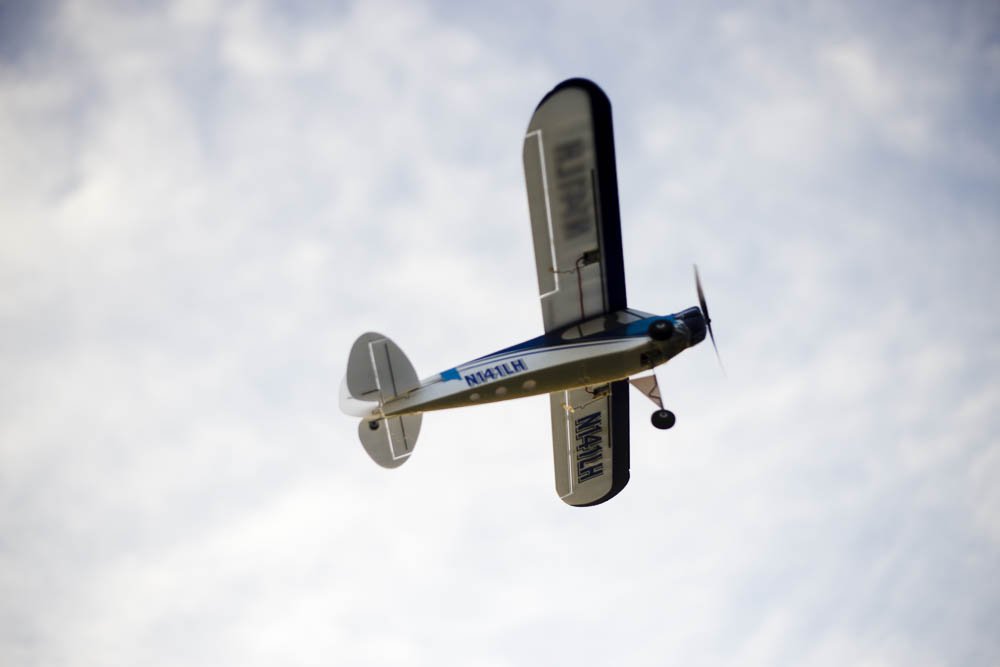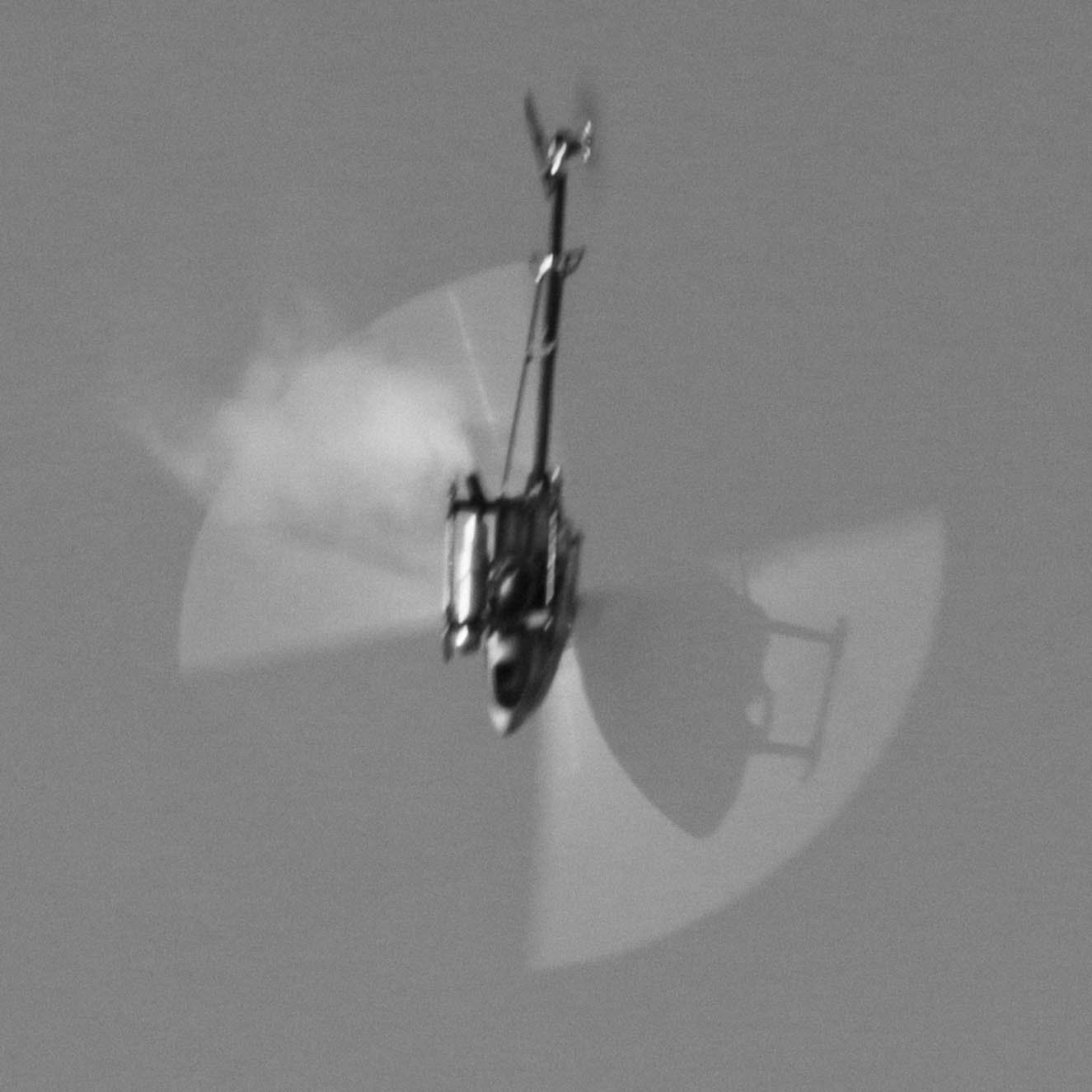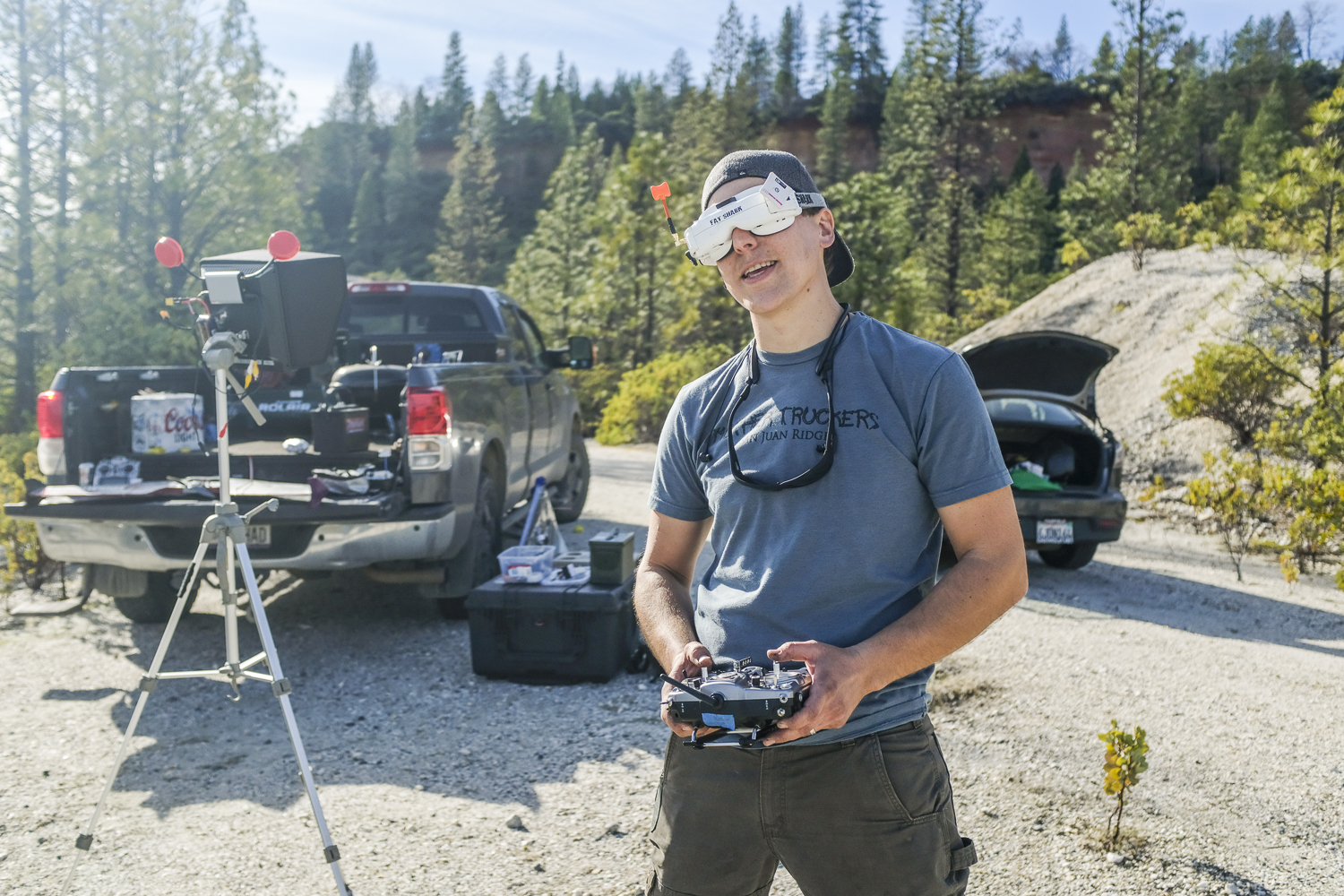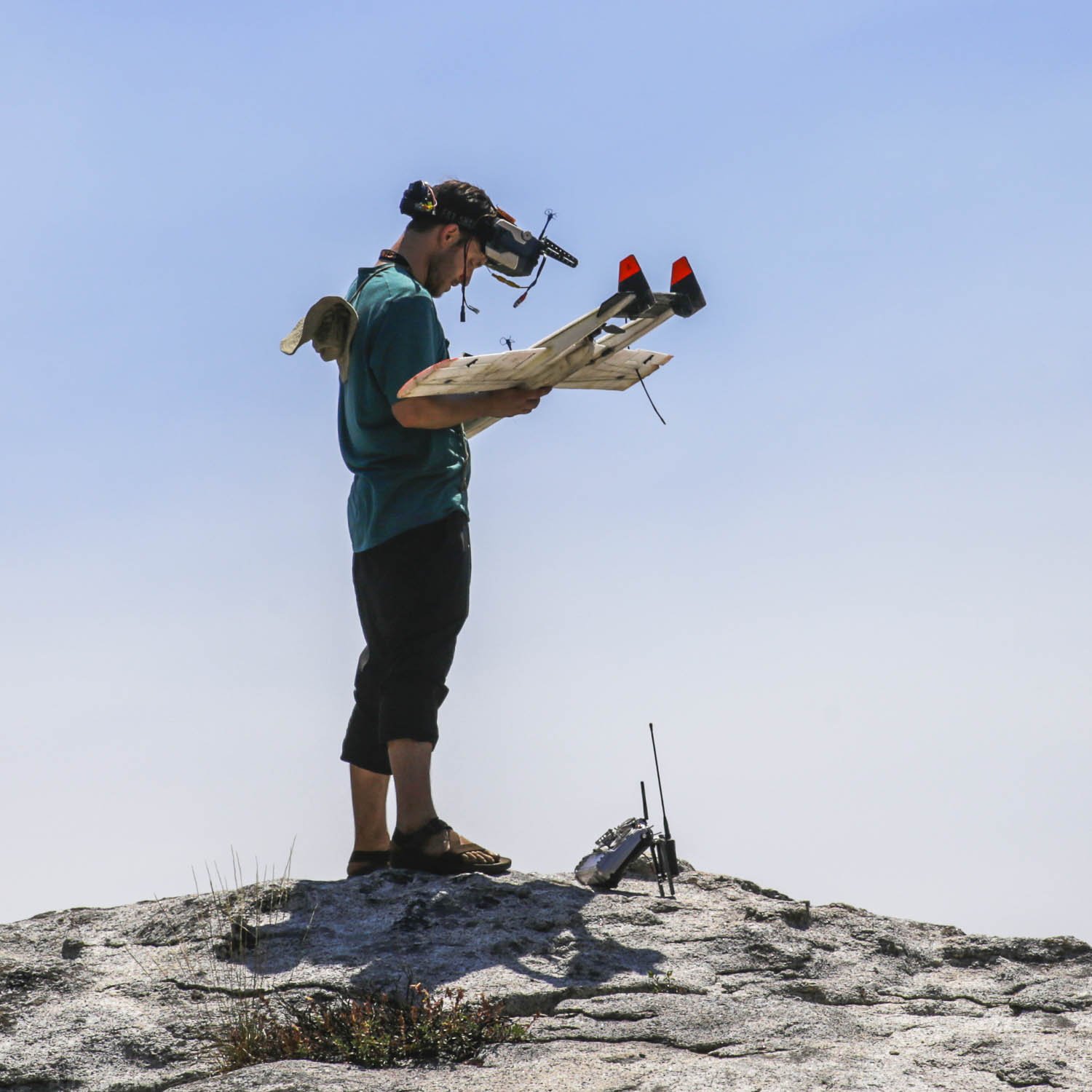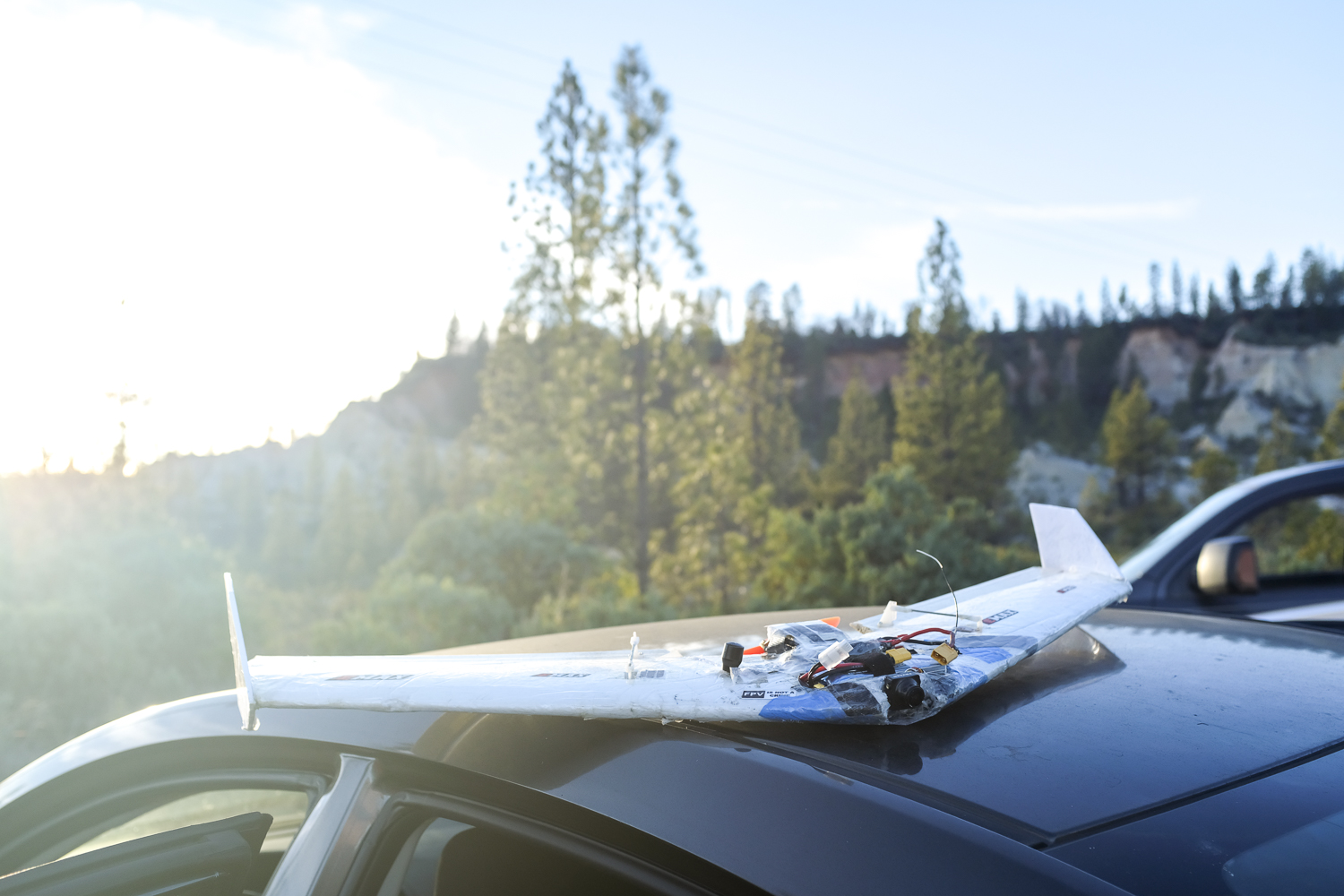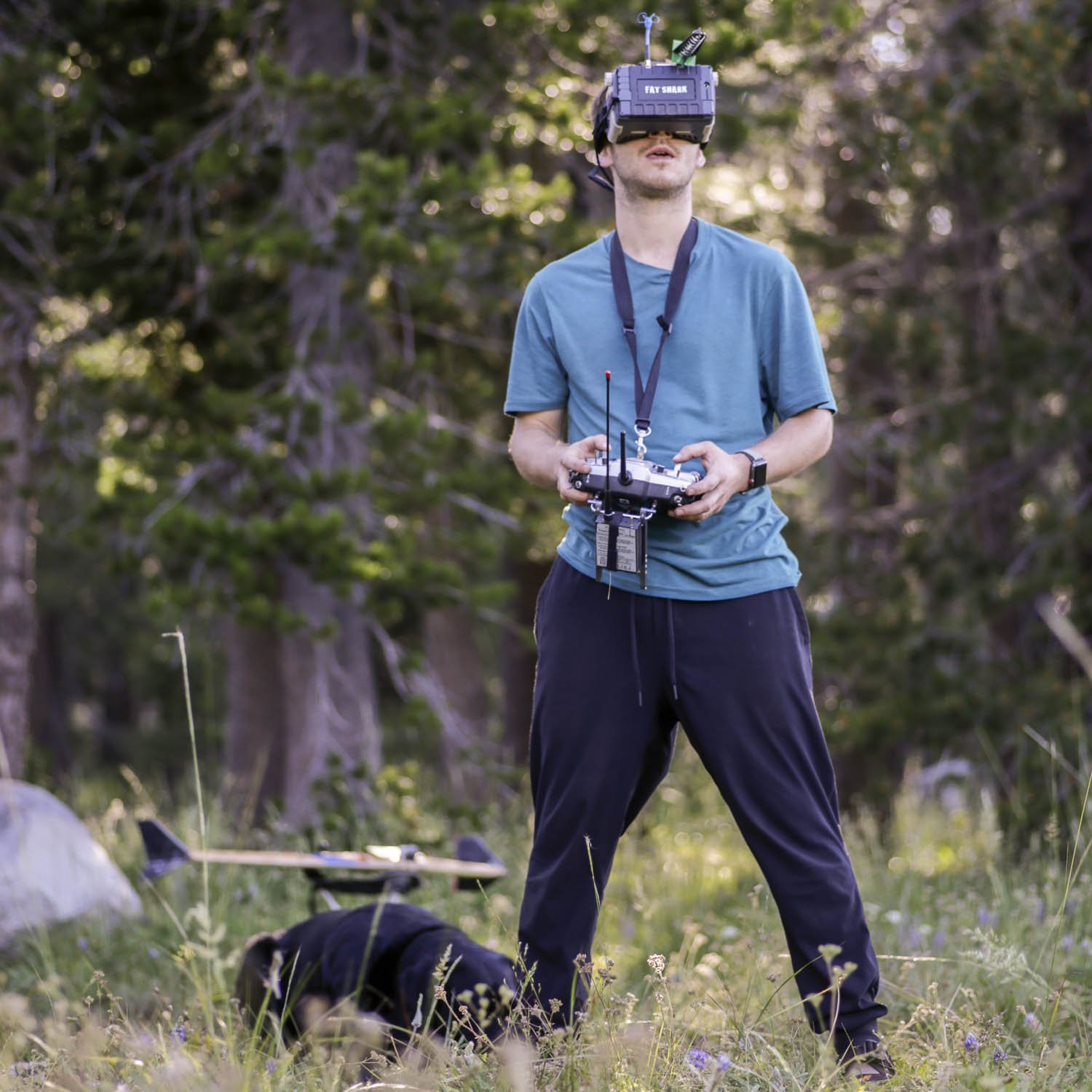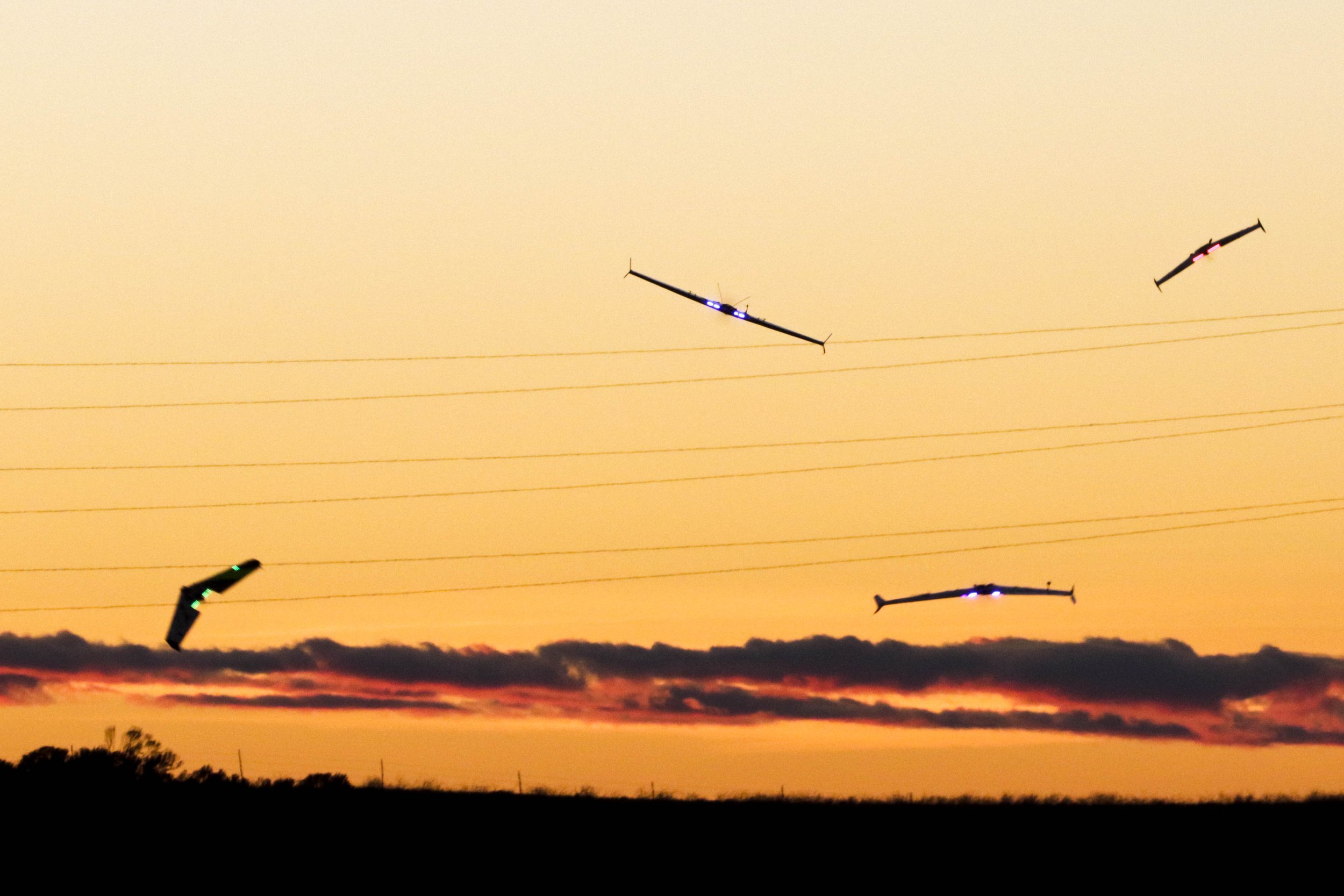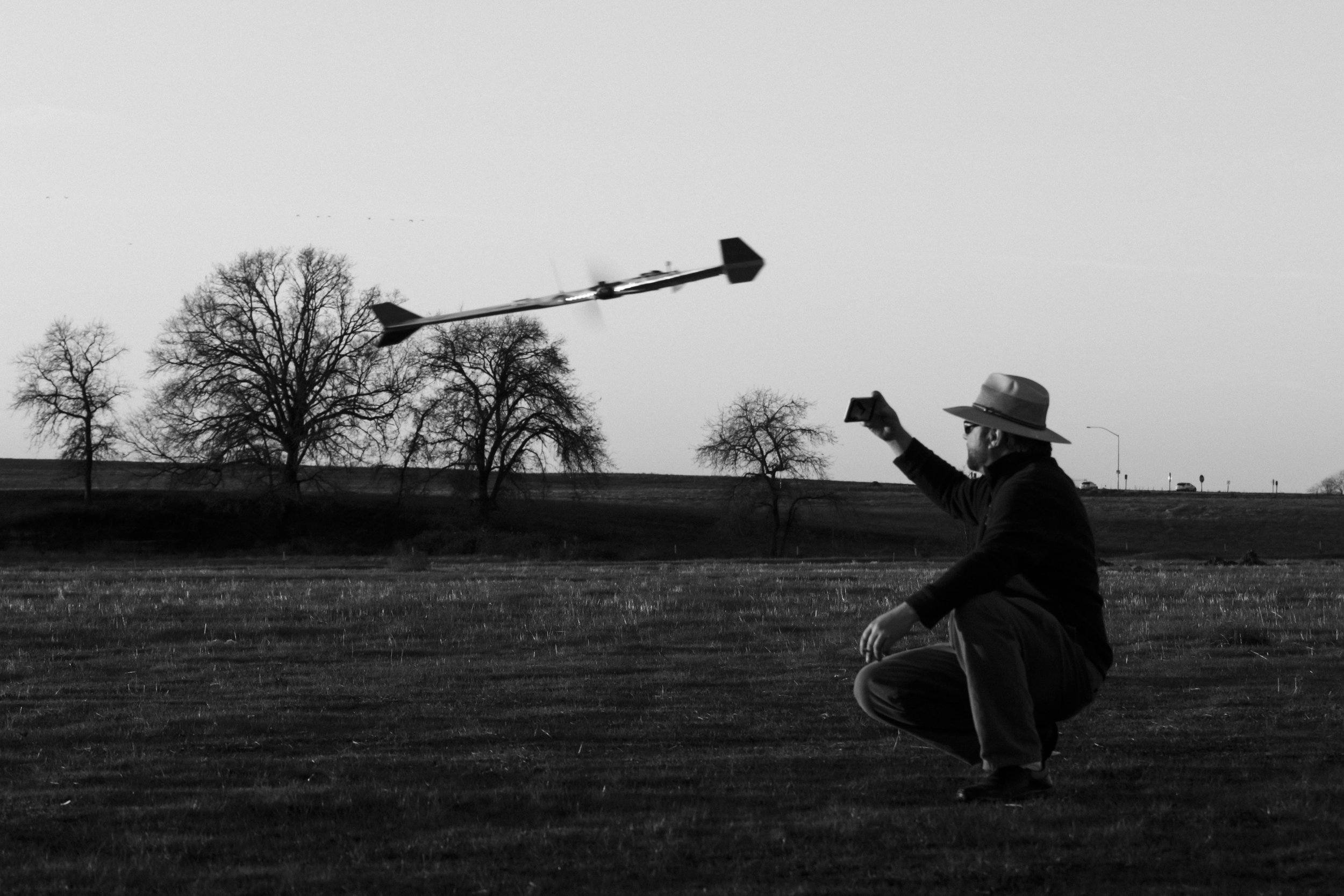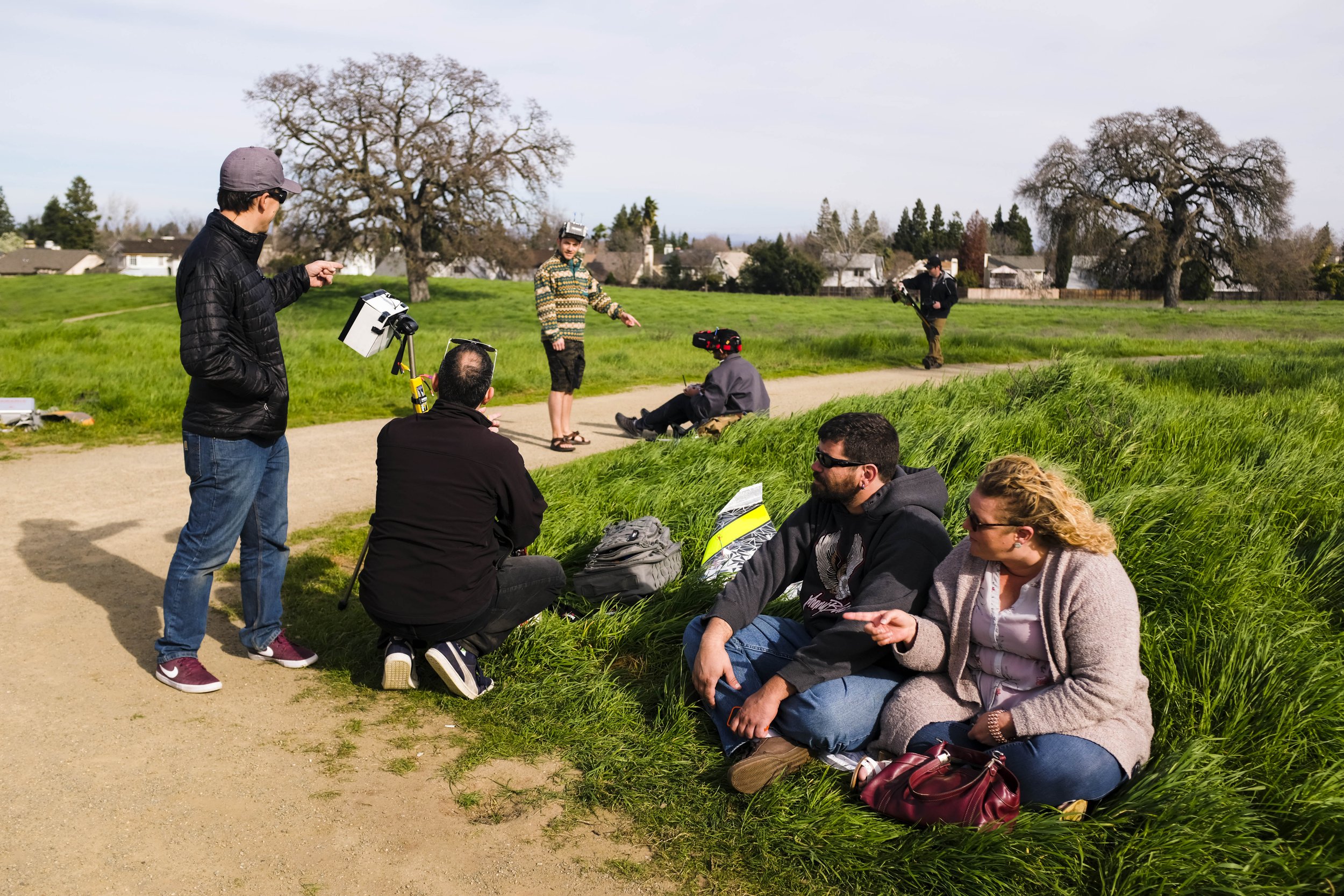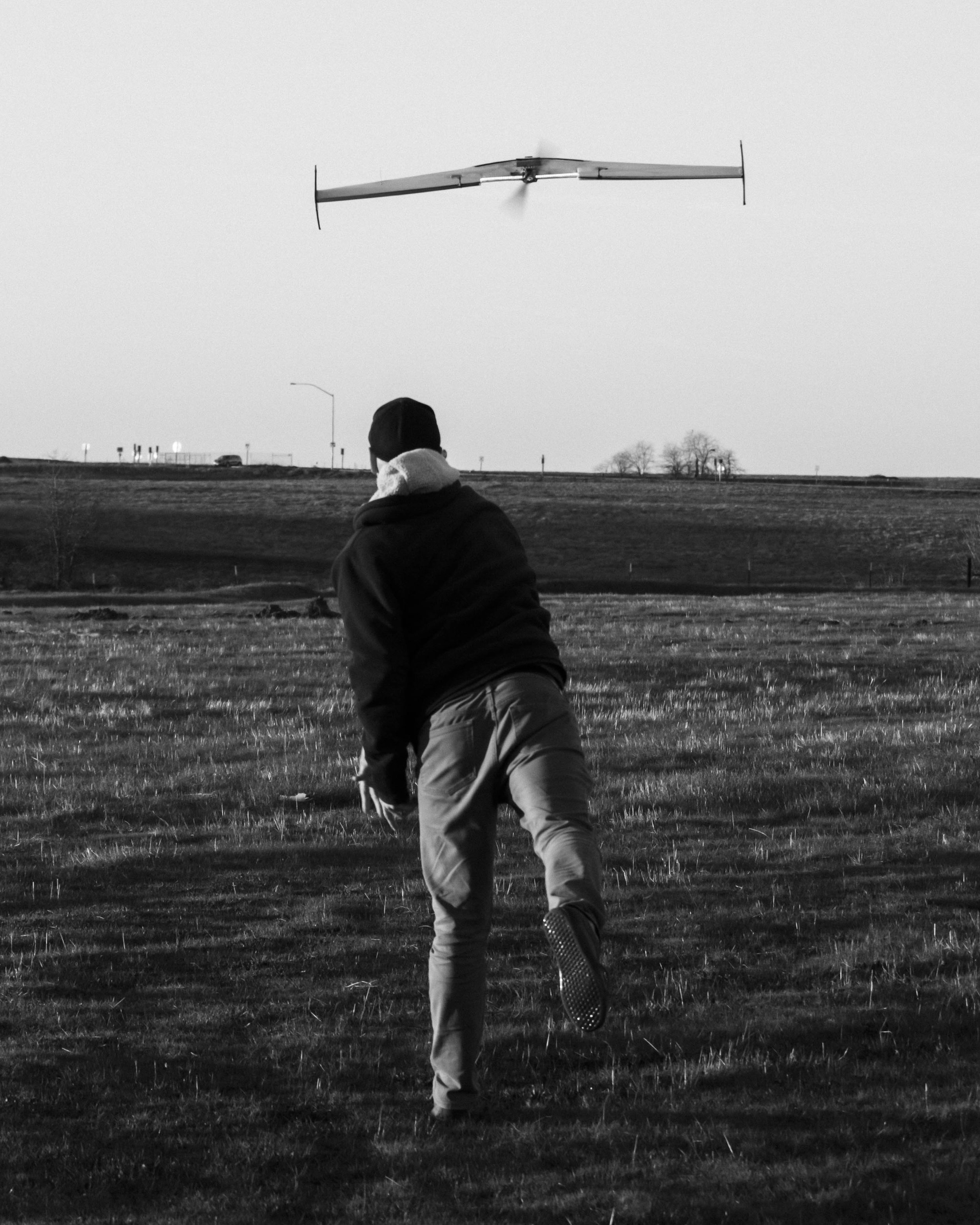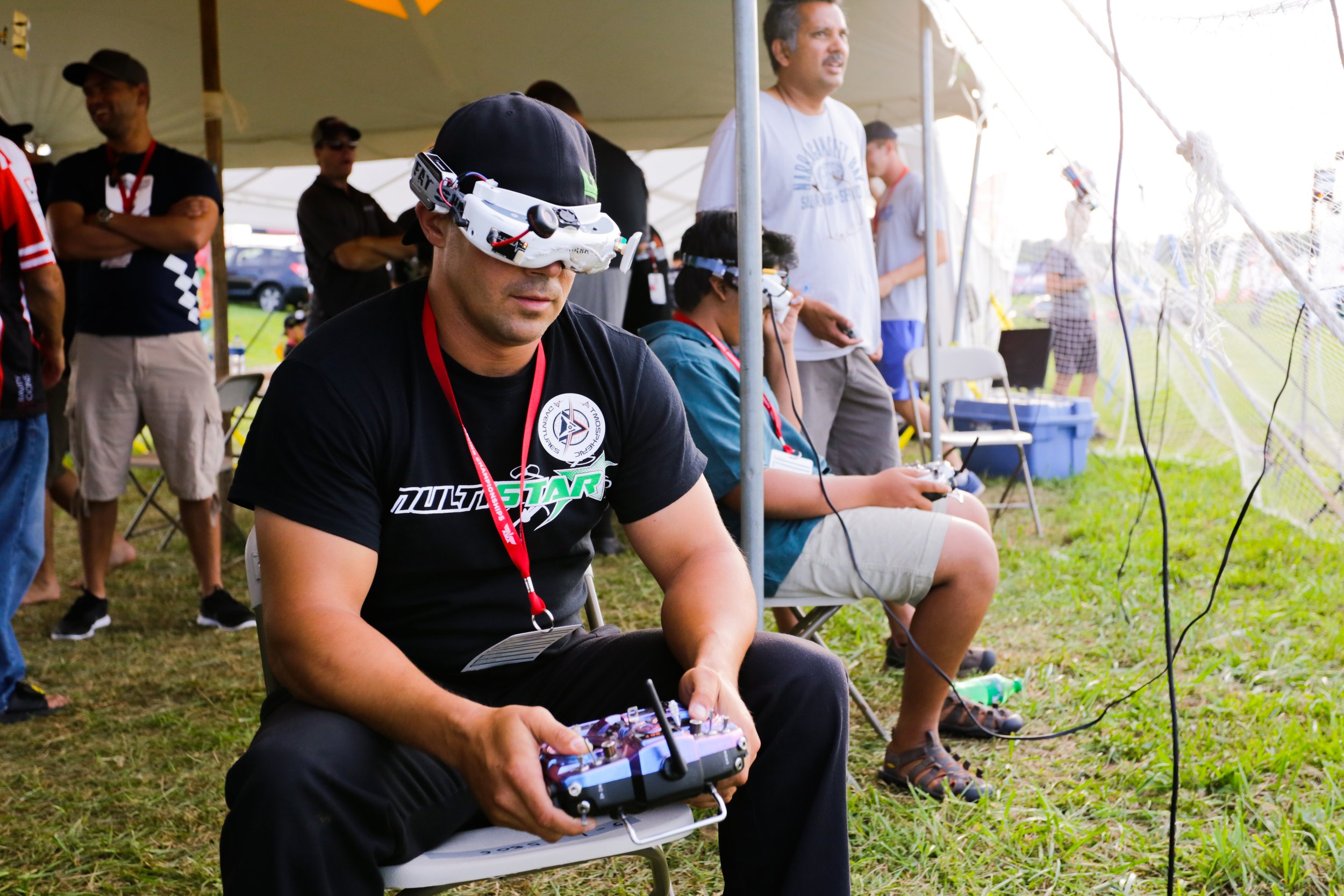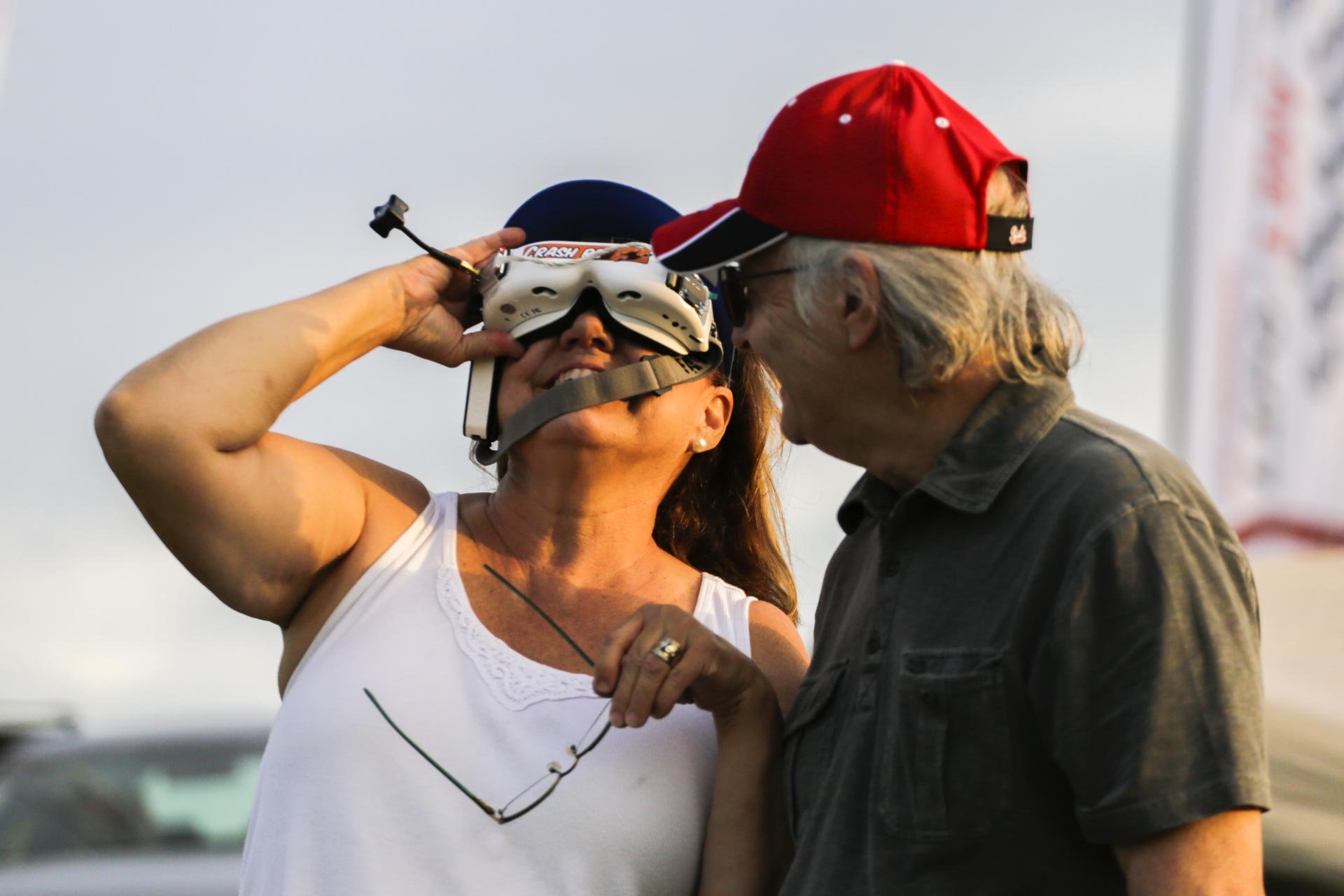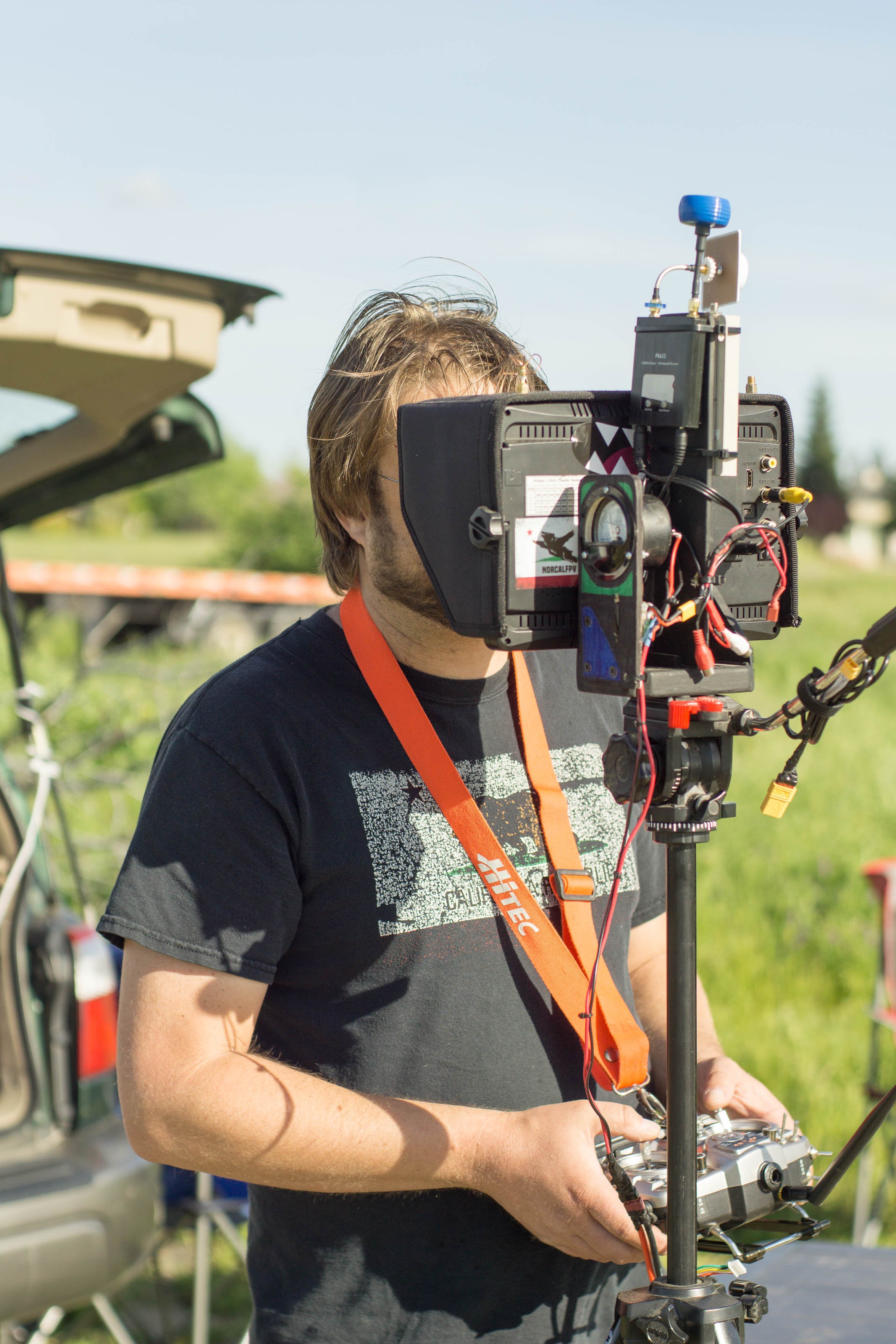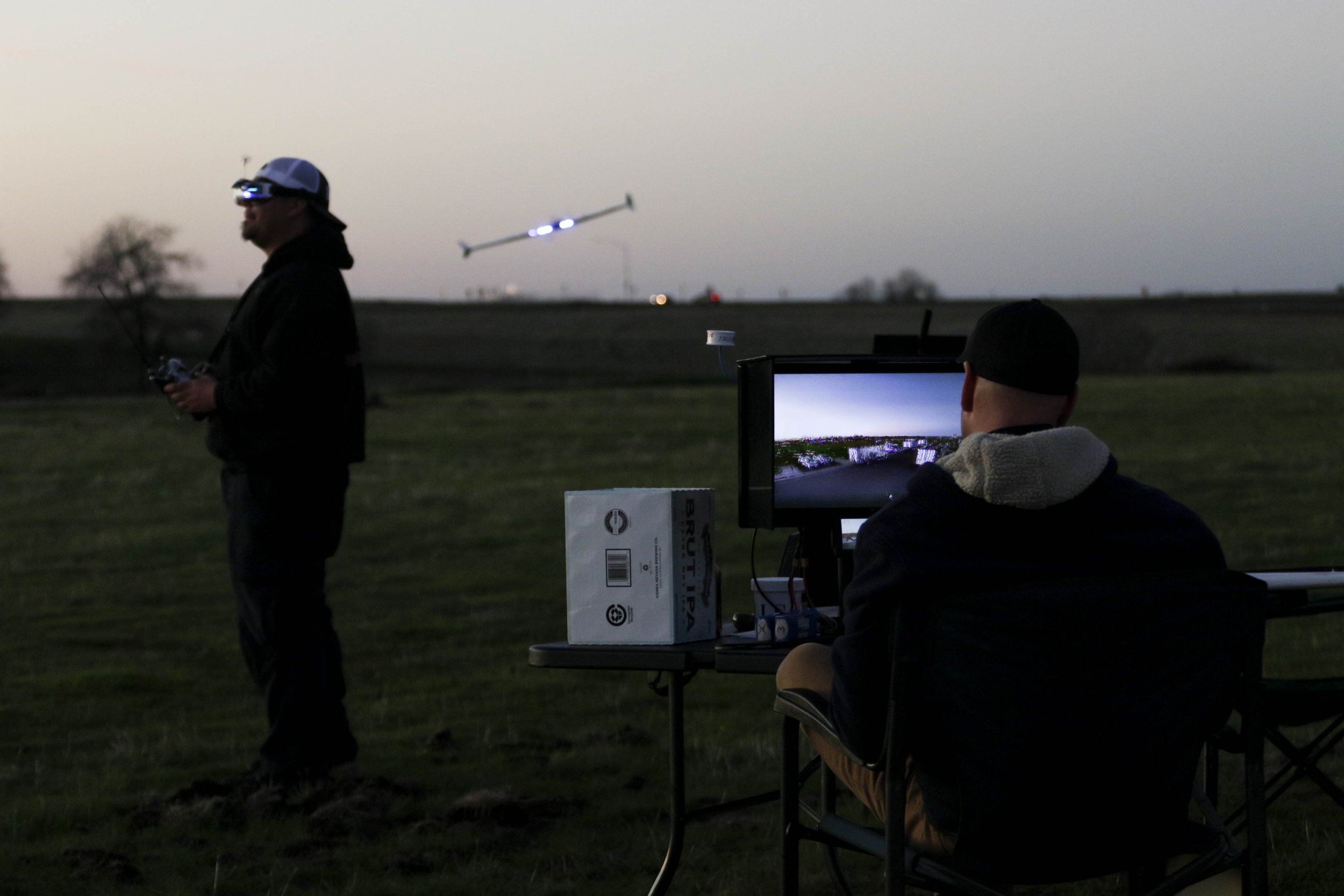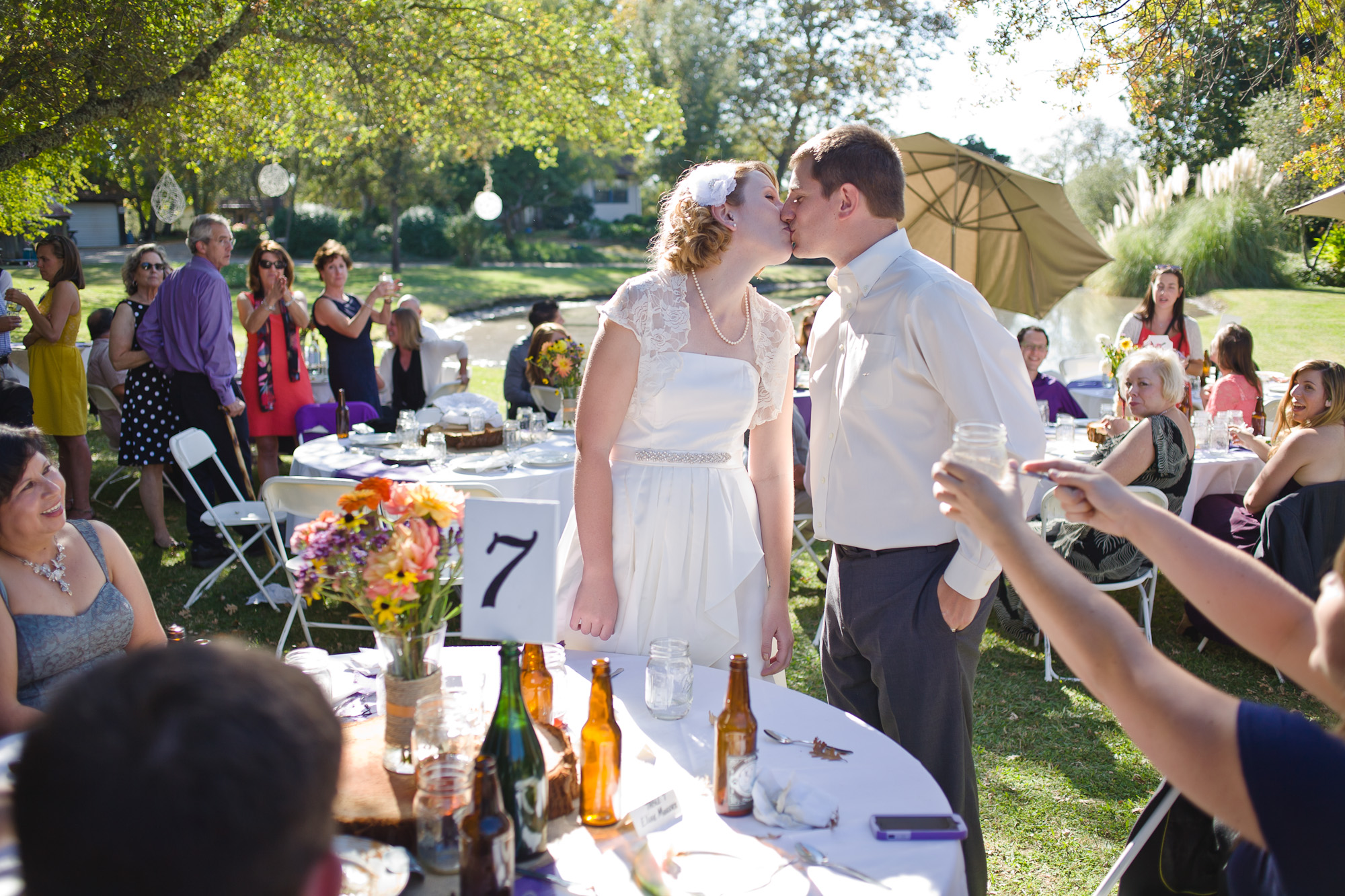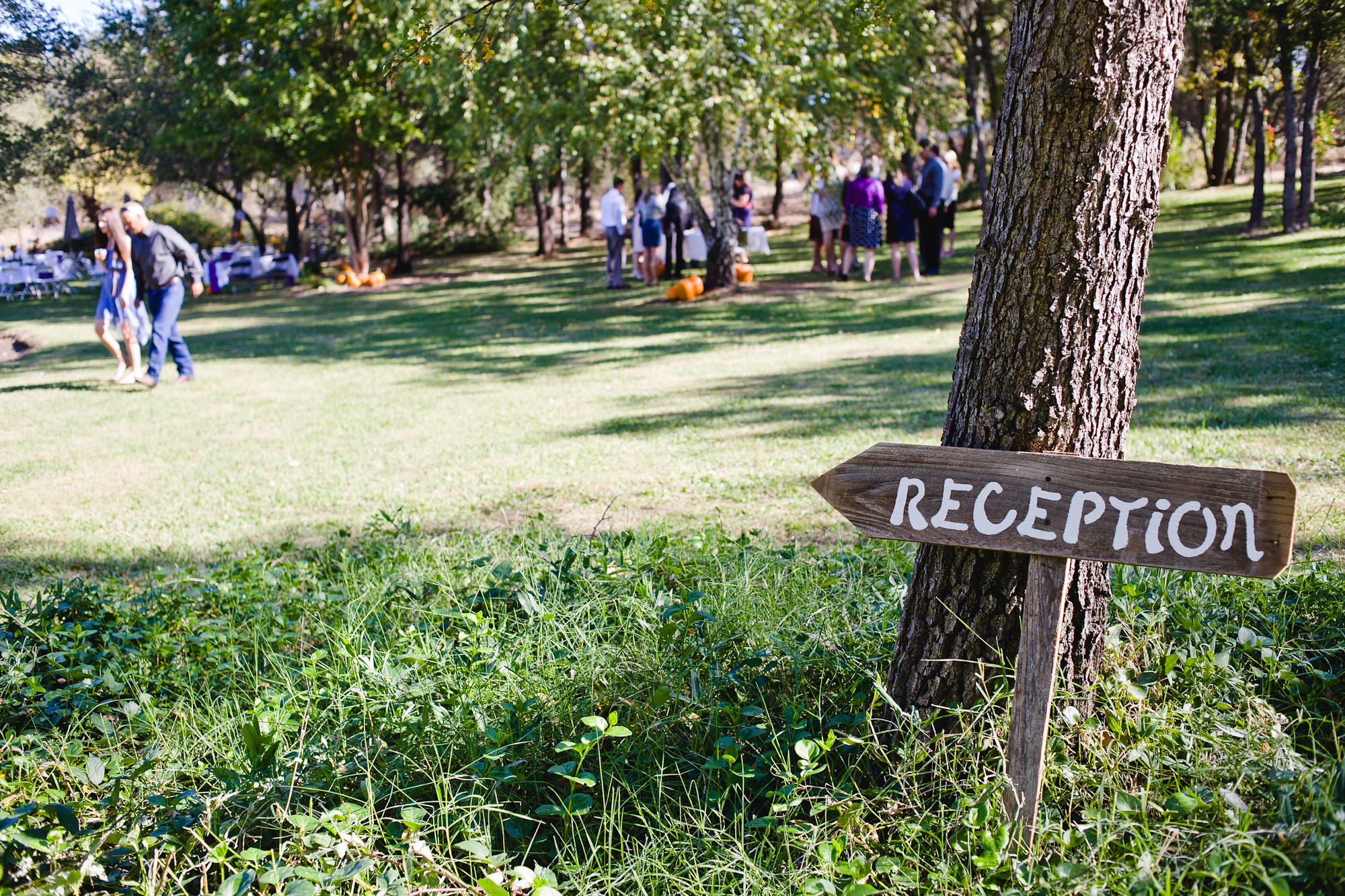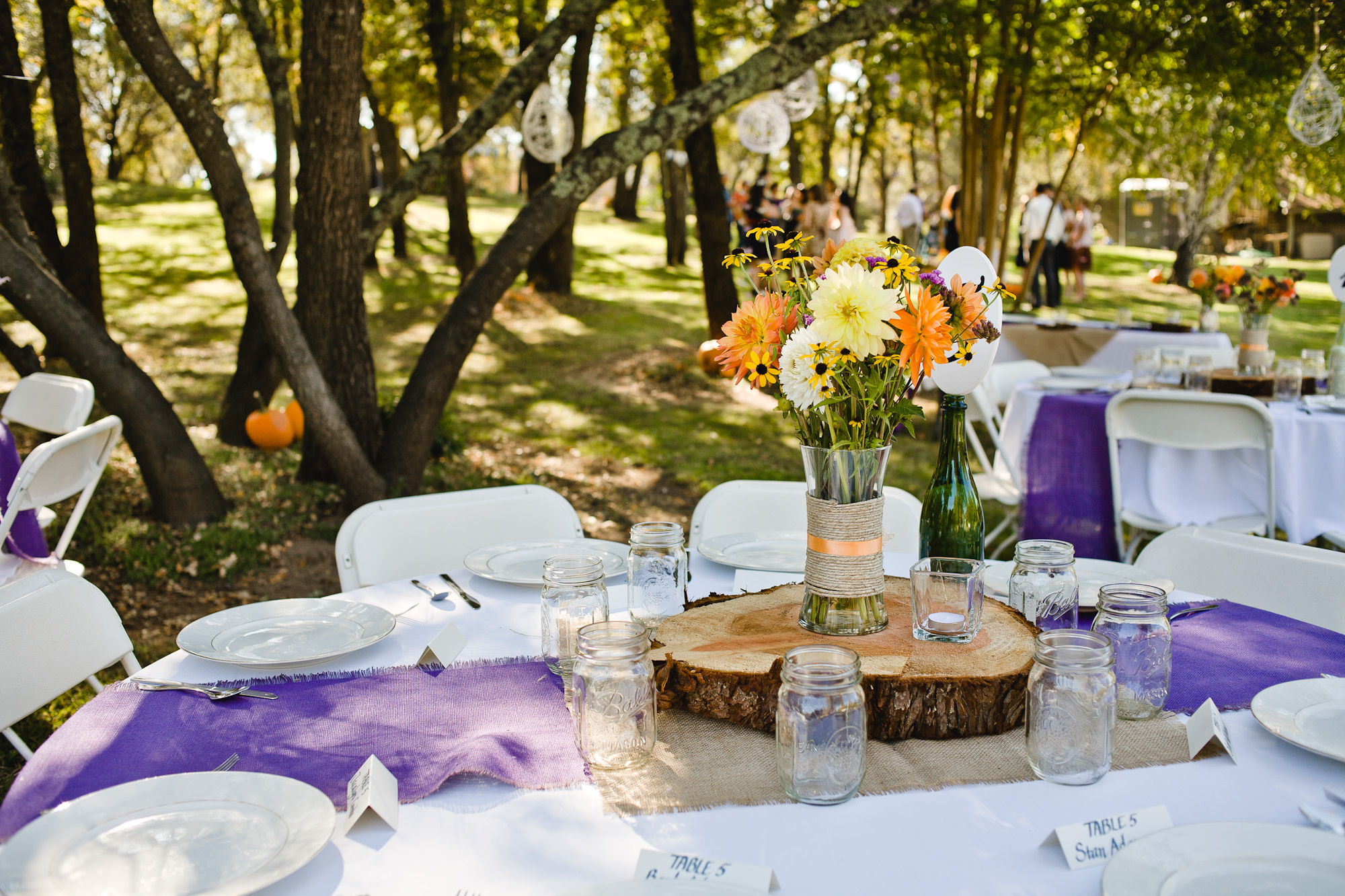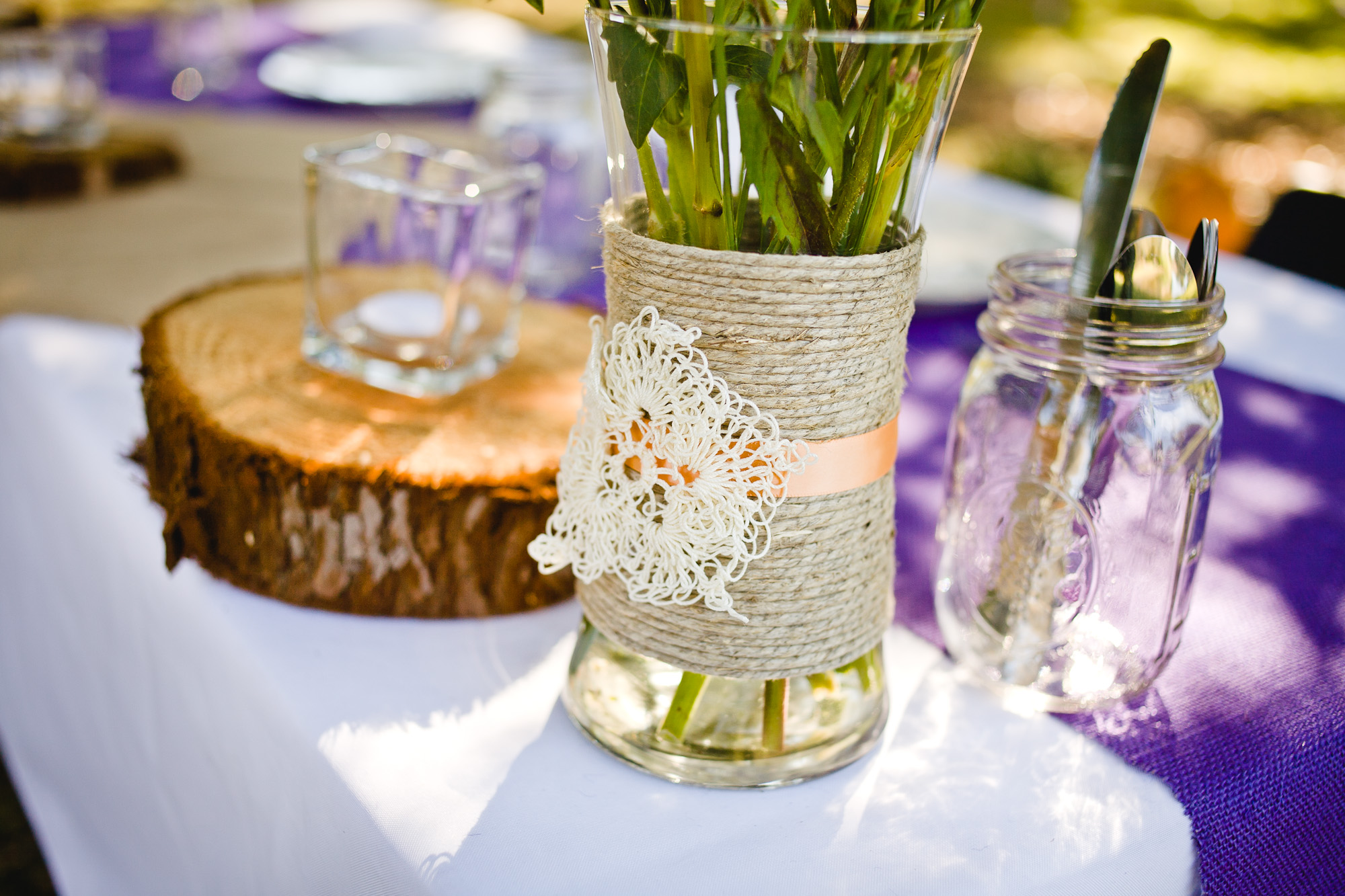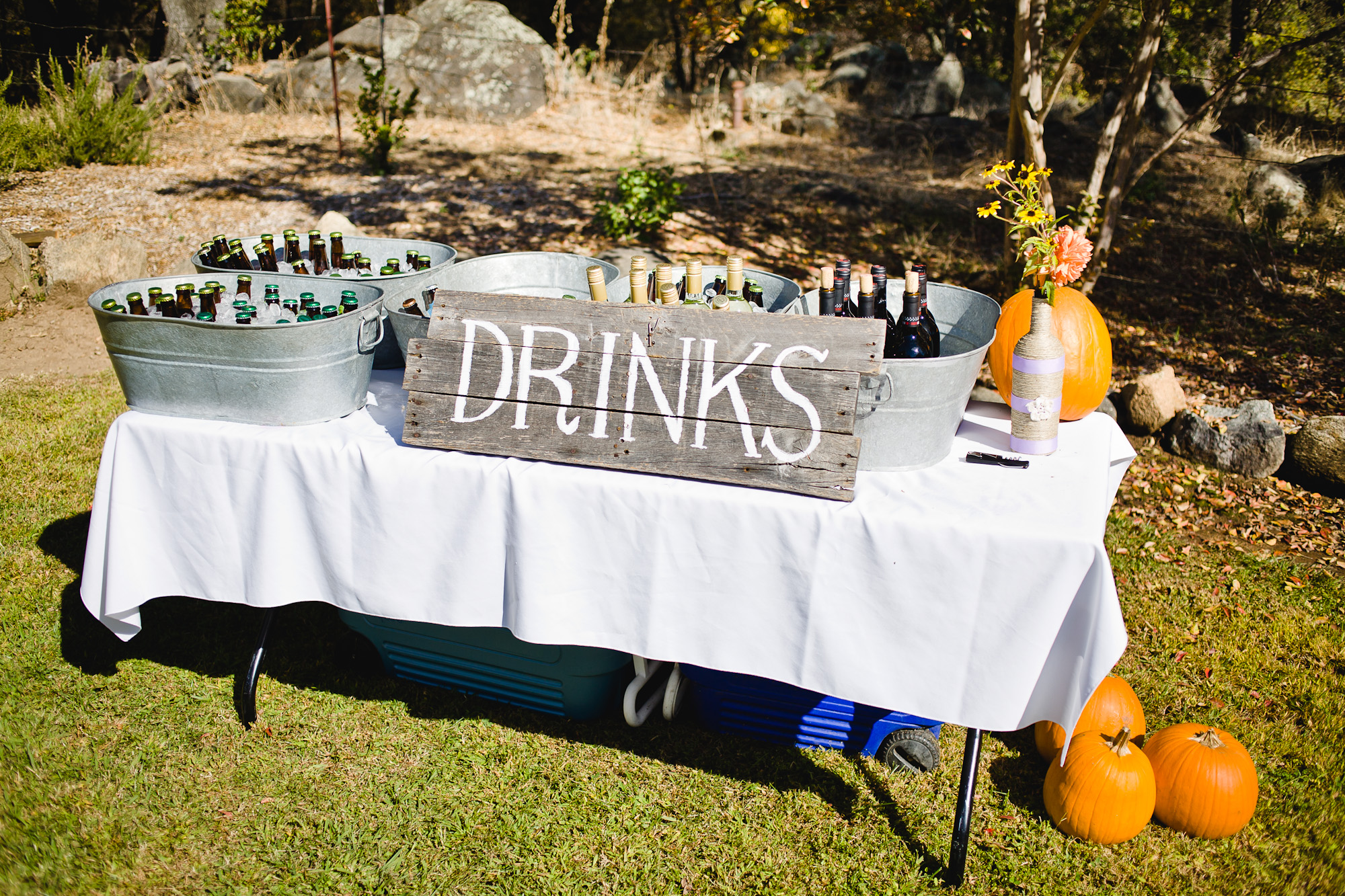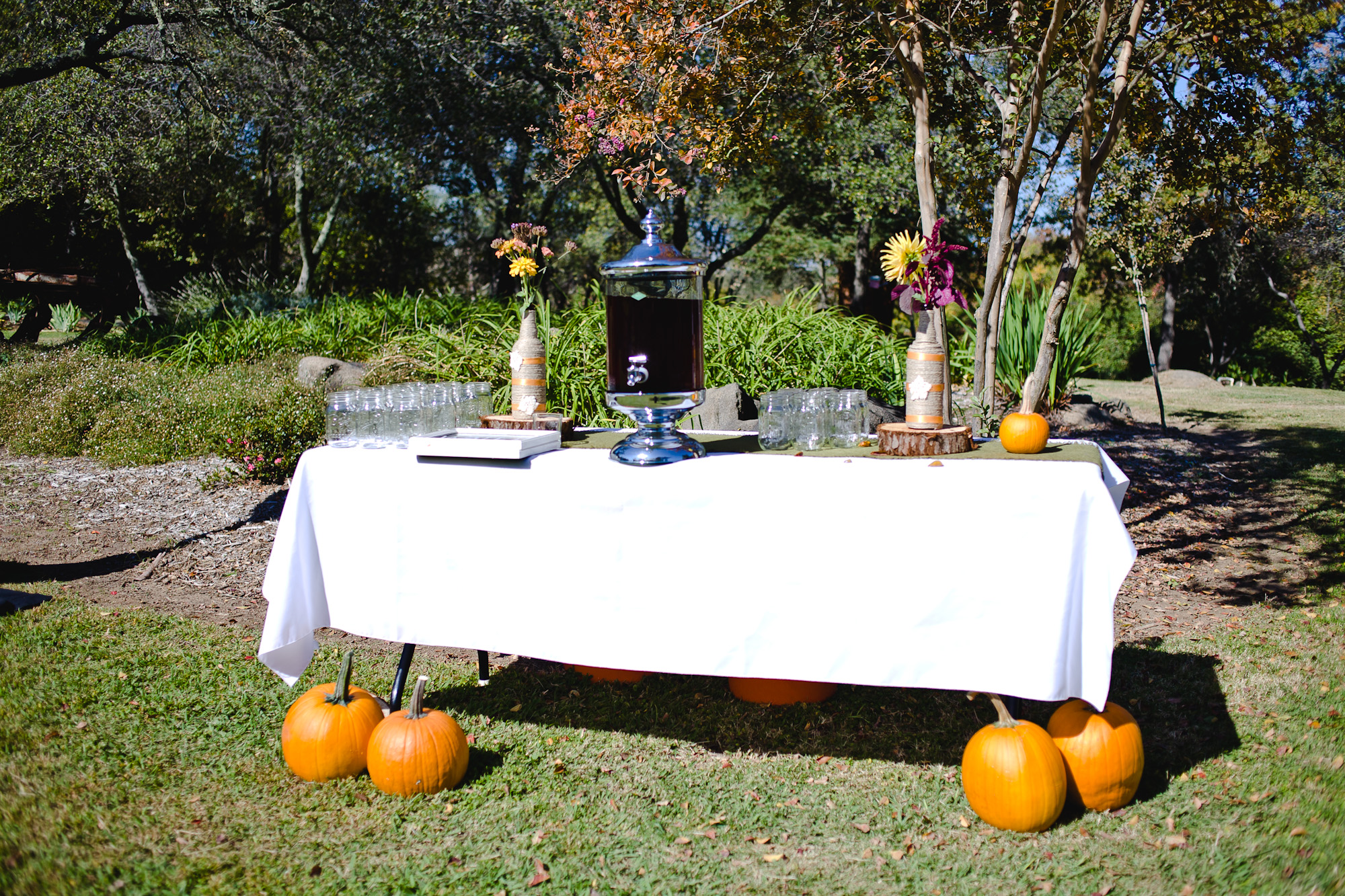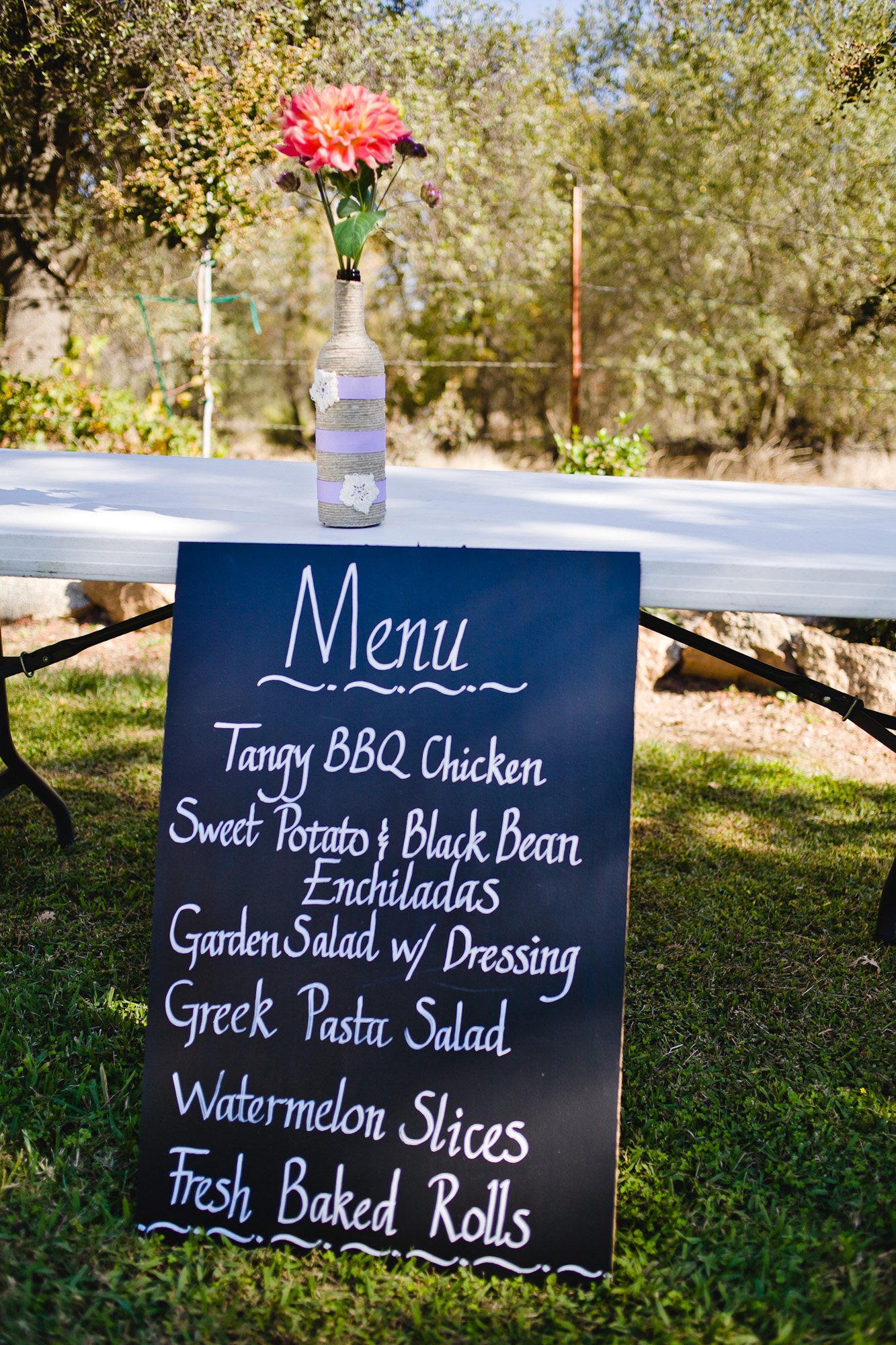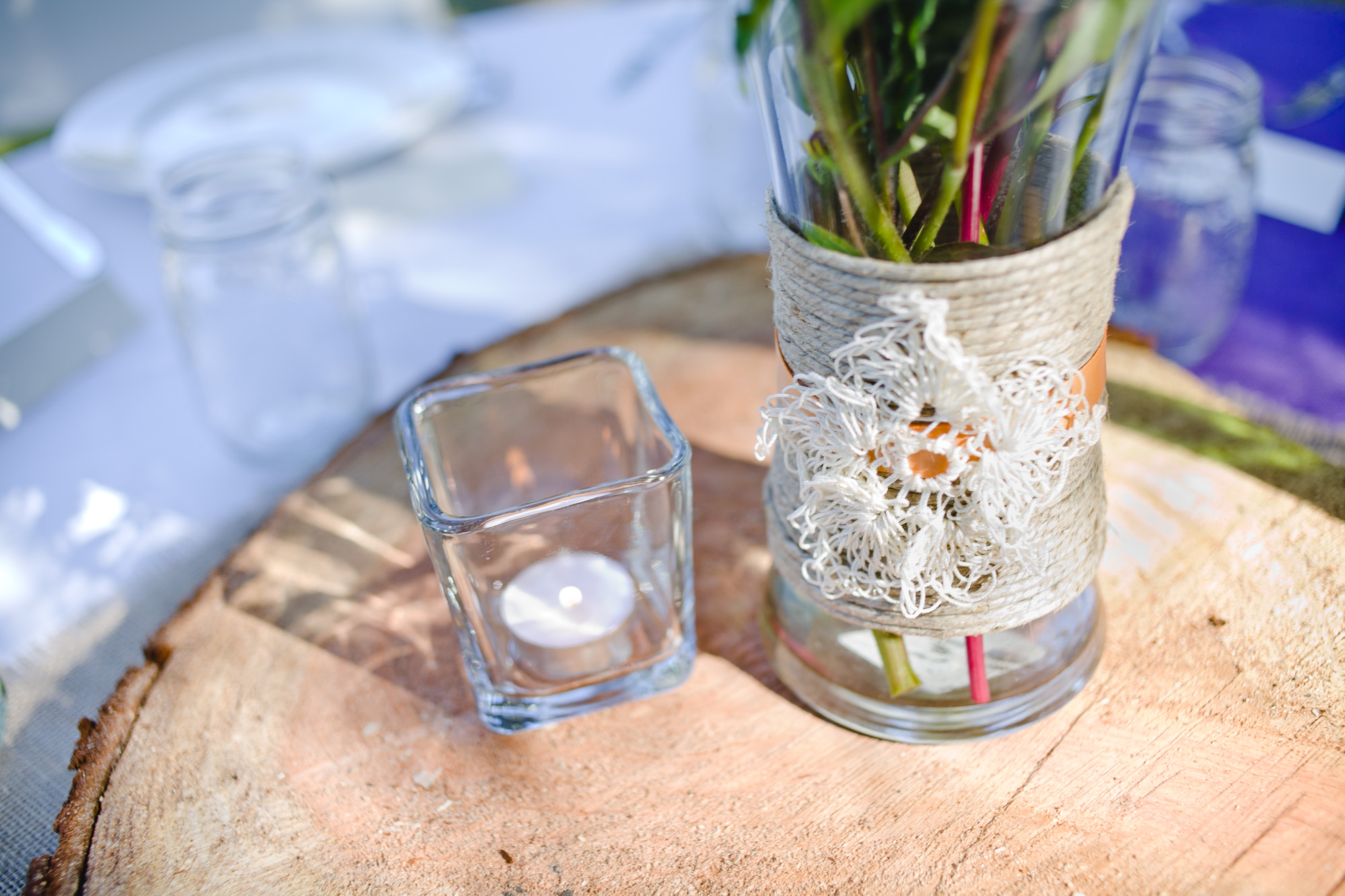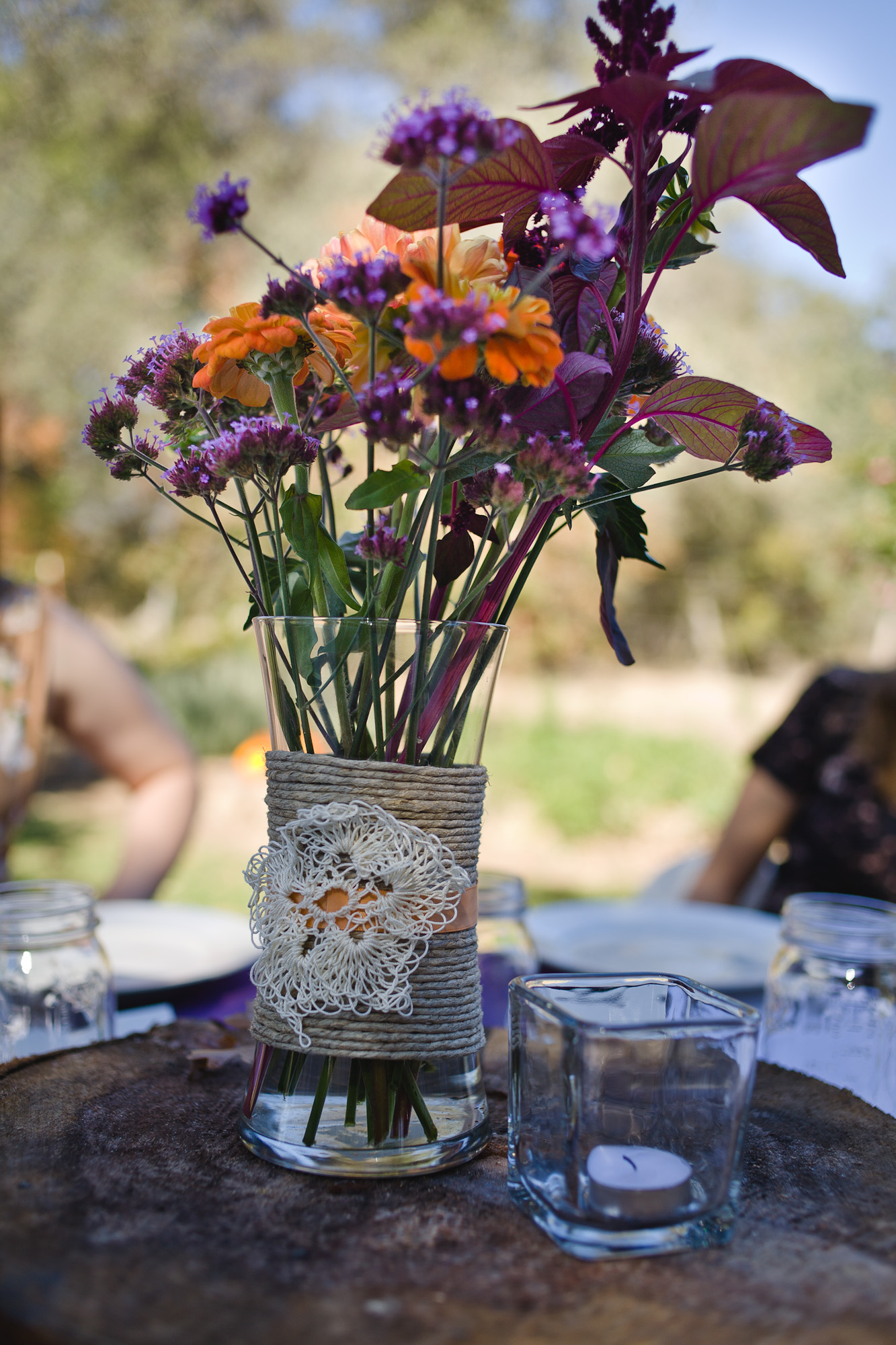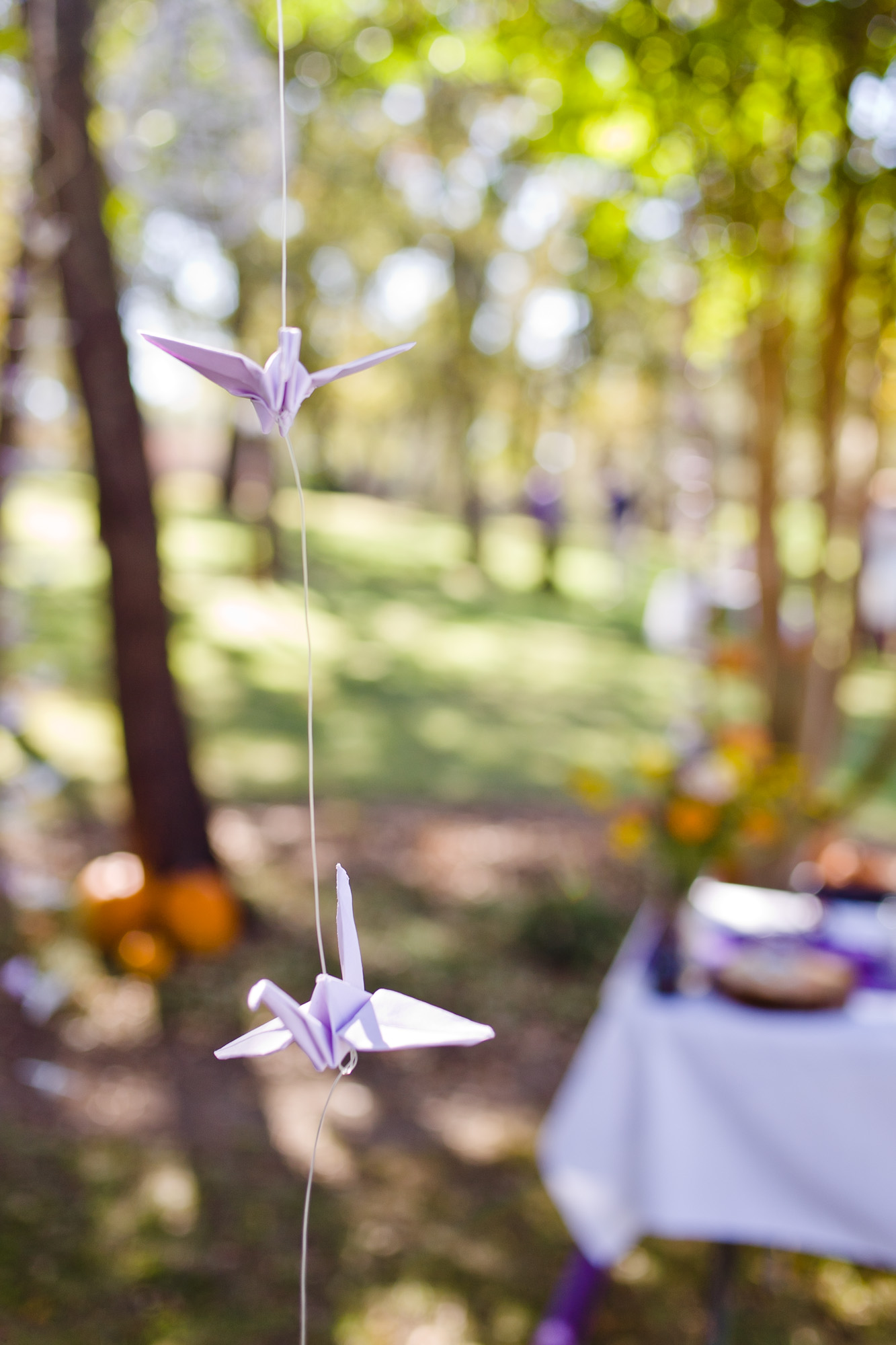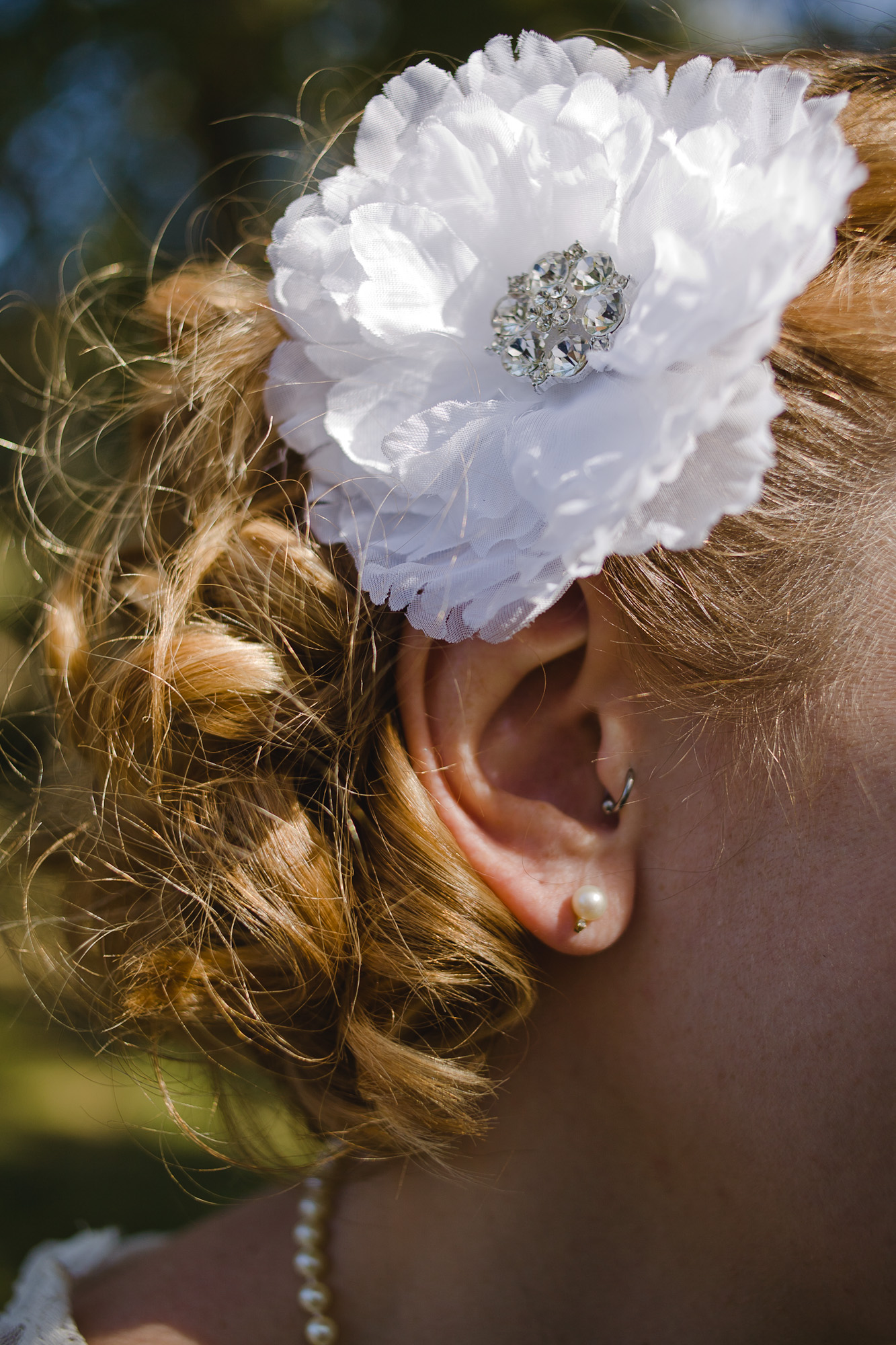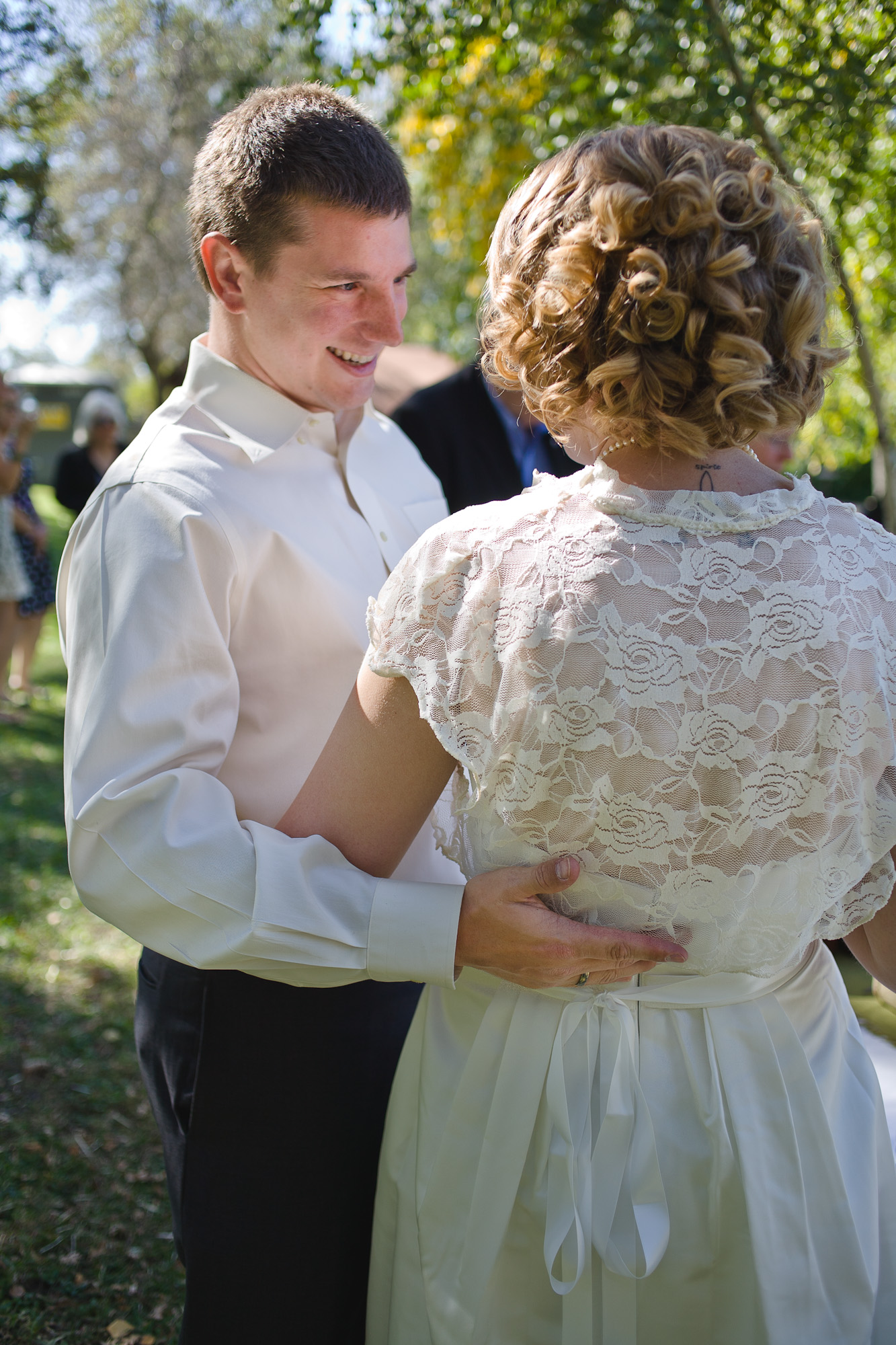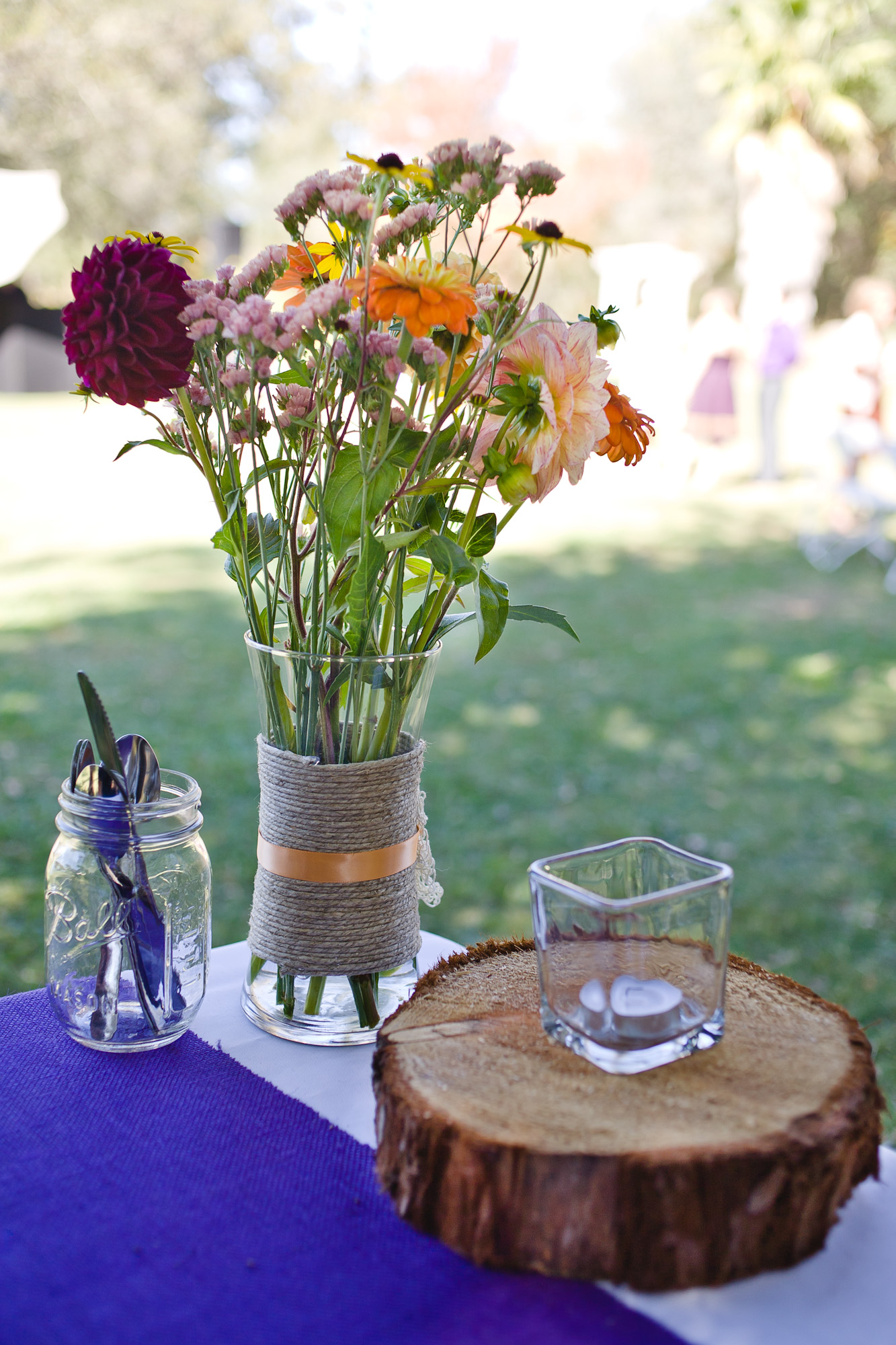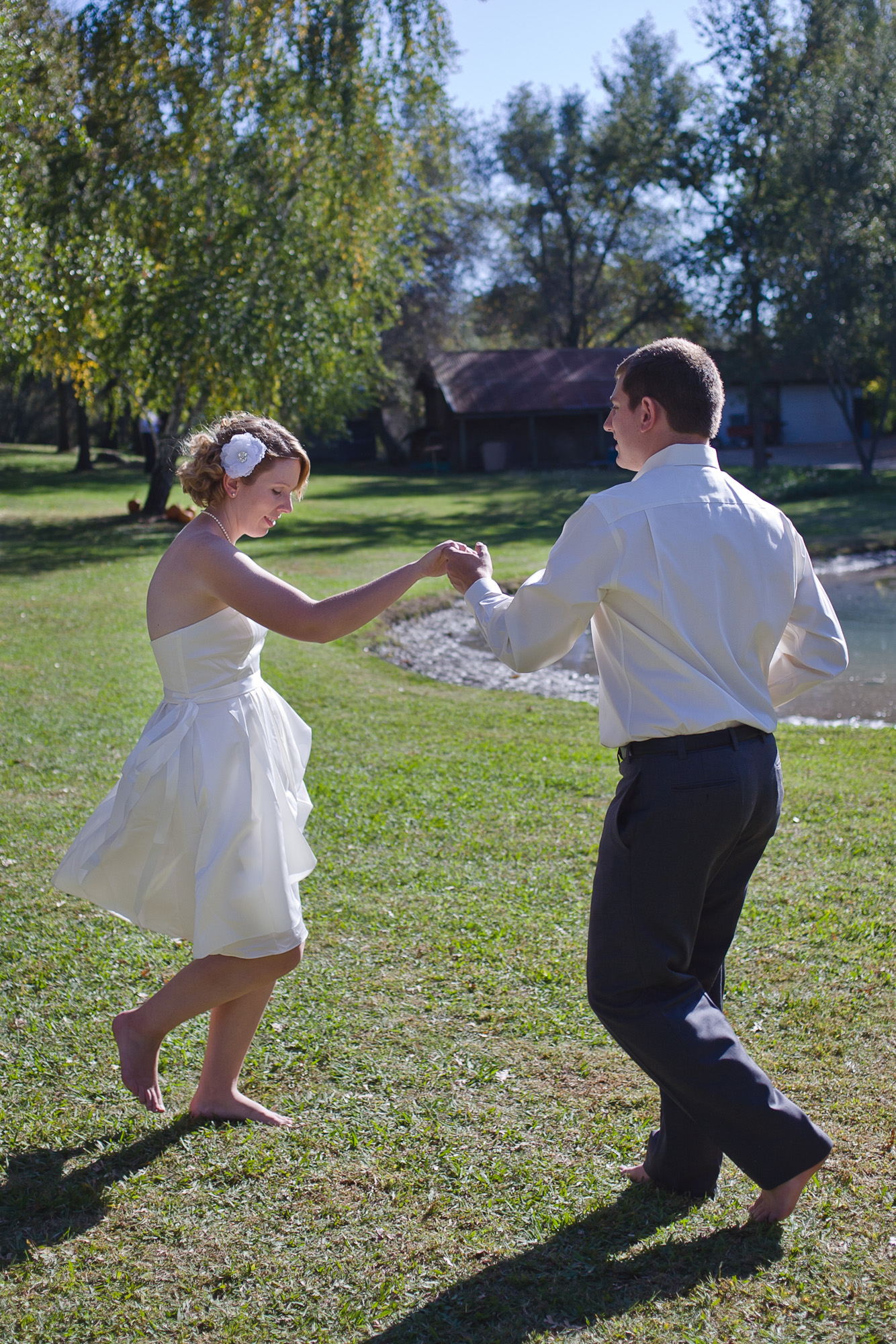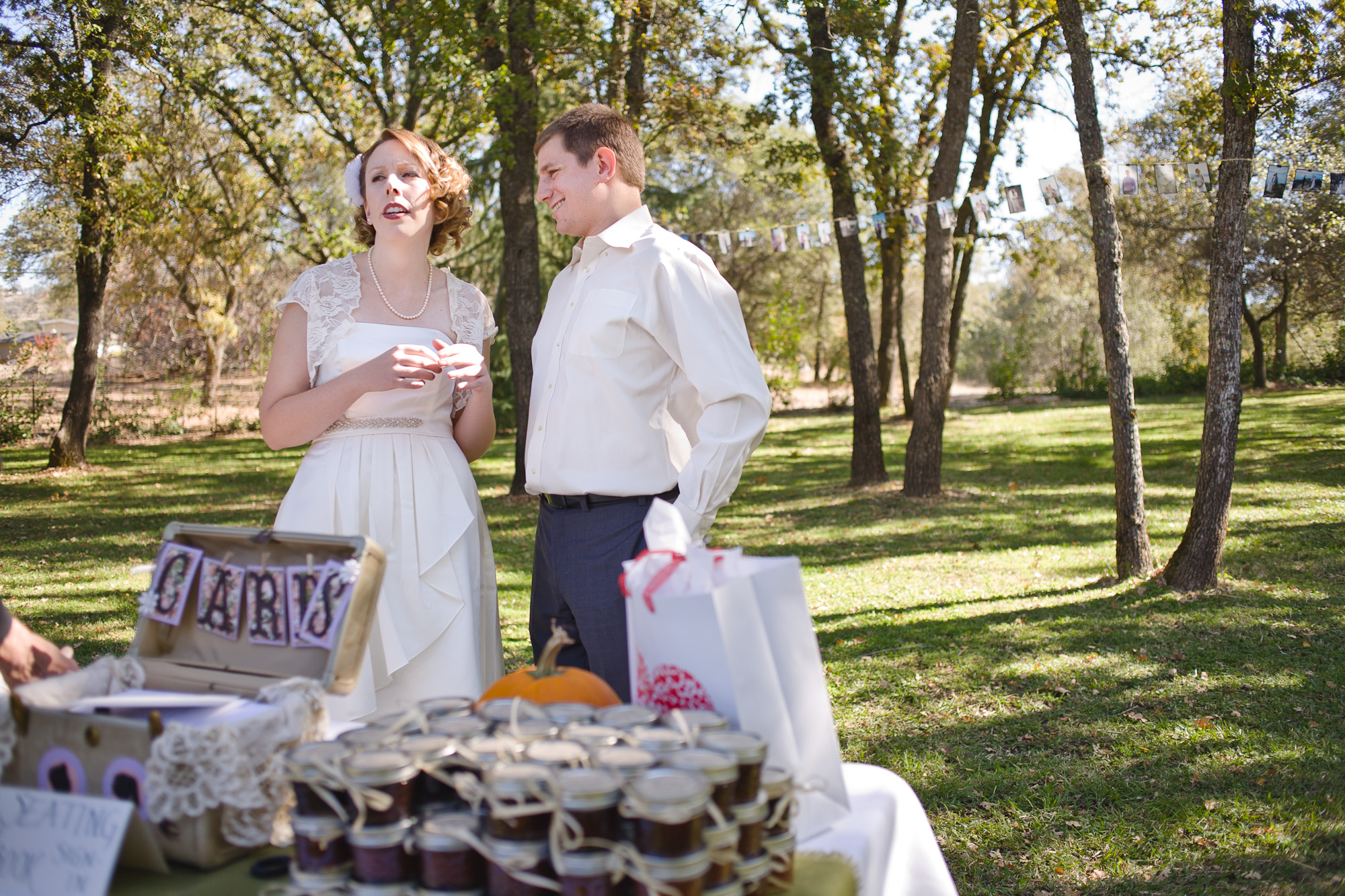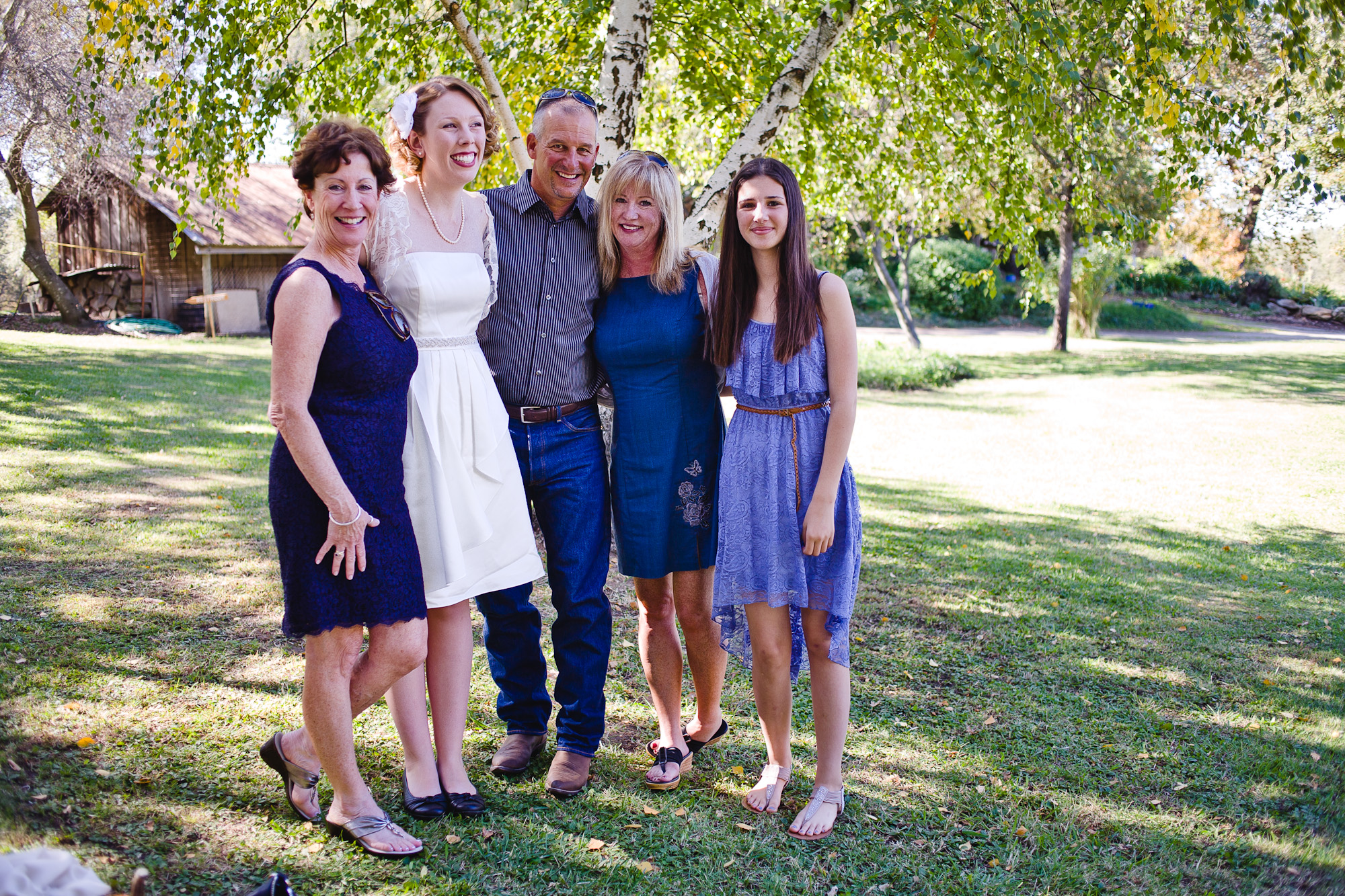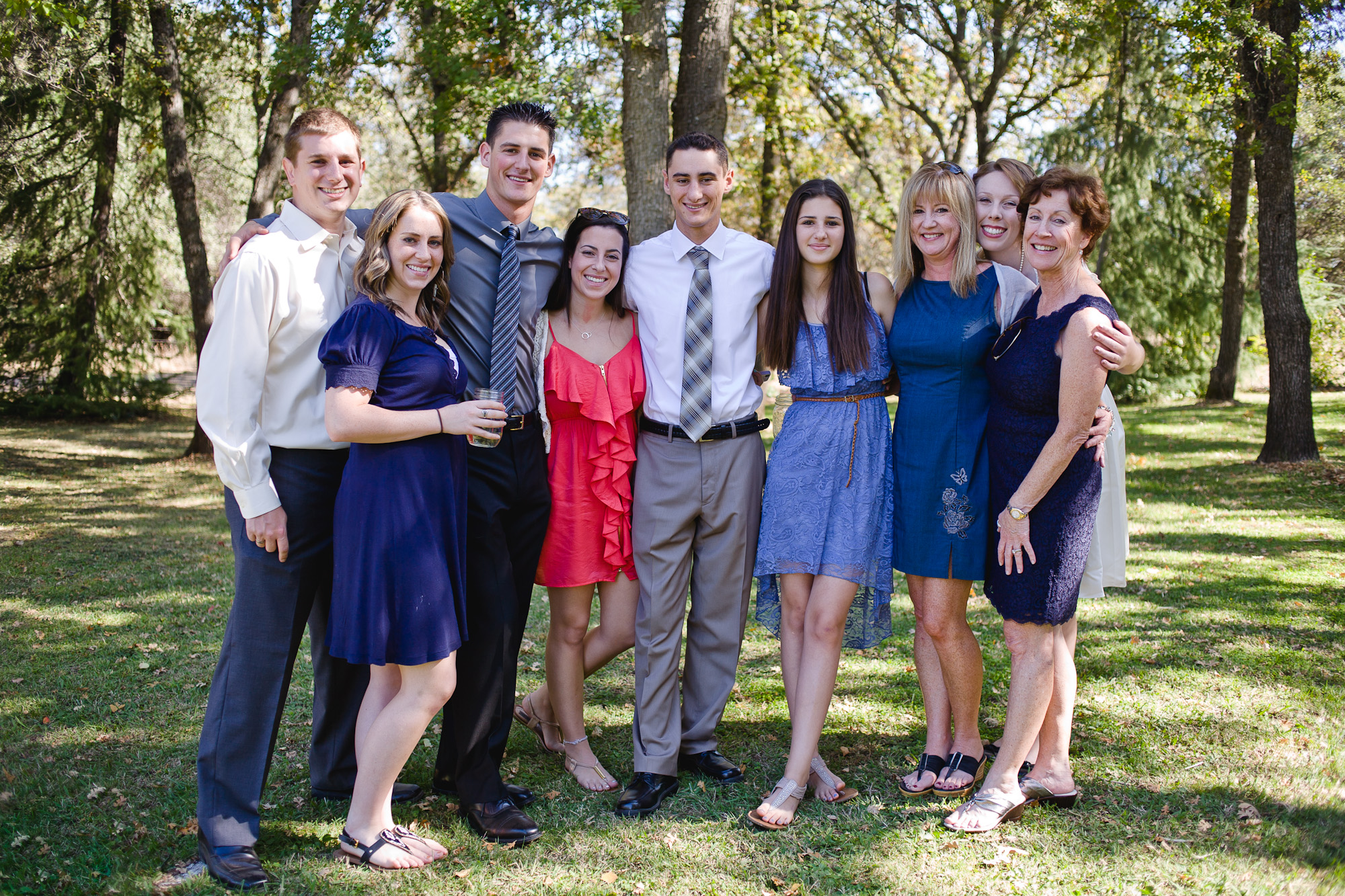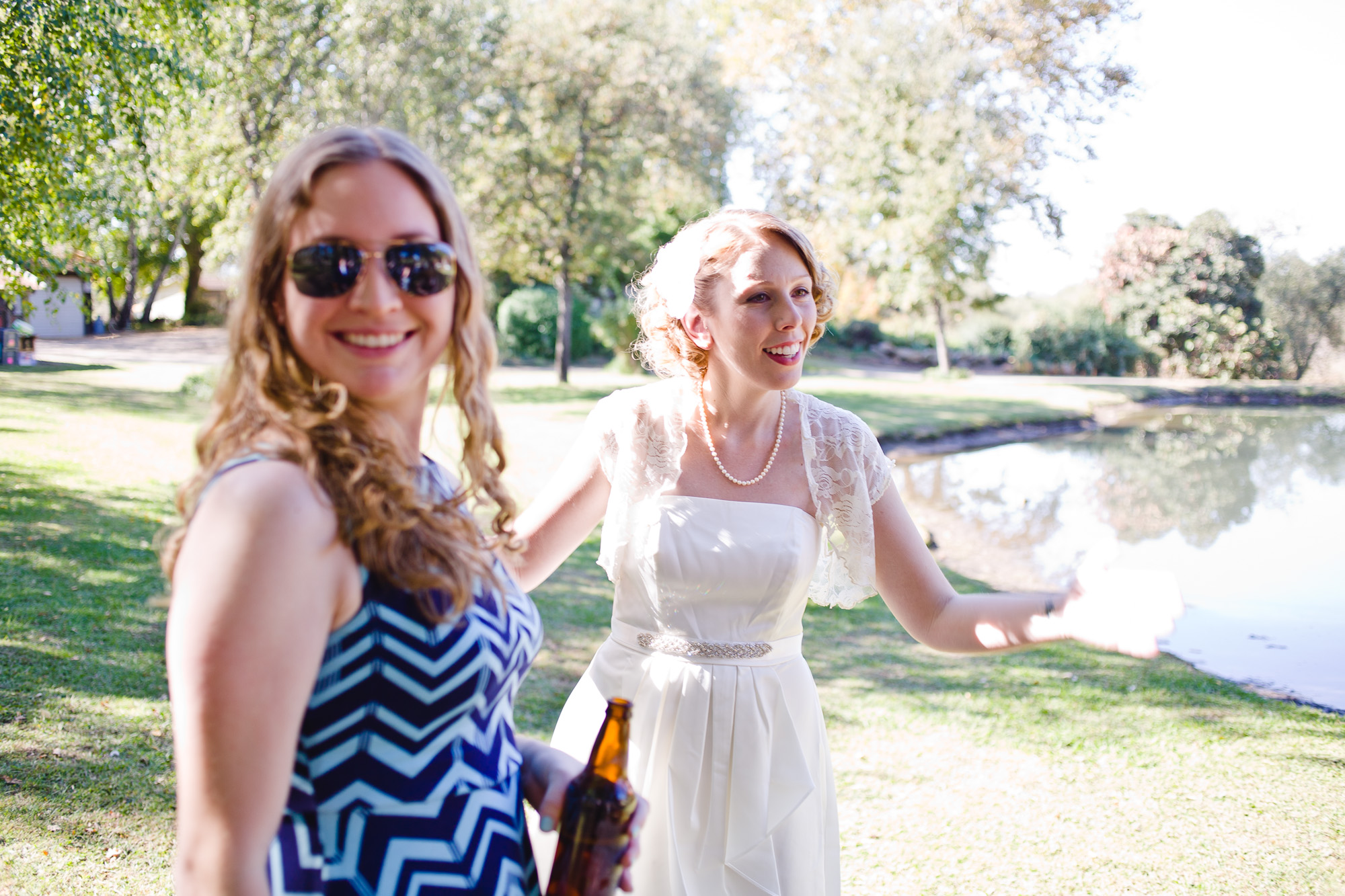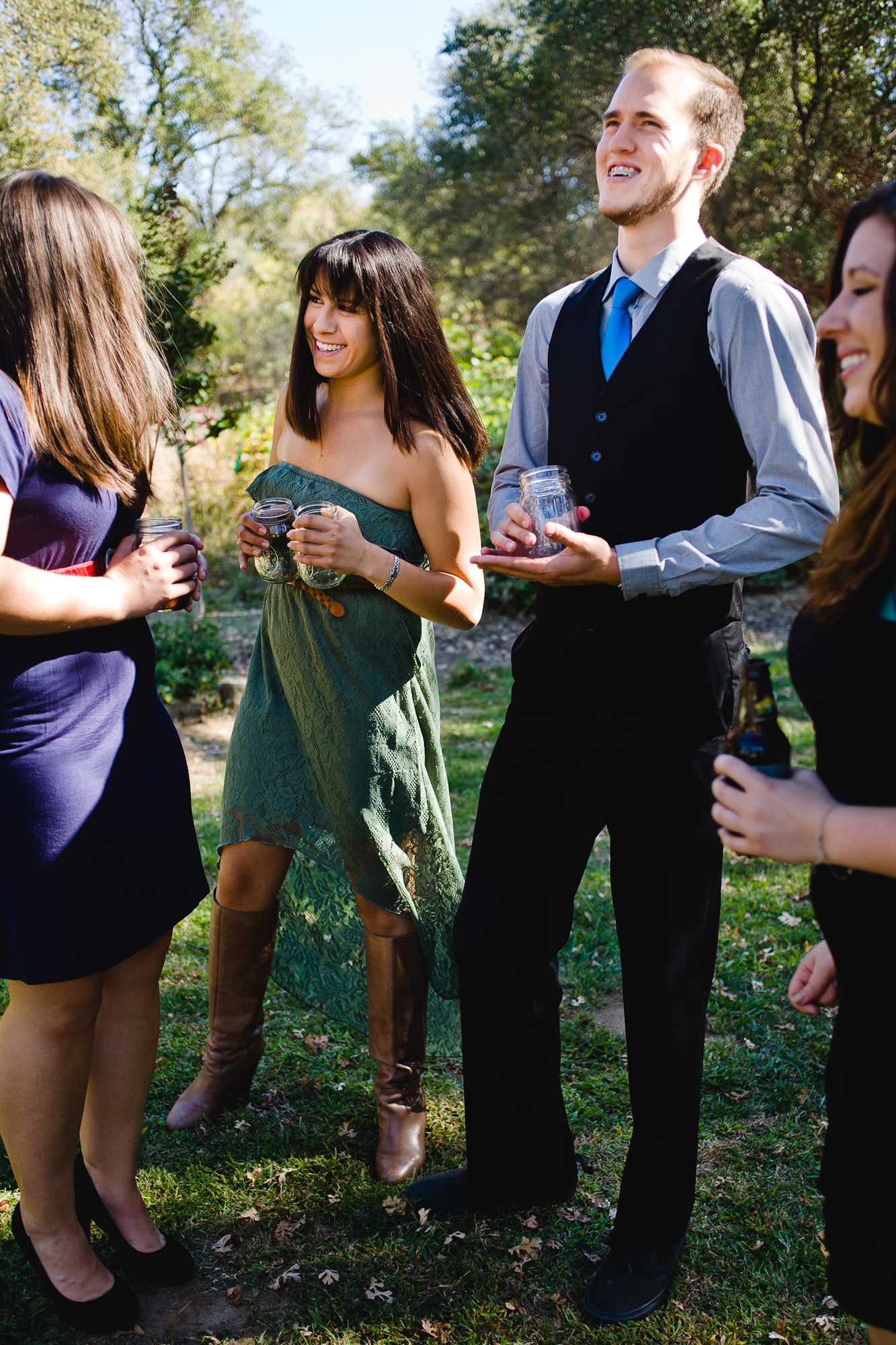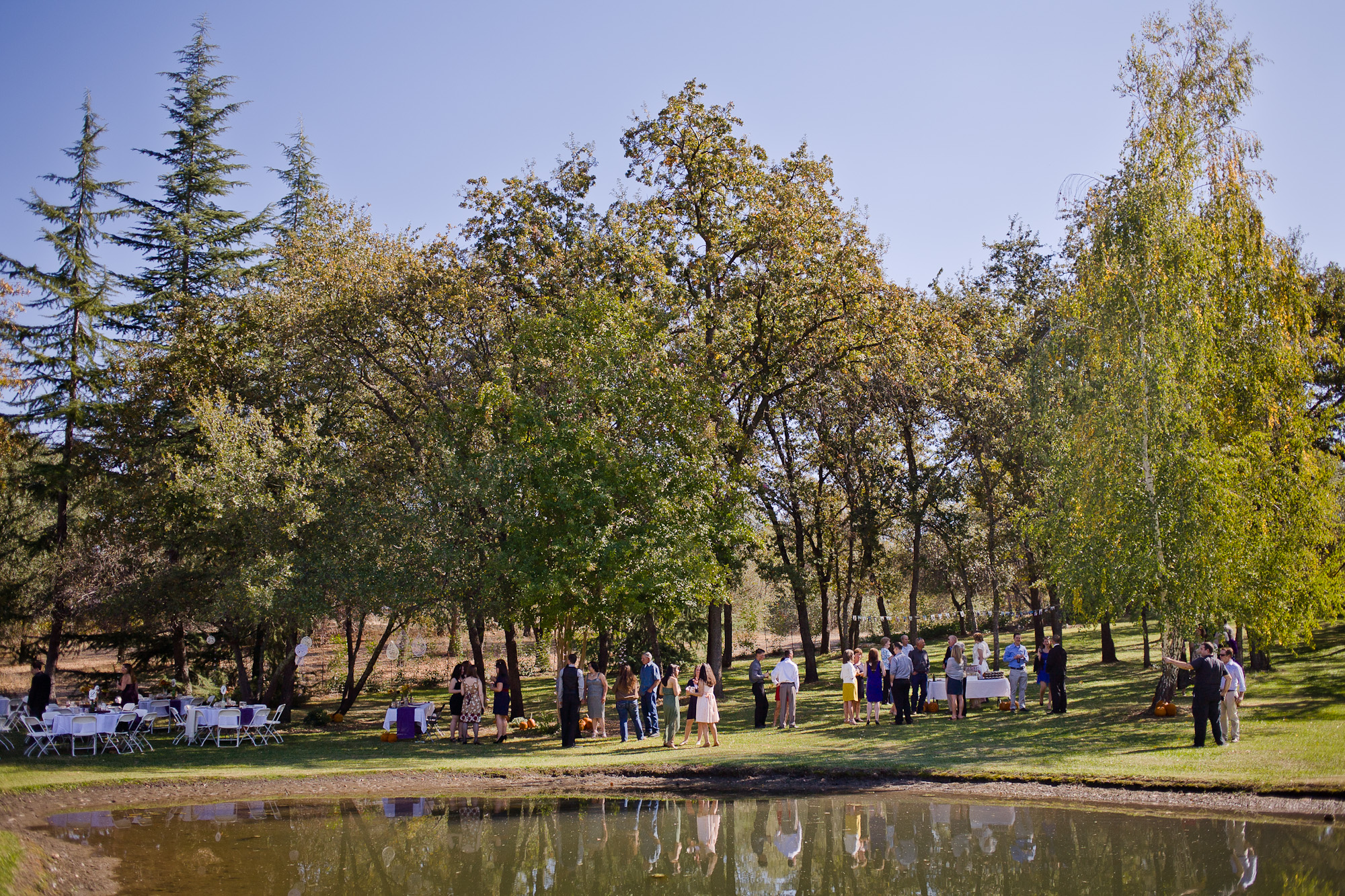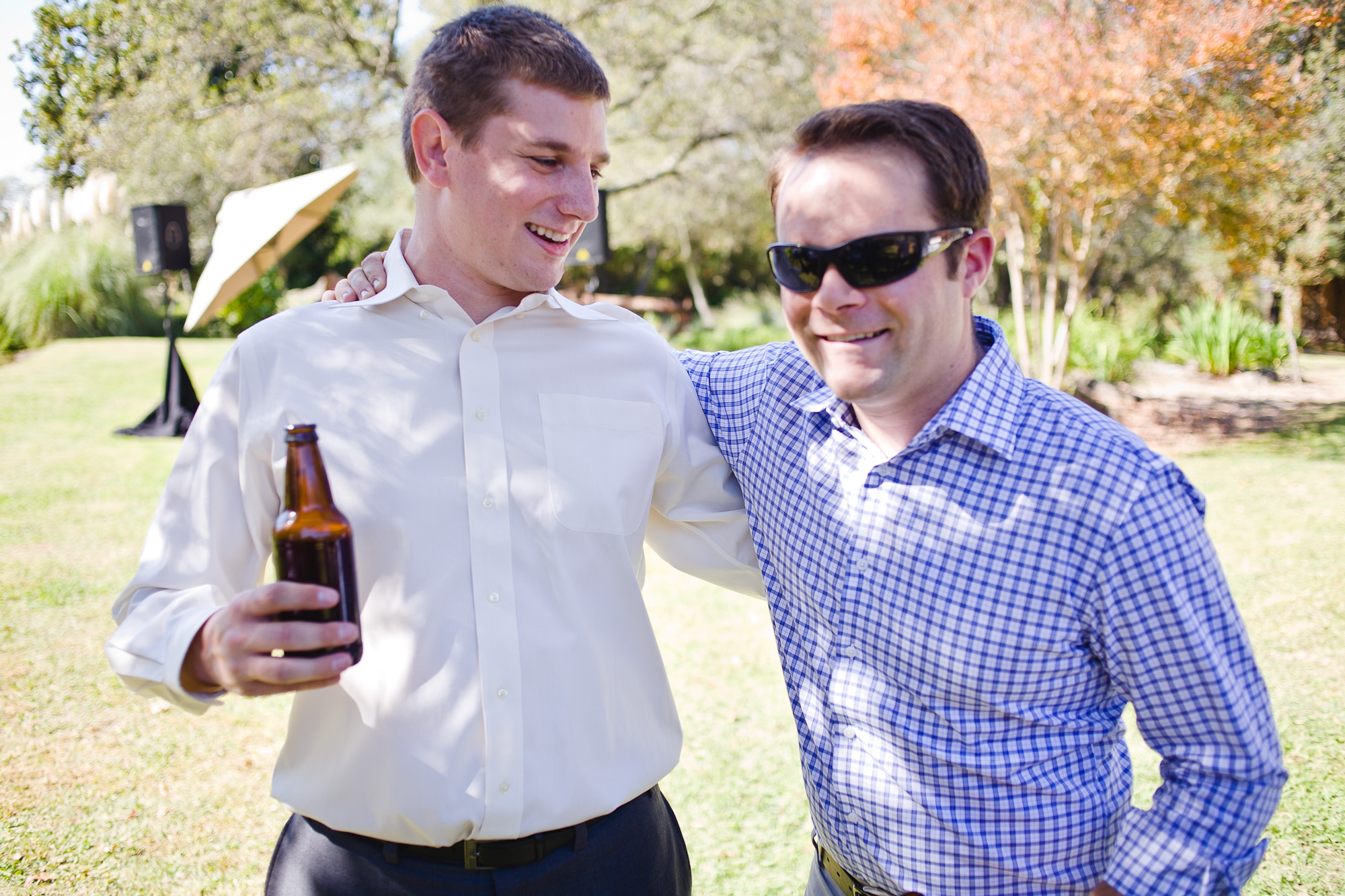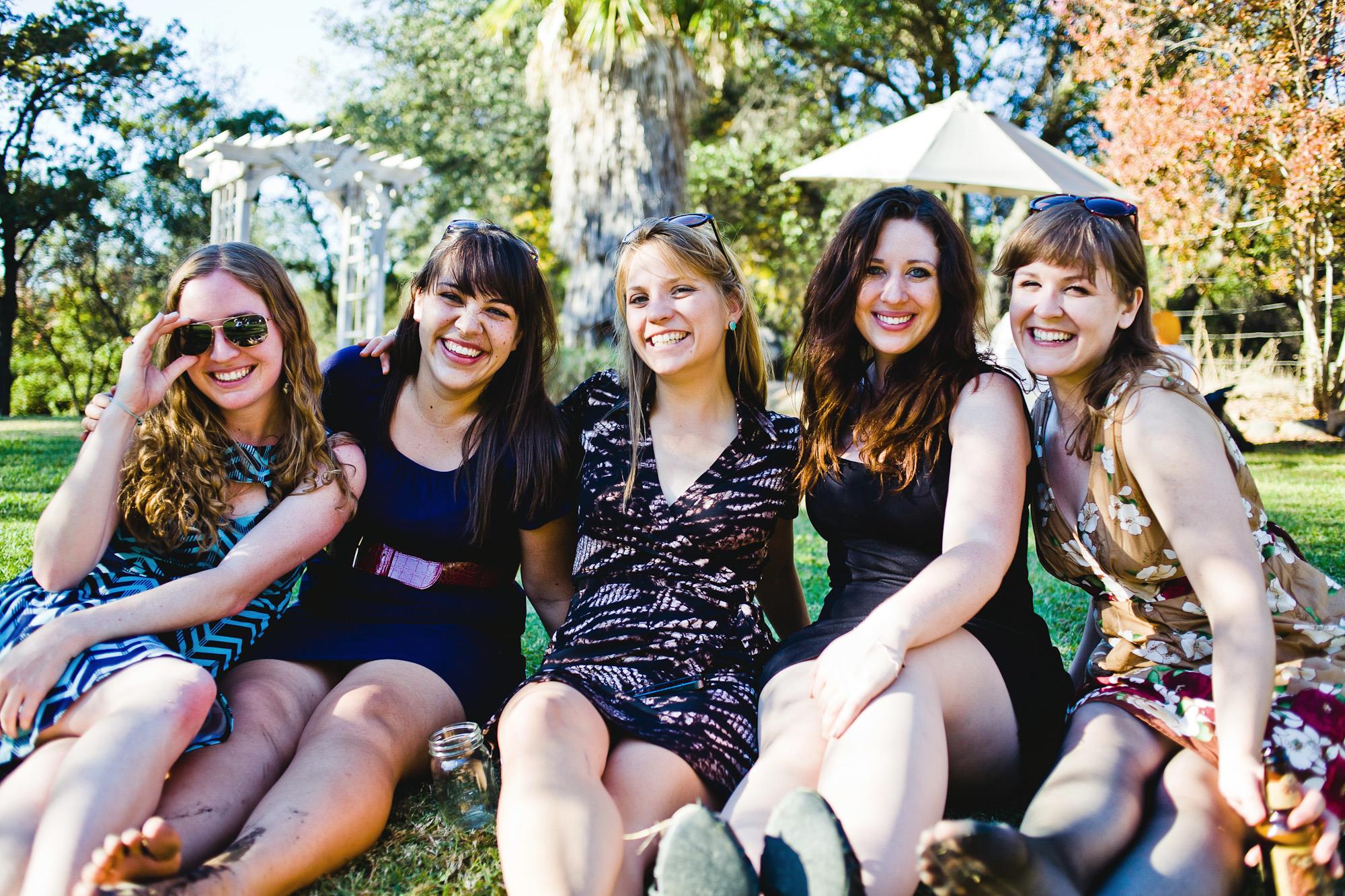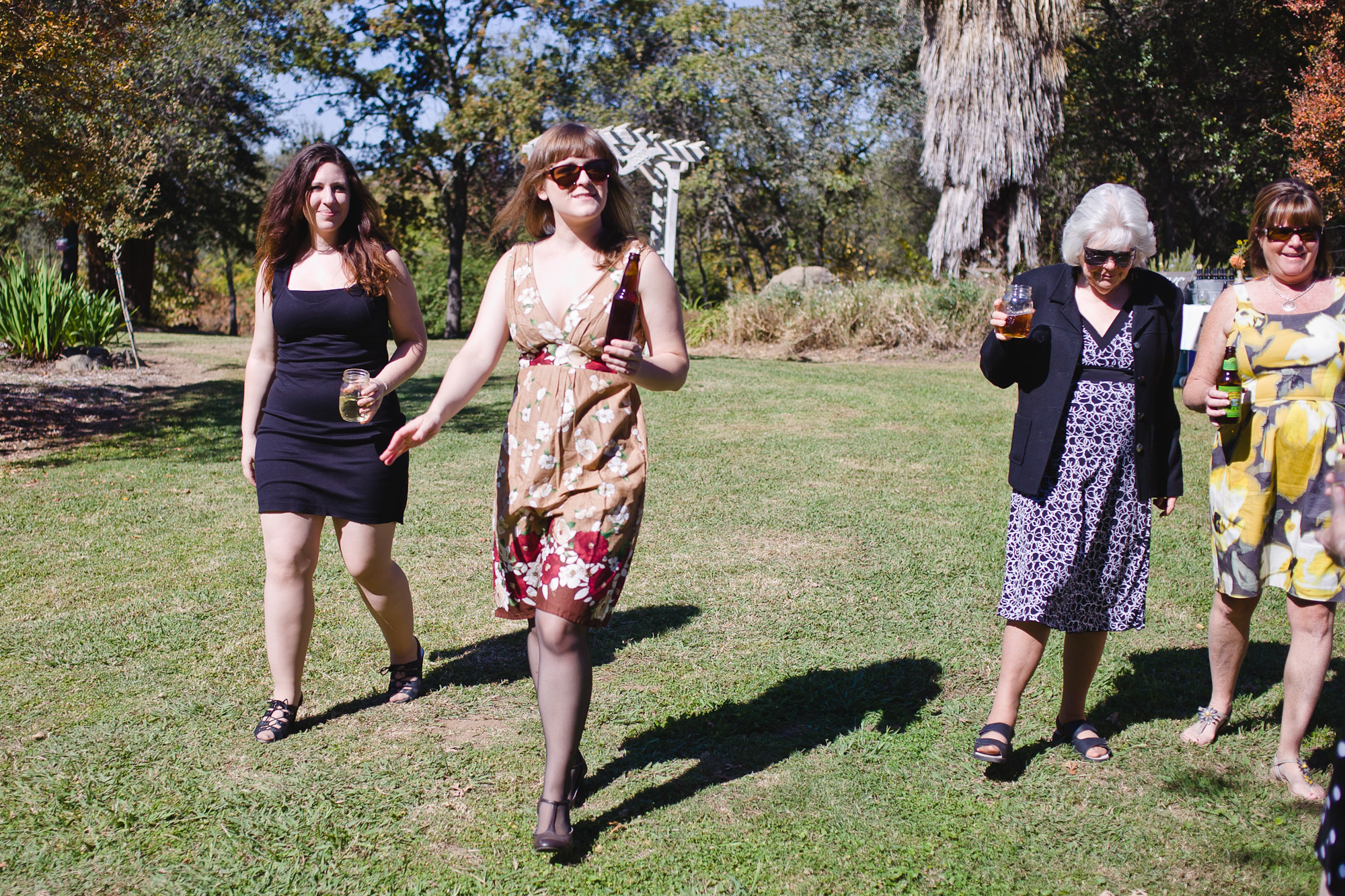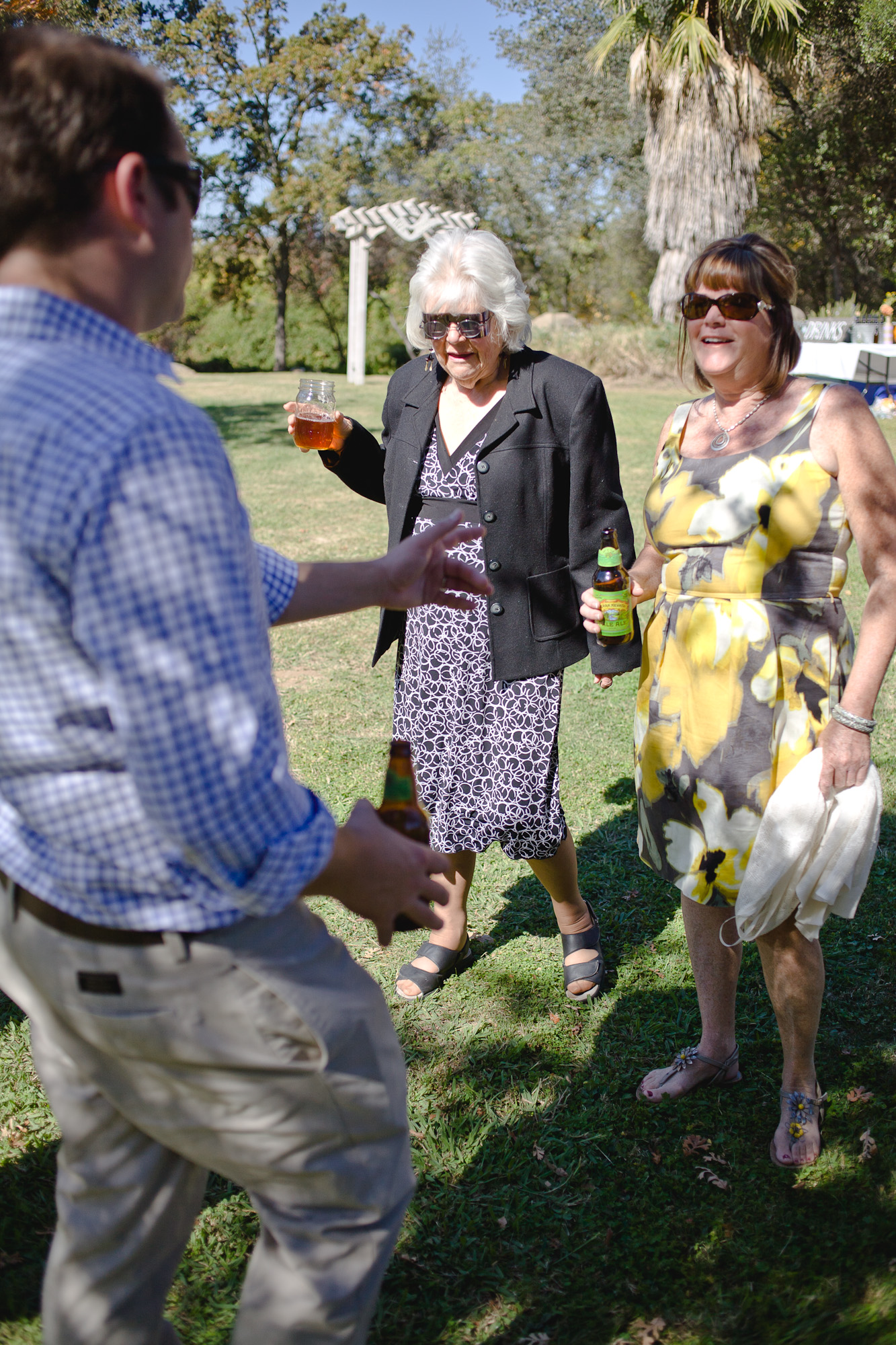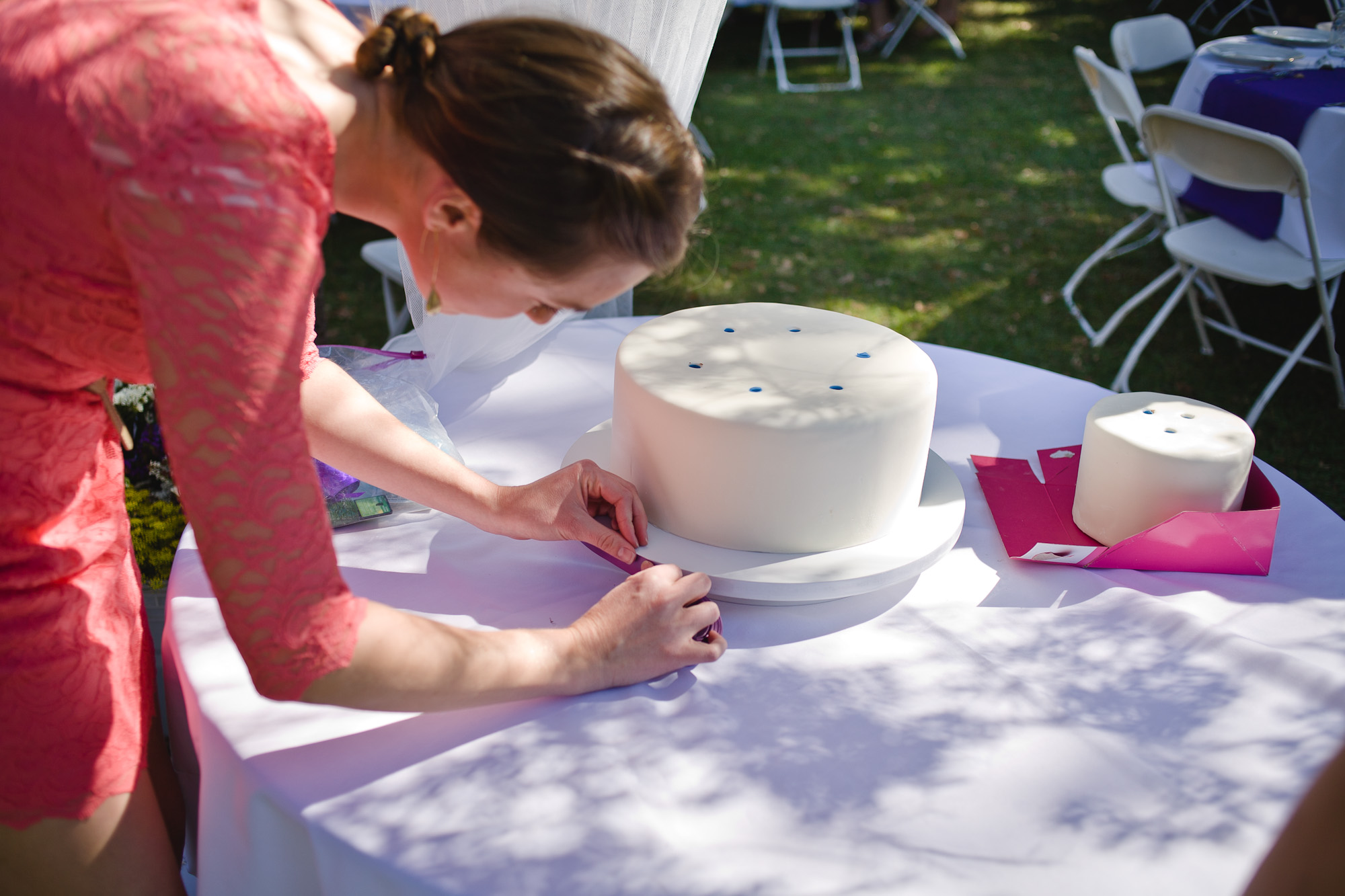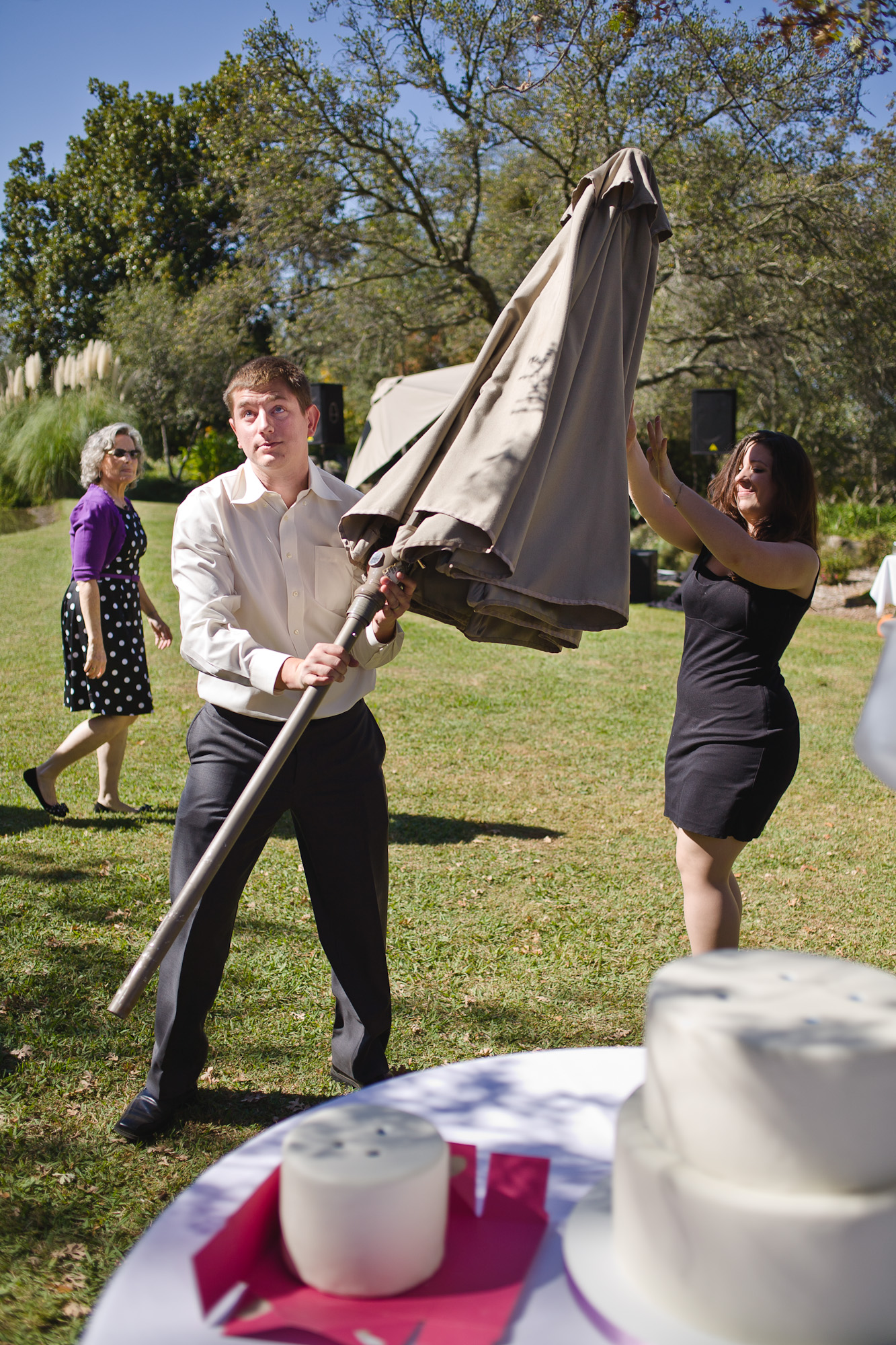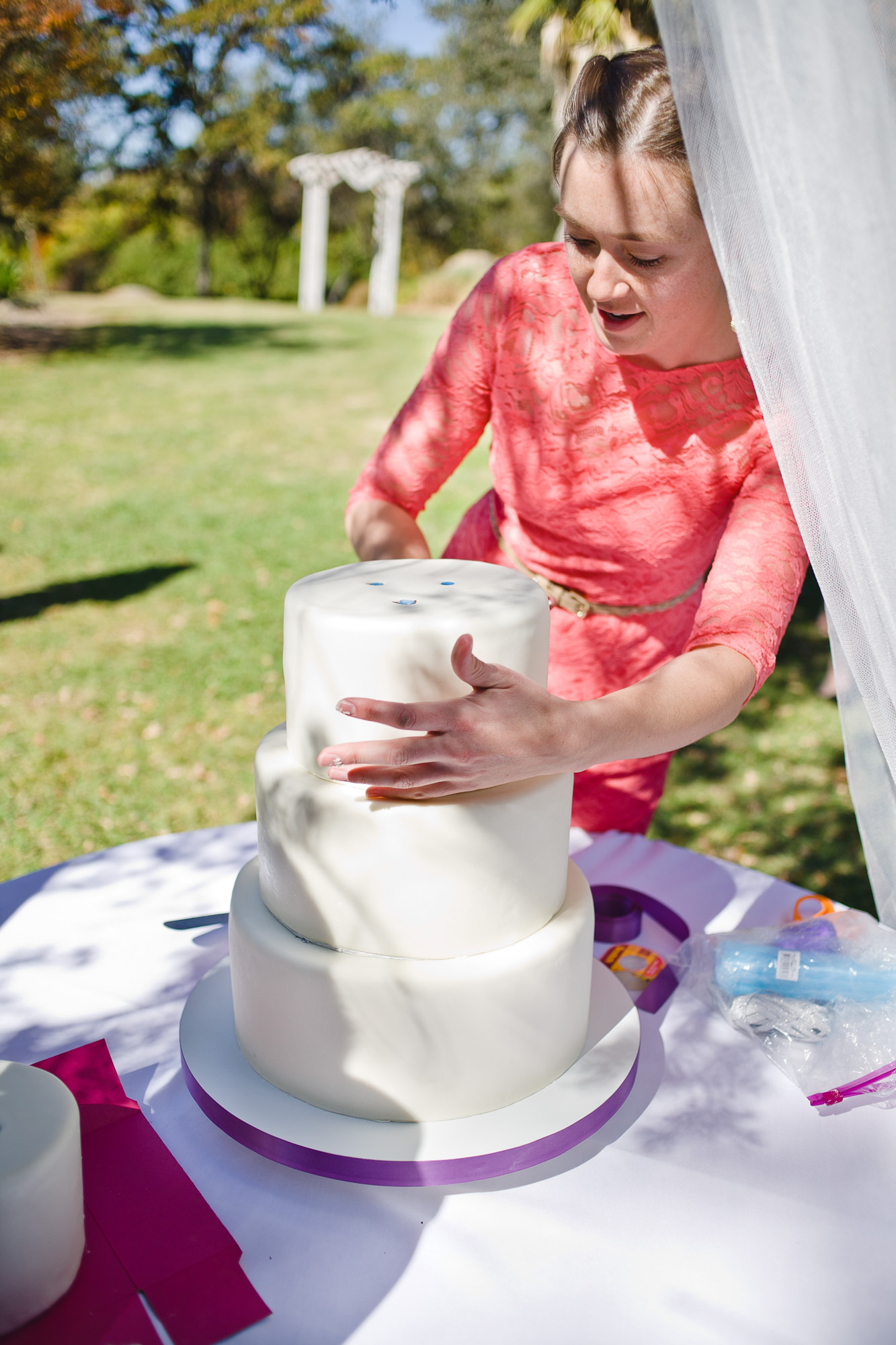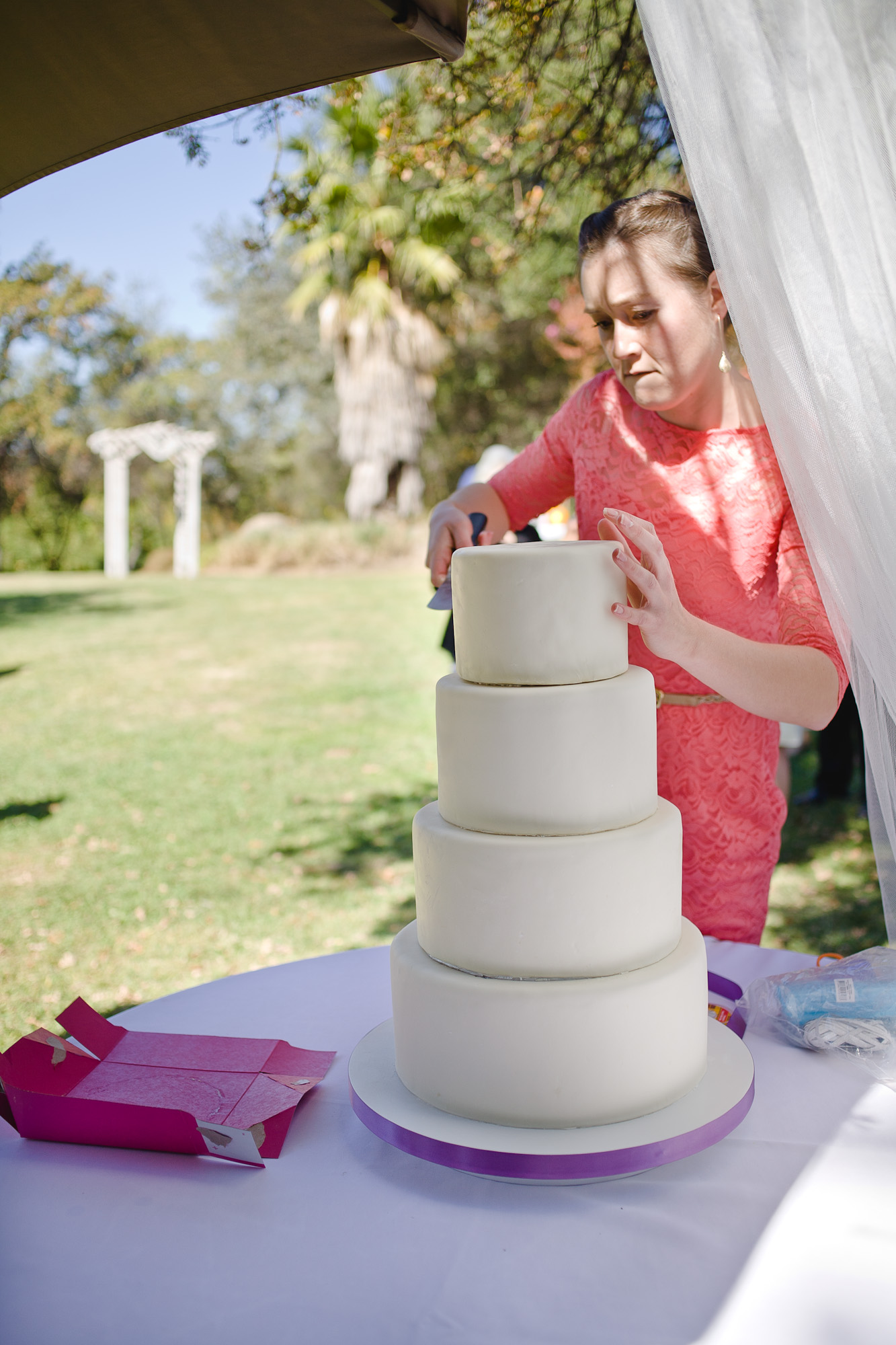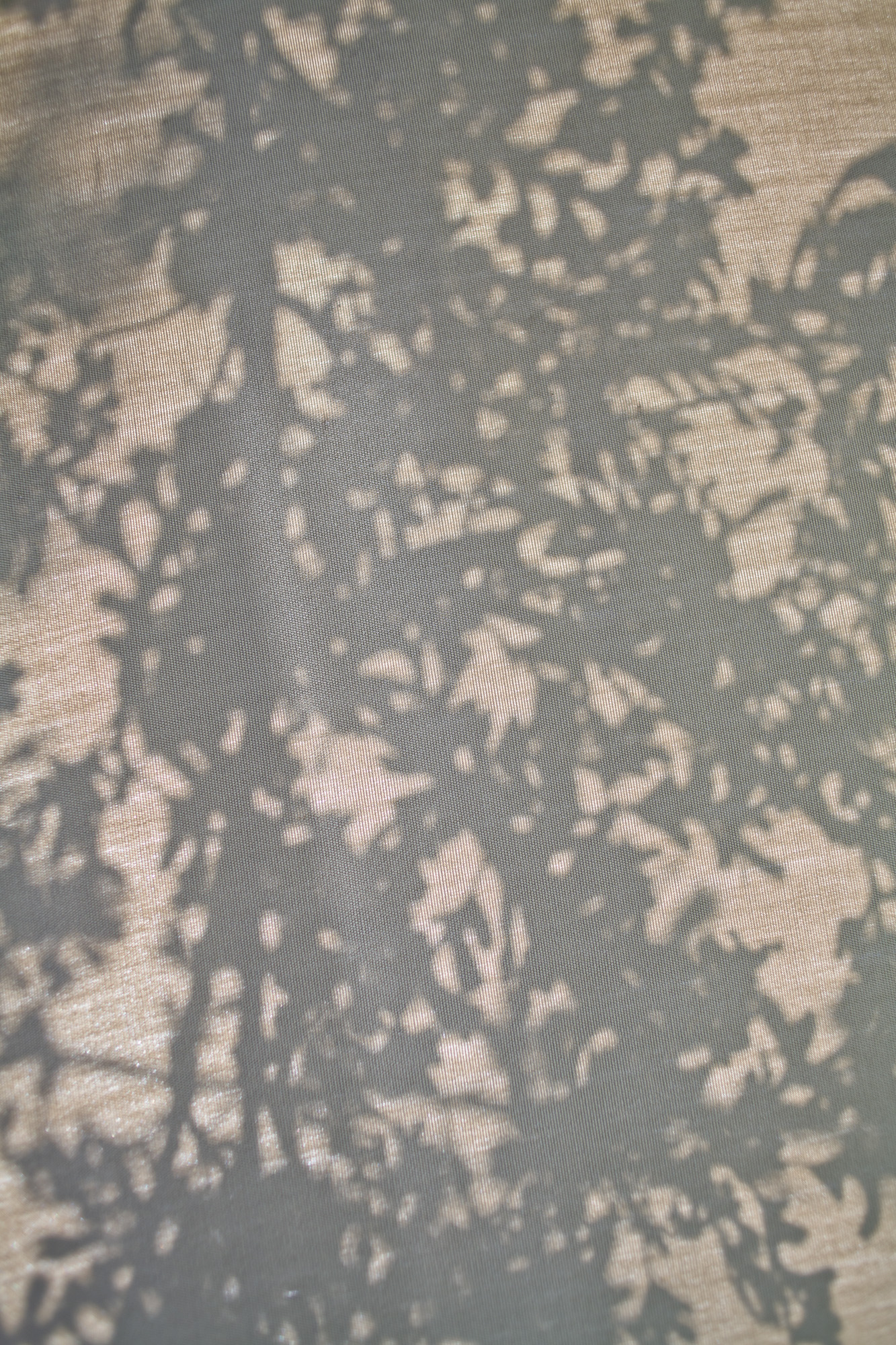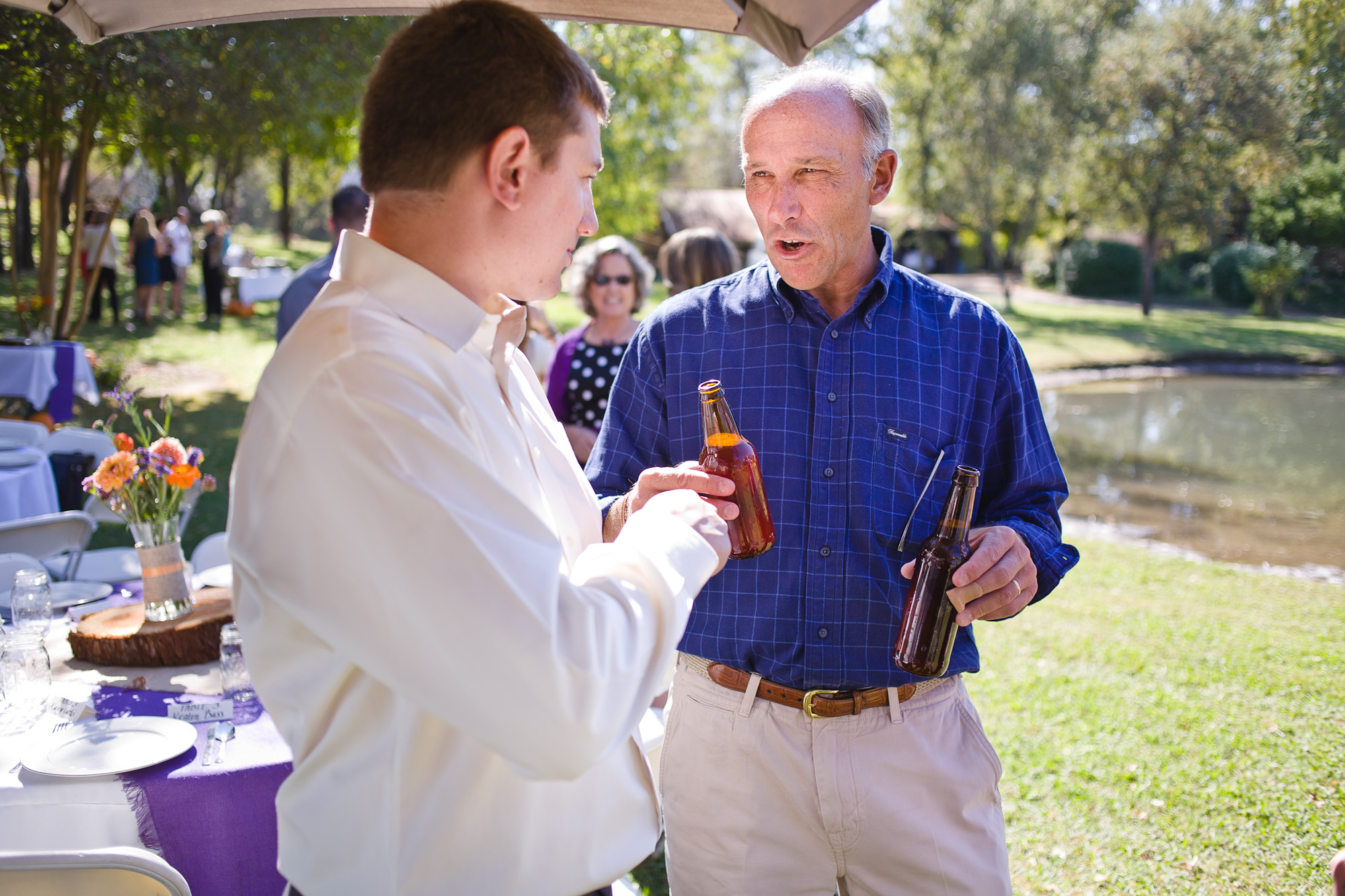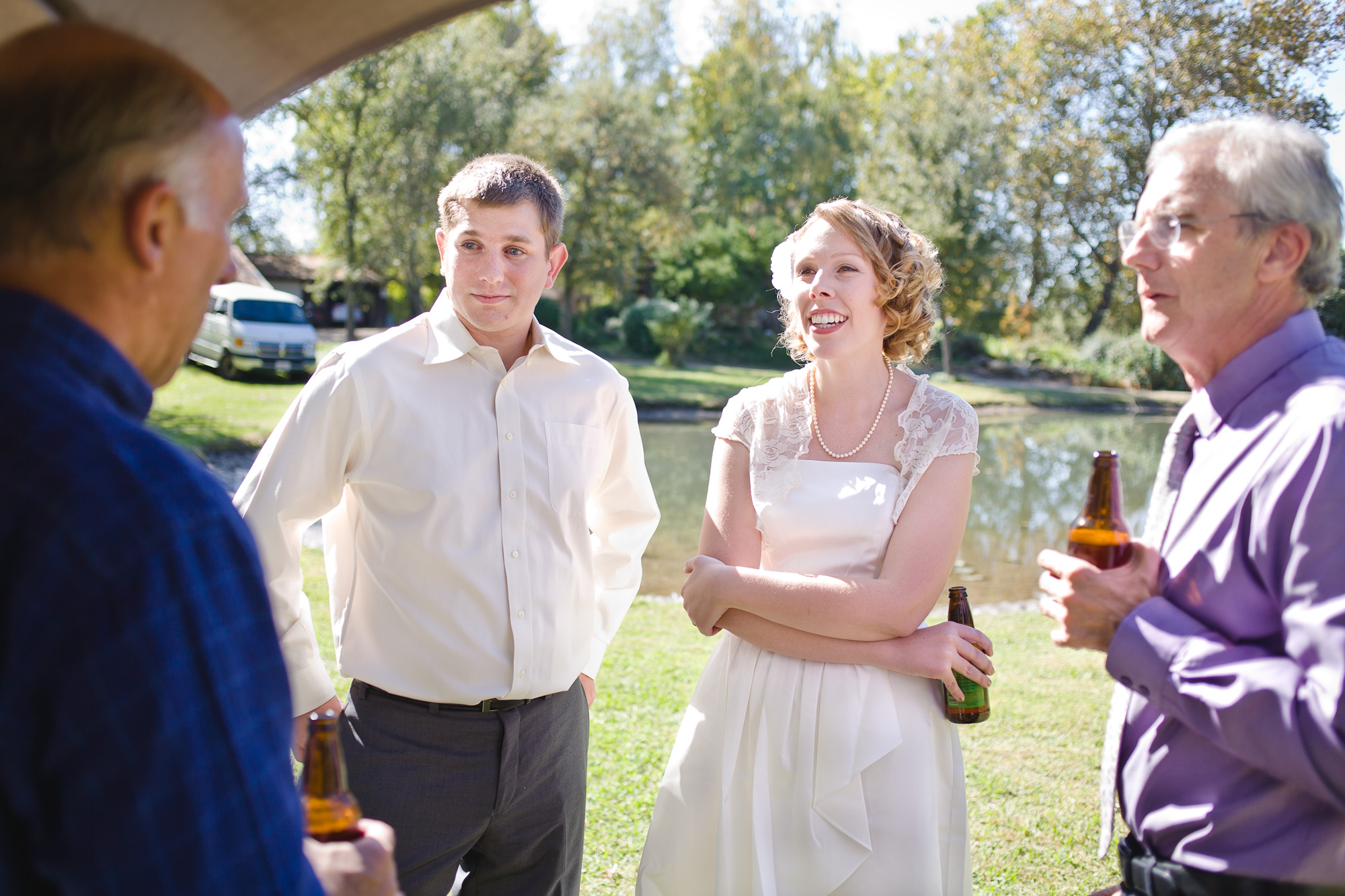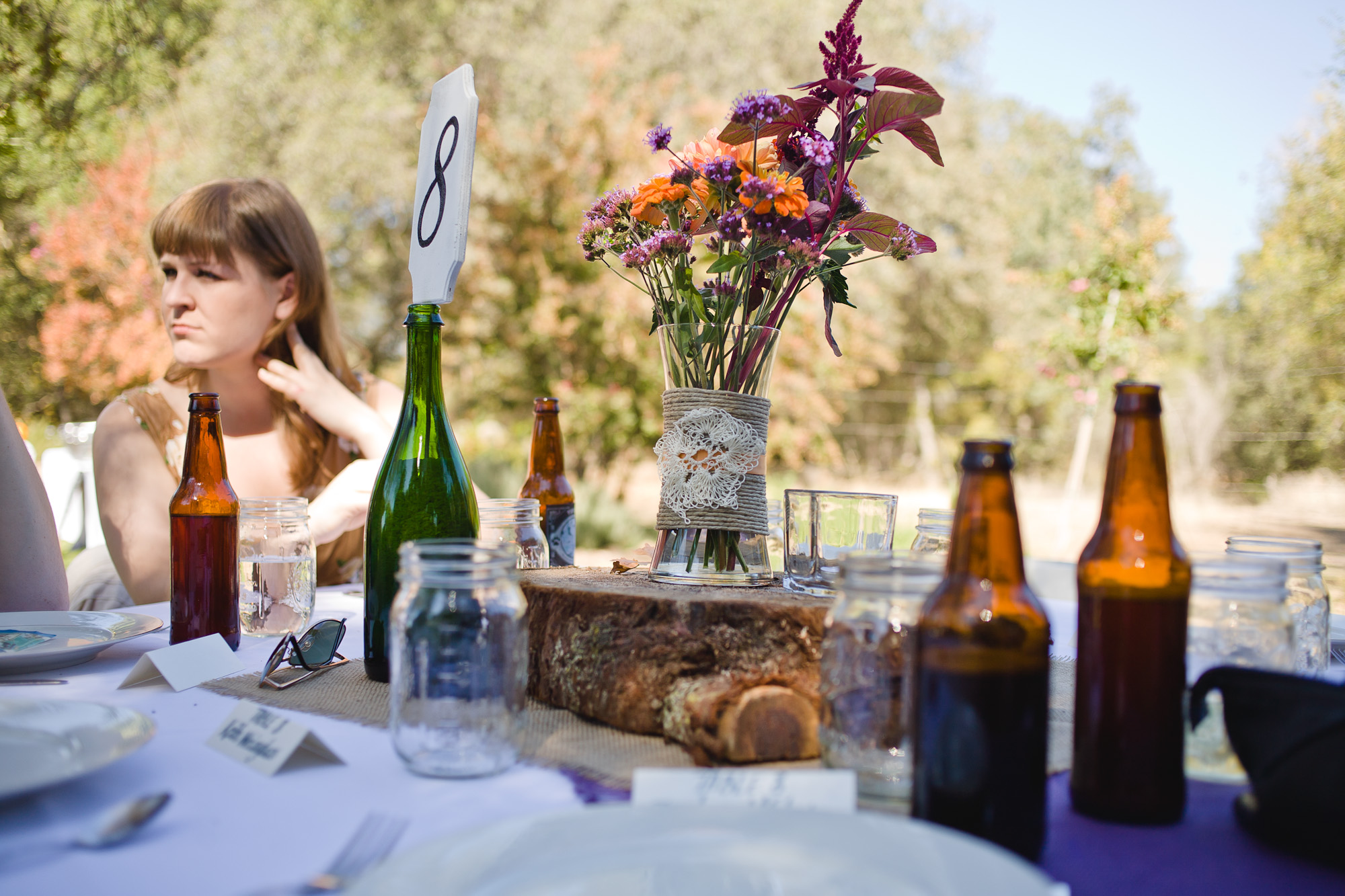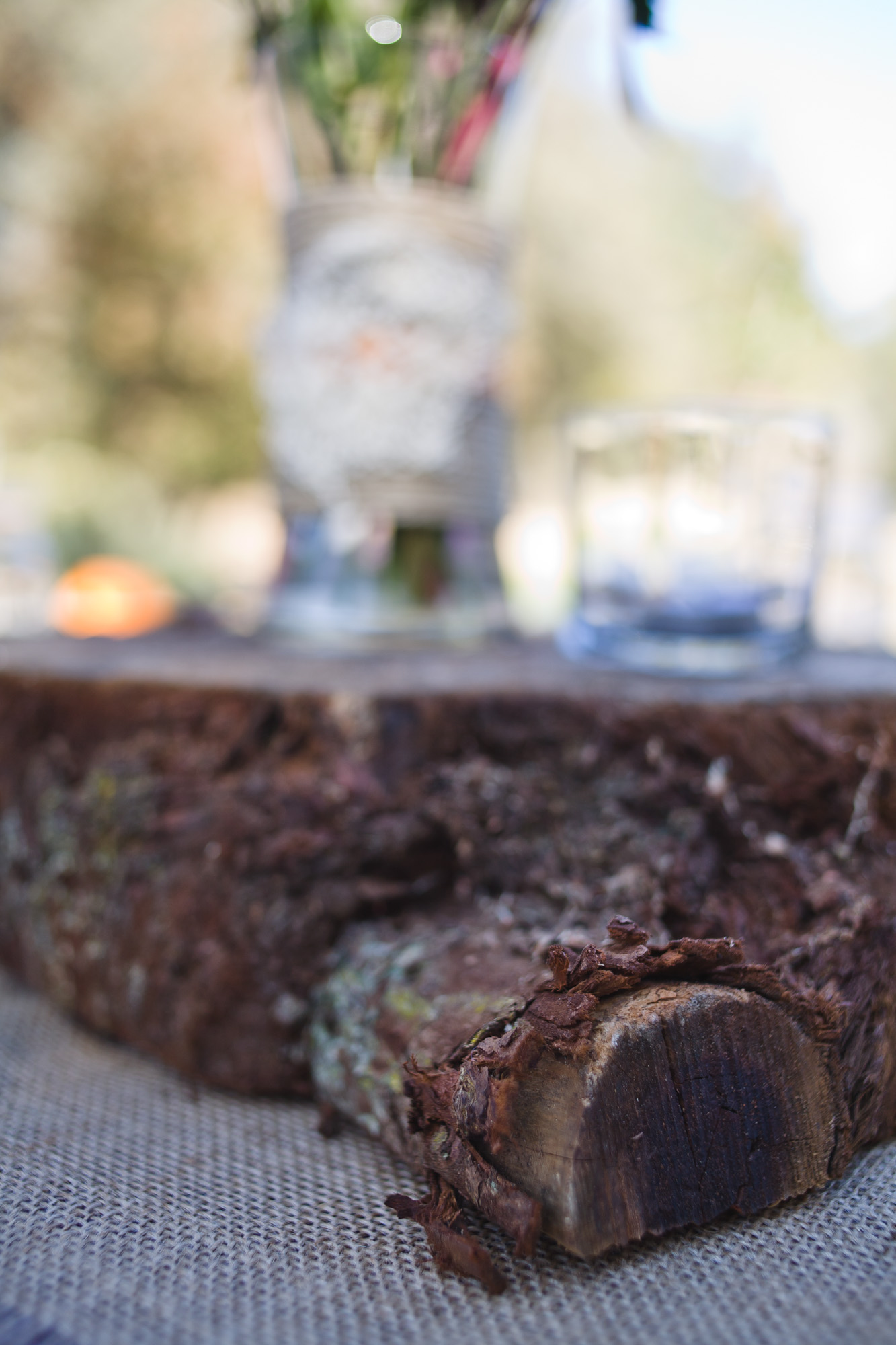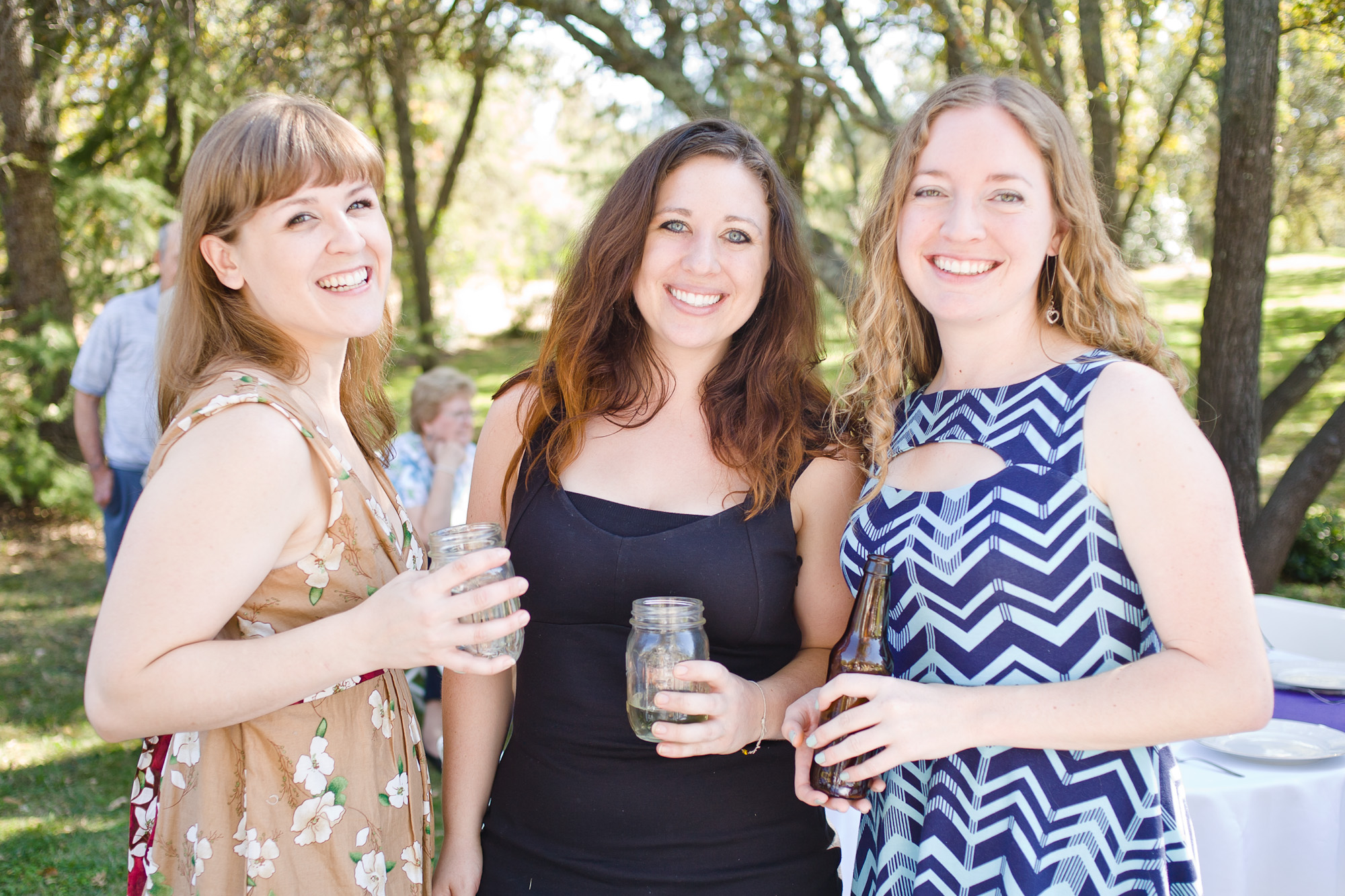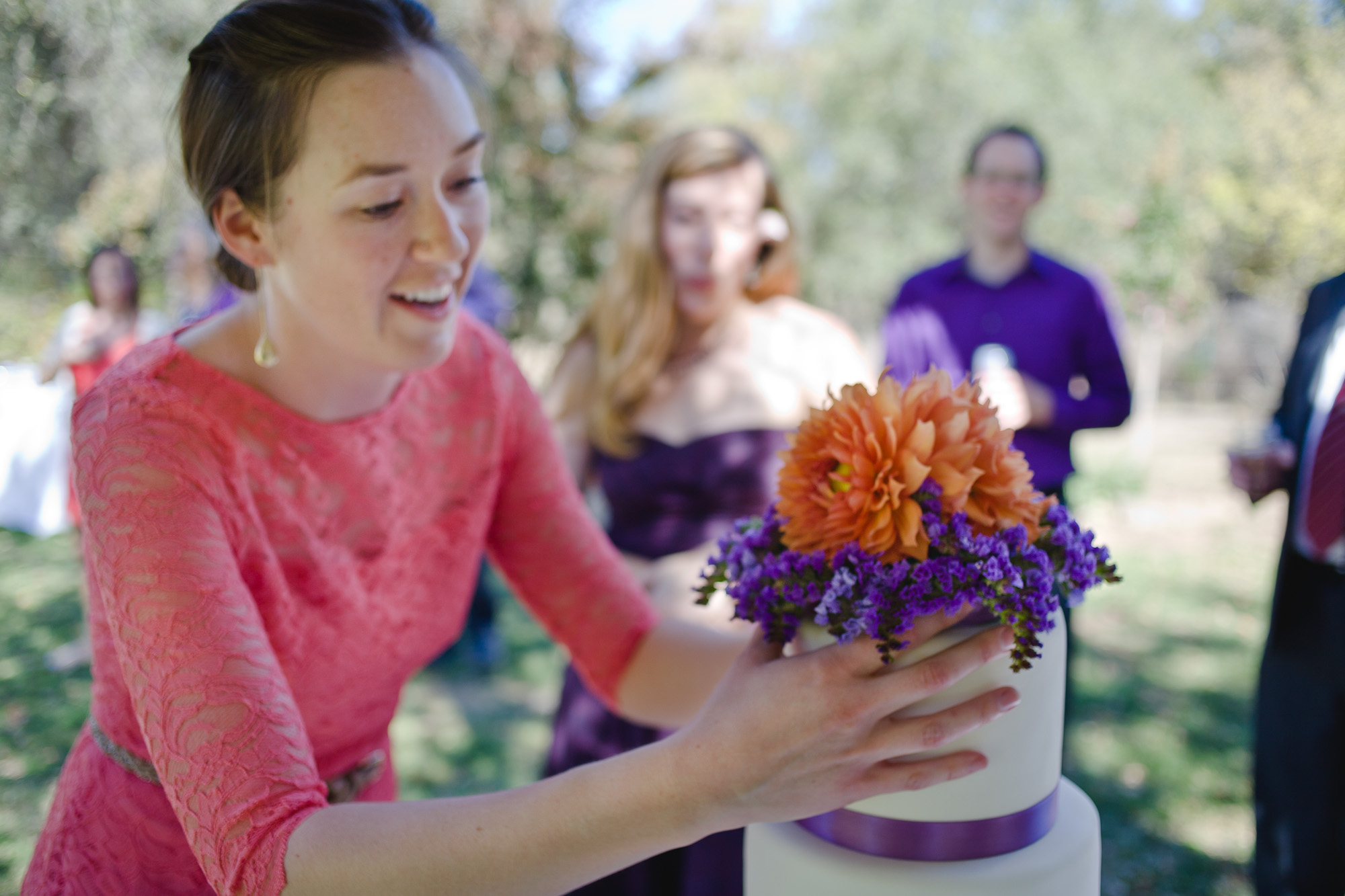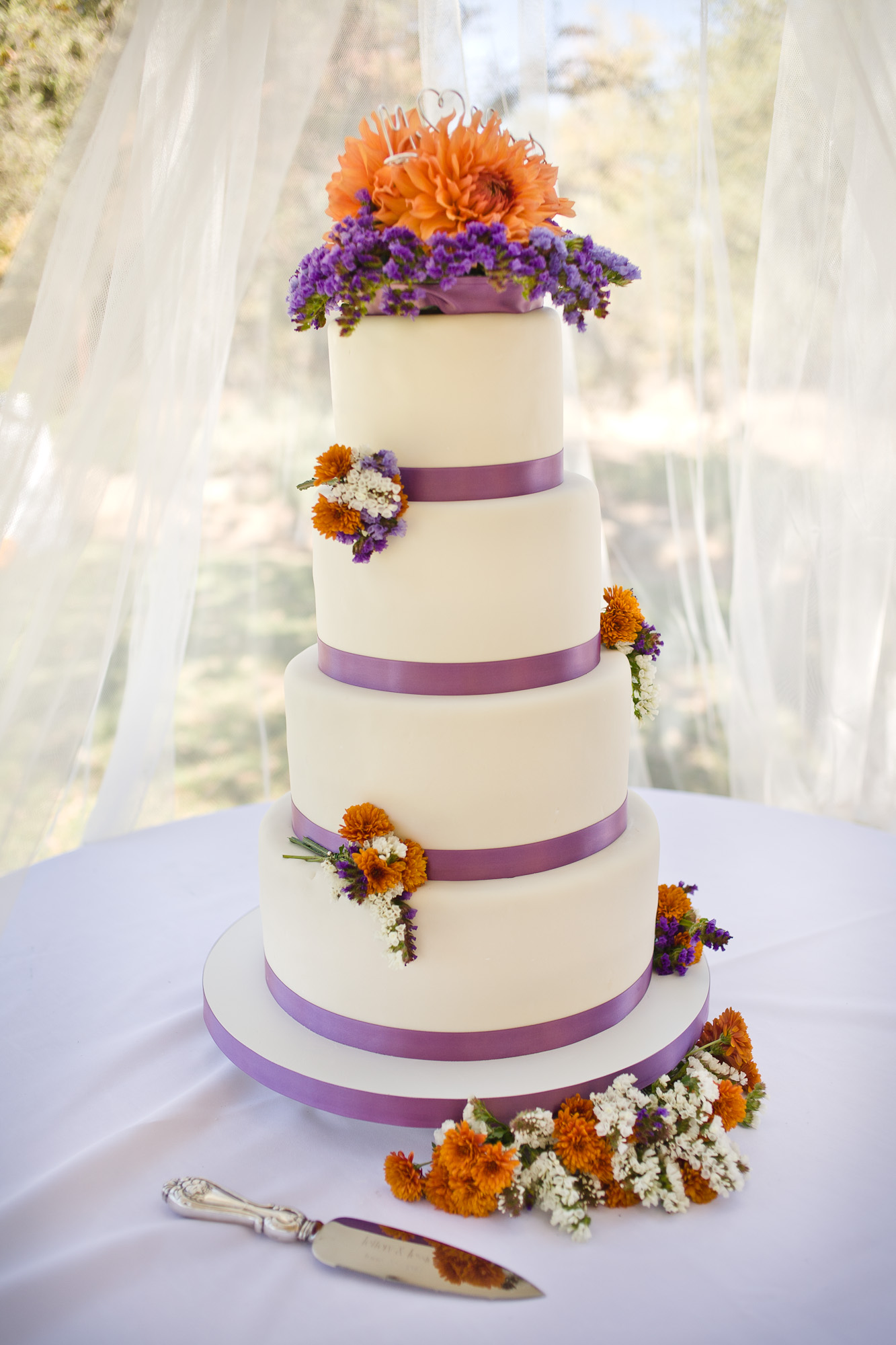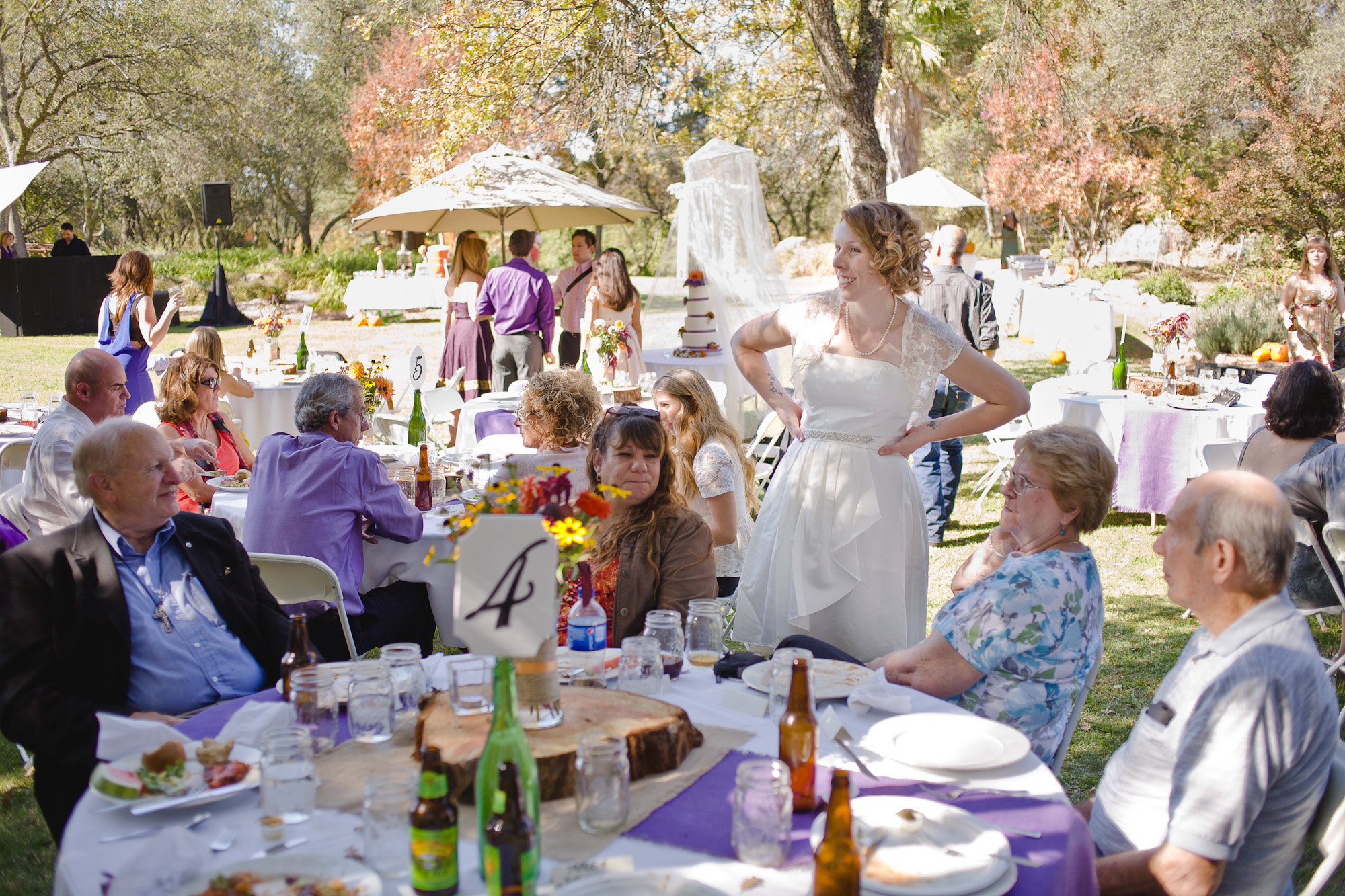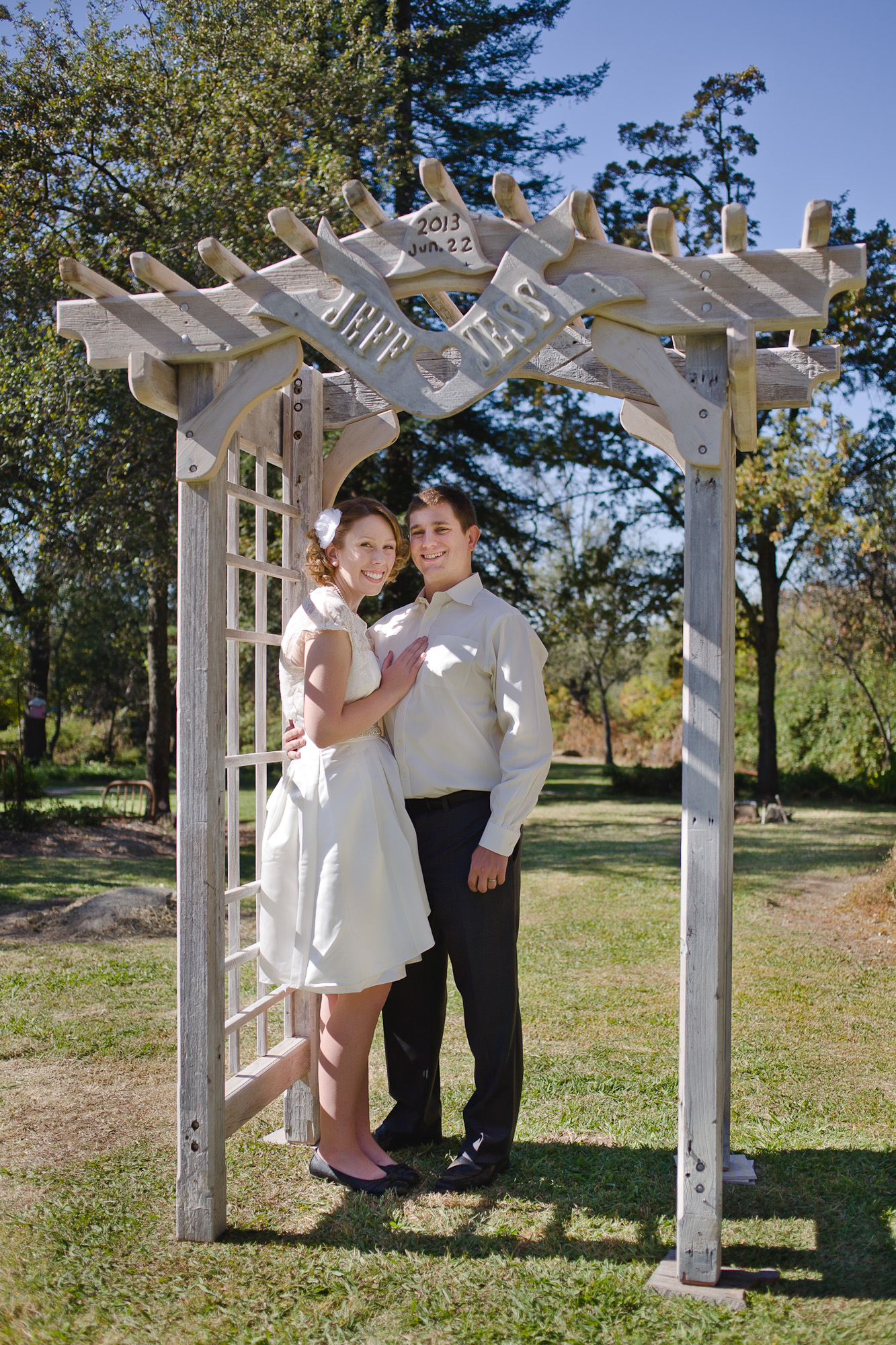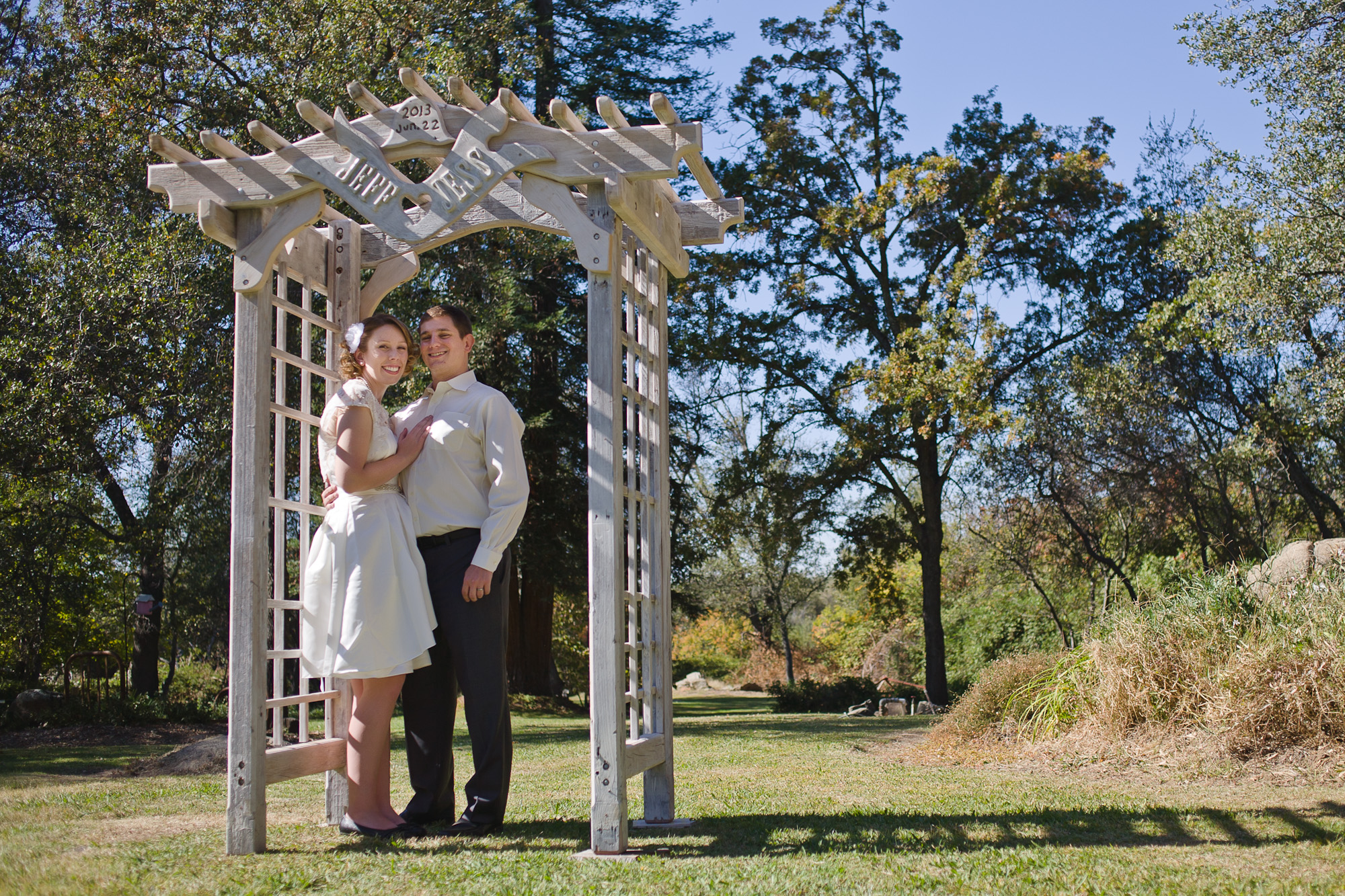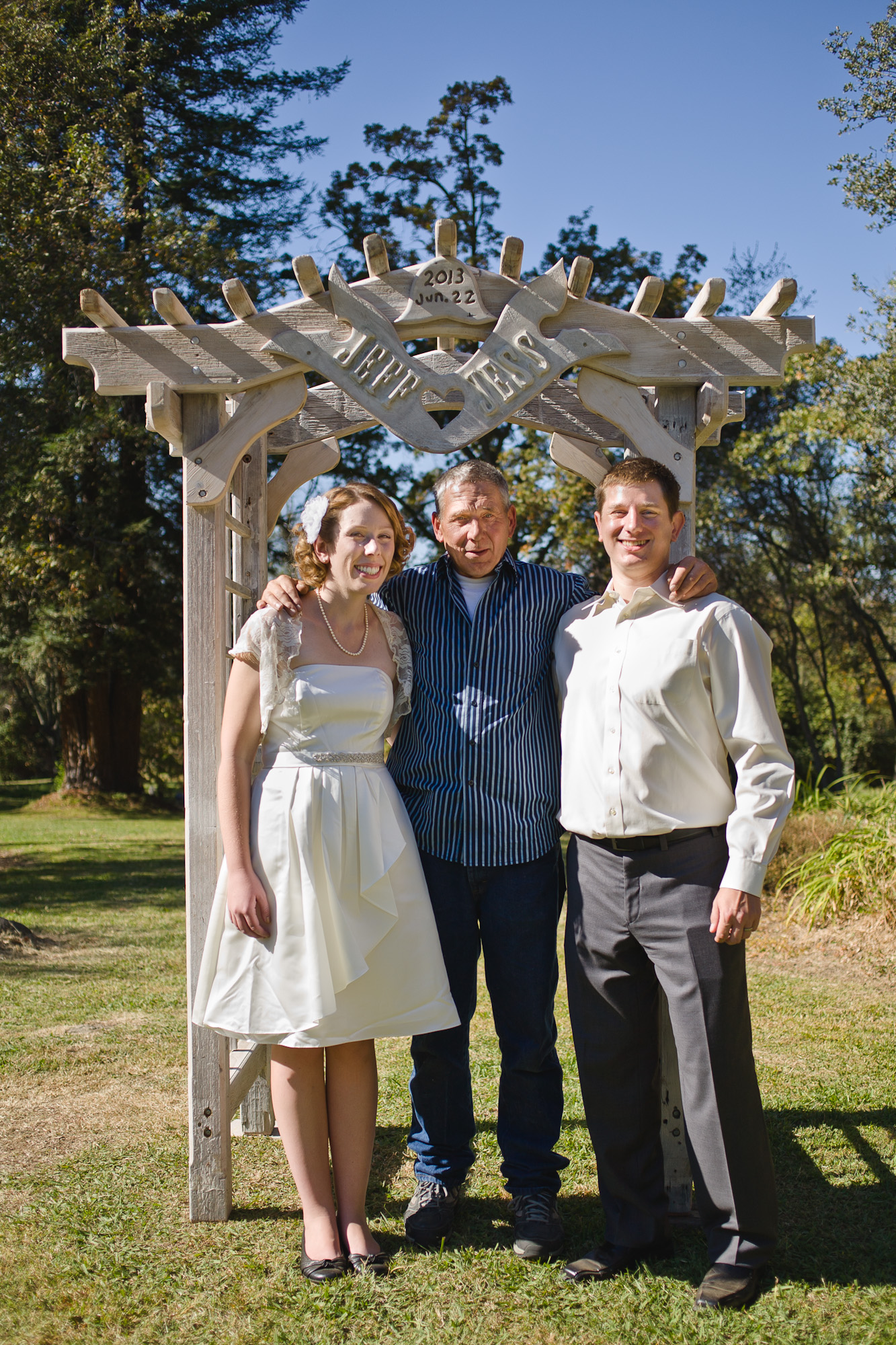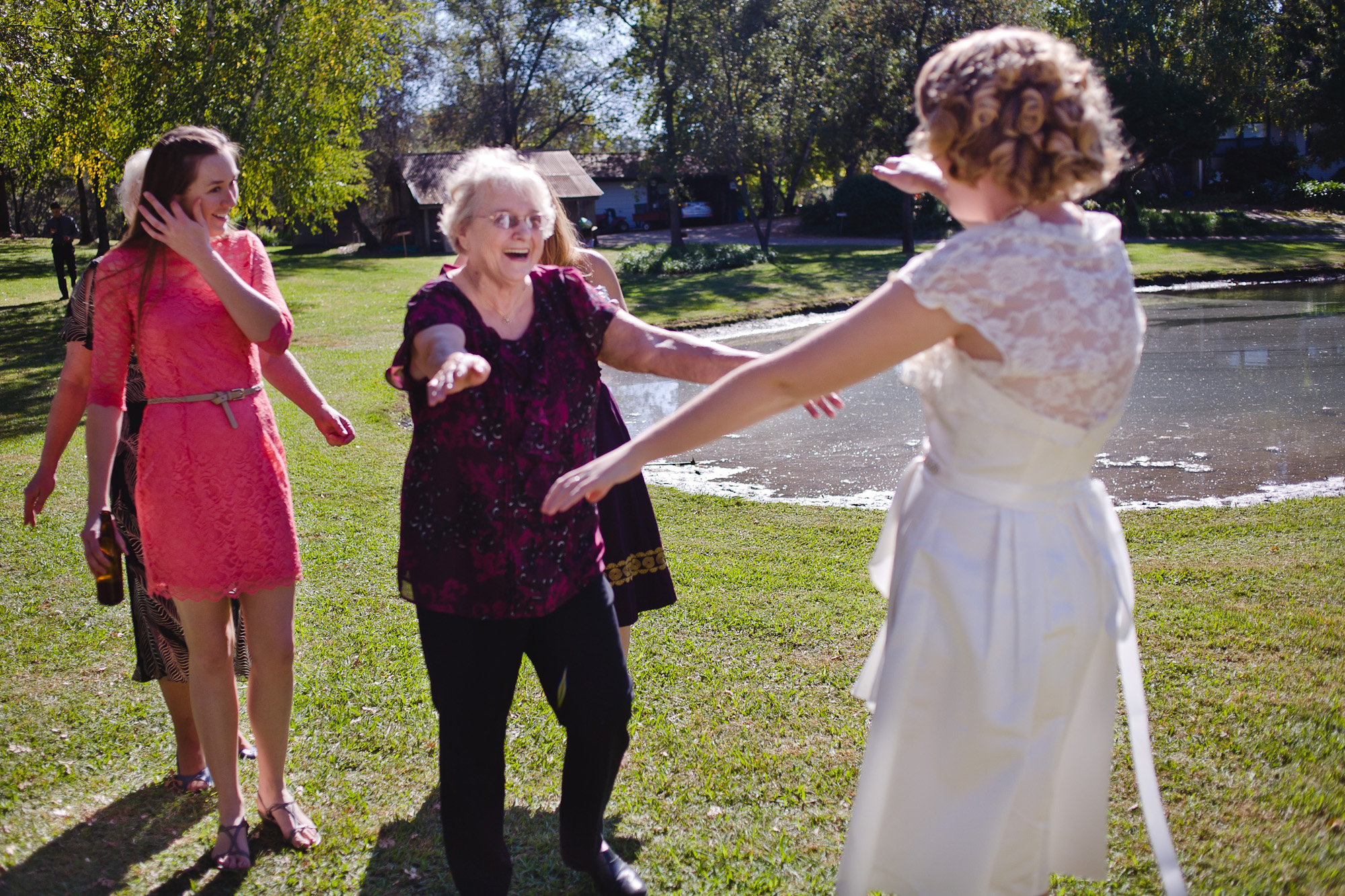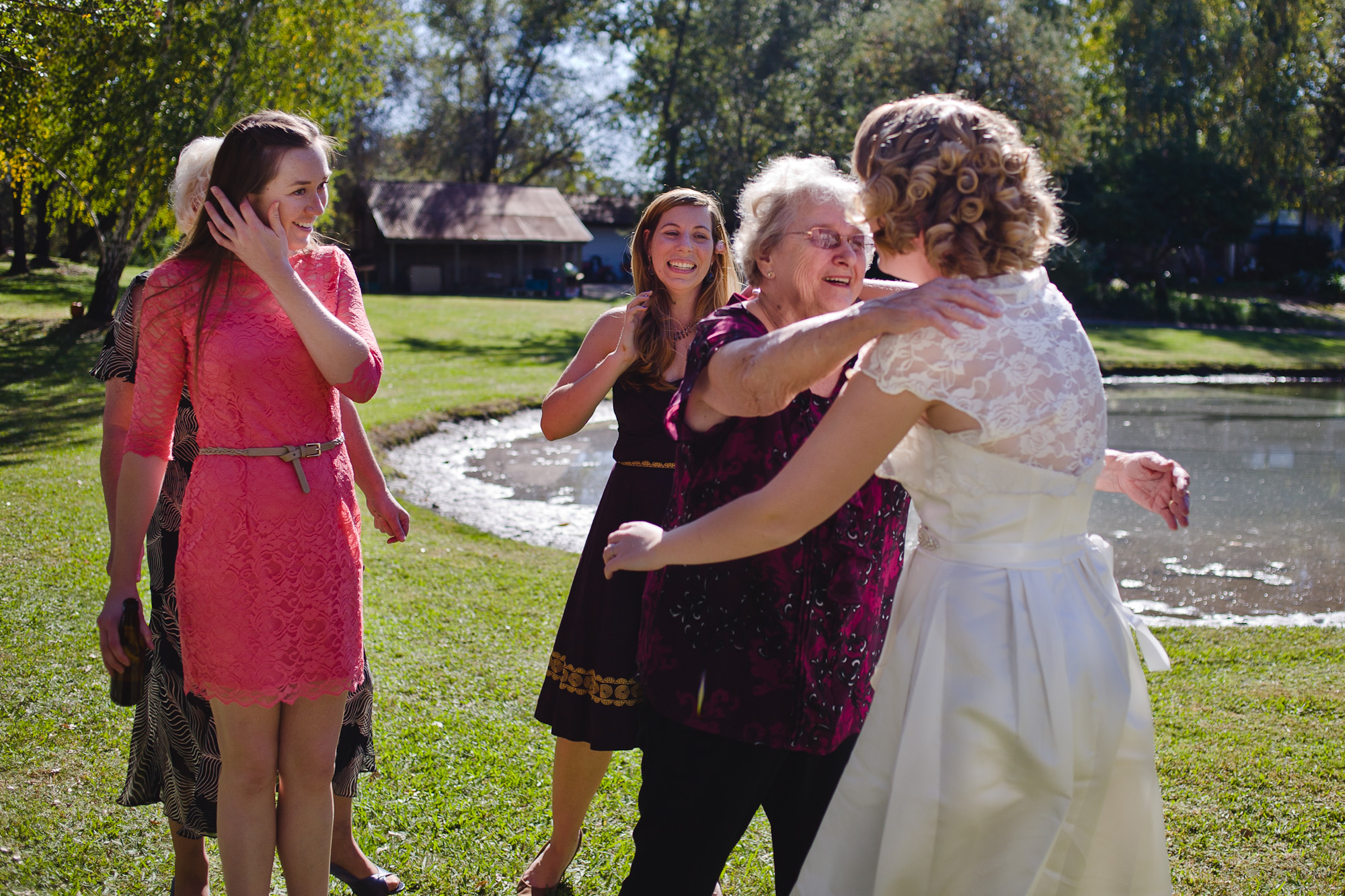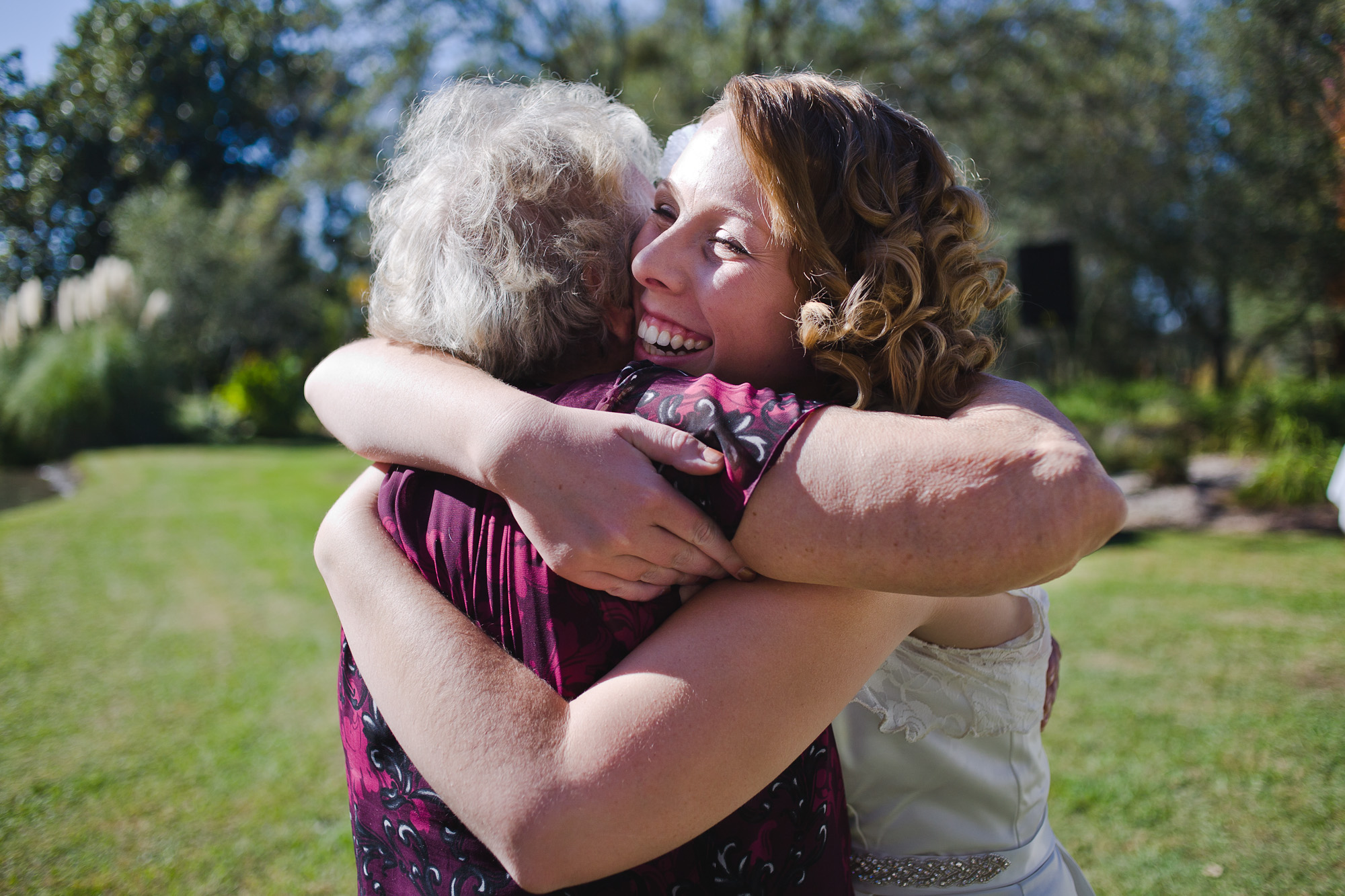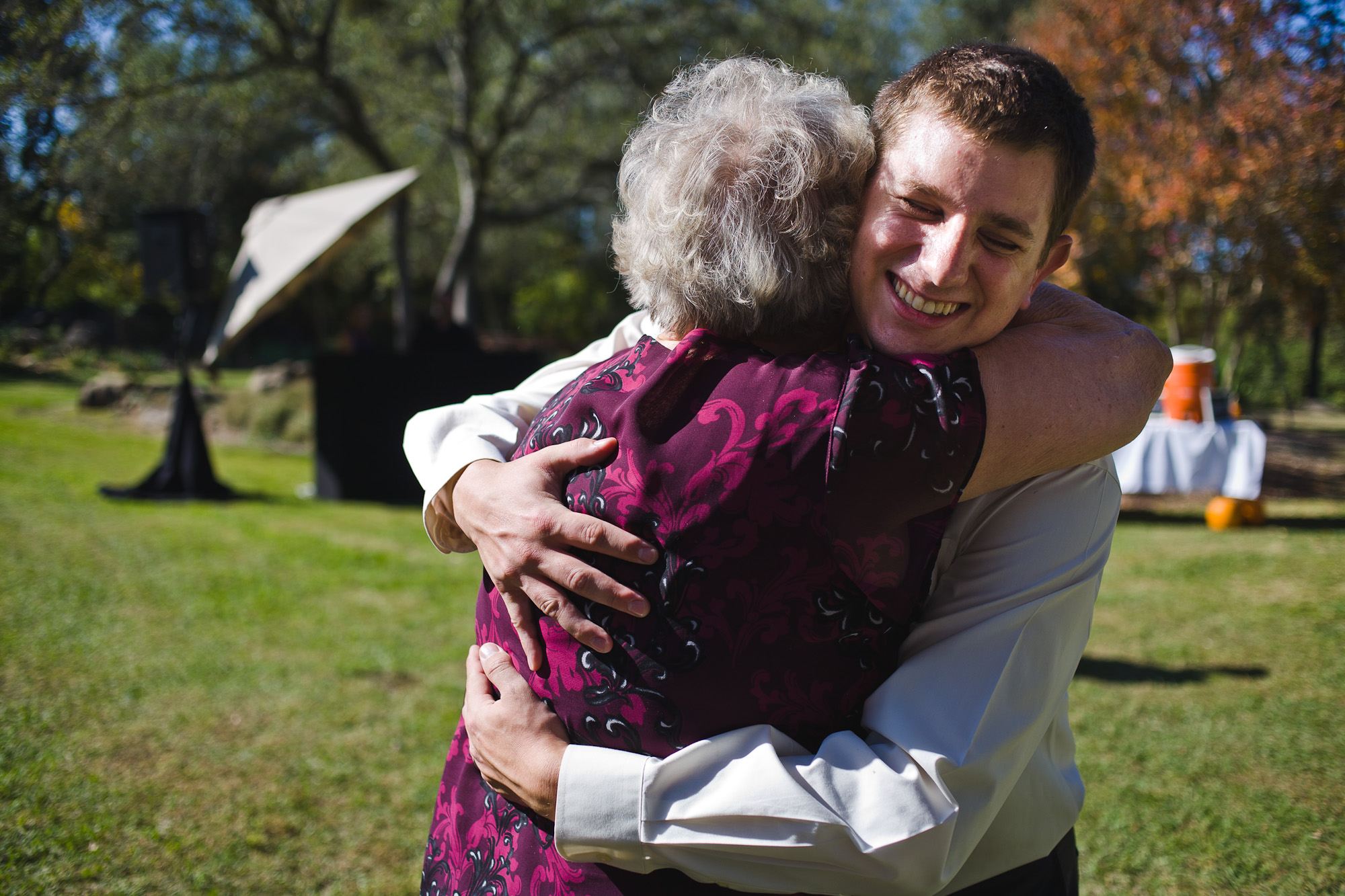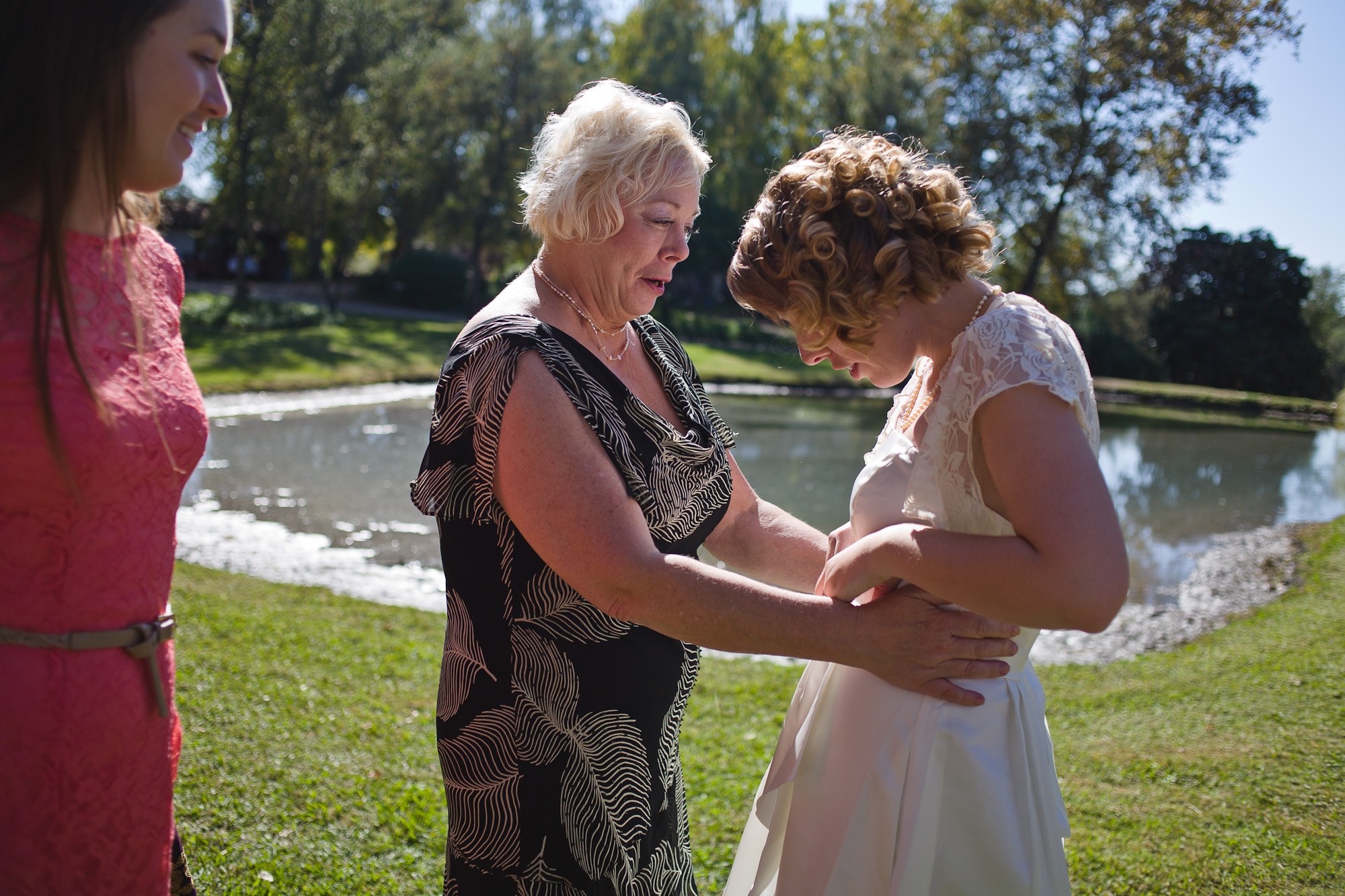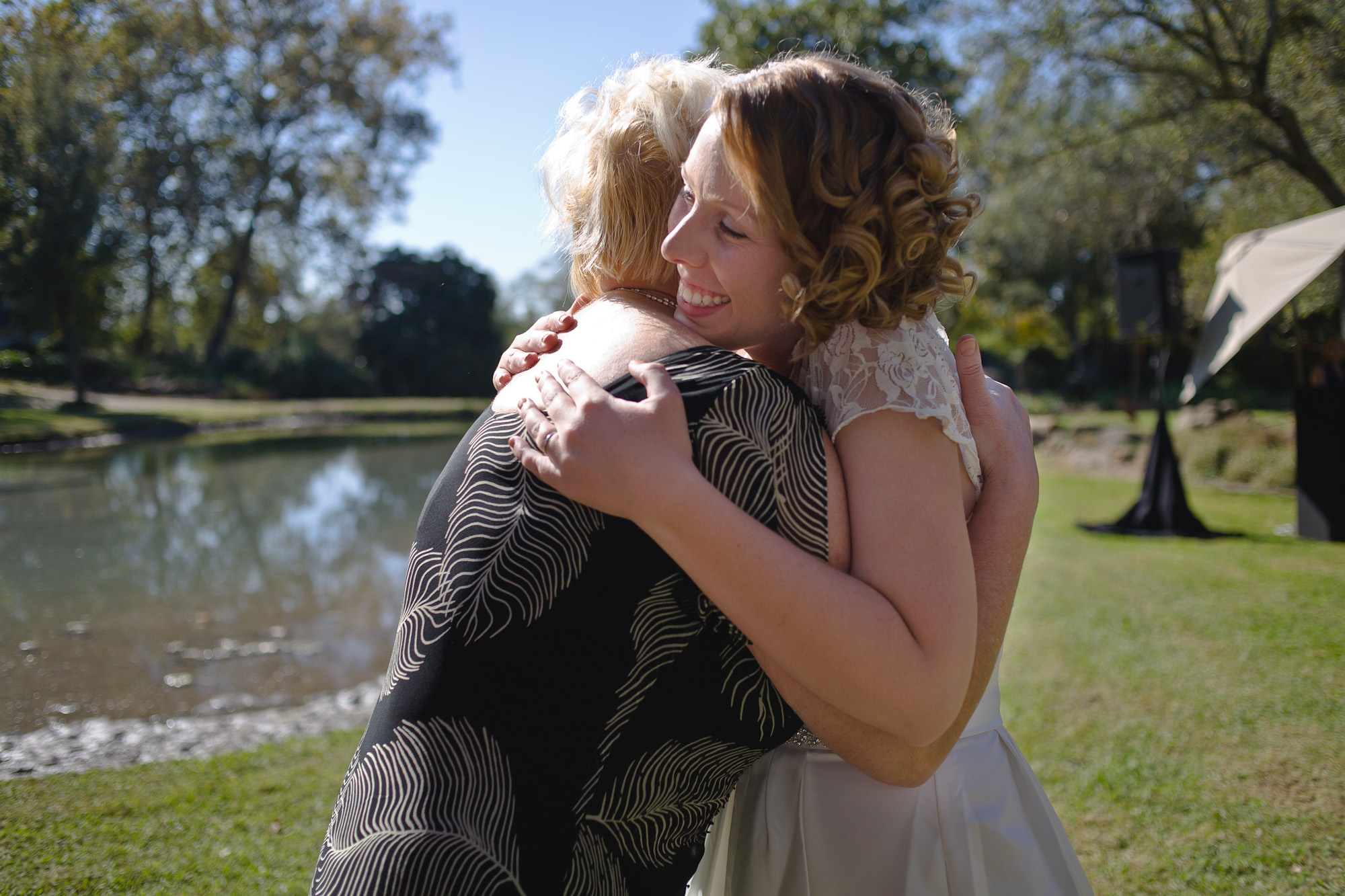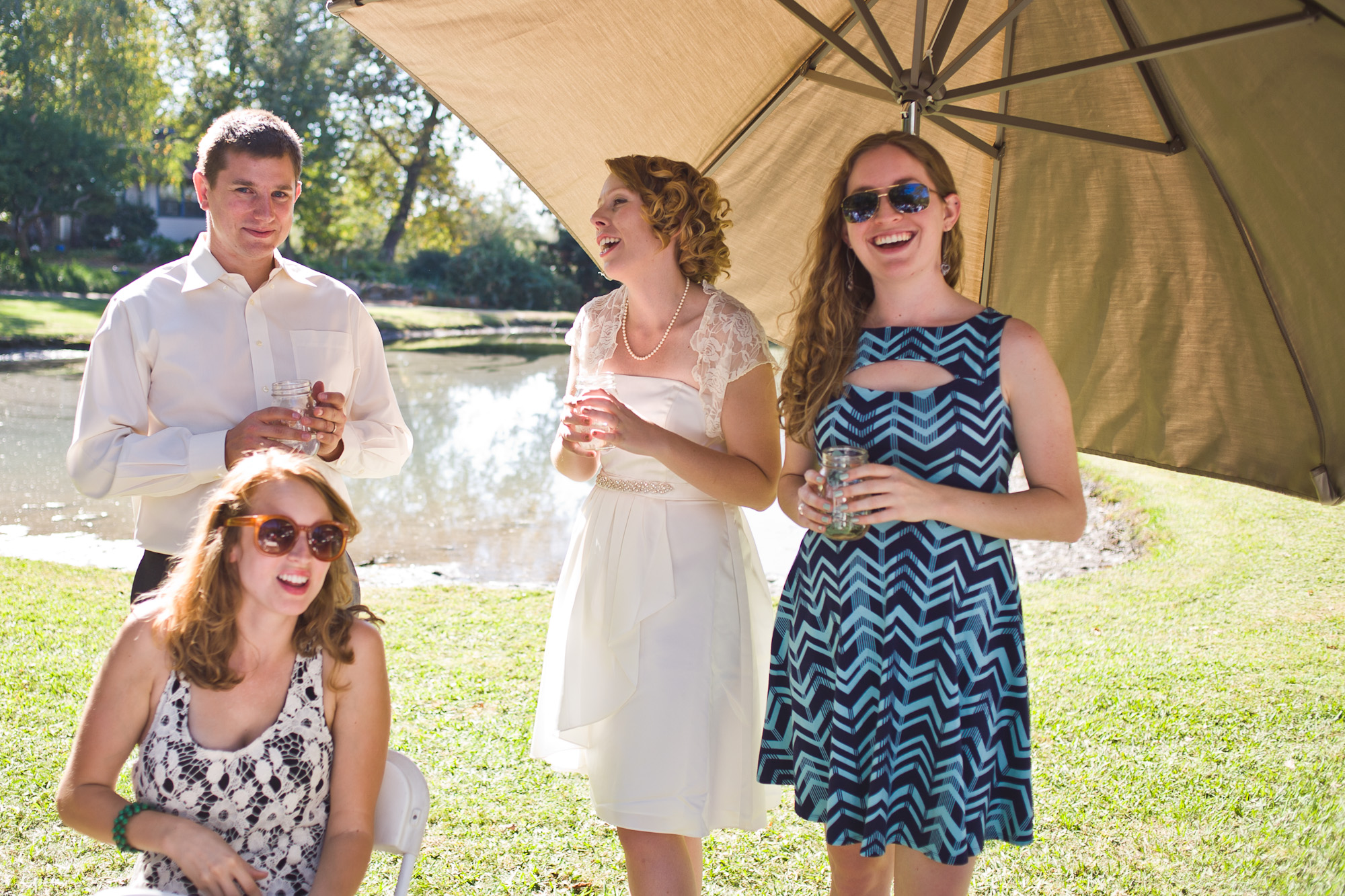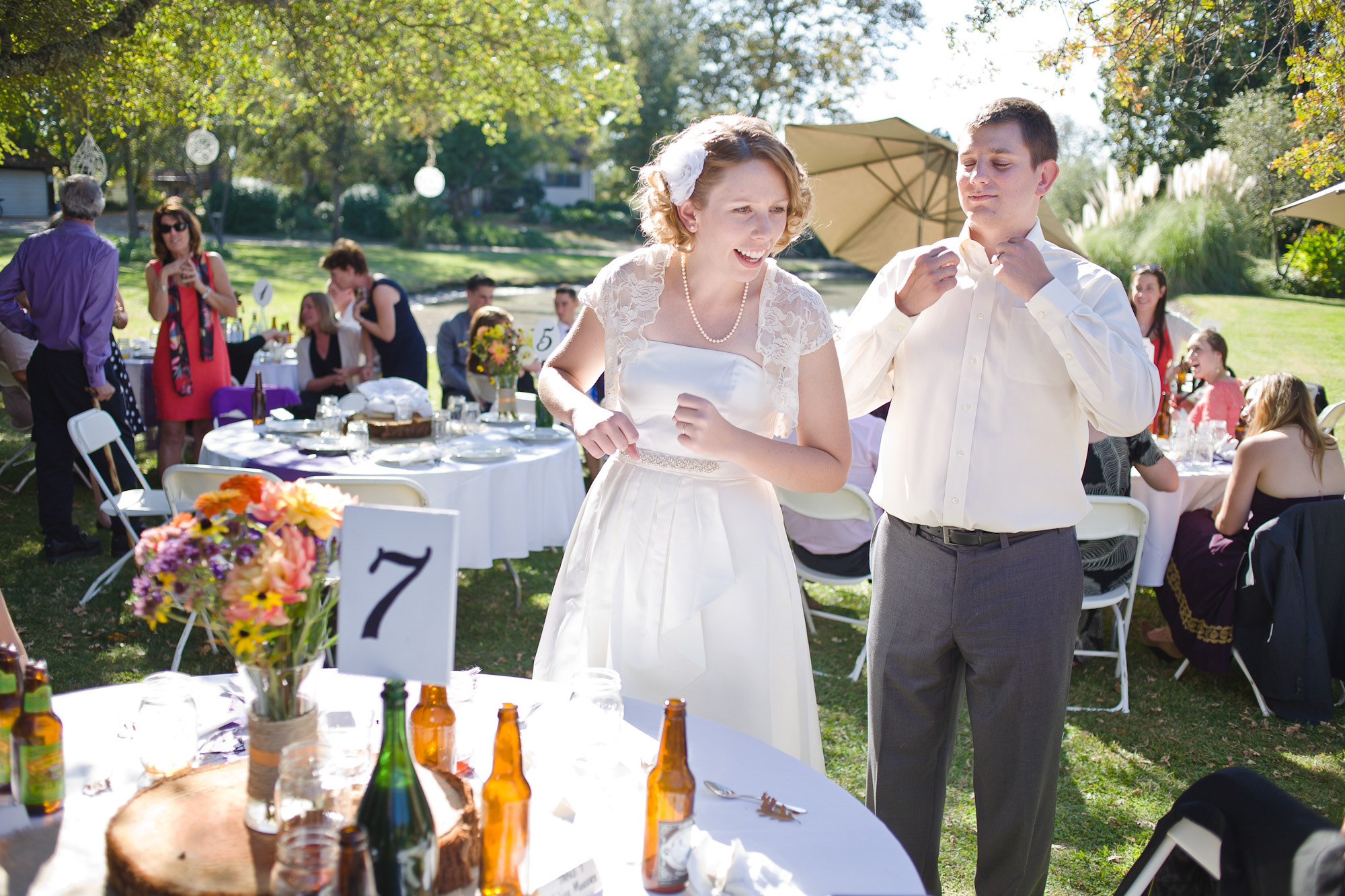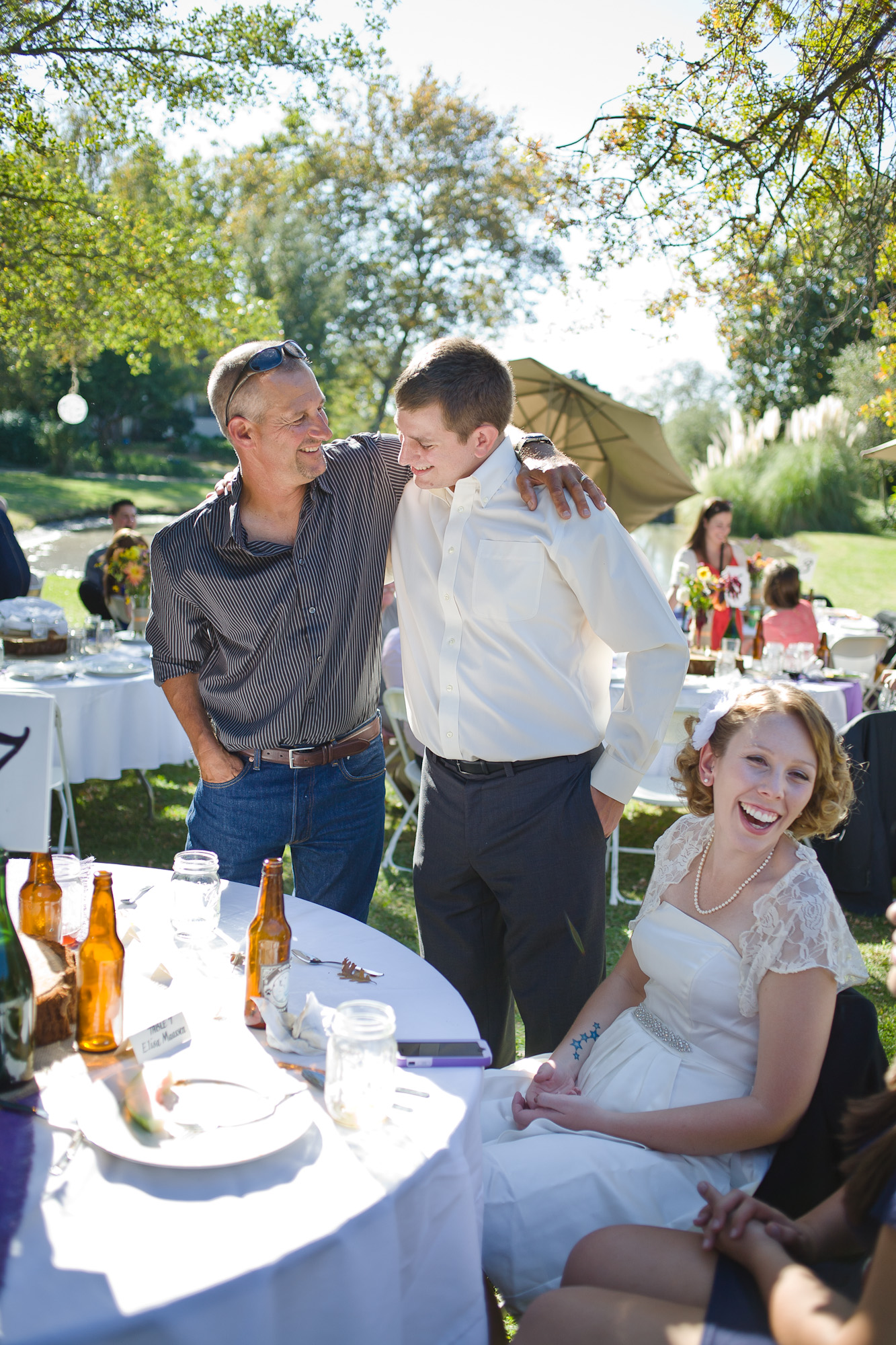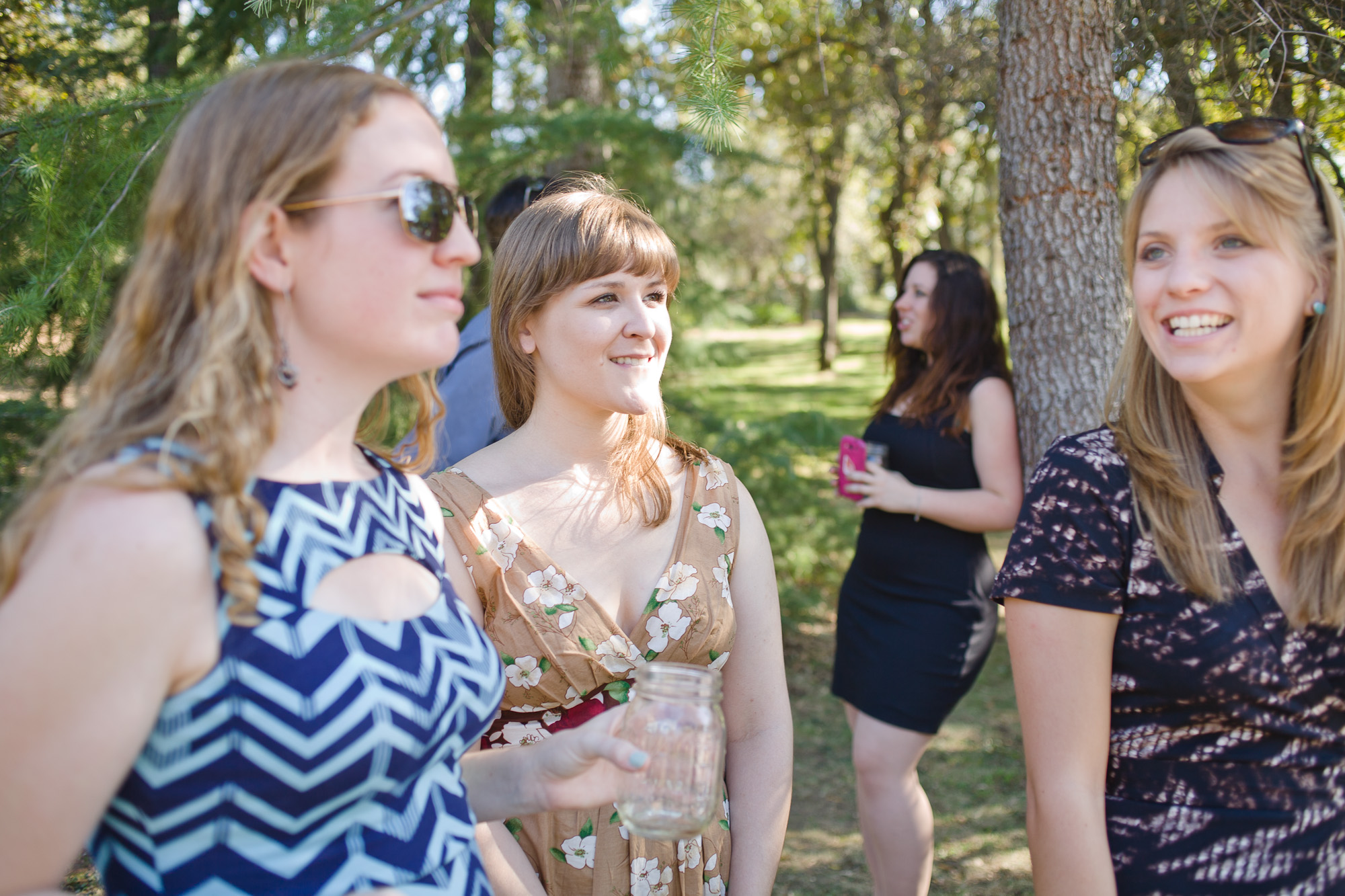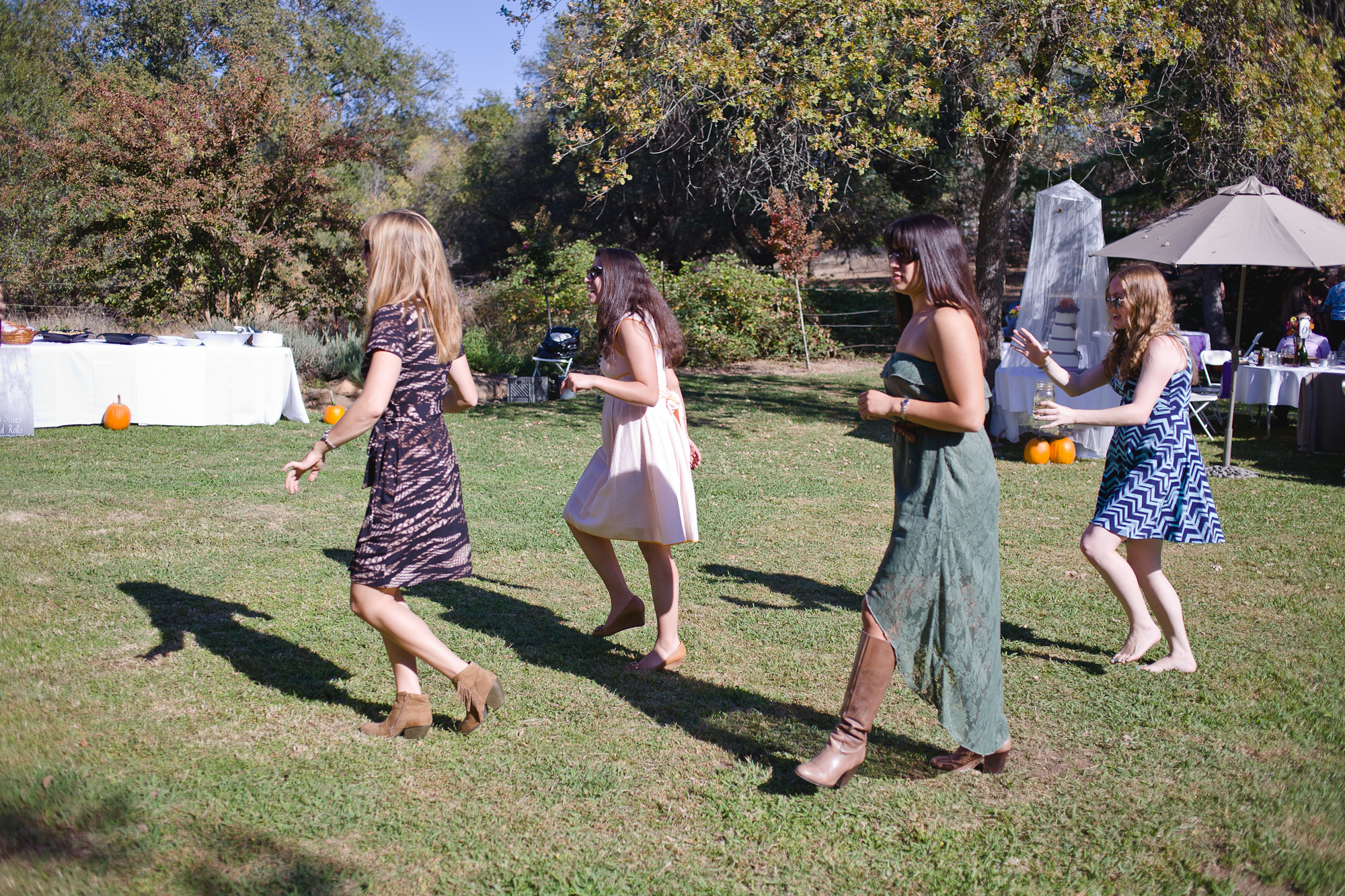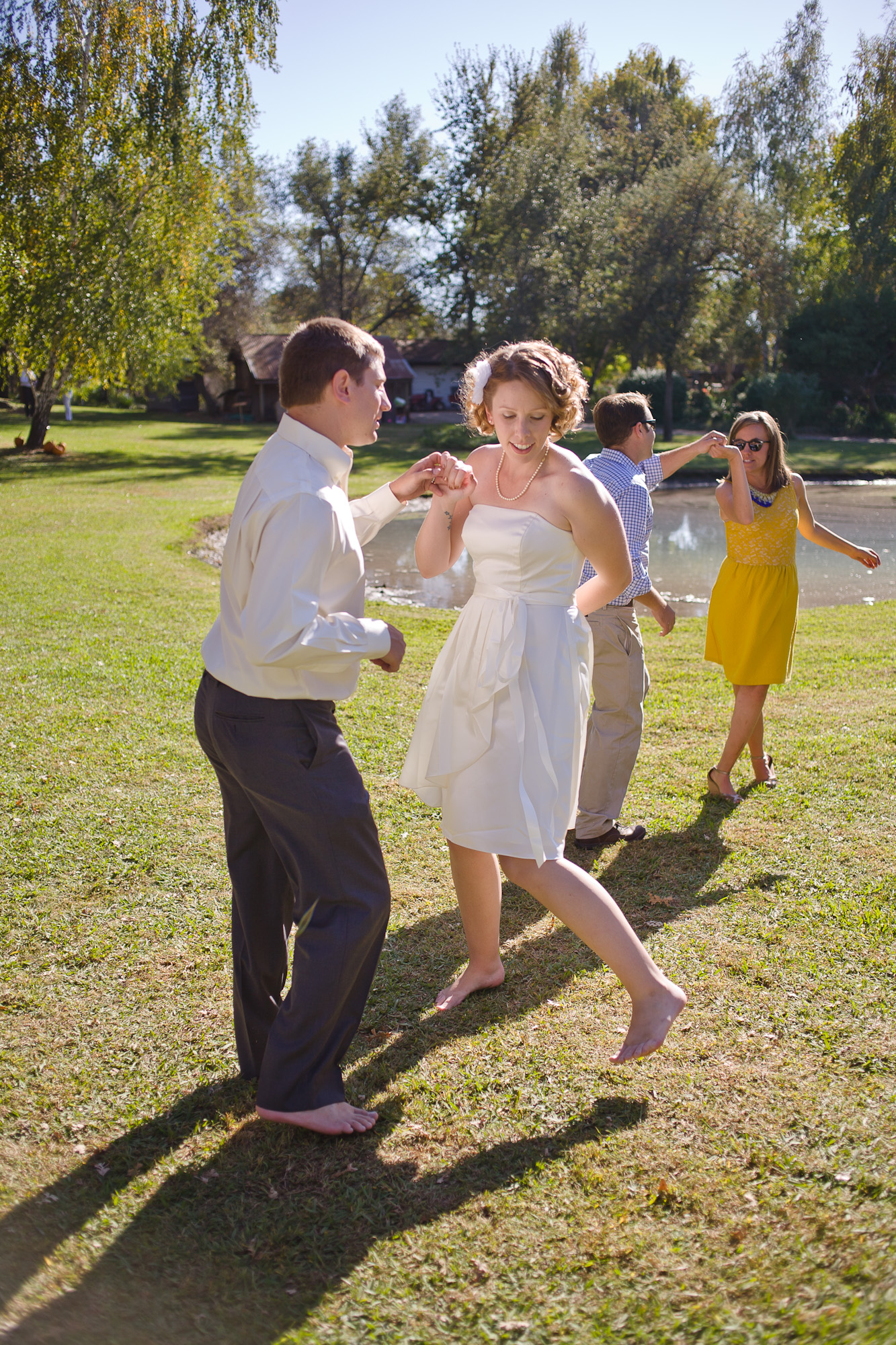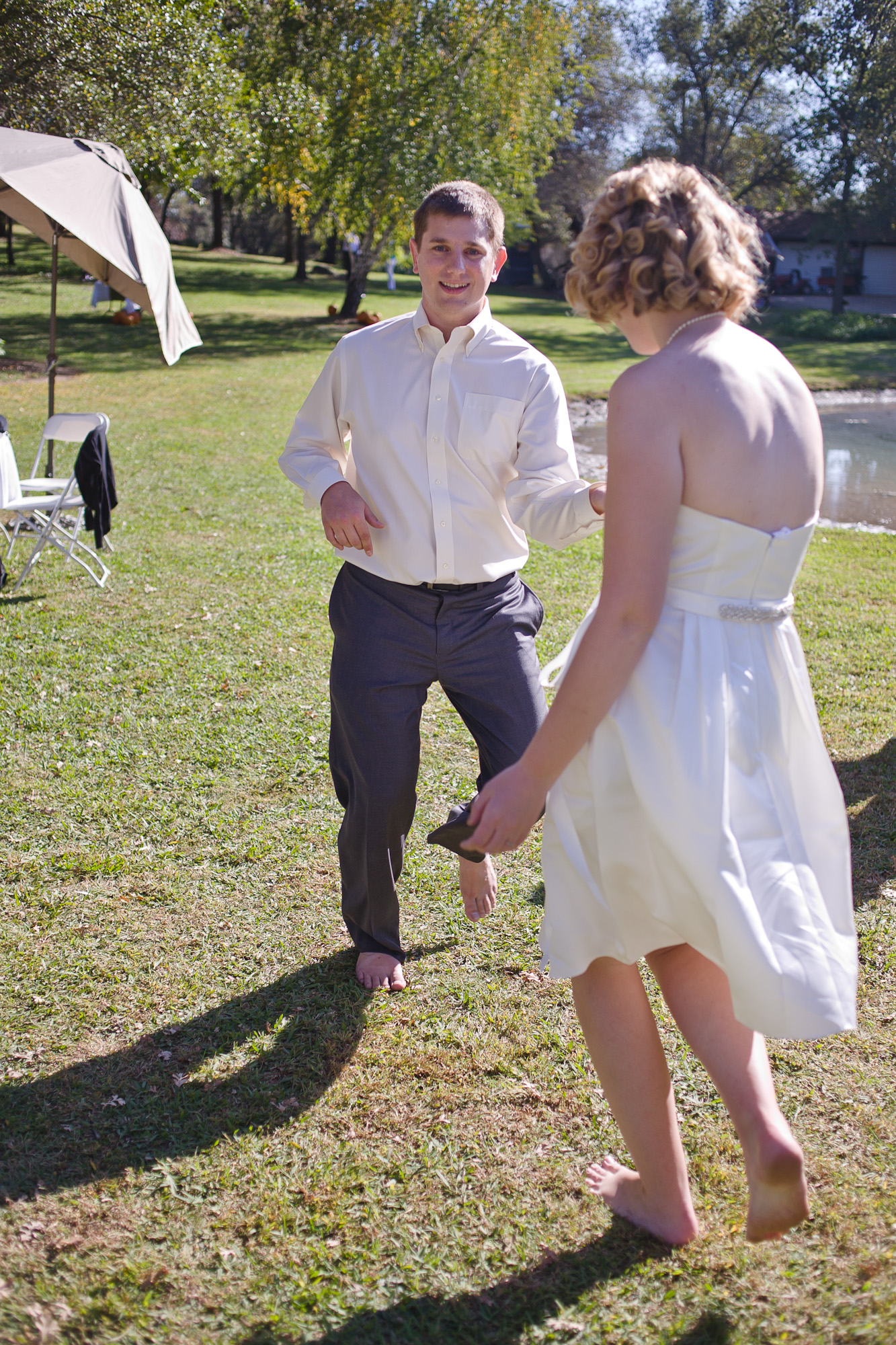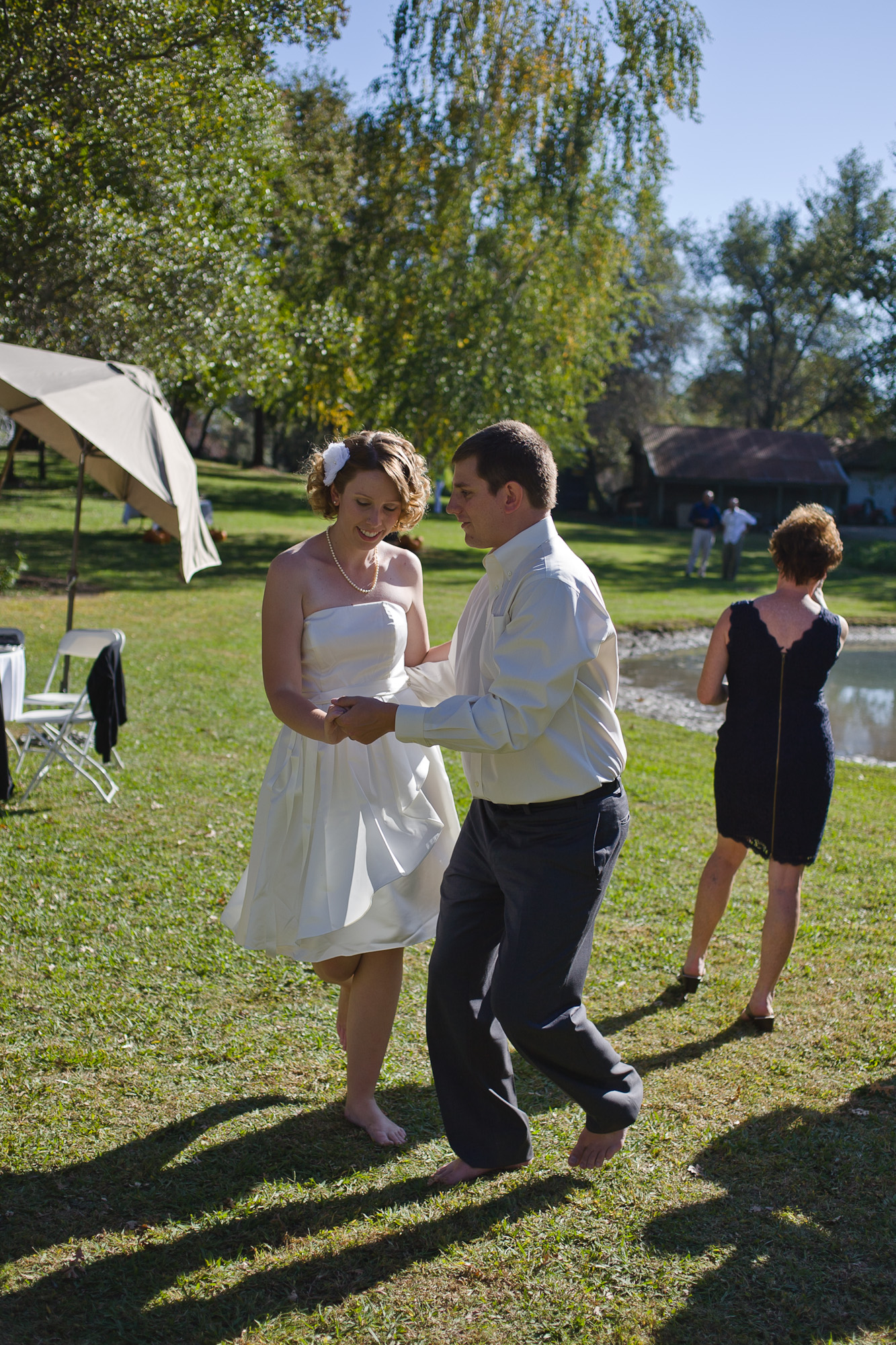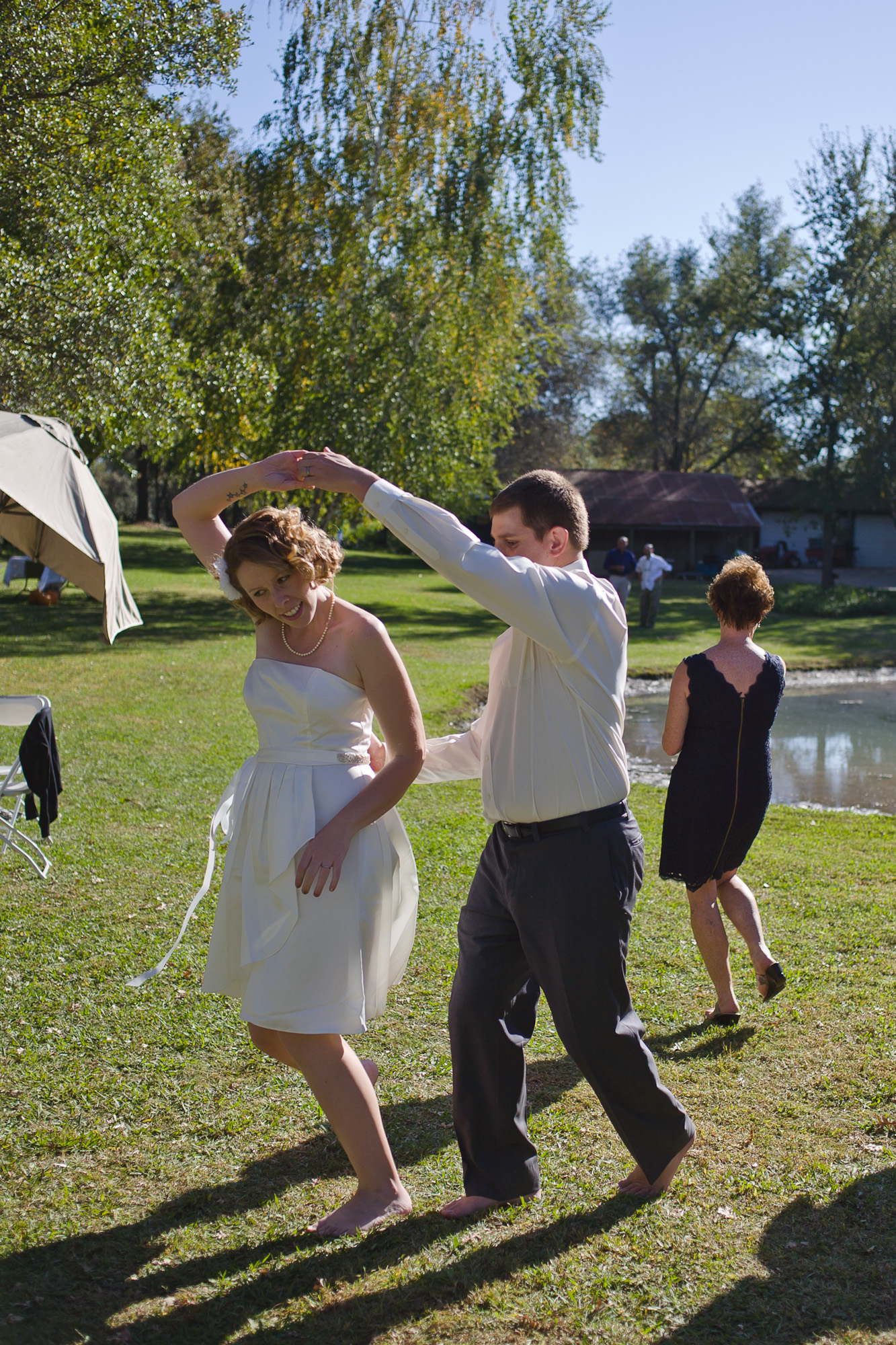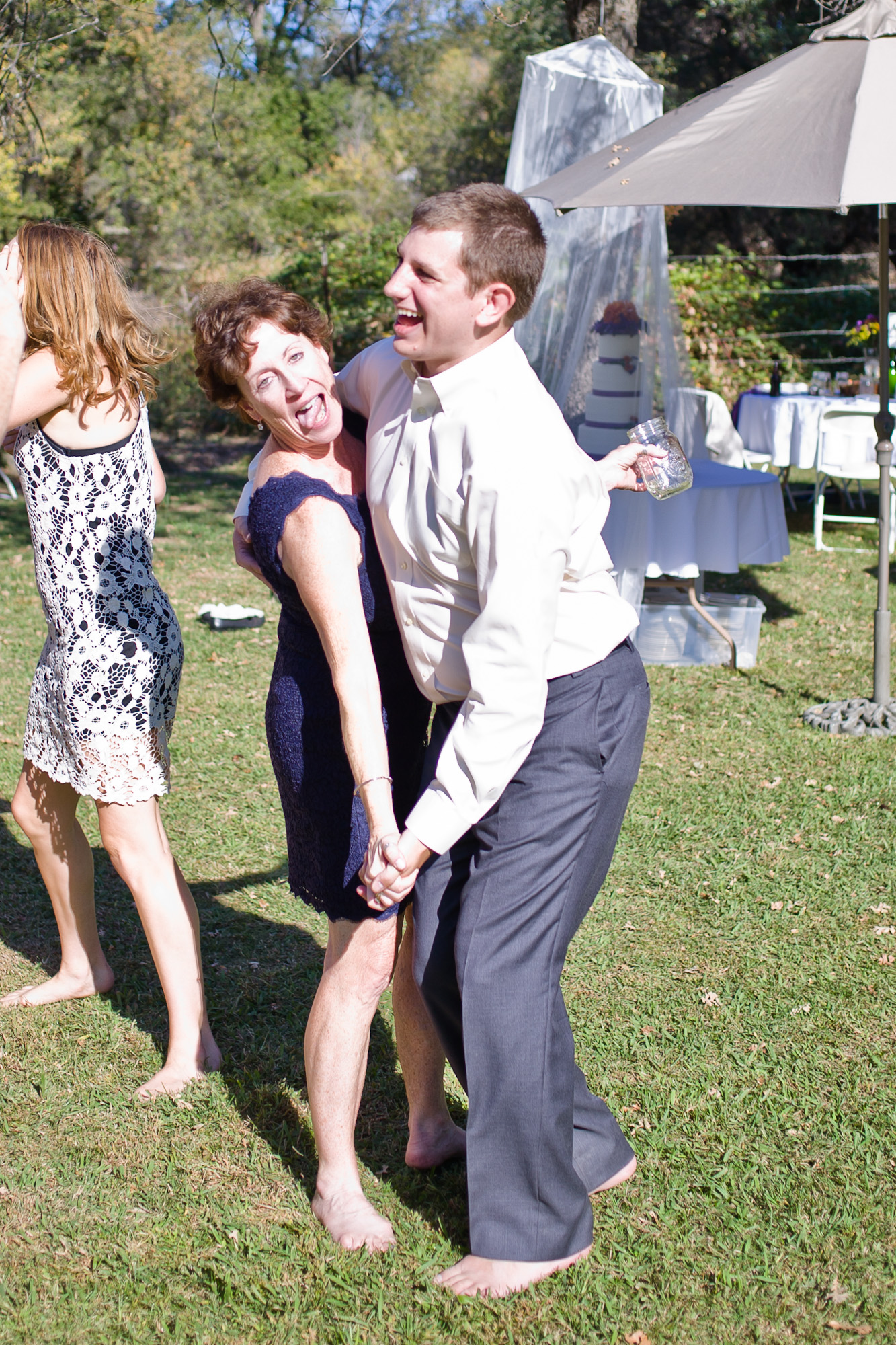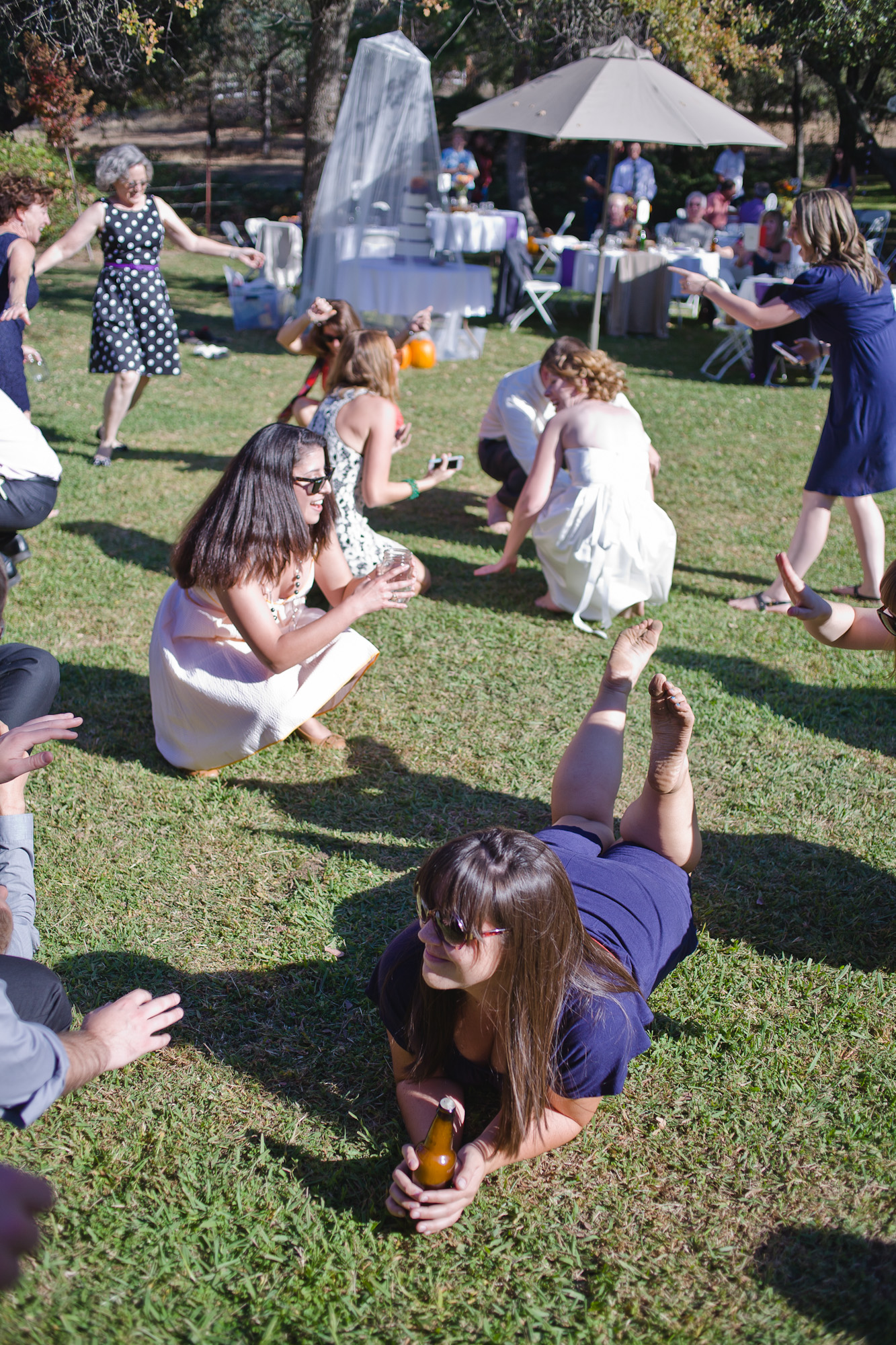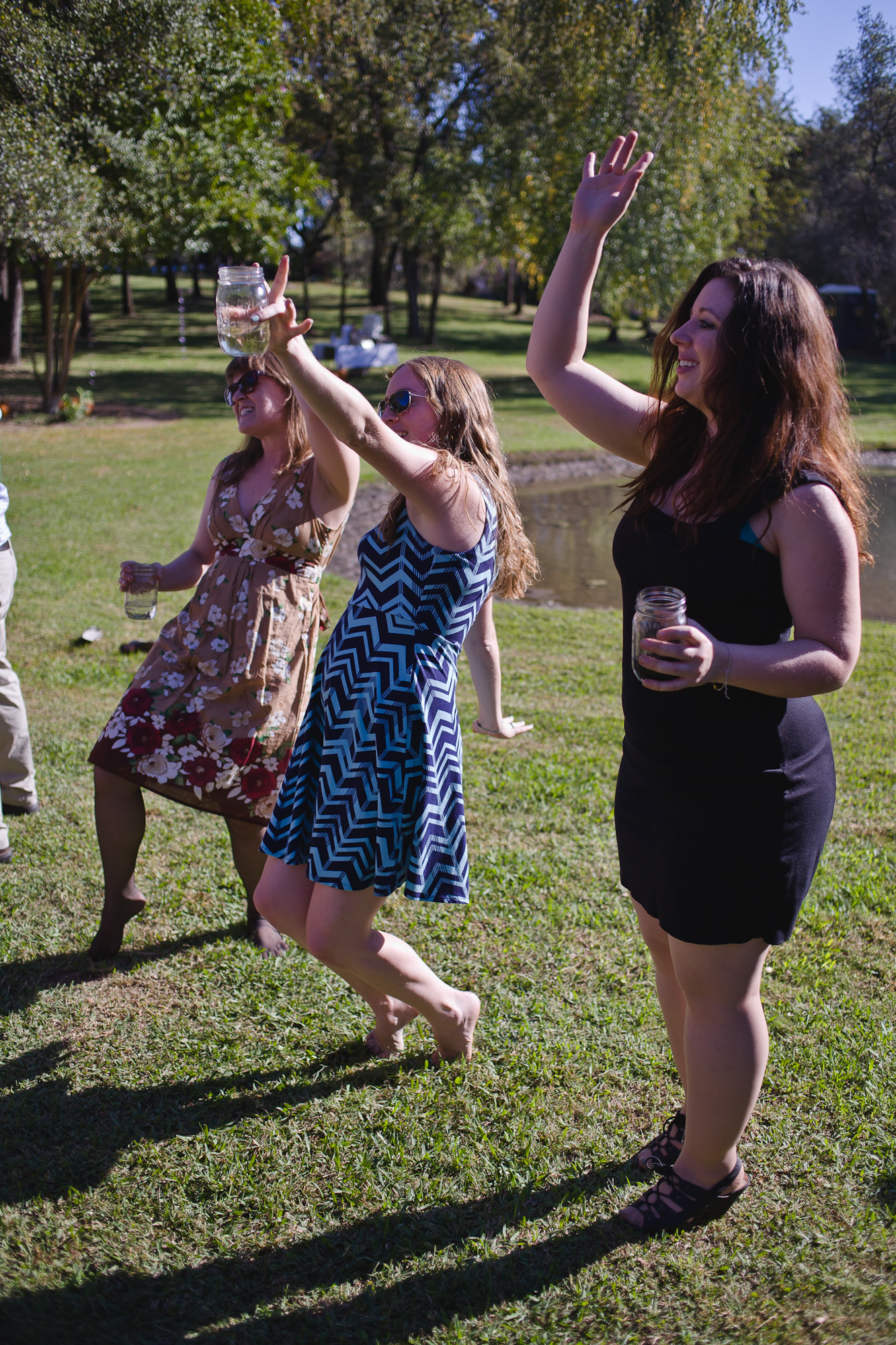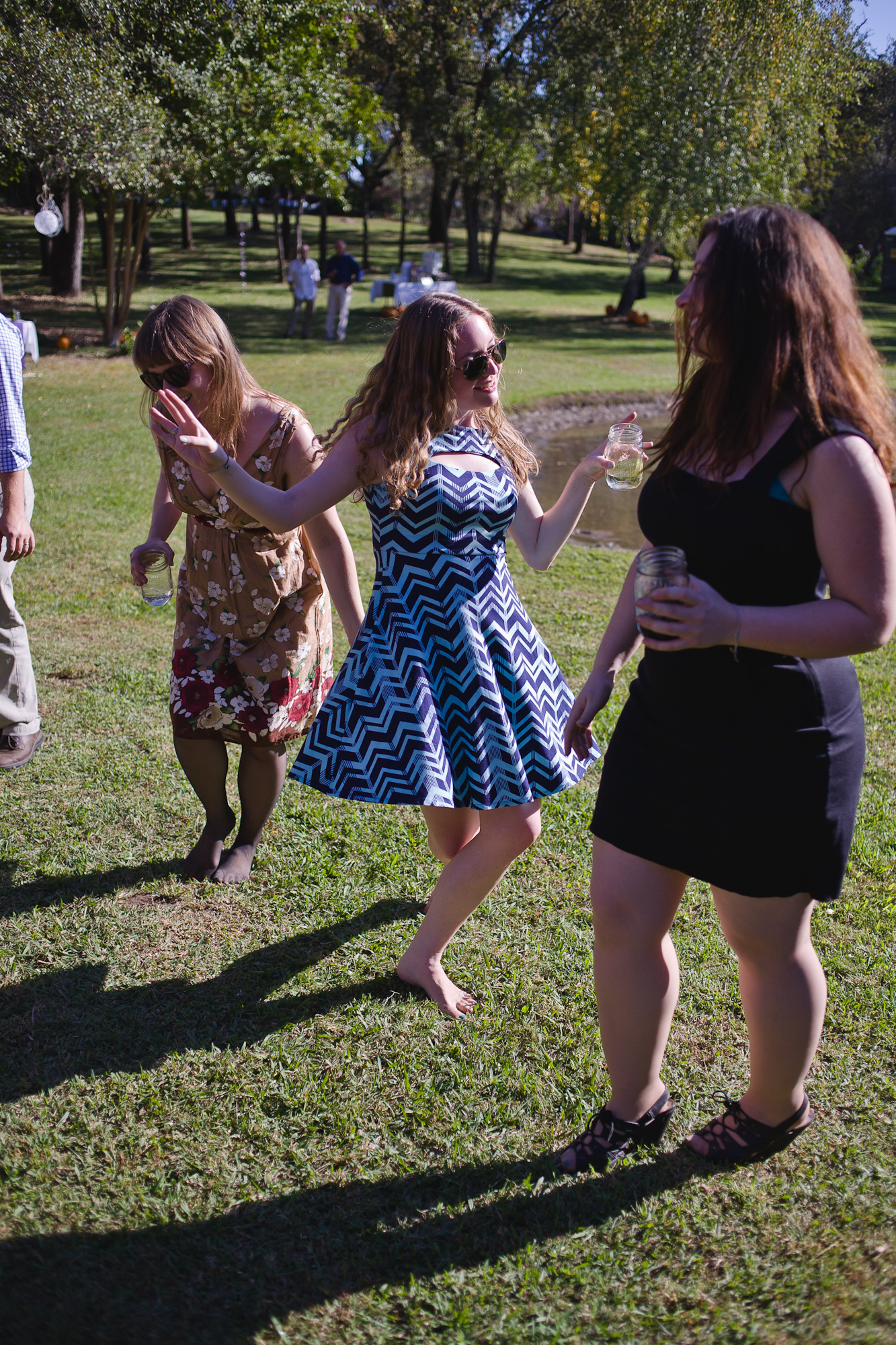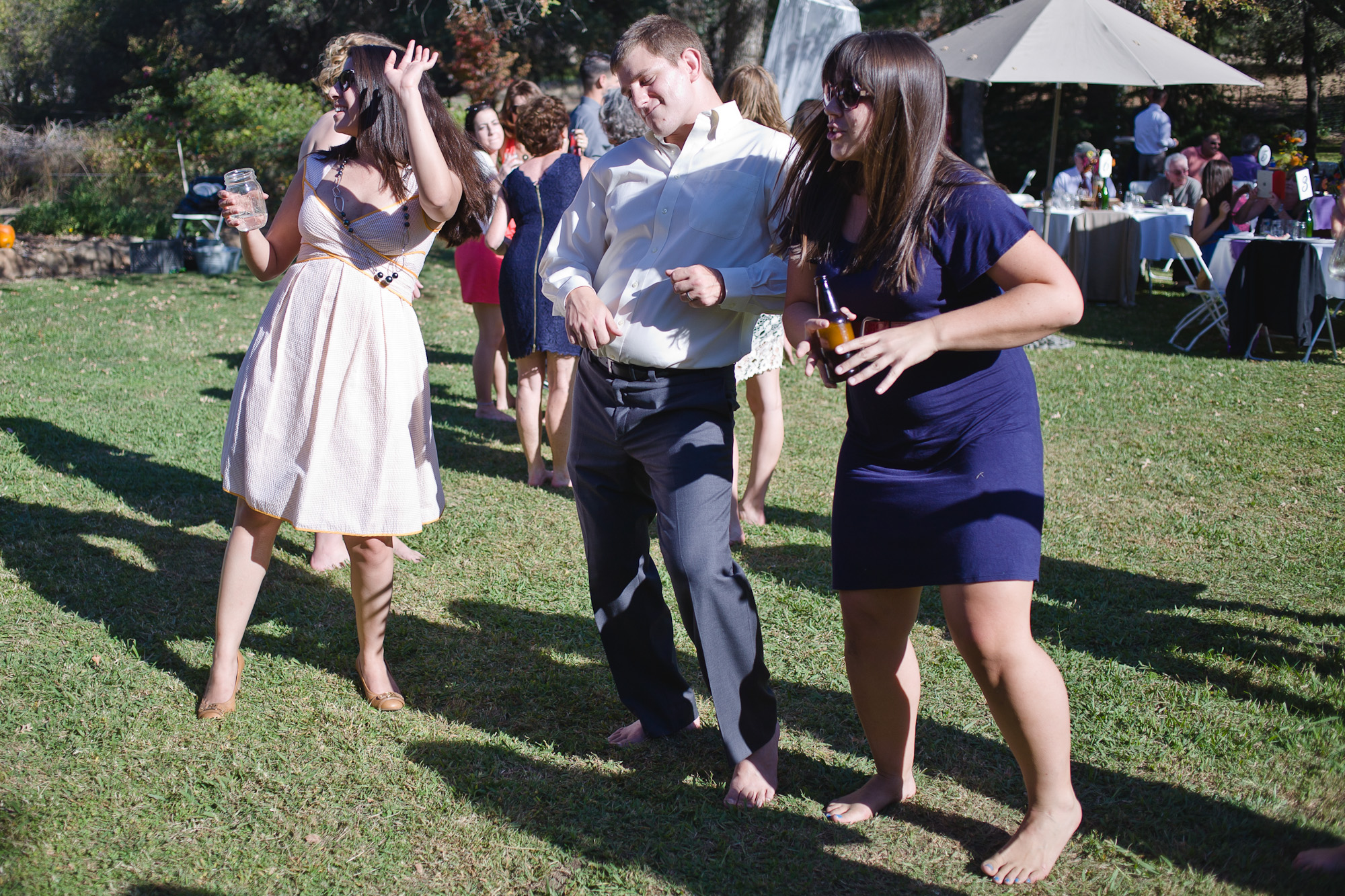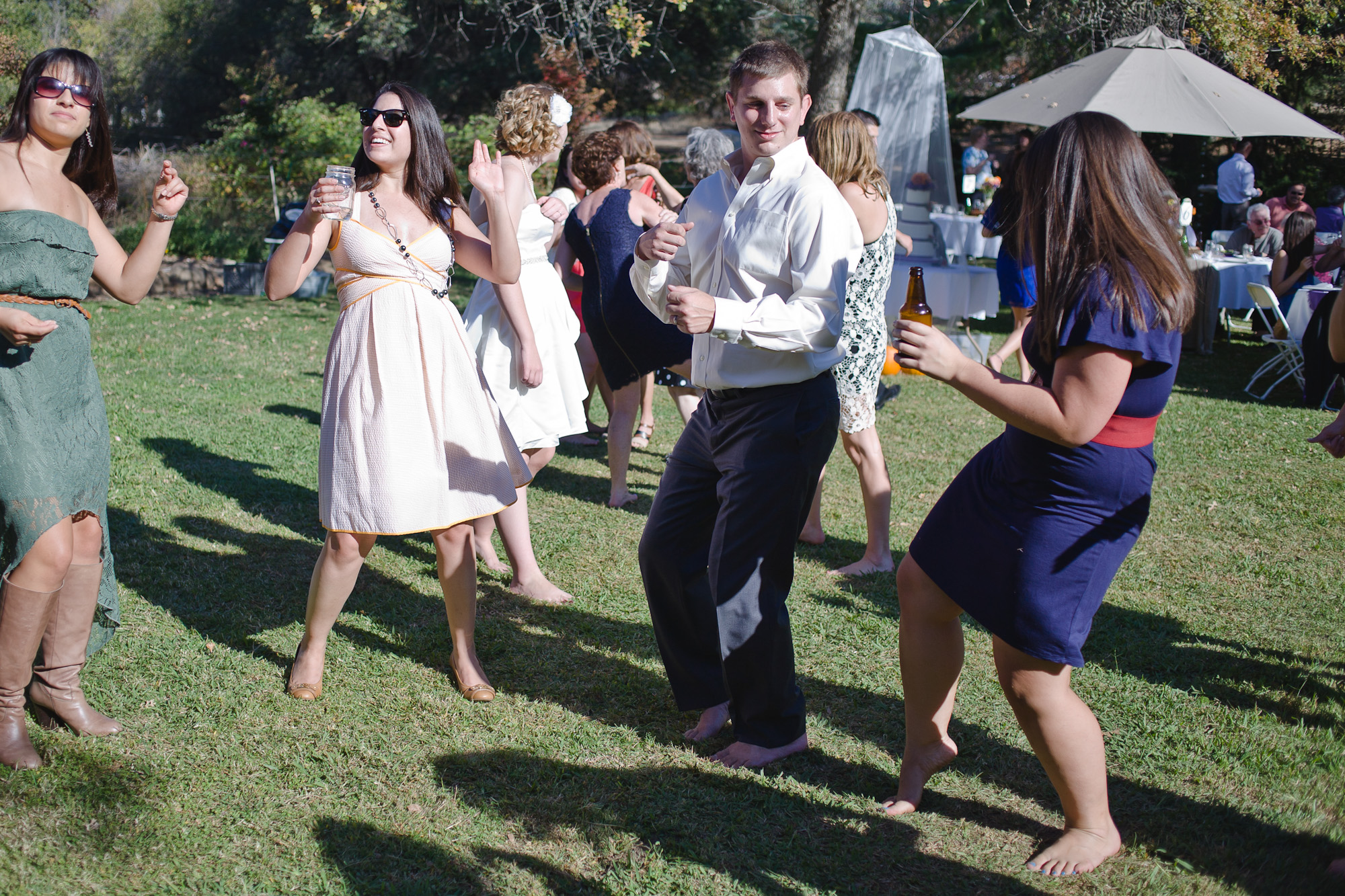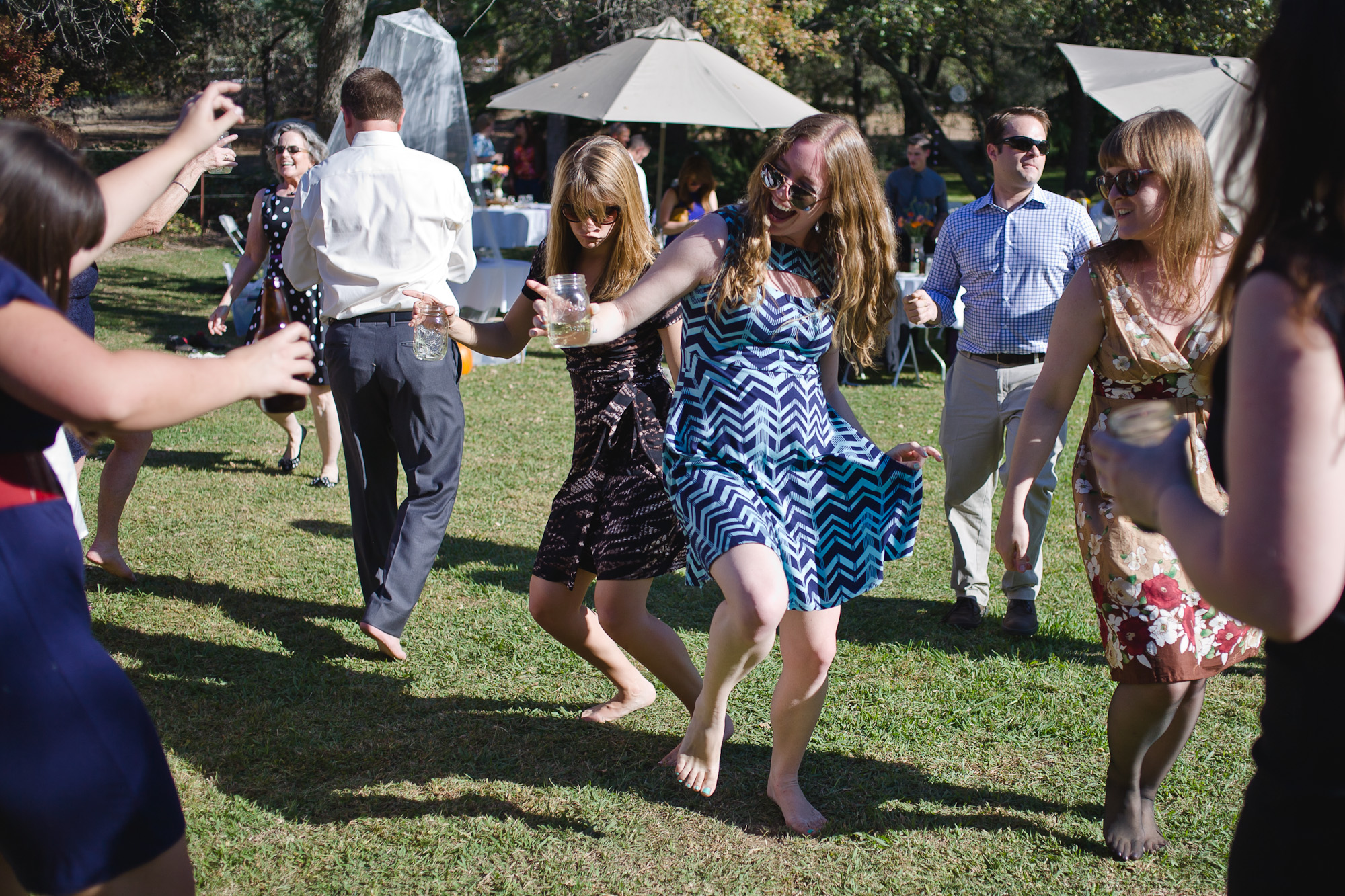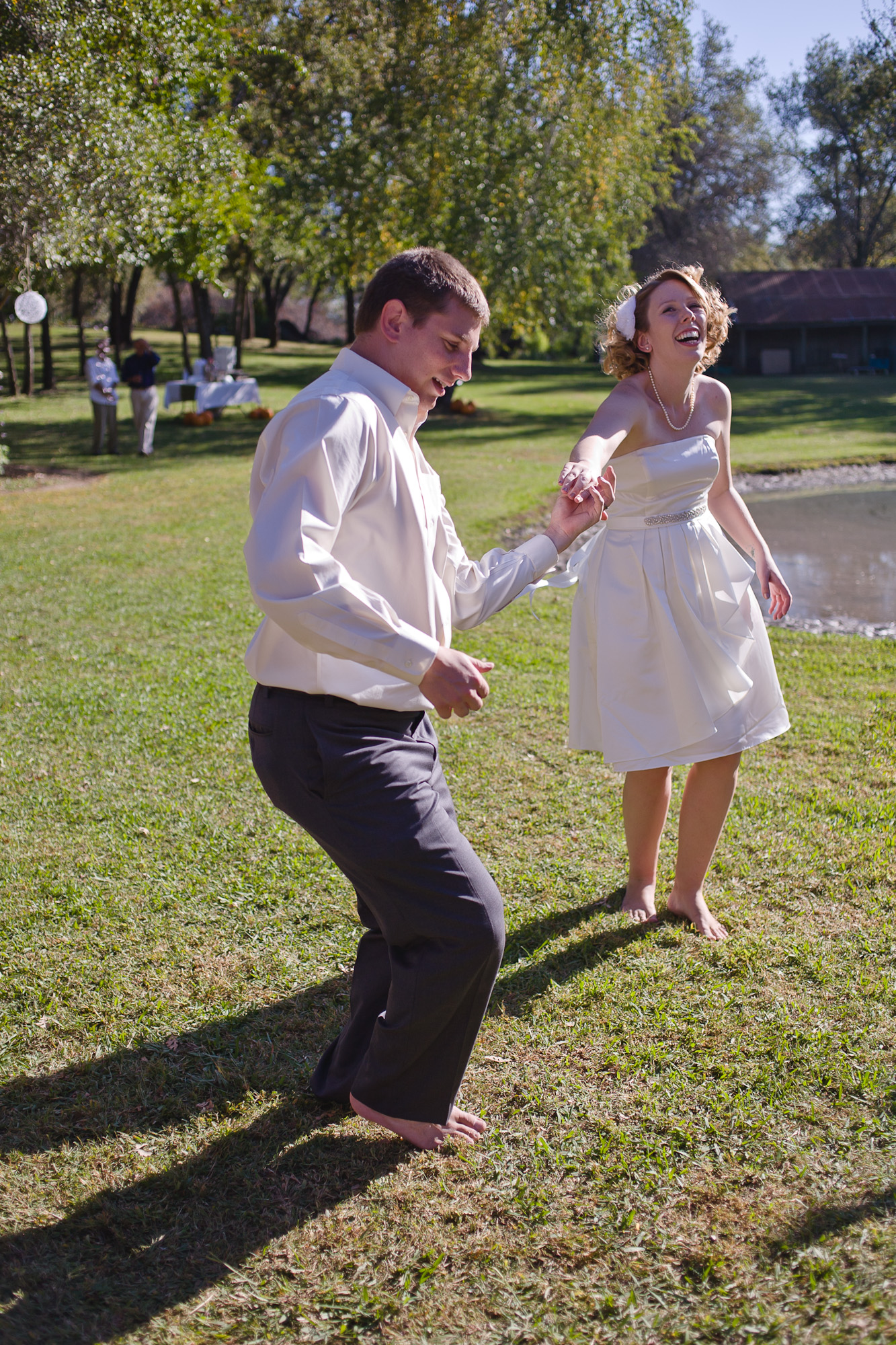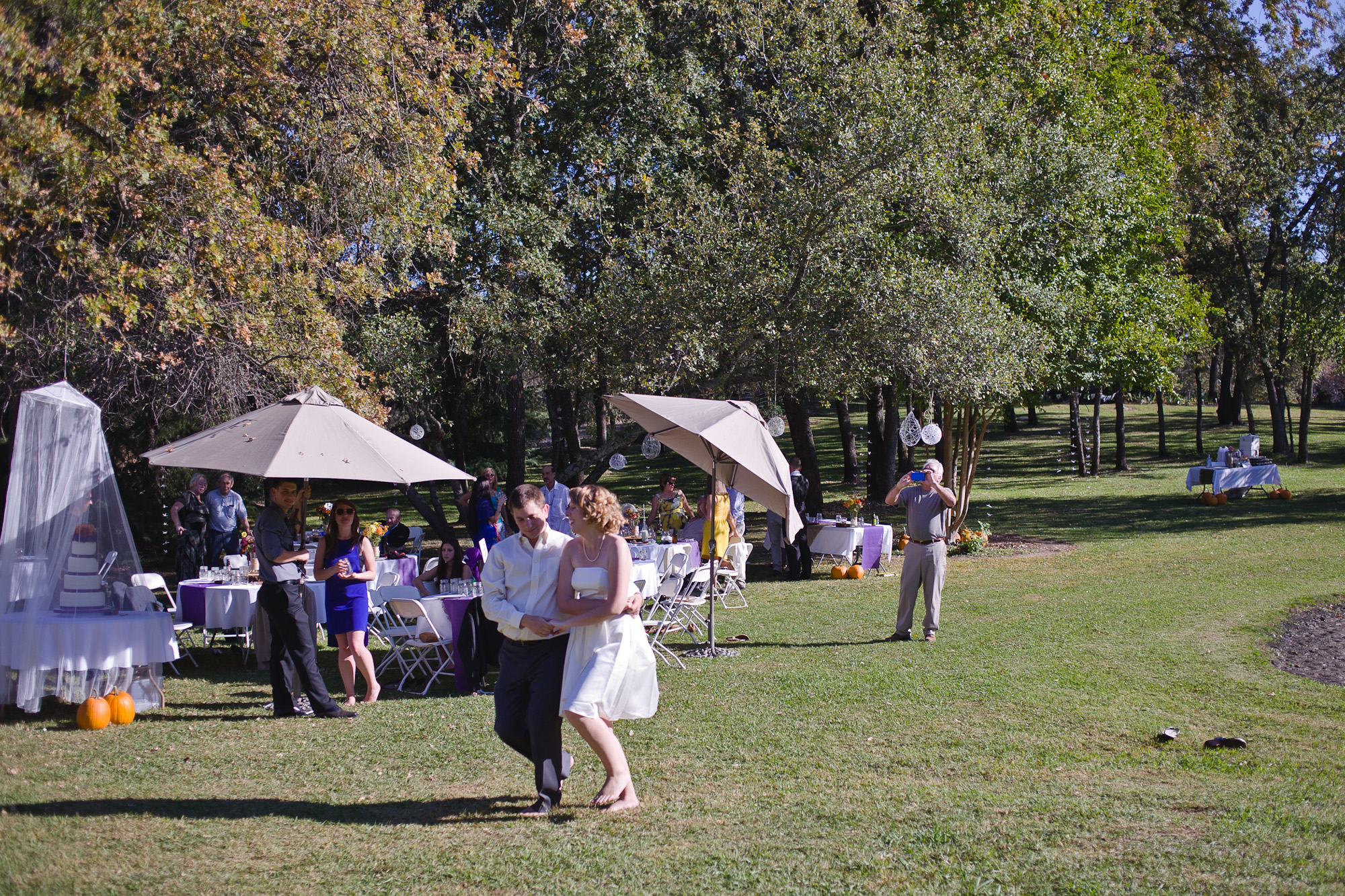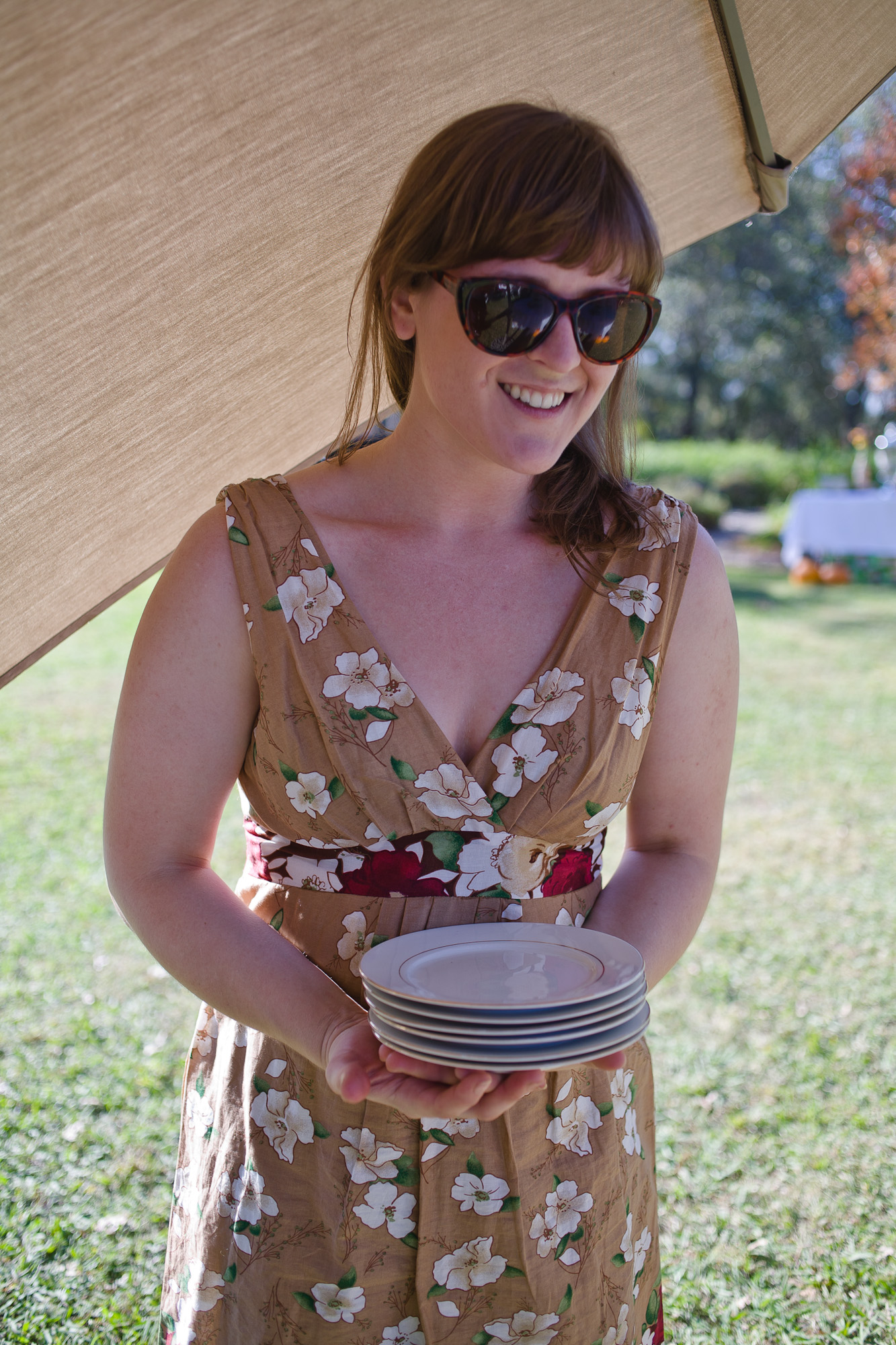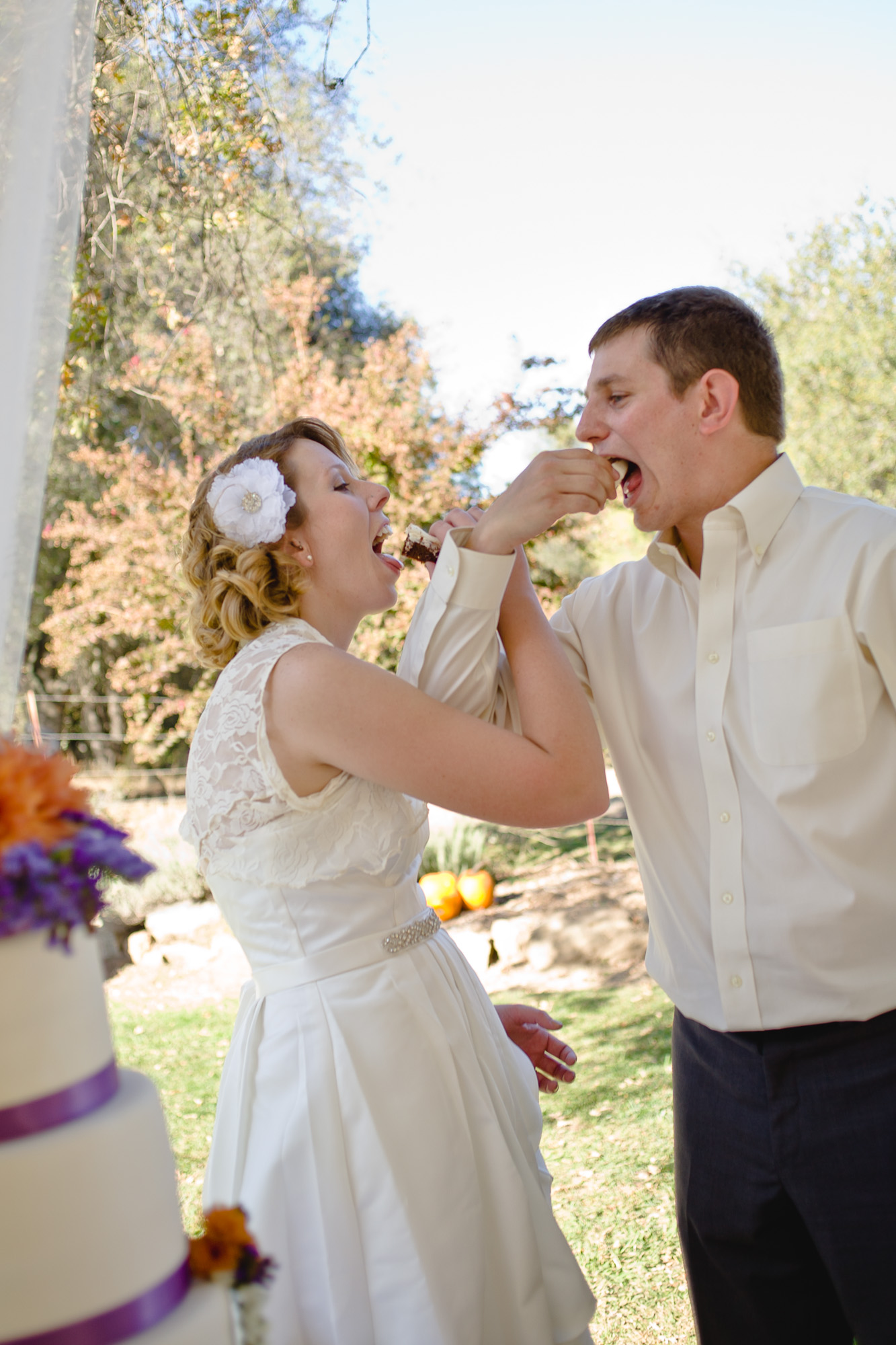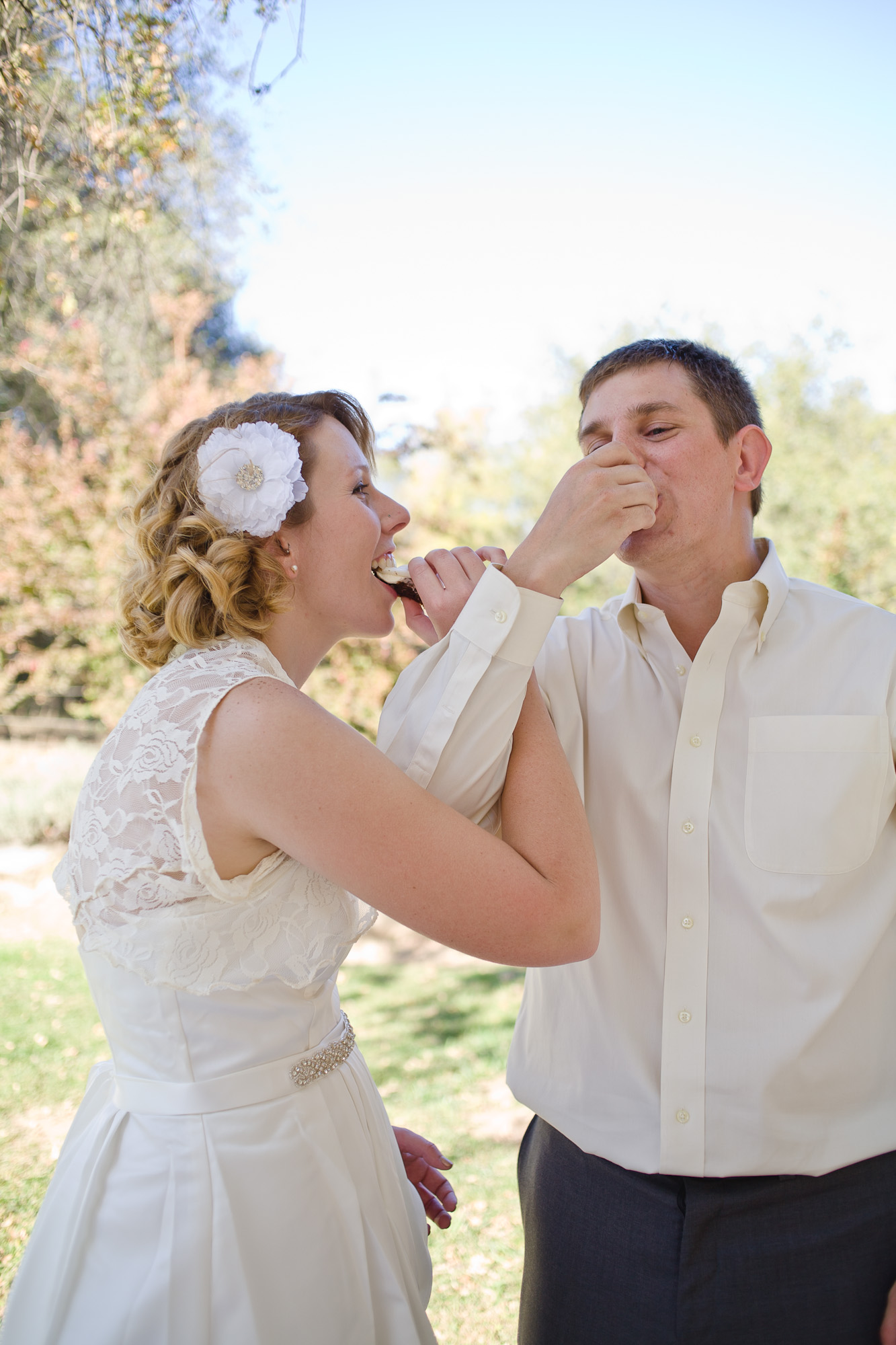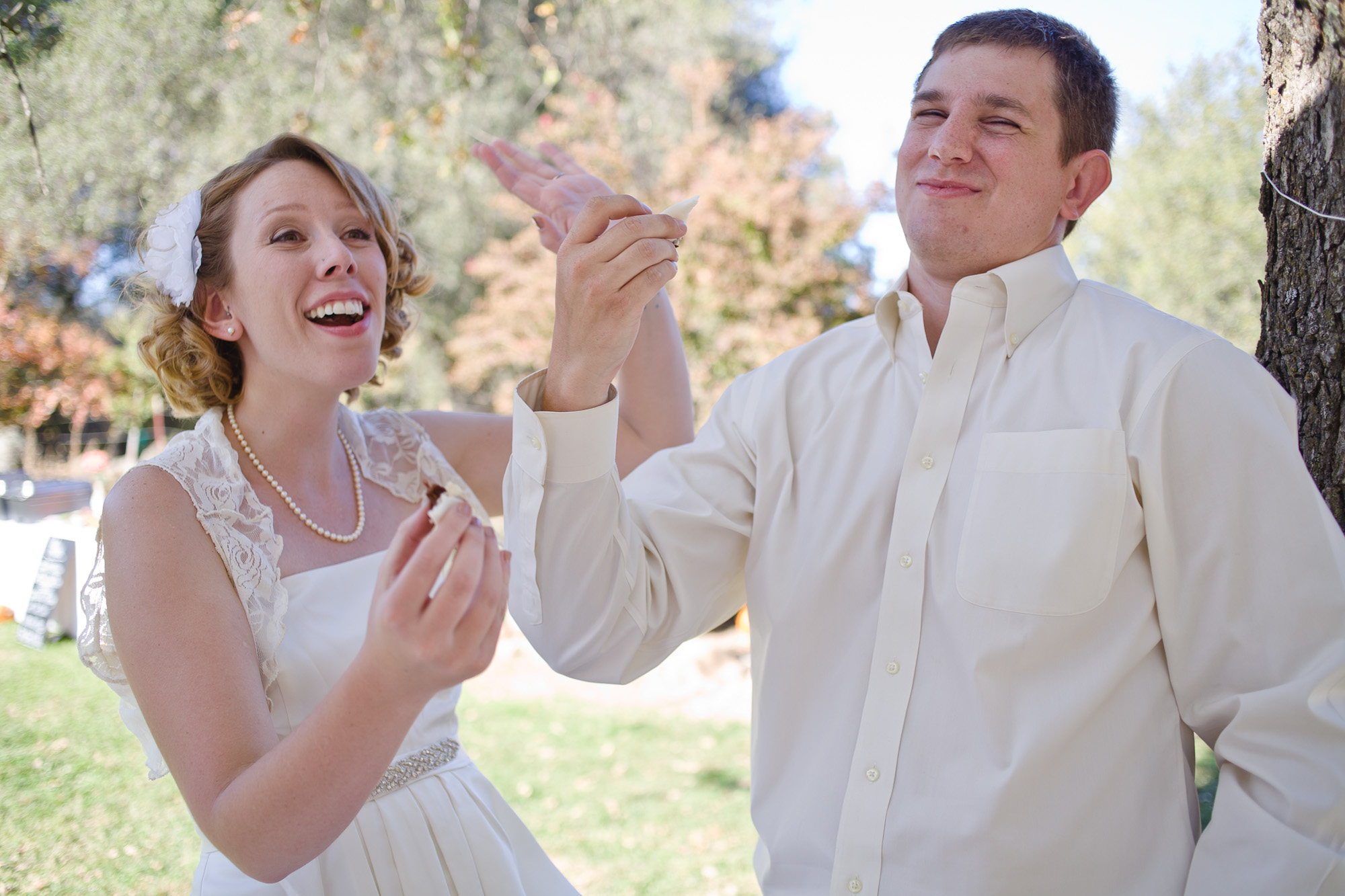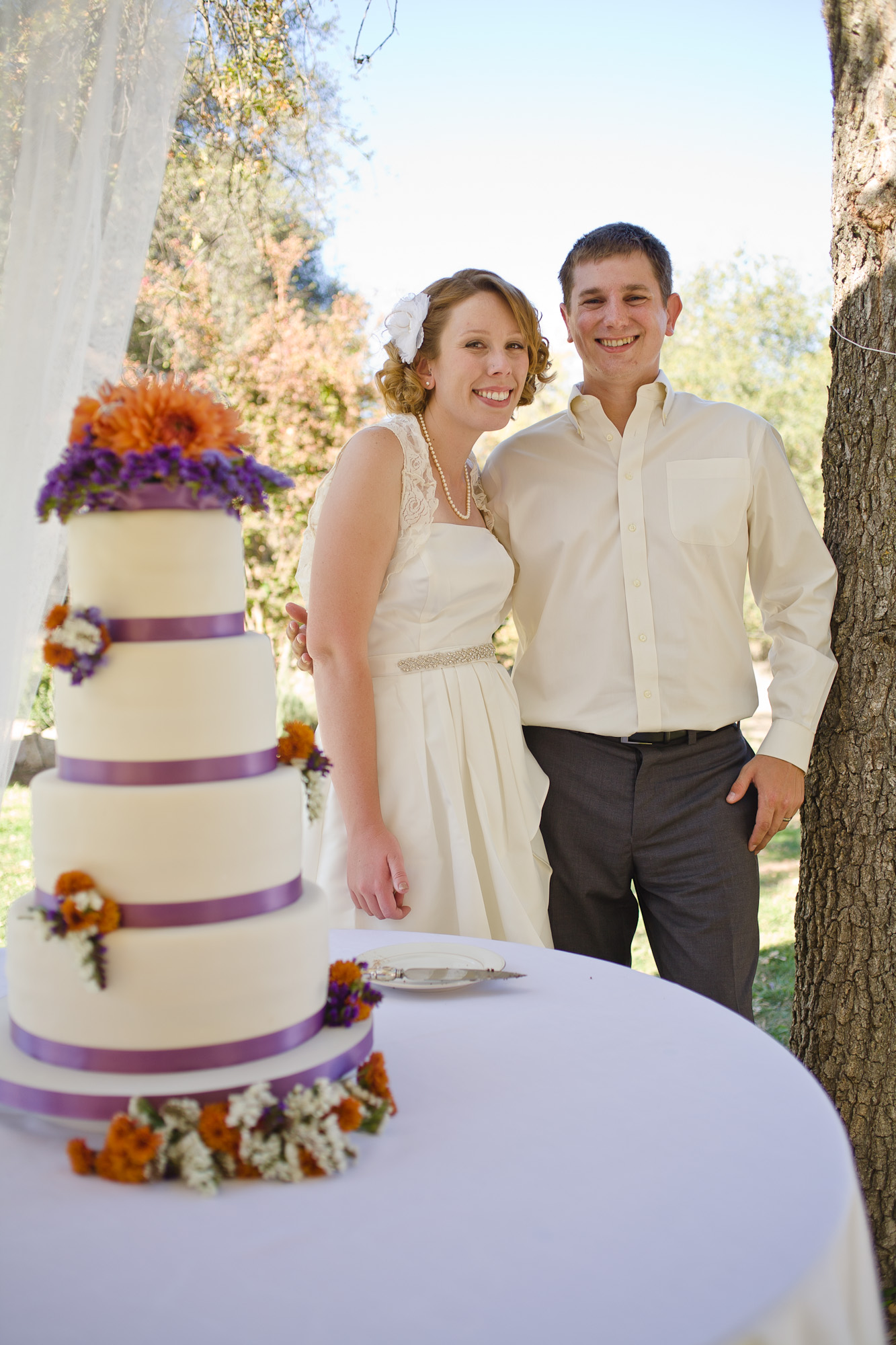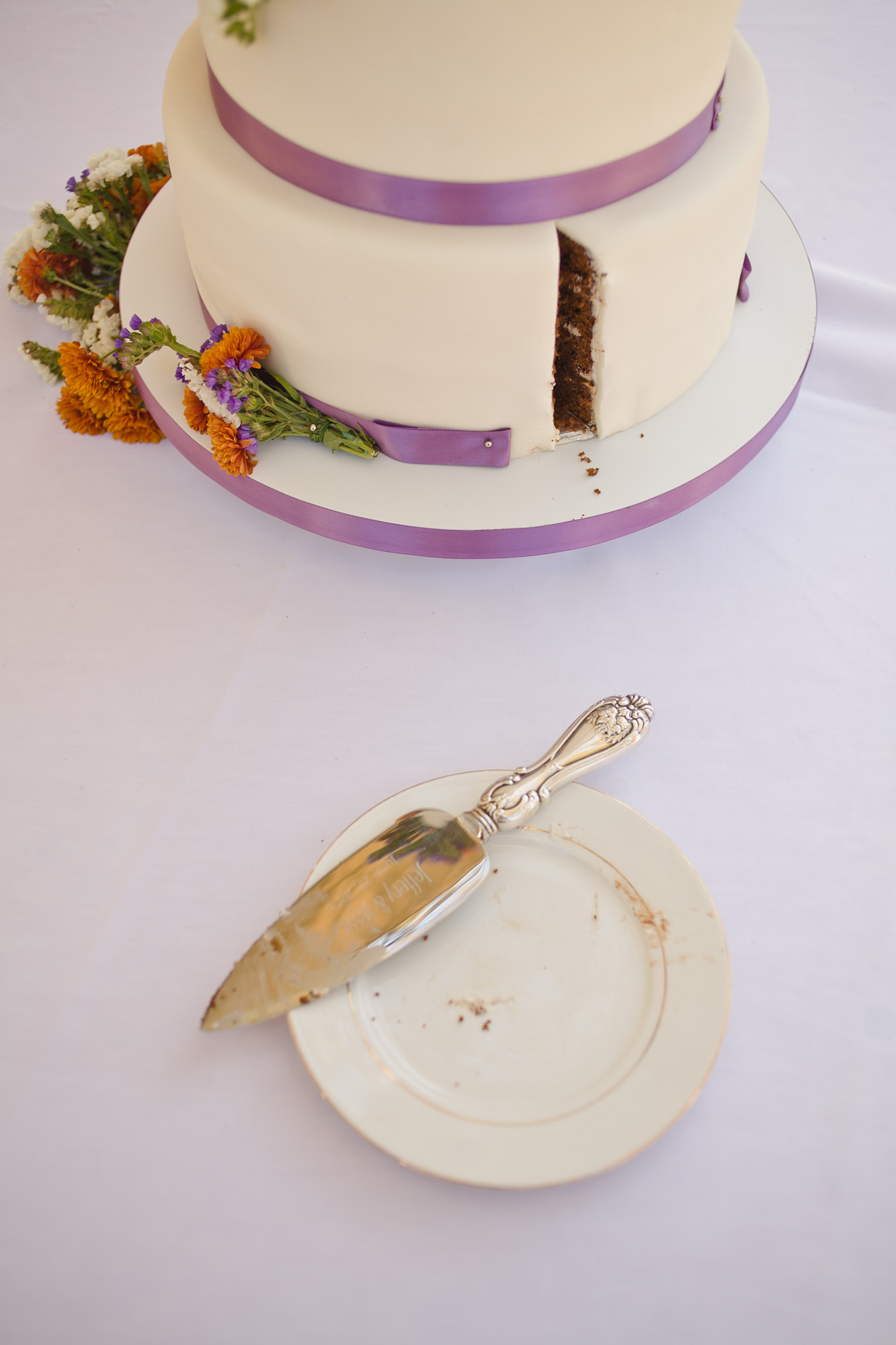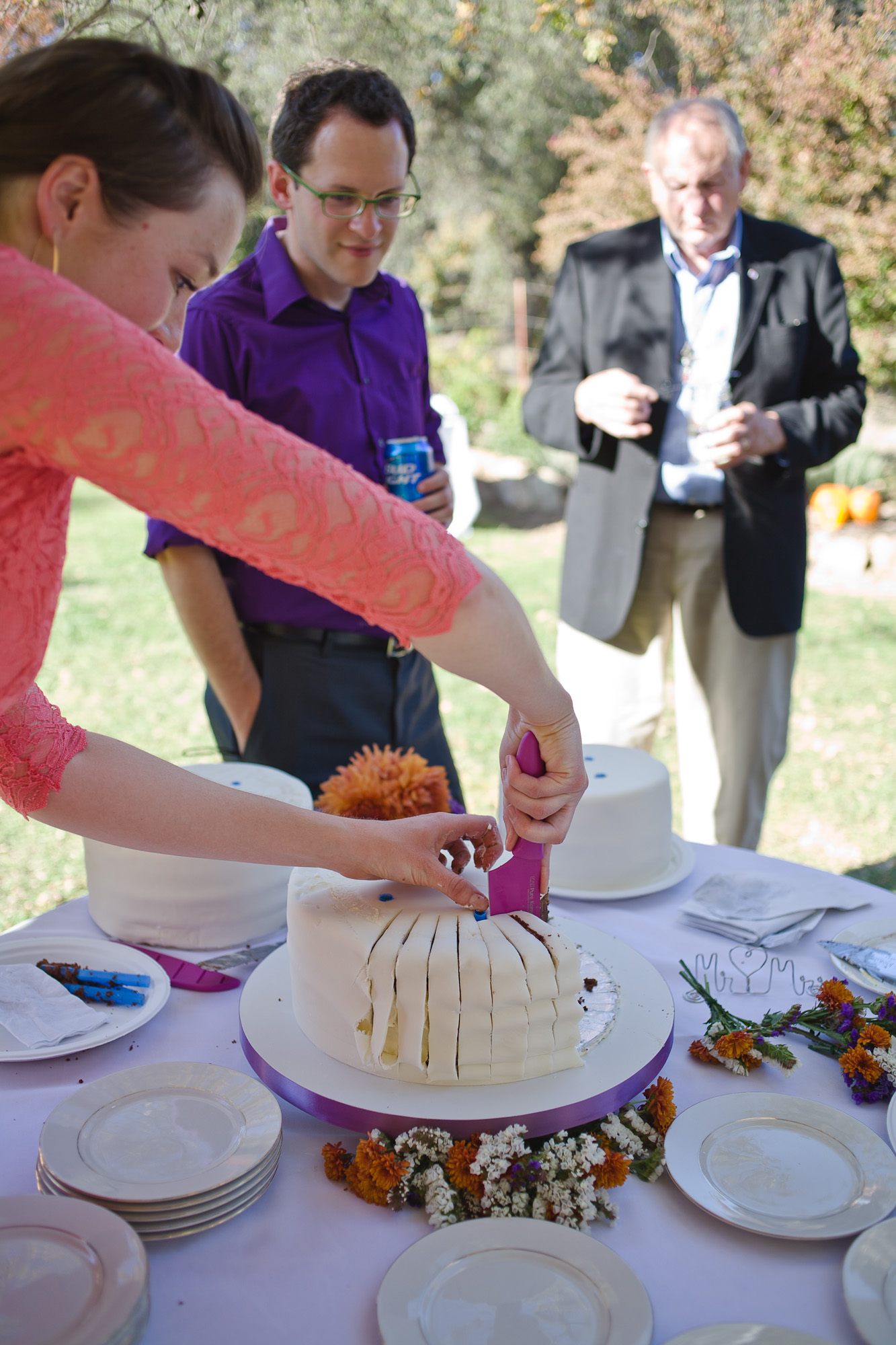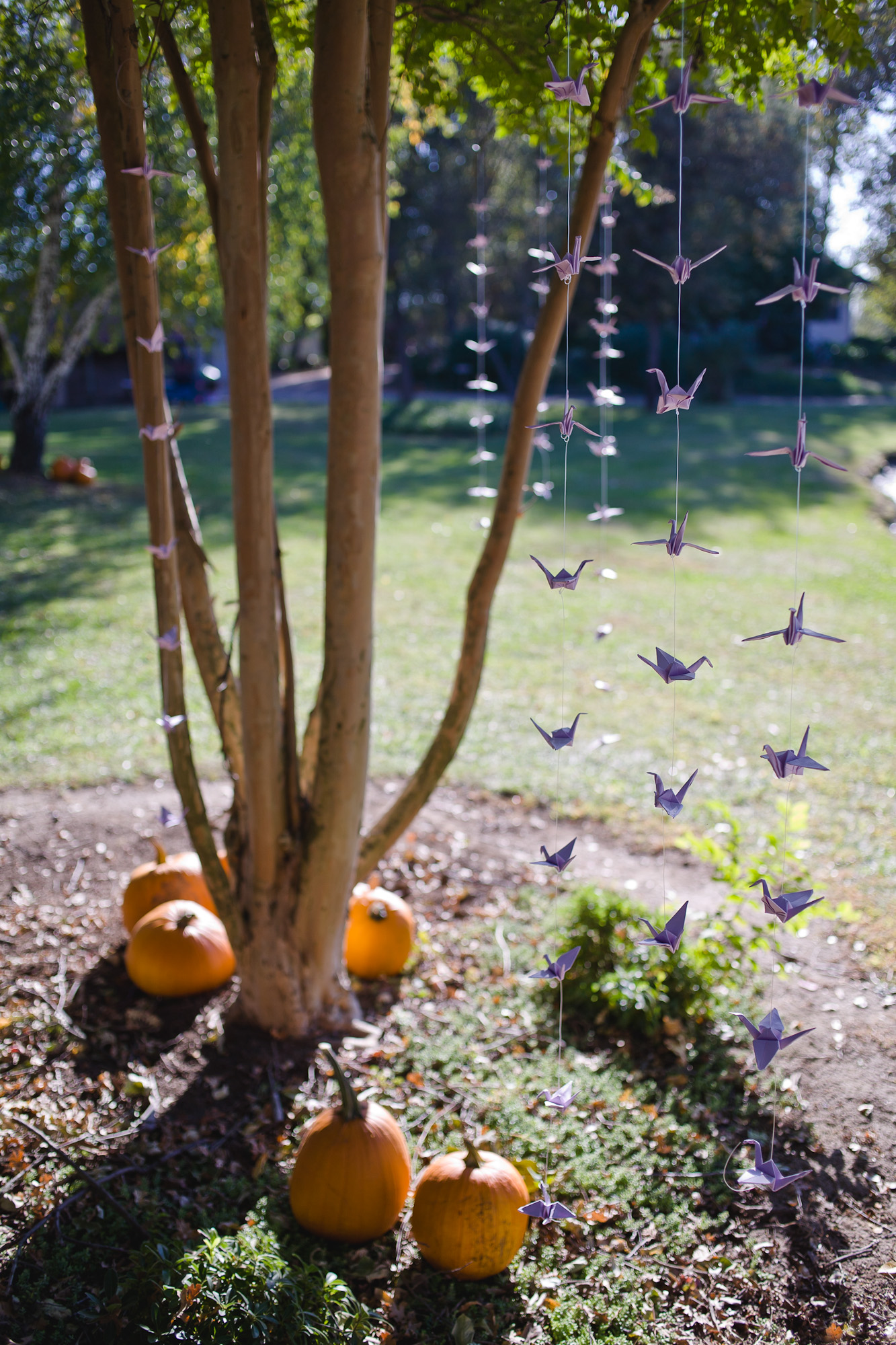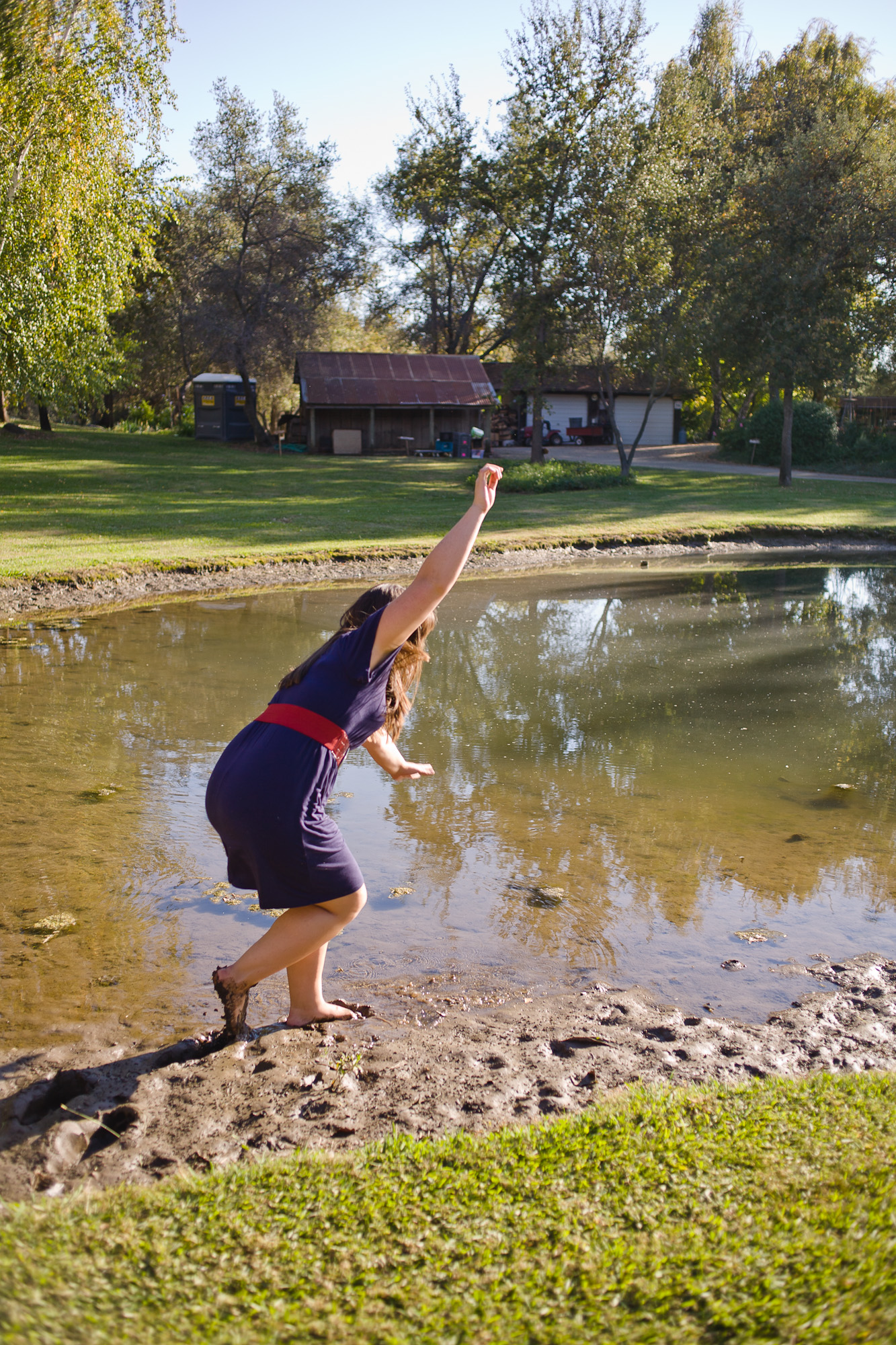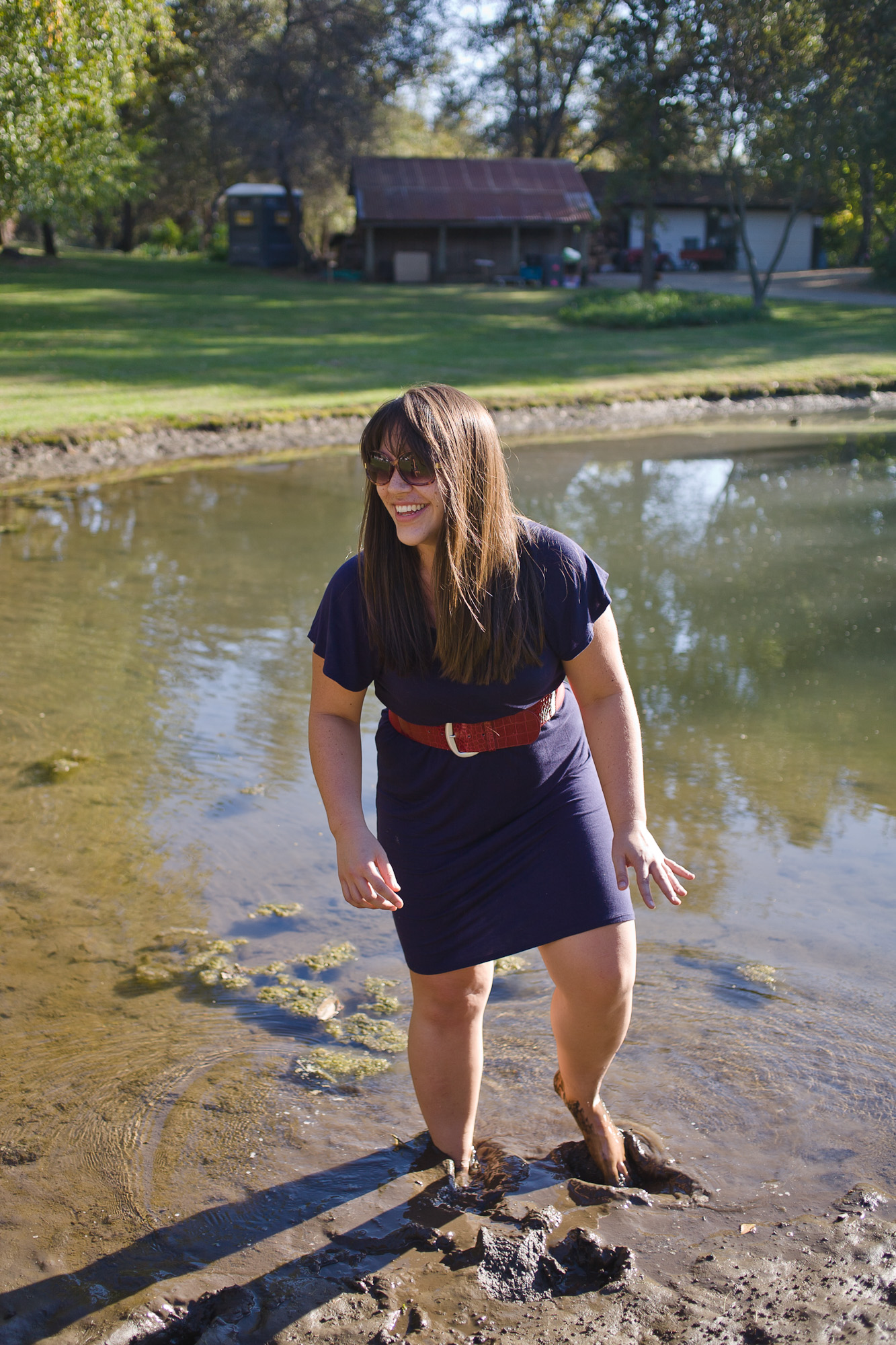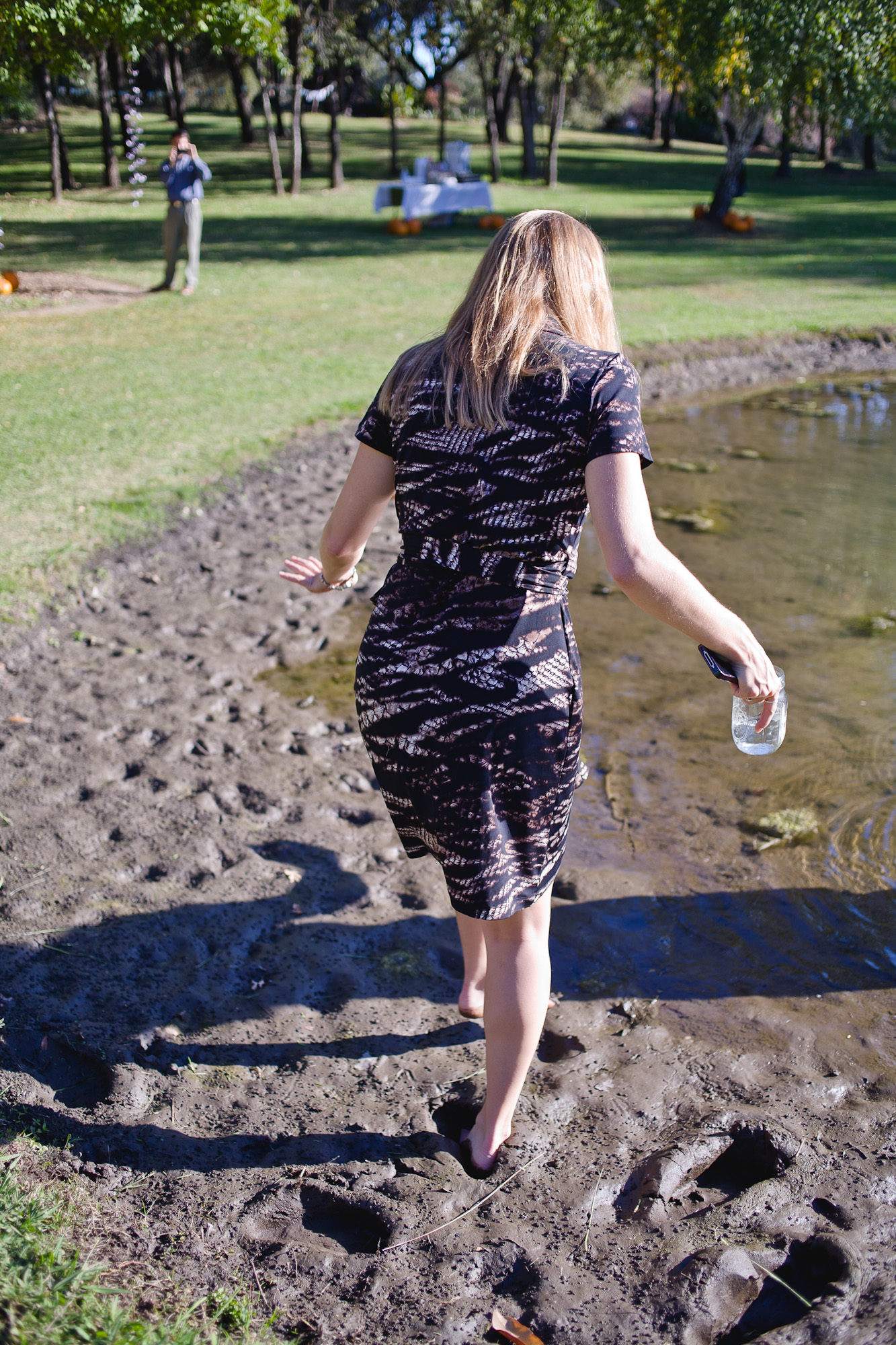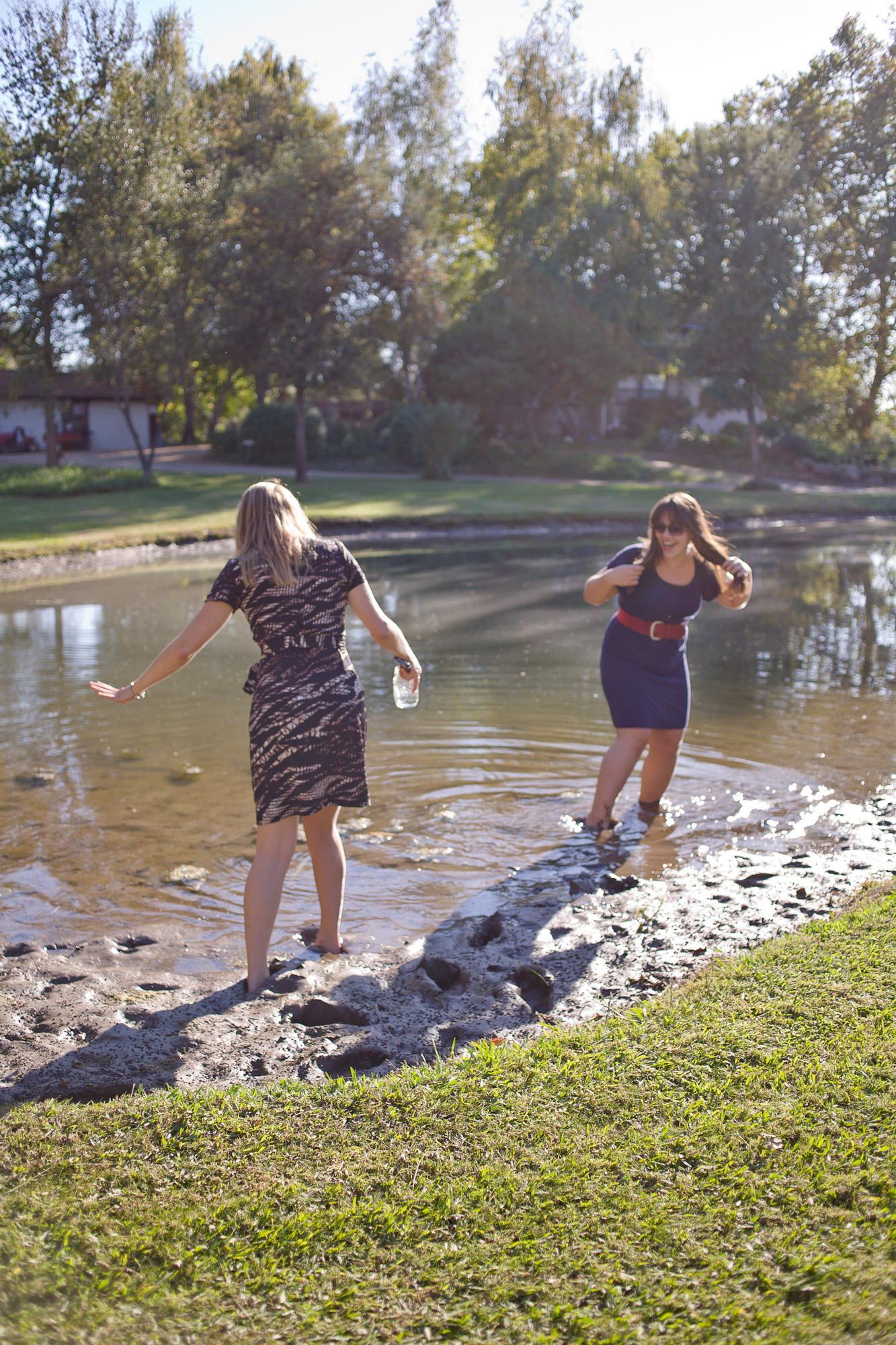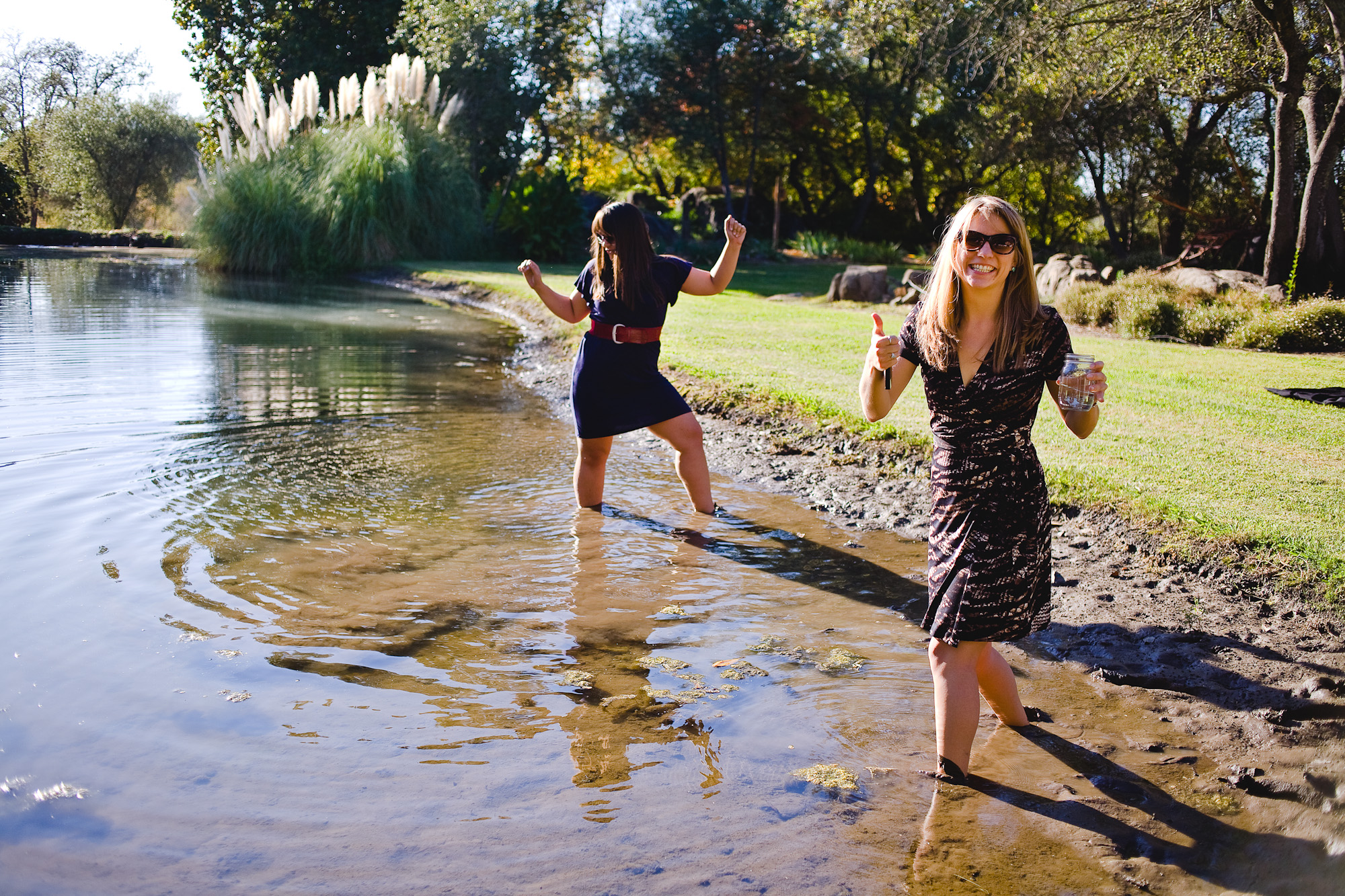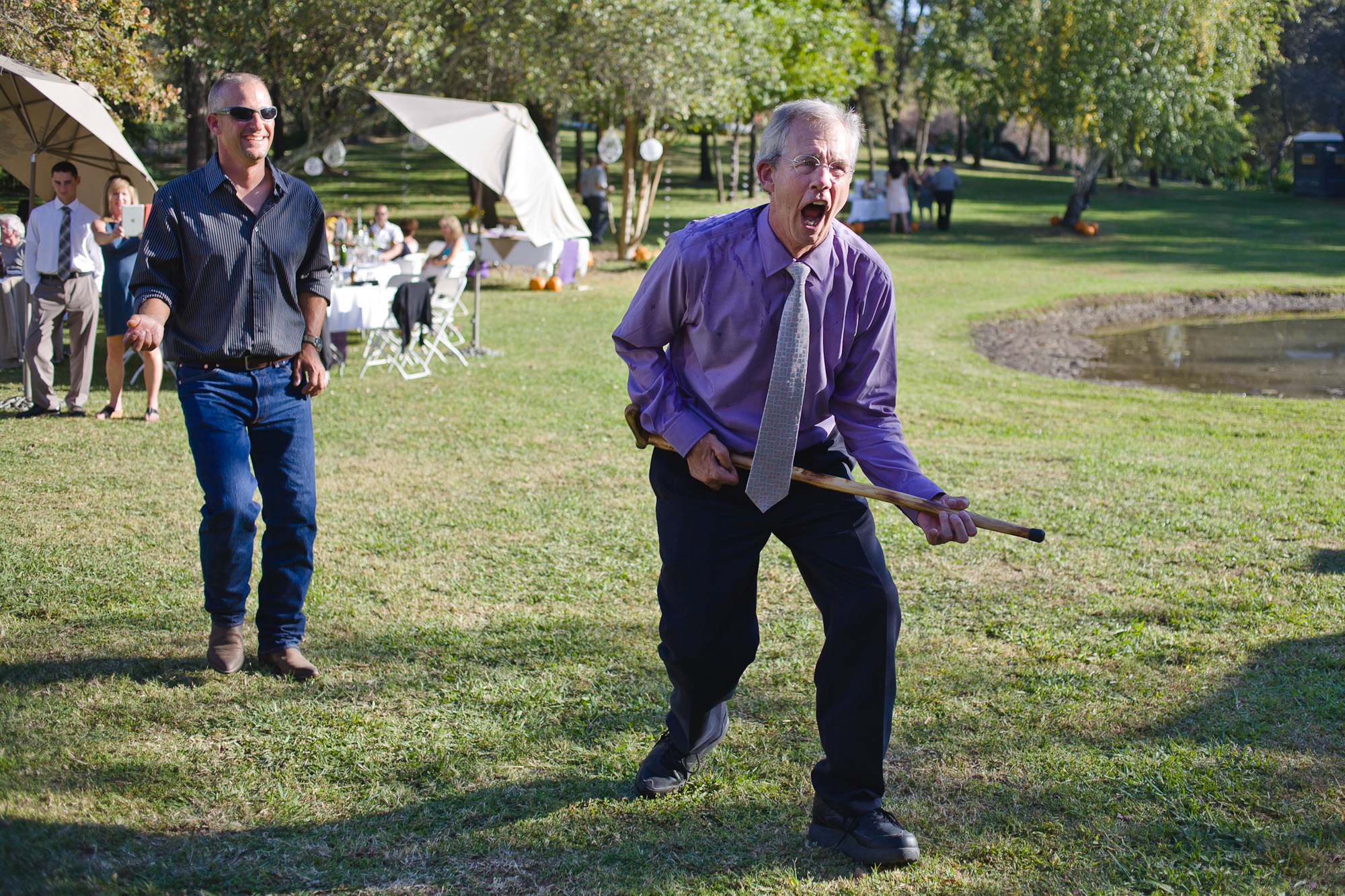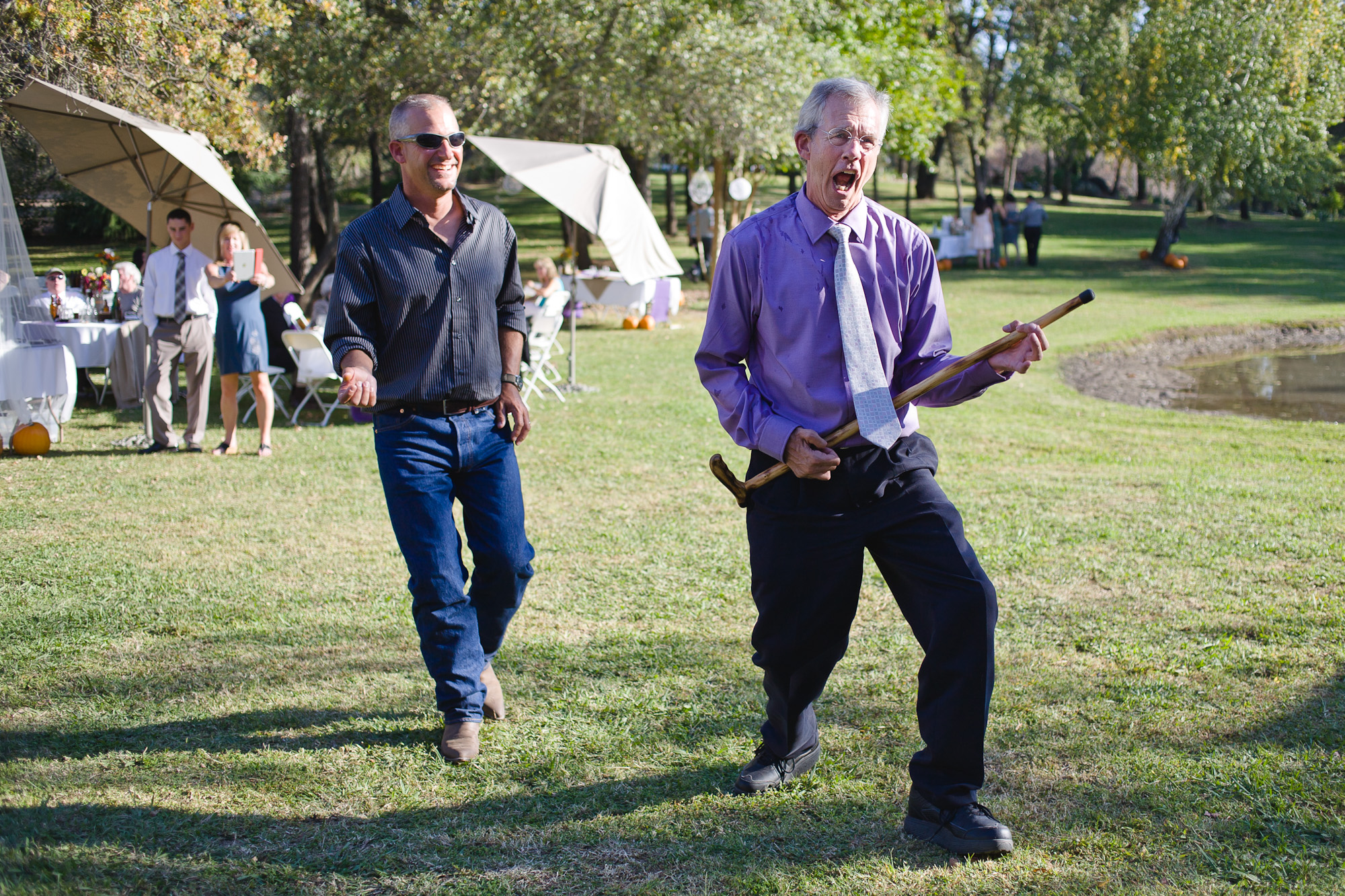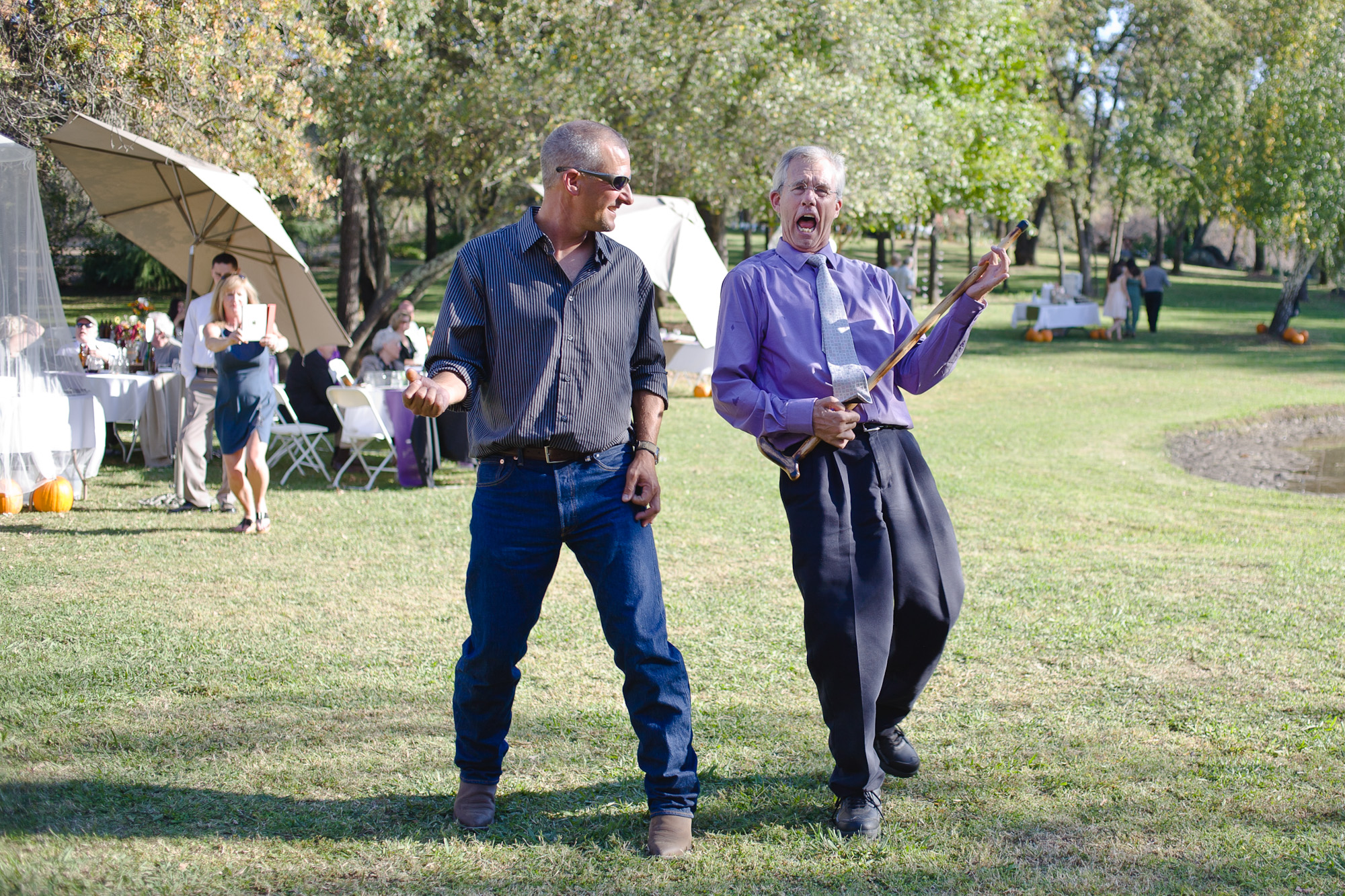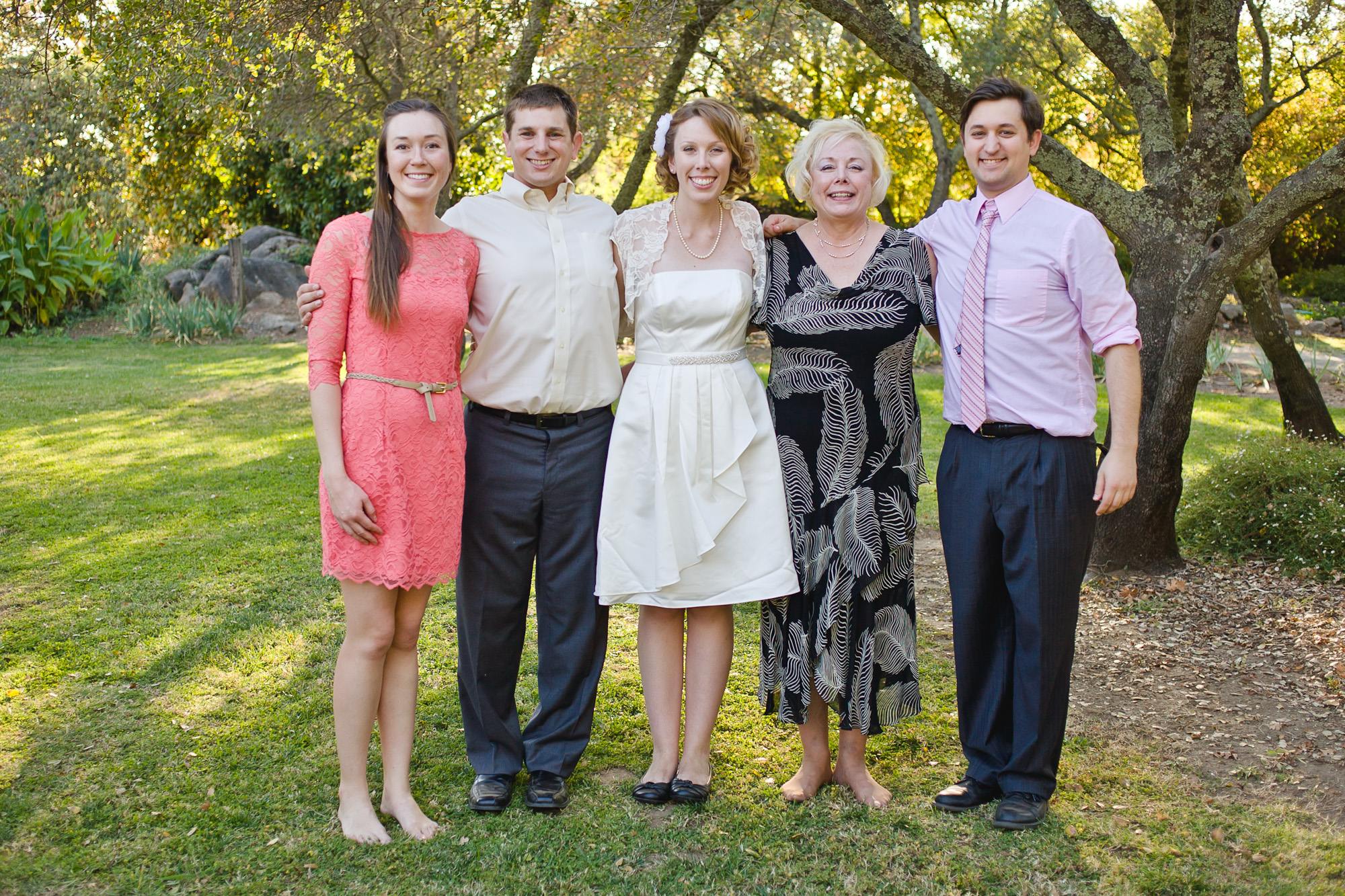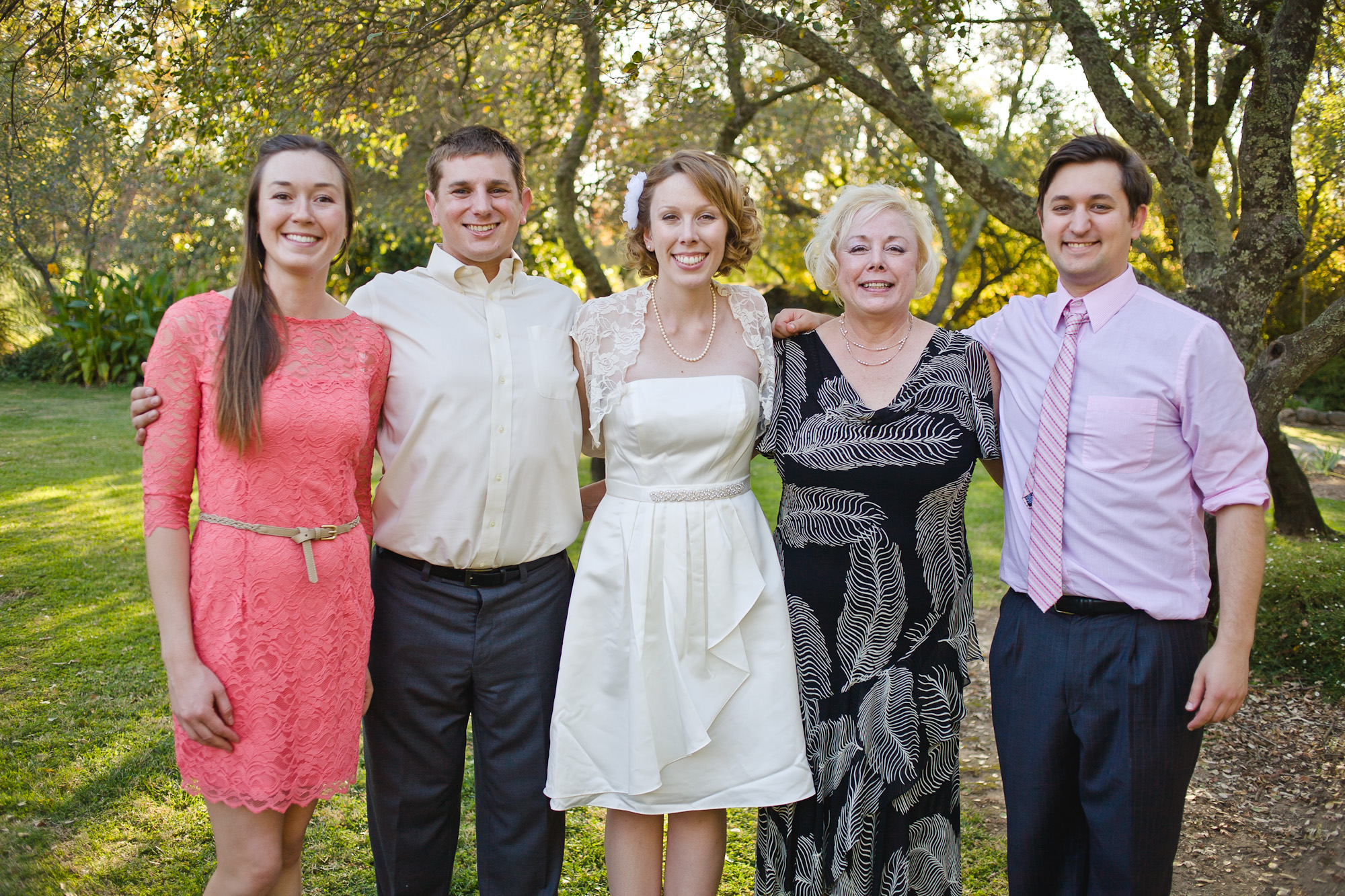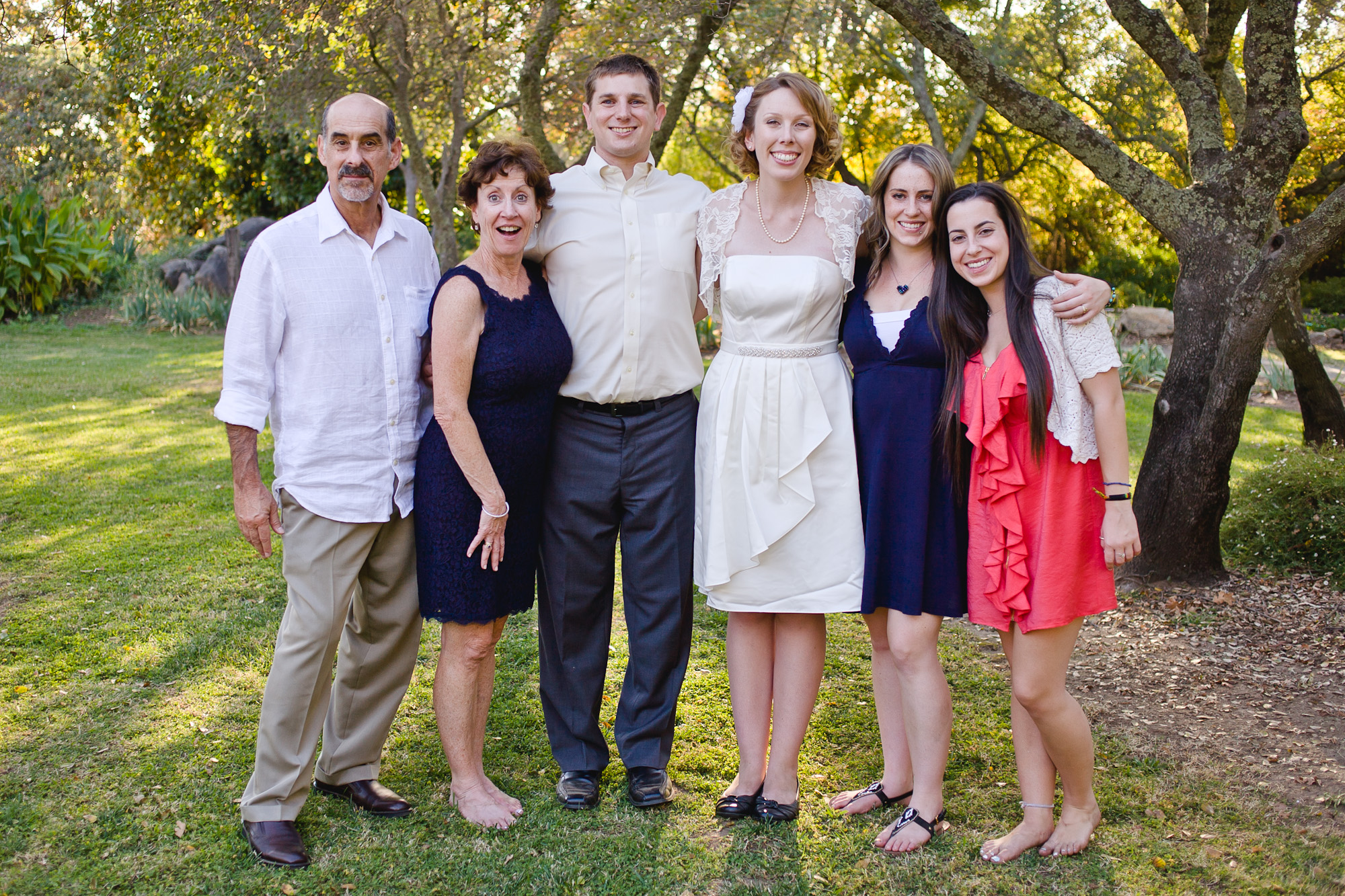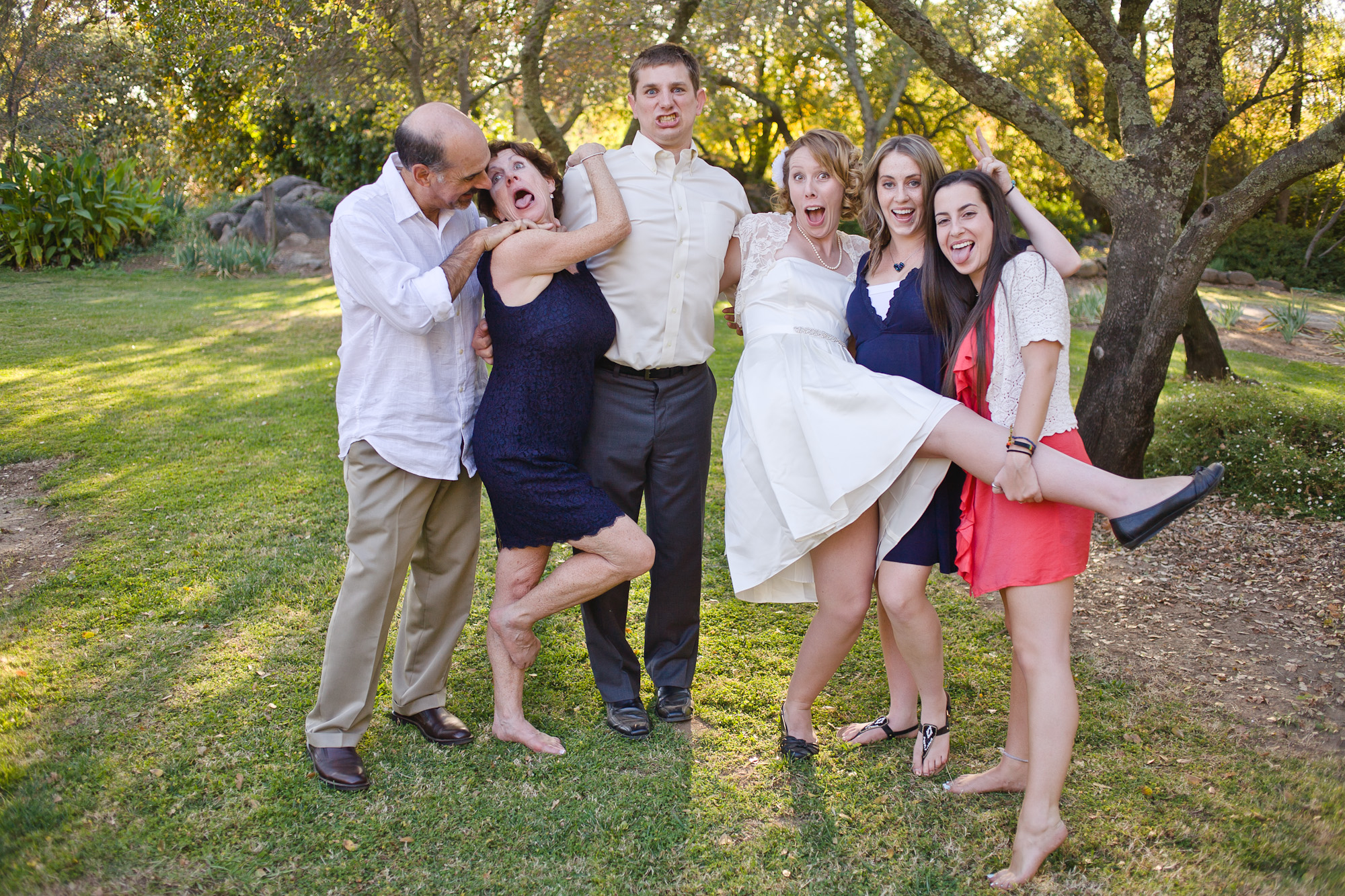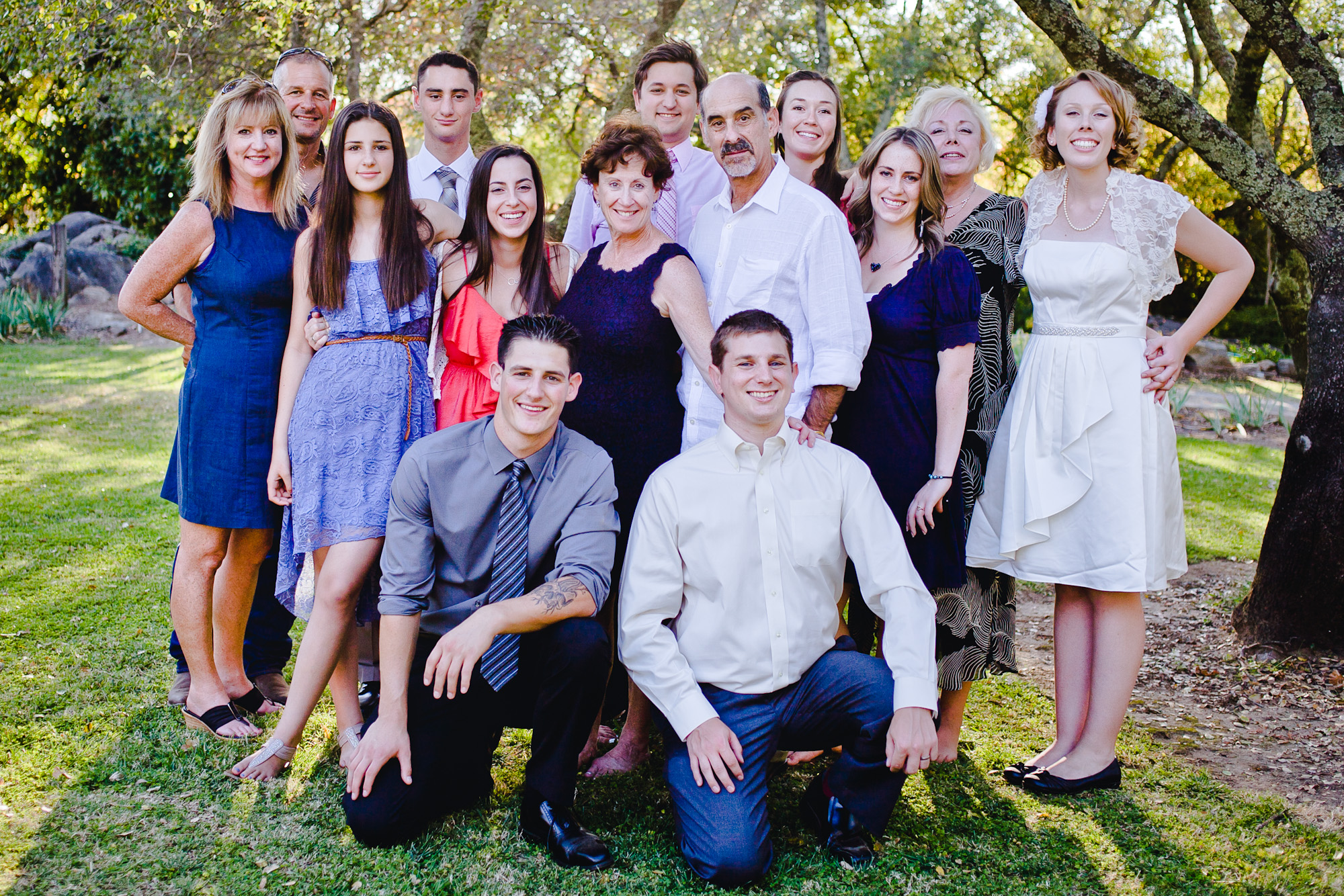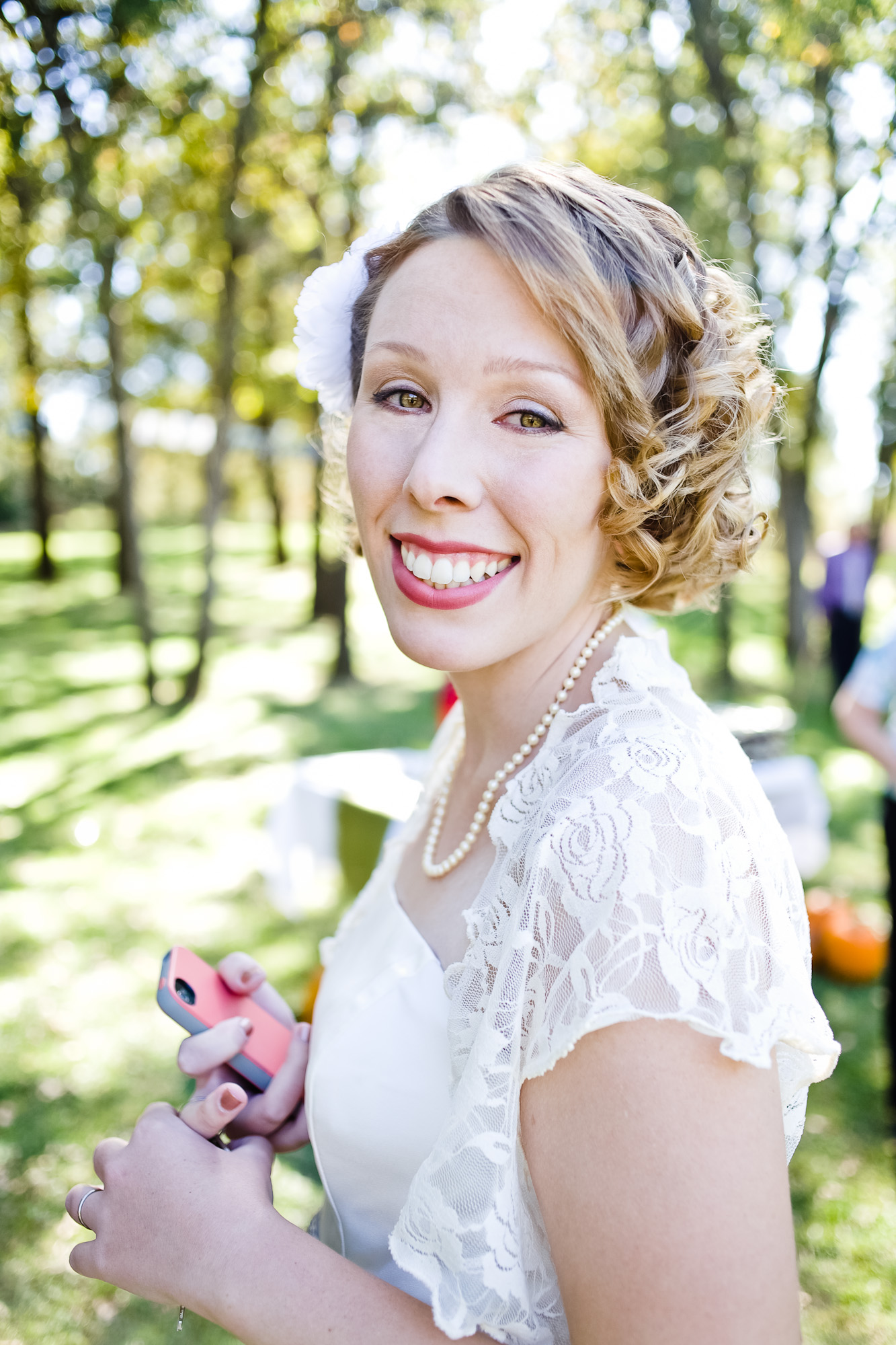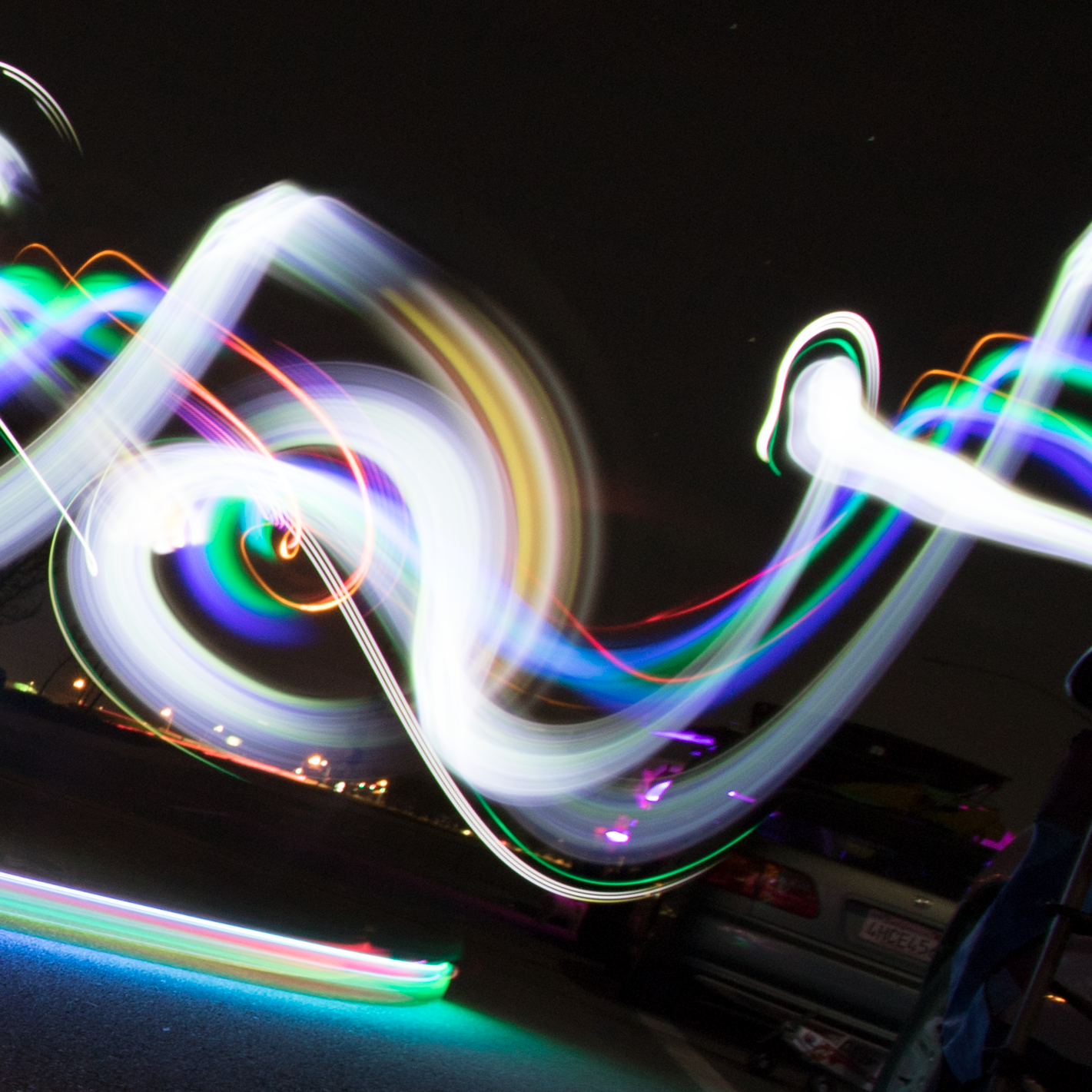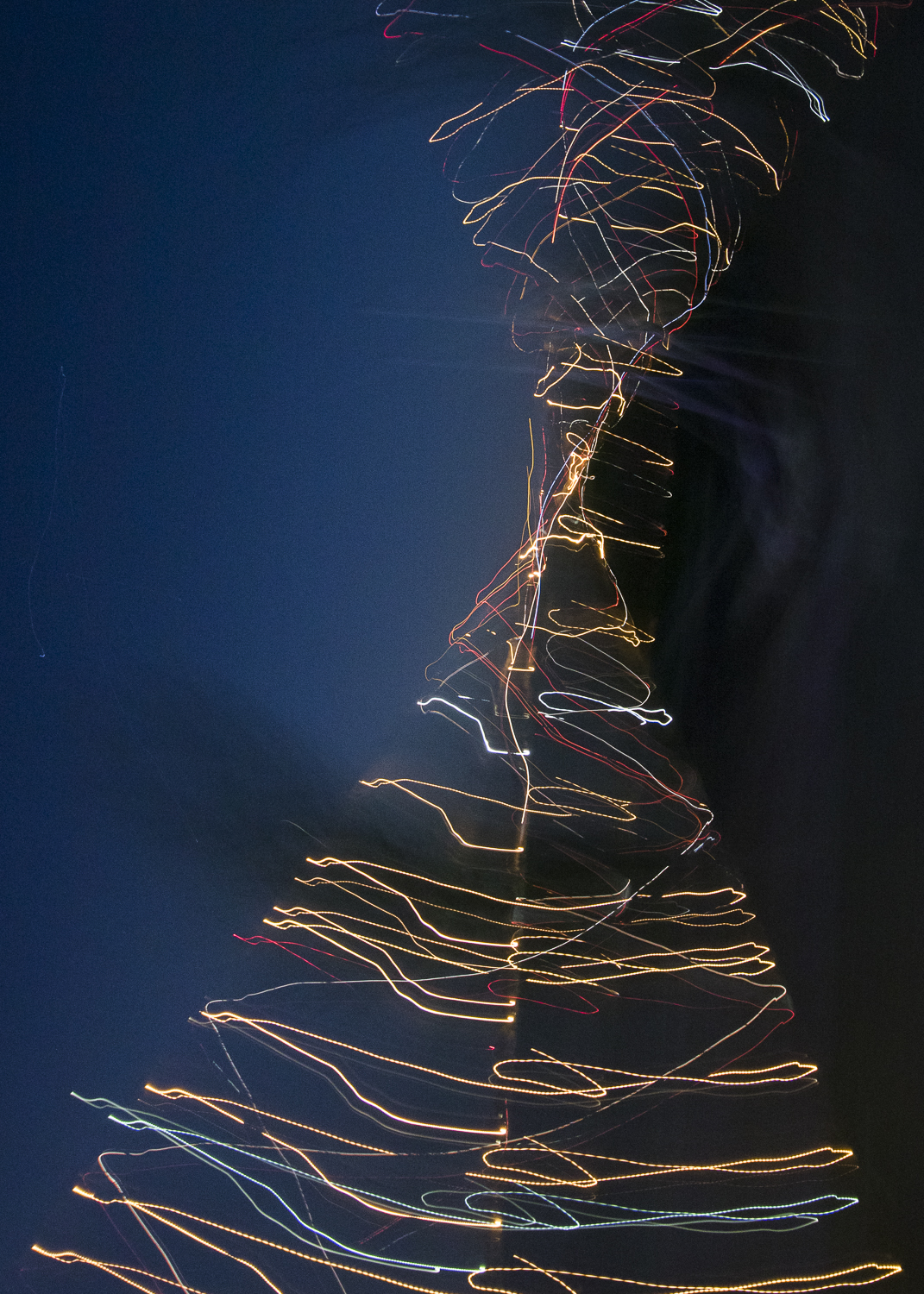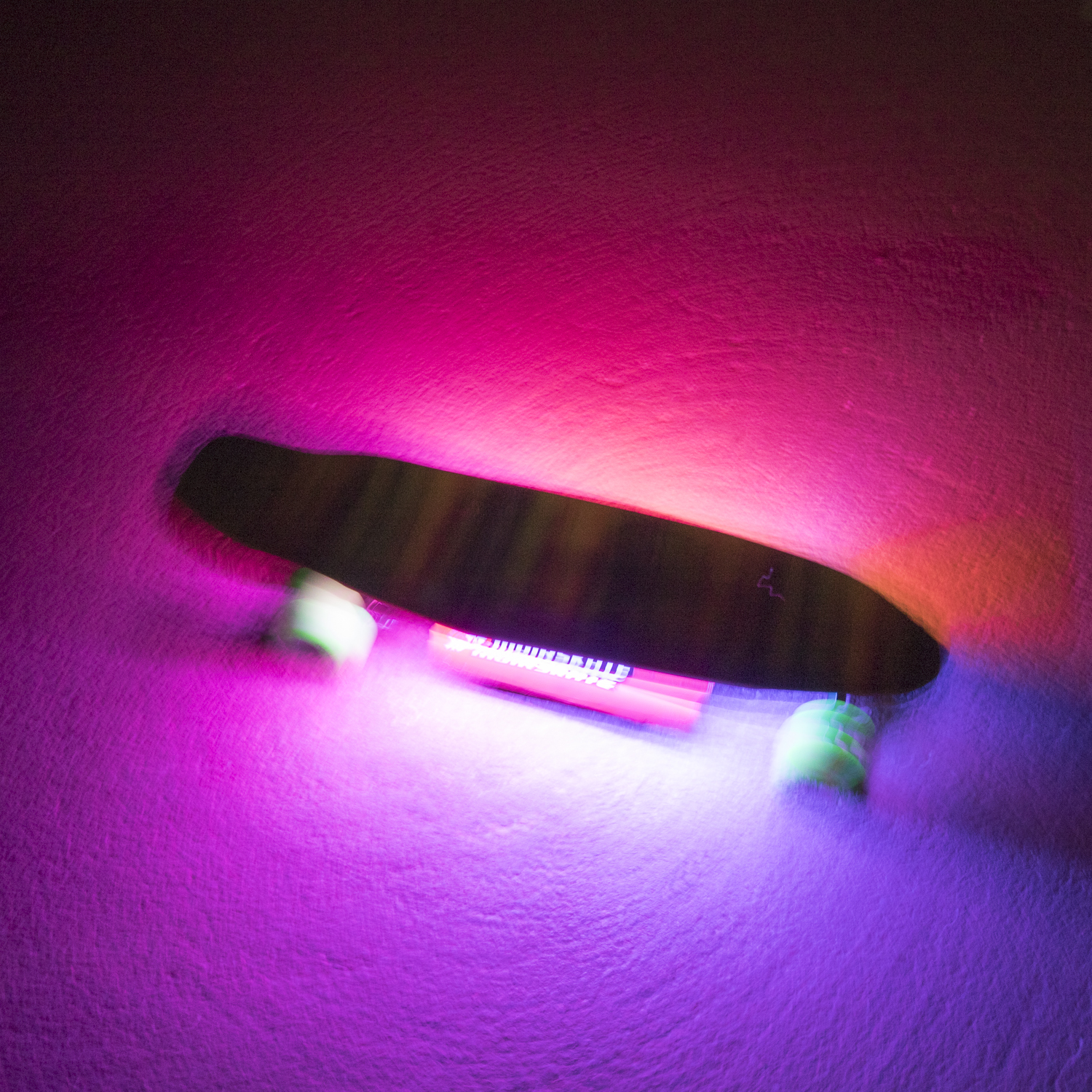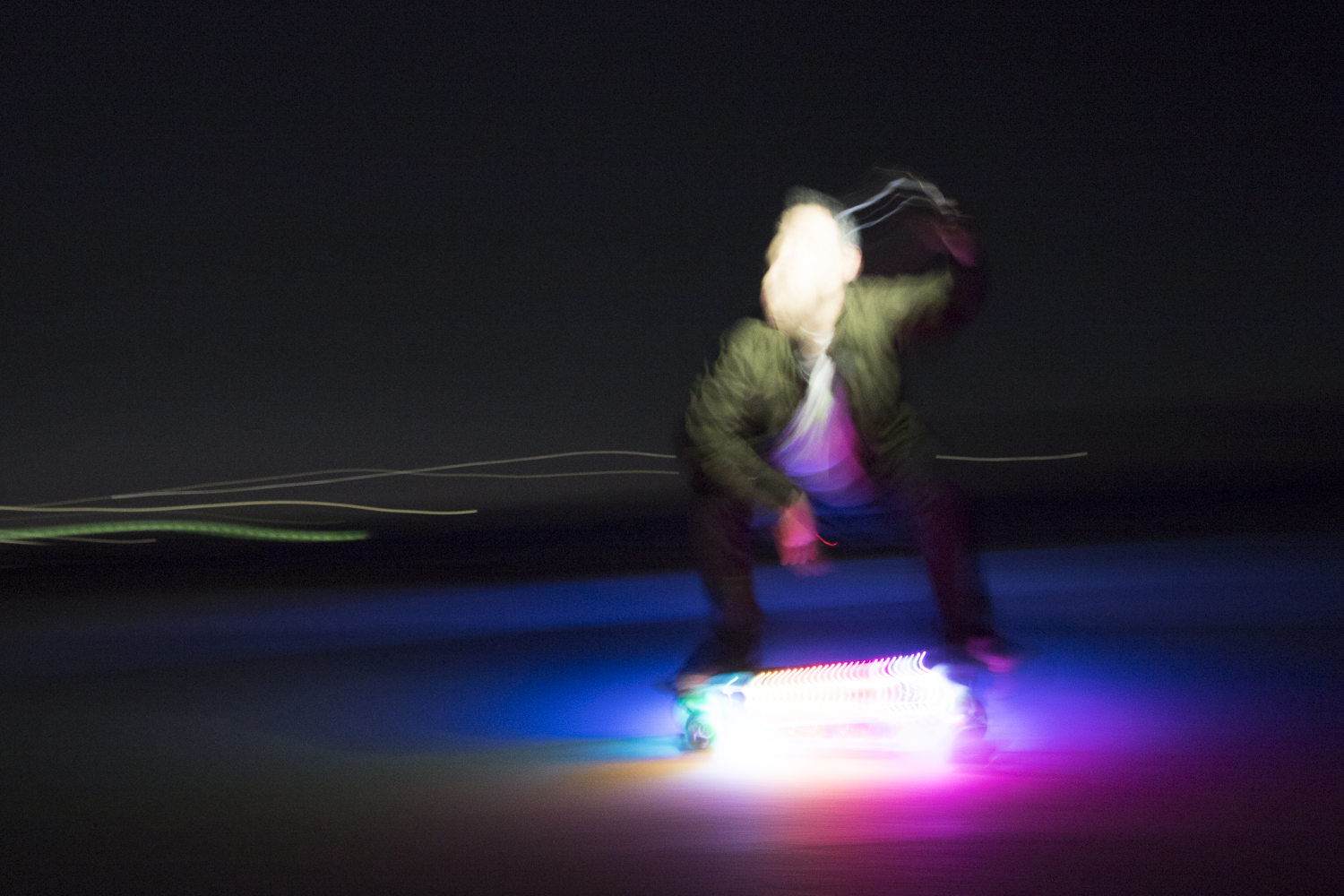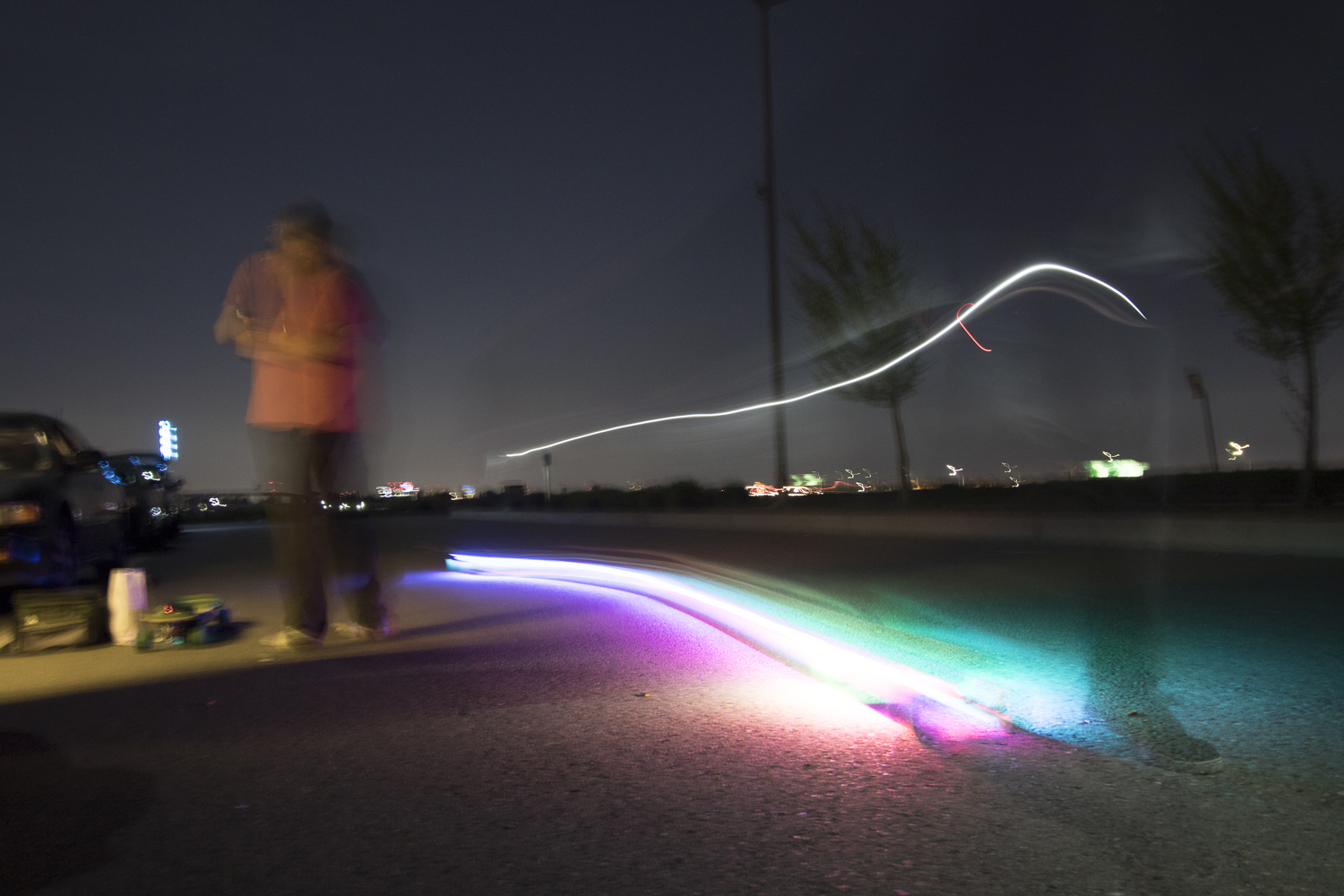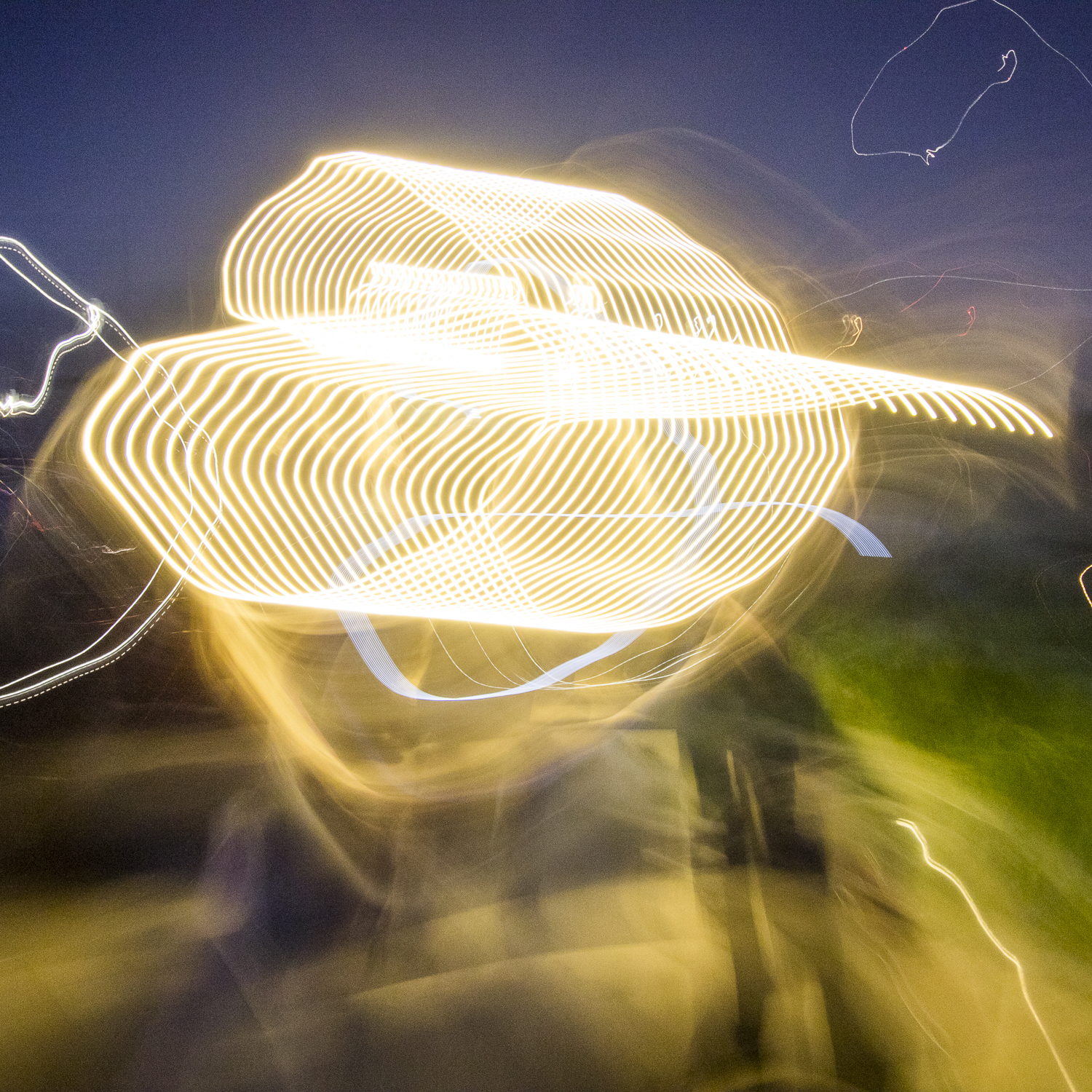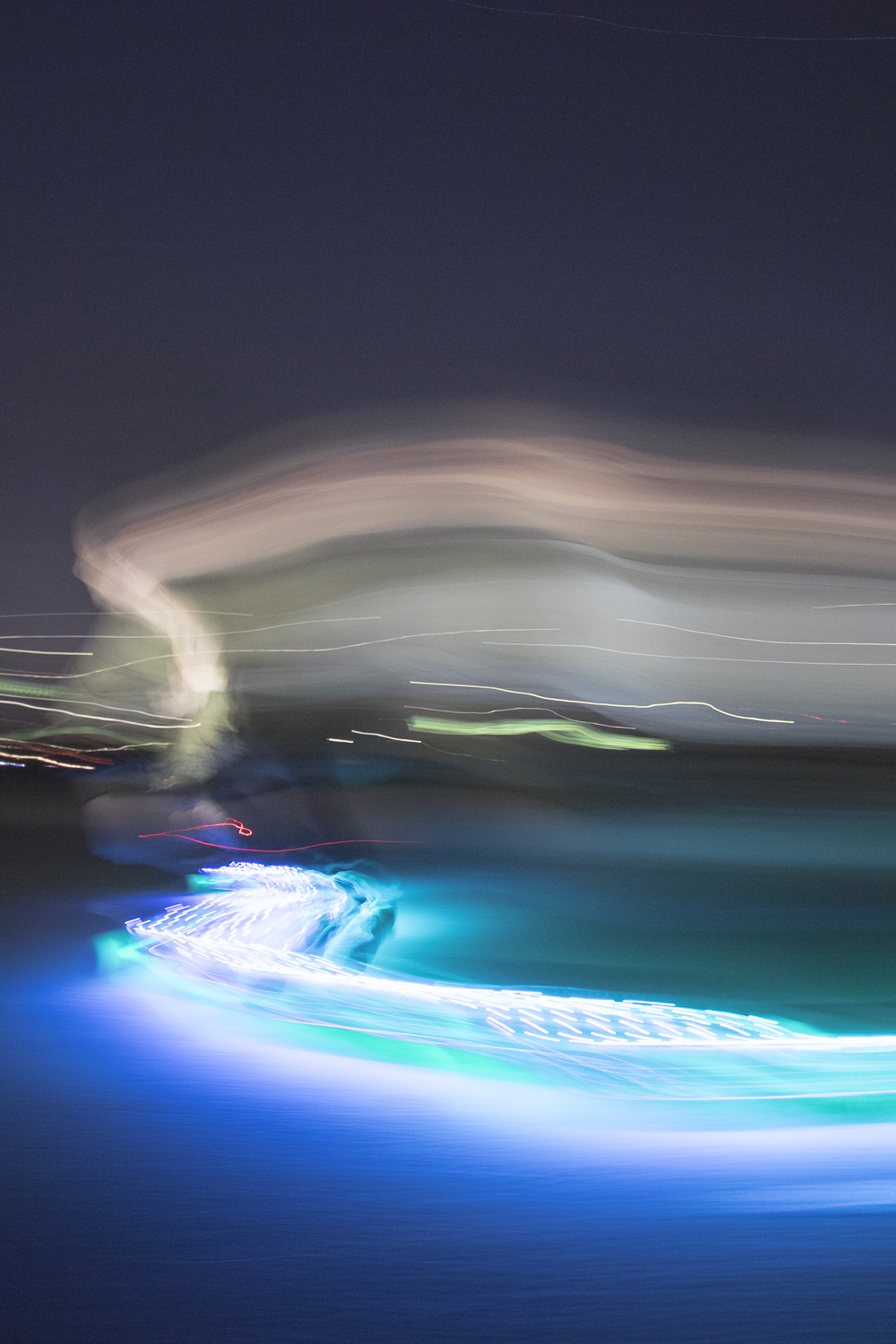This is a letter I wrote to an interview after our meeting went long. Pablo asked me casually about my degree and the ‘philosophical’ view of meaning. He asked for a book suggestion, this is what I followed up with:
Pablo,
I’m sure you were hoping for a simple book suggestion or list of suggestions. However ‘meaning’ is a deep and subjective subject. My degree did not cover this word beyond linguistics and semantics - the meaning of ‘meaning’. I can expound about the different types of philosophy education. Mine is squarely in the analytical realm. I went down a bit of a rabbit hole, spoke with a couple friends, read a paper (linked below), and wrote about 2000 words trying to figure out my position on this. I’ll keep this short and in overview.
First of all I don’t think there is a universal definition of a ‘meaningful’ life. Though it seems through modern psychology we now understand that meaning, purpose, life goal, and/or values play a large role in a person’s sense of their place in the world. This placement defines all sorts of important things. If you know where you are, you know where you can move for example.
My suggestions follow this path in that I don’t think there is great solace or useful information from a purely philosophical view, which seems to be what you are looking for. Psychology formally branched off from philosophy in the mid 19th century to focus its areas of inquiry, scientific experiments, elaborate ideas, and systemize methods and ways of thinking.
Philosophy and Psychology have remained the closest to home in terms of theory and approach. Just look at the replicability of psychology studies. Also P hacking. It seems to me that to study or understand ‘meaning’ is the act of doing psychology. Why are we here, why do we continue in the face of uncertainty and pain? Instinct? Pain avoidance? Curiosity?
The terms here, for me, are muddled and essentially the same. The only difference being psychologists have been fighting for true recognition among the sciences since the mid 1800’s where philosophers have been happy and confident to remain in modern obscurity, quietly whispering to themselves ‘we birthed all of you’.
I think the Bhuddists have explored this the best and have the most constructive, non pedantic grasp of the subject. I’ve discovered a fun Harvard trained psychiatrist that also spent time training as a monk who is now attempting AOE (Area of Effect; his words) mental health healing on Youtube and Twitch. I was skeptical at first but Dr K’s approach combining his experience as an addict, monk, and doctor has me tuning in and convinced me that I should explore beyond the boundaries of analytical life a bit more and not completely dismiss spirituality as a source of finding deeper meaning.
In the Buddist Theravada tradition the meaningful life would be one where you work toward achieving Nirvana. Central activities might include exploring life’s offerings, understanding one's nature, and pursuing wisdom of the world and self. The second biggest tradition, Mahayana, focuses on group liberation. Buddhism is vast, and for another time..
My conjecture: The idea of achieving Nirvana by ending the cycles of death and rebirth seems very close in concept to the fawn response acted out by traumatized people where they take on a persona they believe those around them will accept and frequently changes from person to person or group to group they interact with. Bad parenting has been around forever. The individual forgoes their own search for meaning, adopting another's to achieve security and acceptance.
Let’s move to a western definition quickly. Here we’ll say that a meaningful life is a life well lived, or a good life. We’re pinning it down a lot more than in eastern philosophy, which as we’ve just discussed has a more exploratory approach. Disagreement here points to the subjectivity of this subject.
The western take on ‘meaning’ draws back to the concept of Aristotelian eudaimonia. This idea roots a good life in concrete, noticeable, and quantifiable things. A good life with meaning is measured and lived according to certain principles, values or virtues. While at odds with the modern concept of the ‘good life’ - that everyone’s interpretation is correct to themselves, eudaimonia is a good starting point. There are so many options available to the modern individual that a virtue based approach seems the most utilitarian in the modern age.
I think there are better expressions of the eudaimonia philosophy, as similar ideas come up in multiple traditions. It does seem they all boil down to these statements - do the hard work - seeking pleasure leads nowhere - and contentment and inner peace are more often seen as a consequence and don’t seem to be considered when evaluating a meaningful life. It’s more about impact on the tribe.
Biblio
Paper about the concept of Eudaimonia - Martela & Ryan
CPTSD - From Surviving to Thriving (Finding Meaning) - Pete Walker (Fawn Response pg 92)
Being Mortal - Atul Gawande
https://en.wikipedia.org/wiki/Being_Mortal
Replicability of Psychology Studies
https://www.pnas.org/doi/10.1073/pnas.2208863120
Dr K
https://en.wikipedia.org/wiki/Alok_Kanojia
Data Dredging - P hacking
